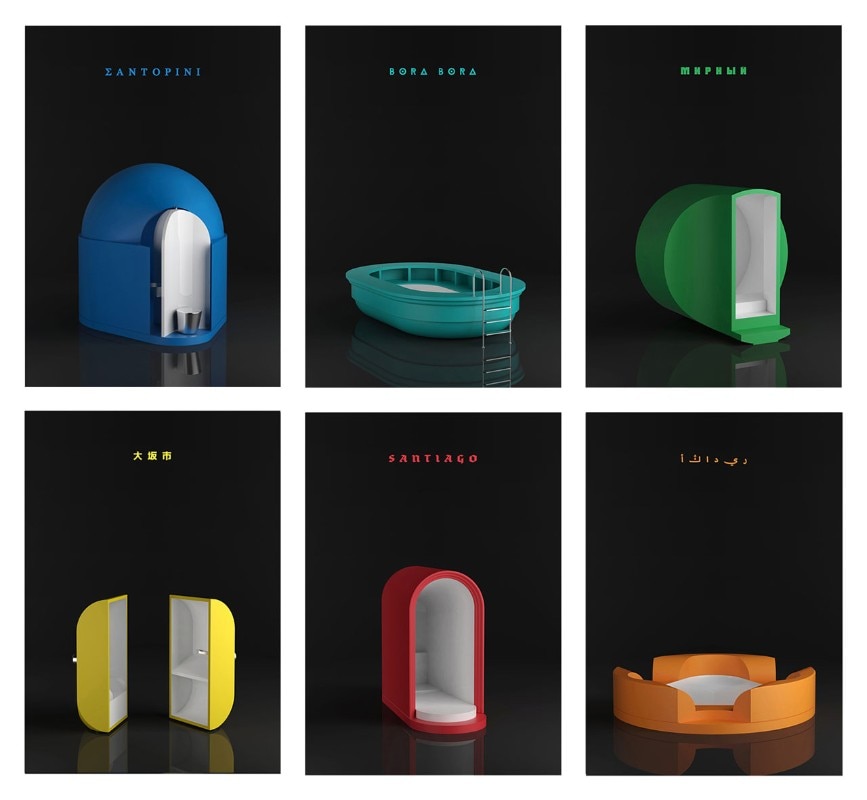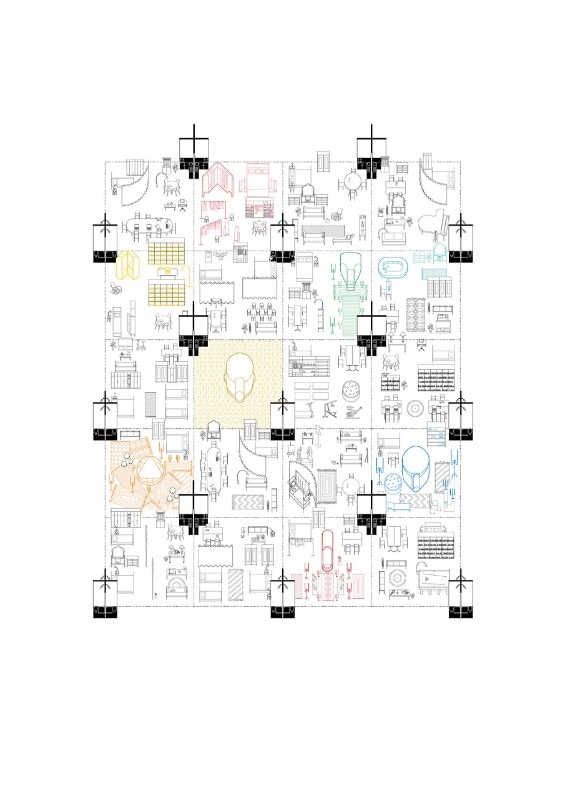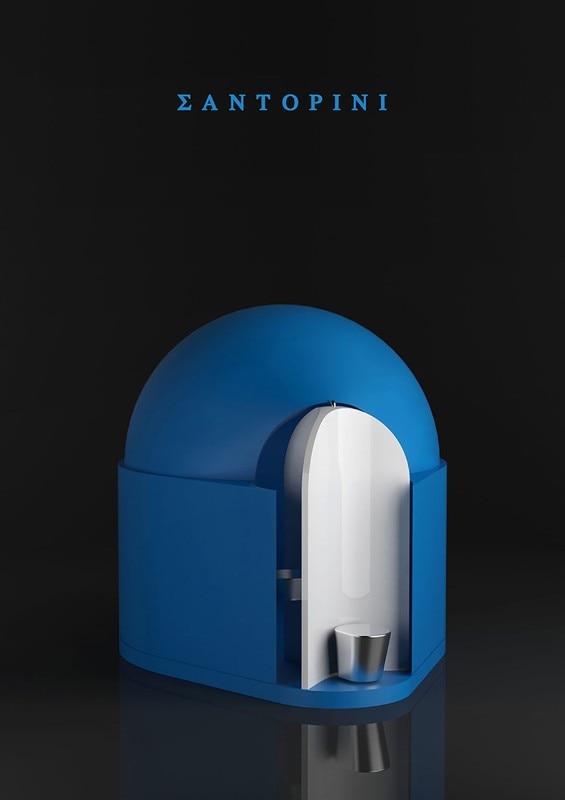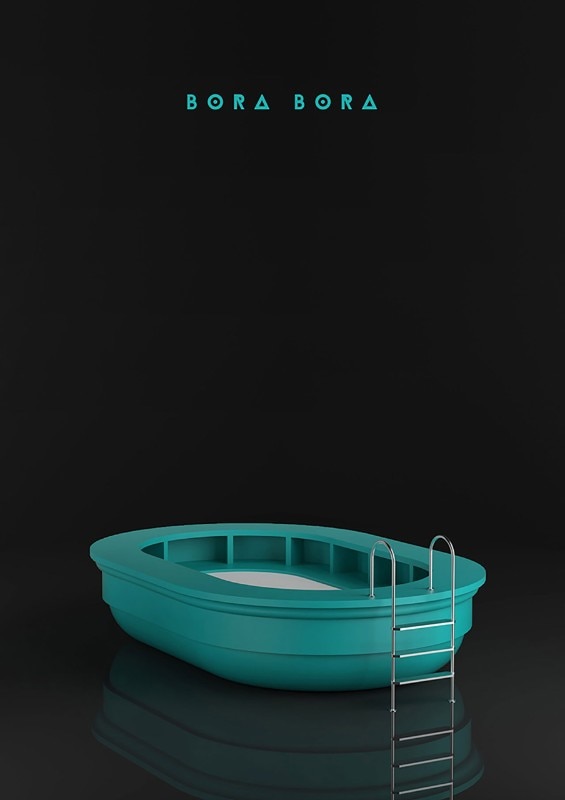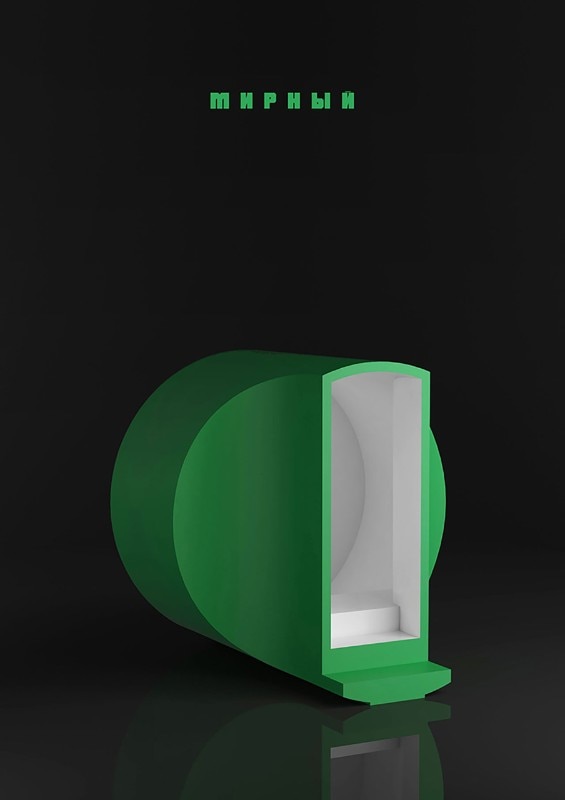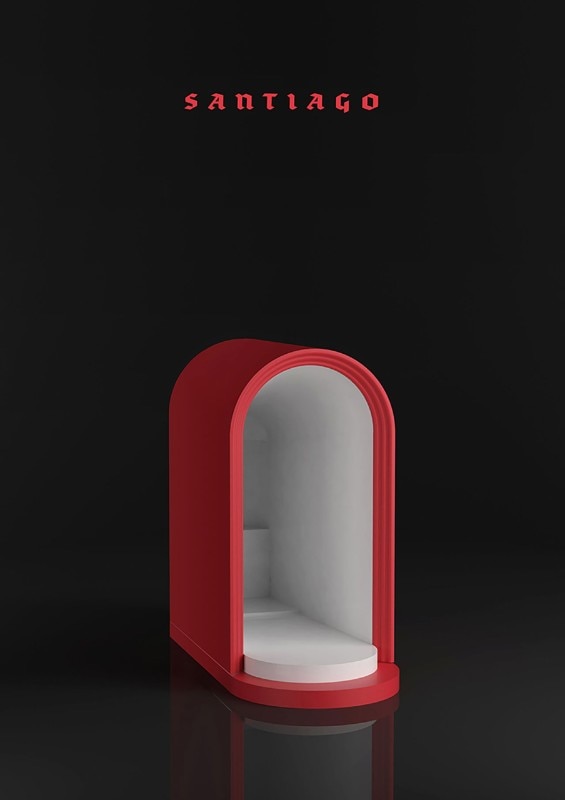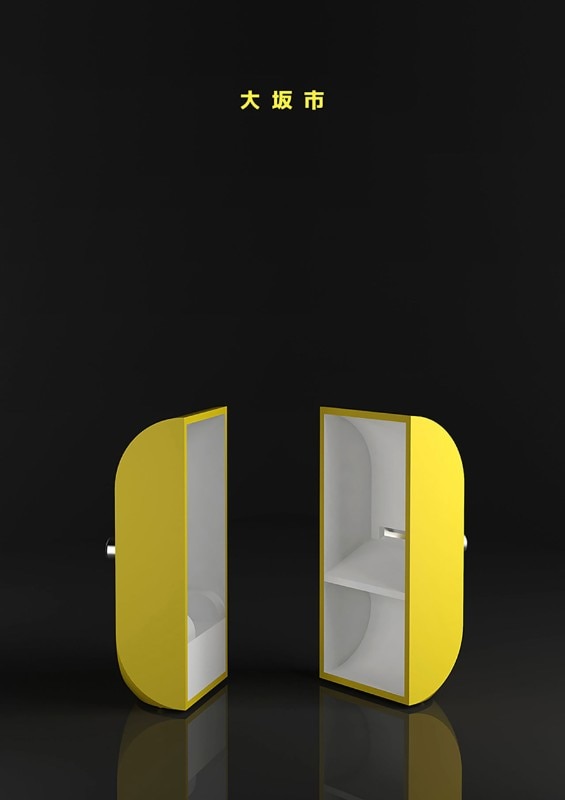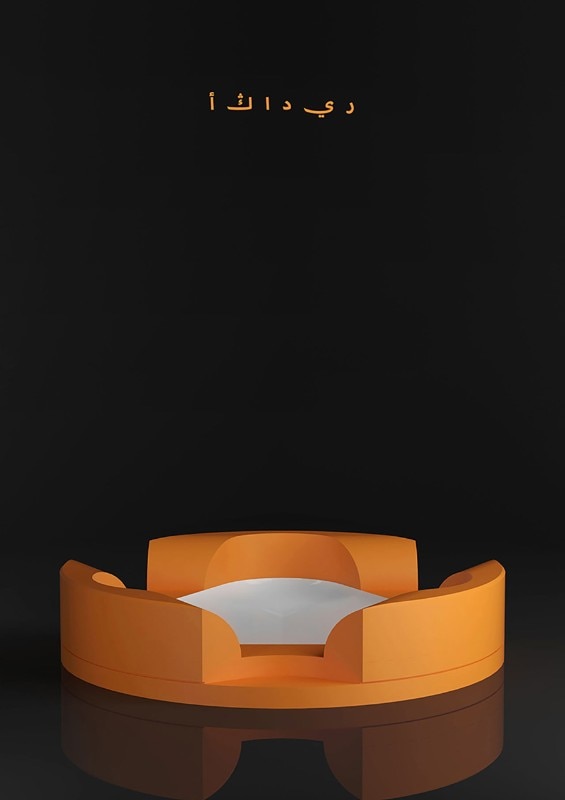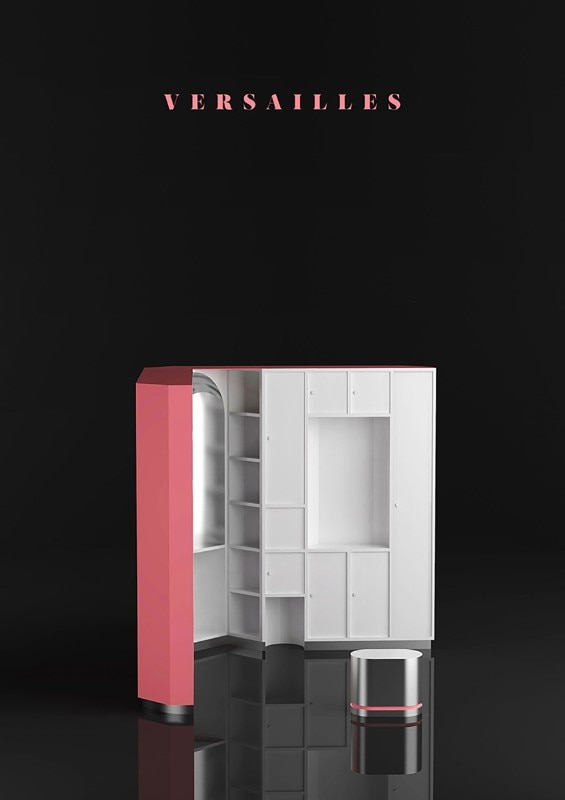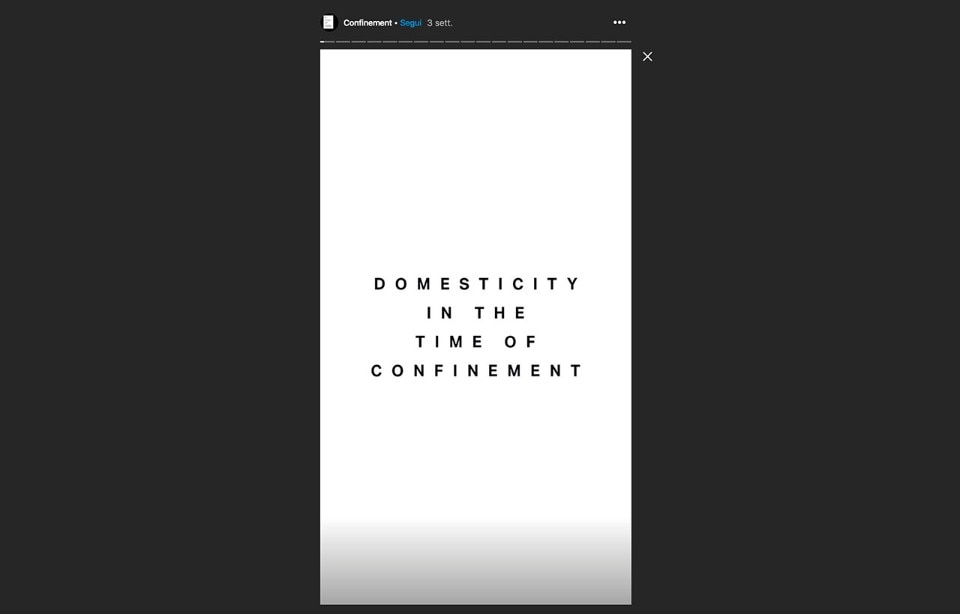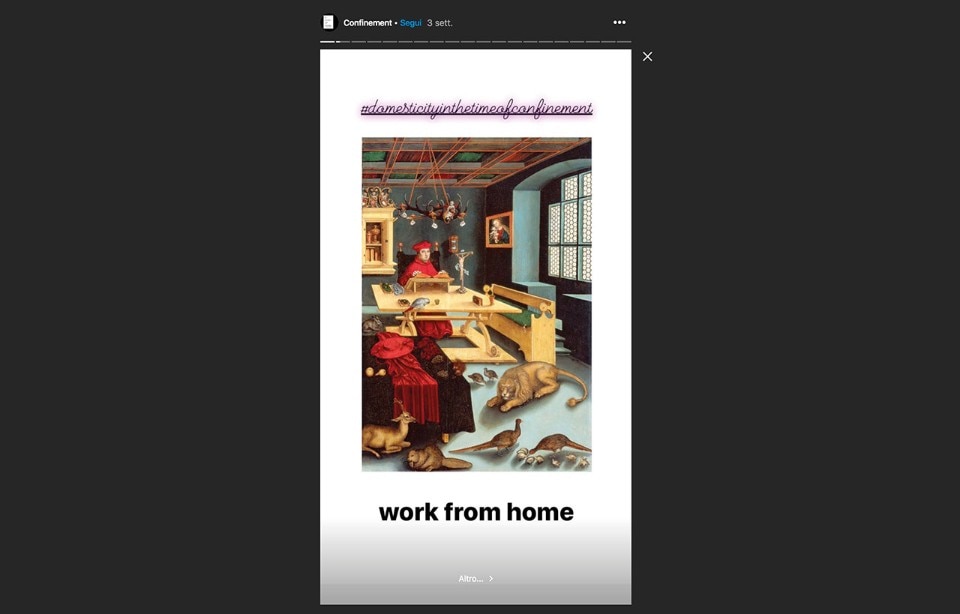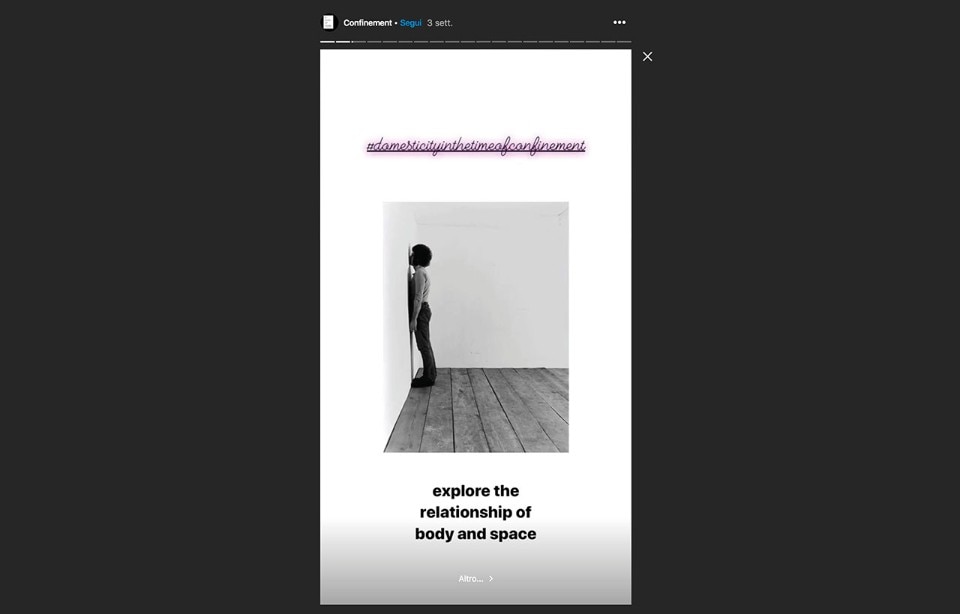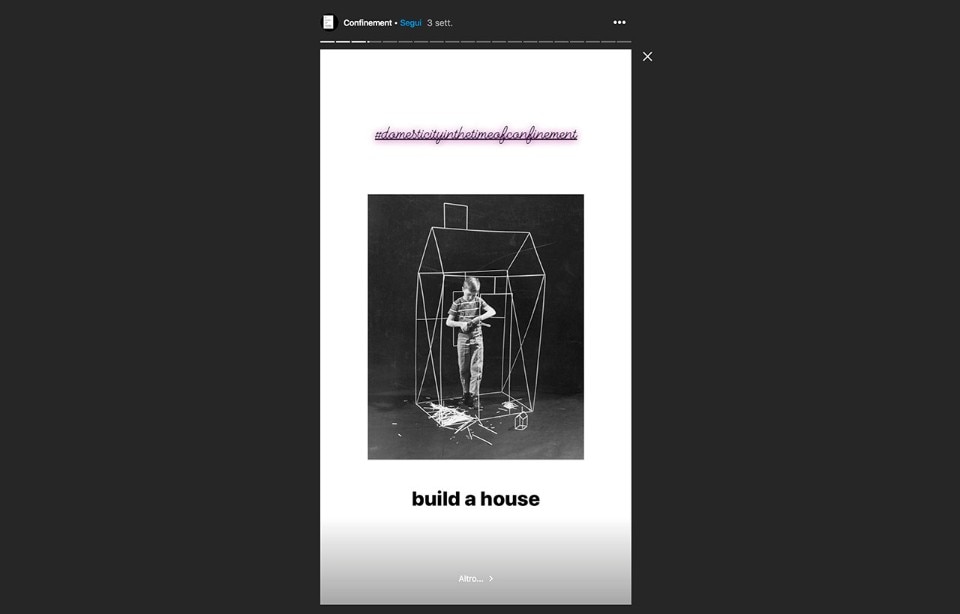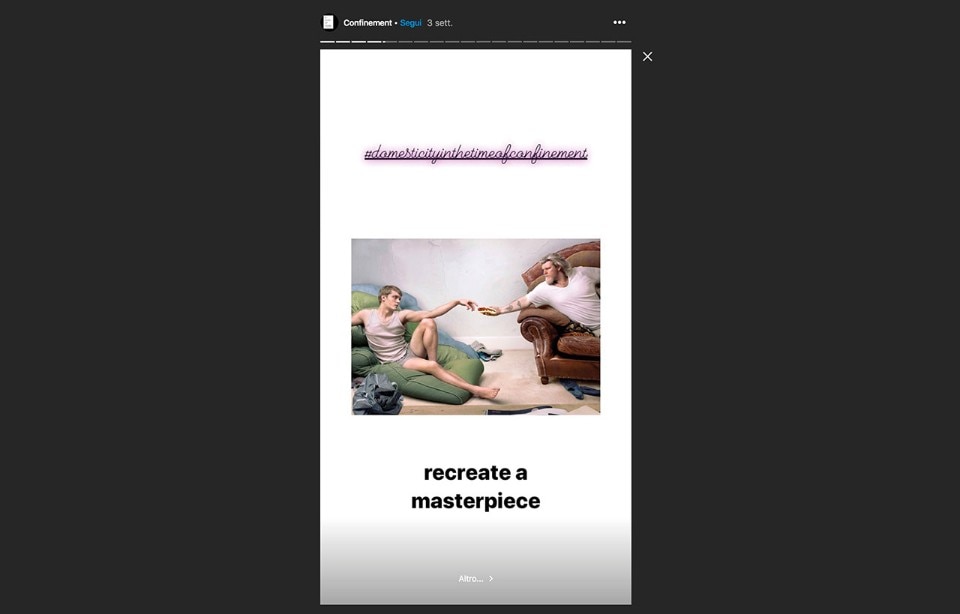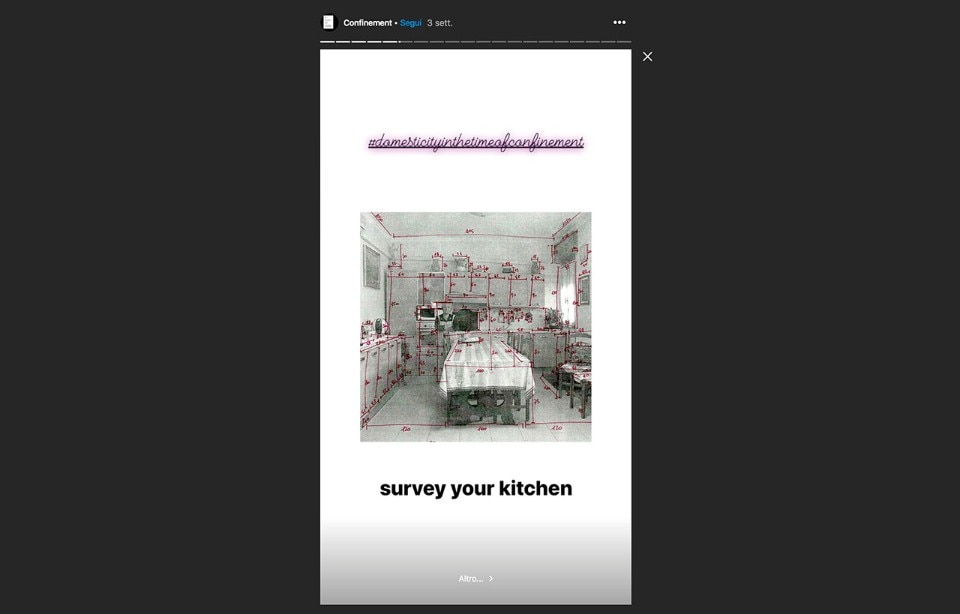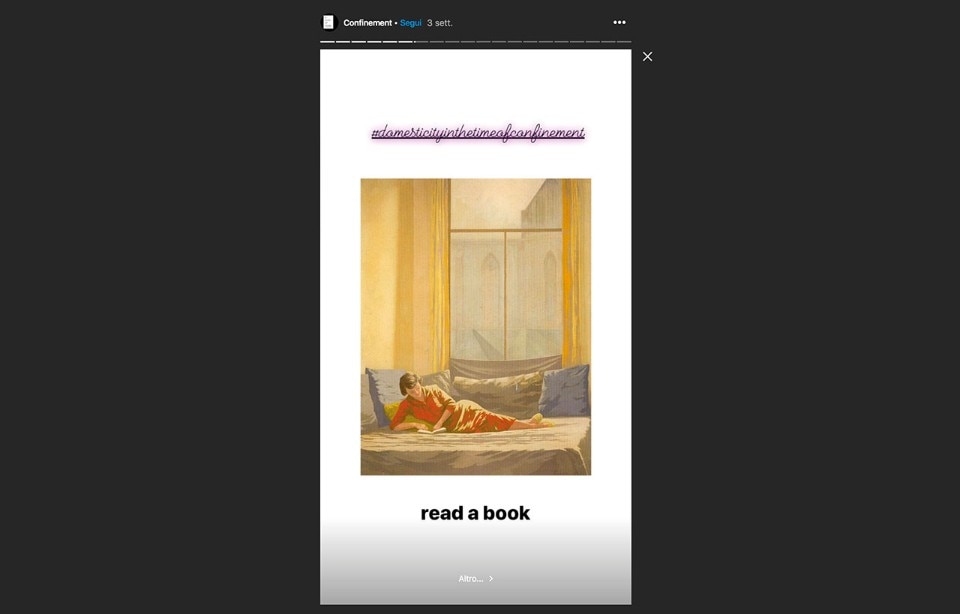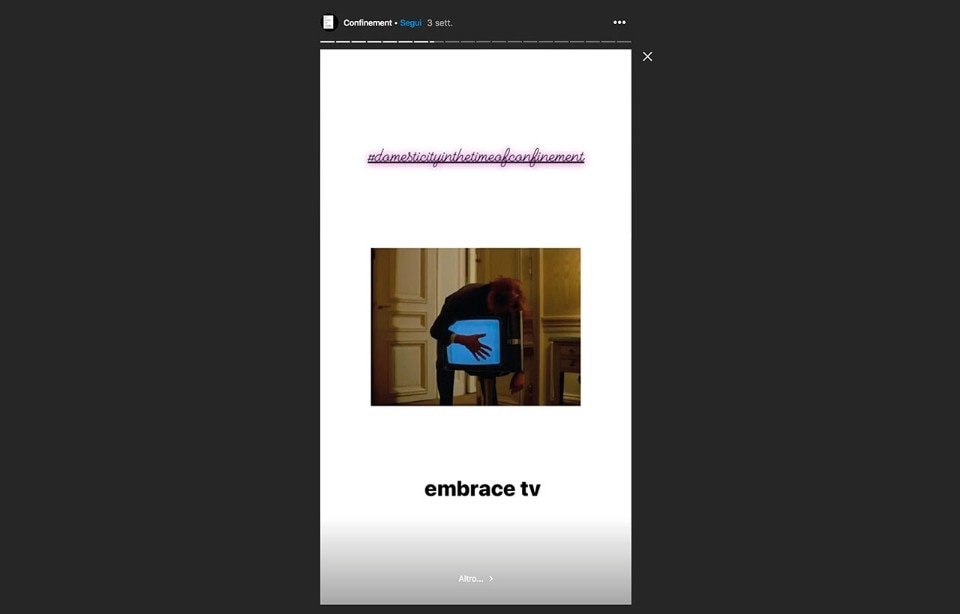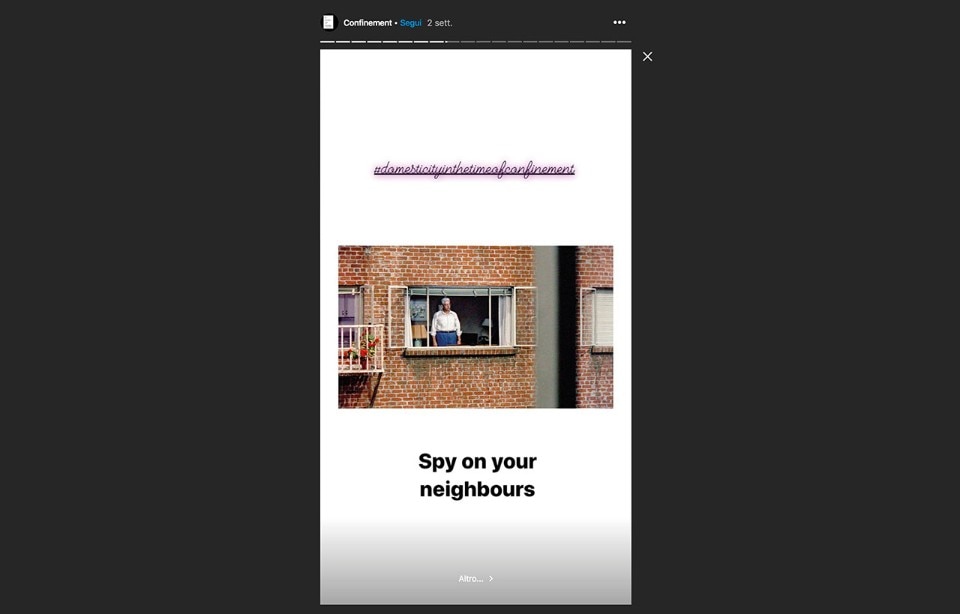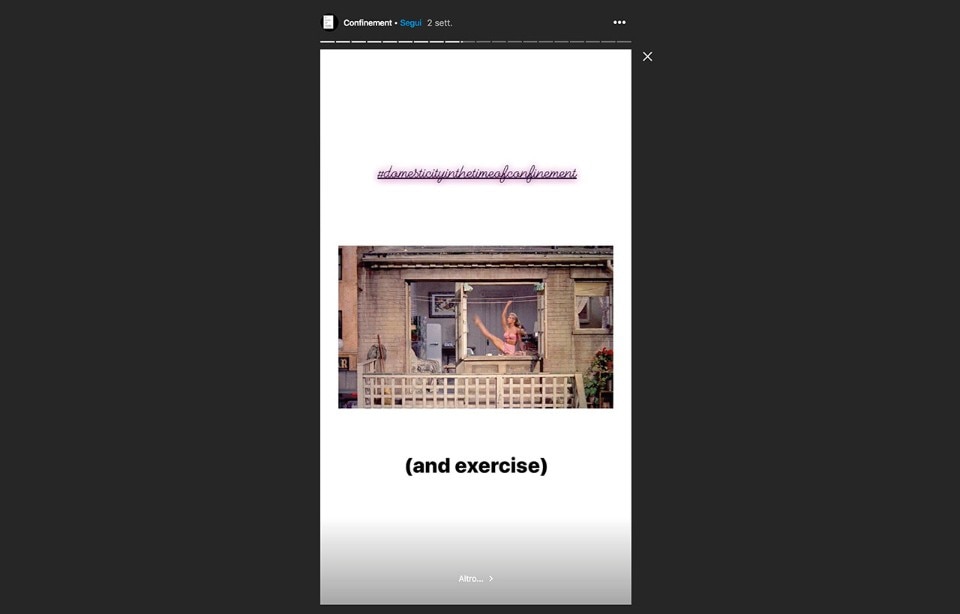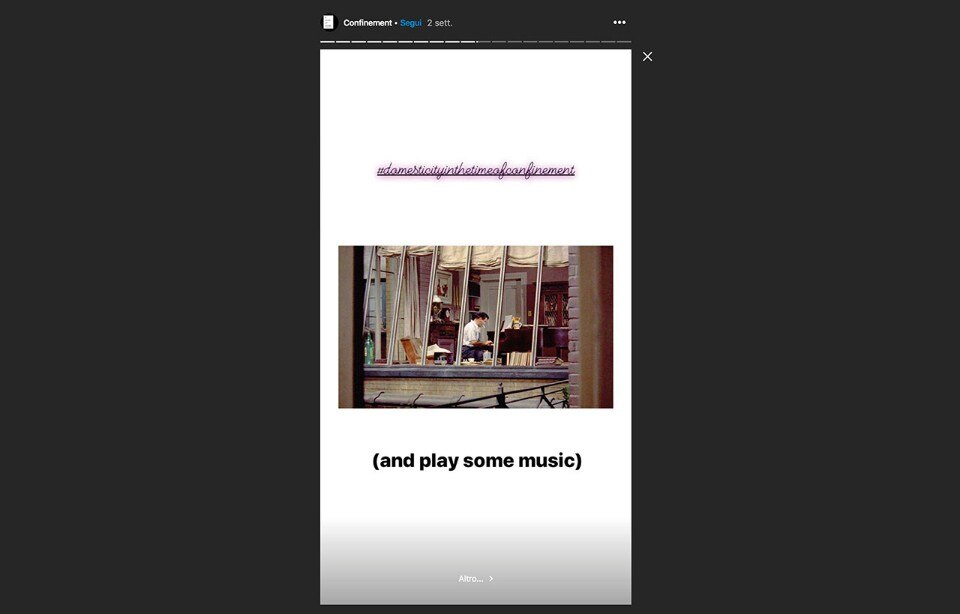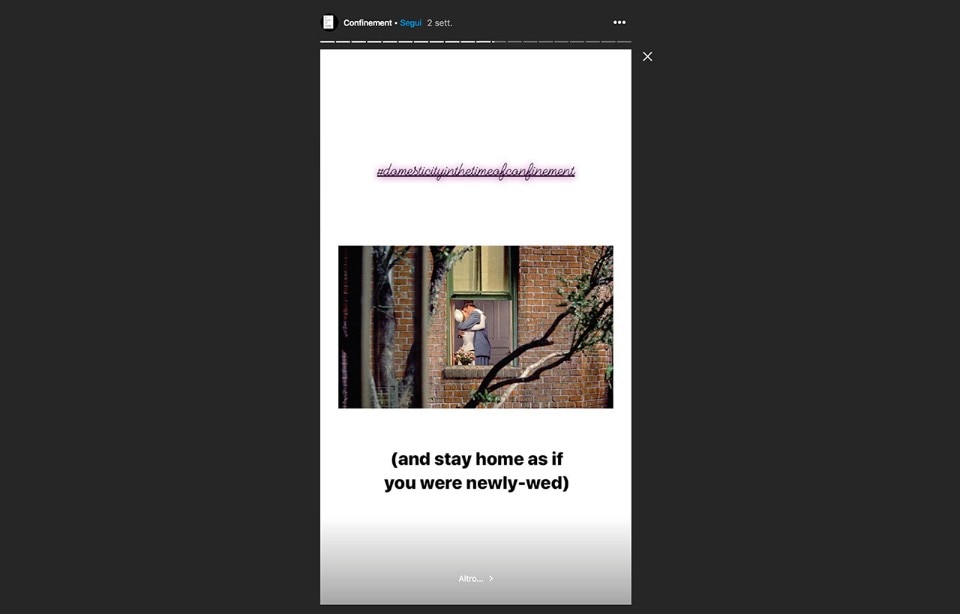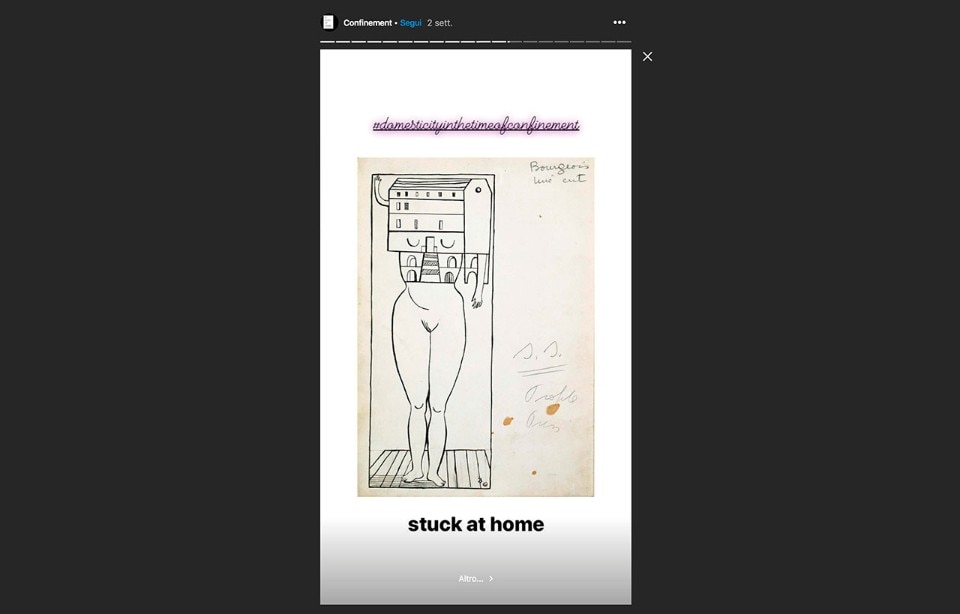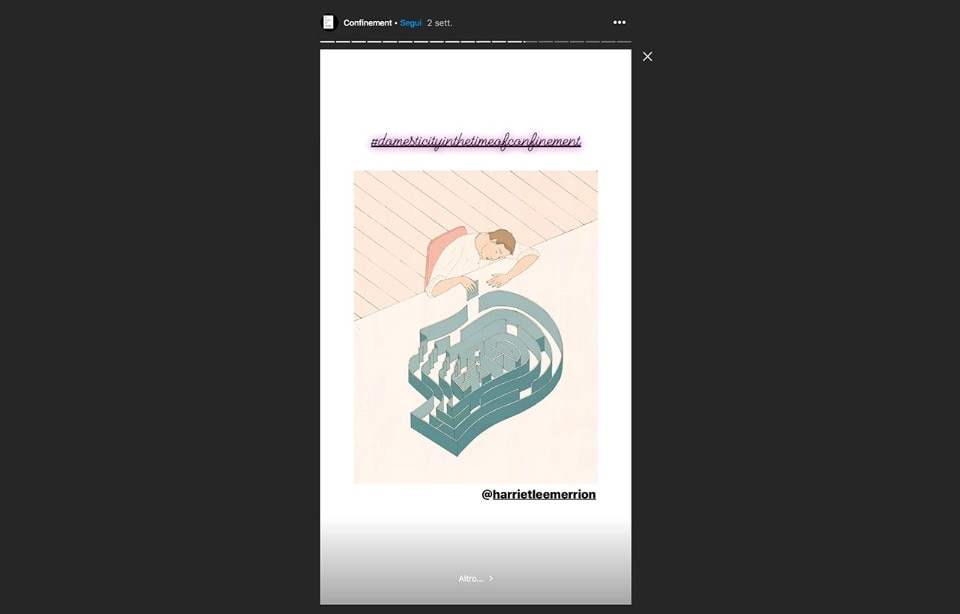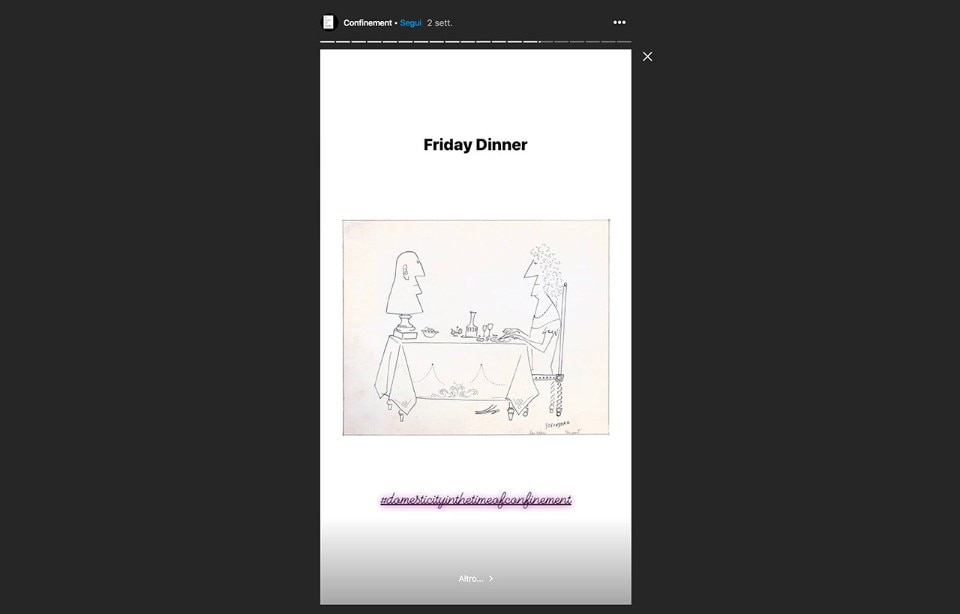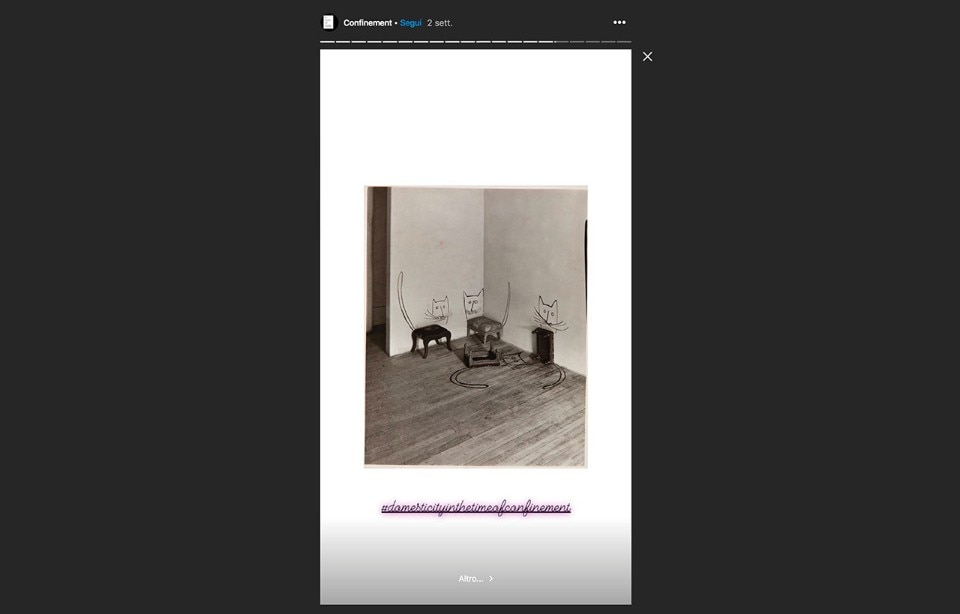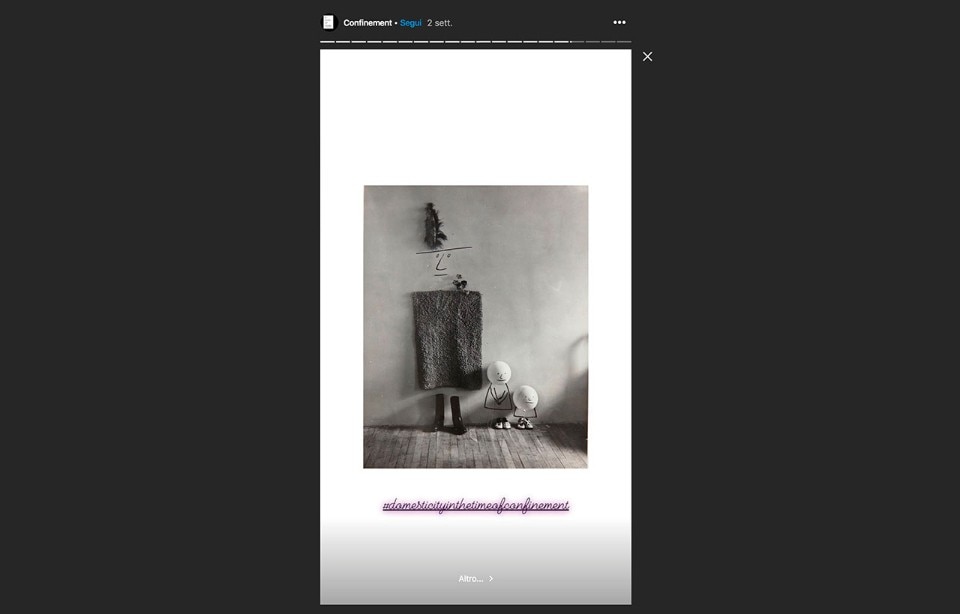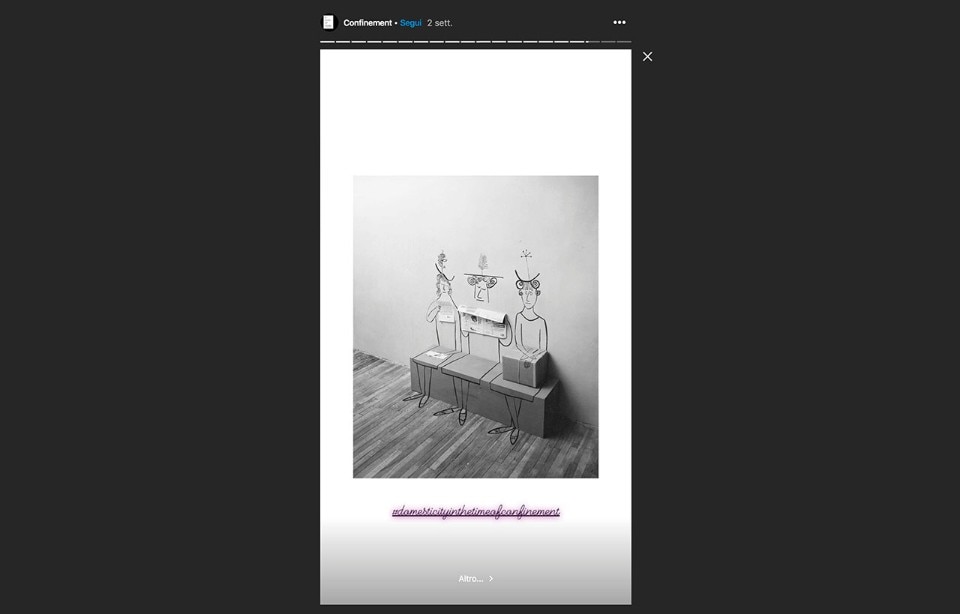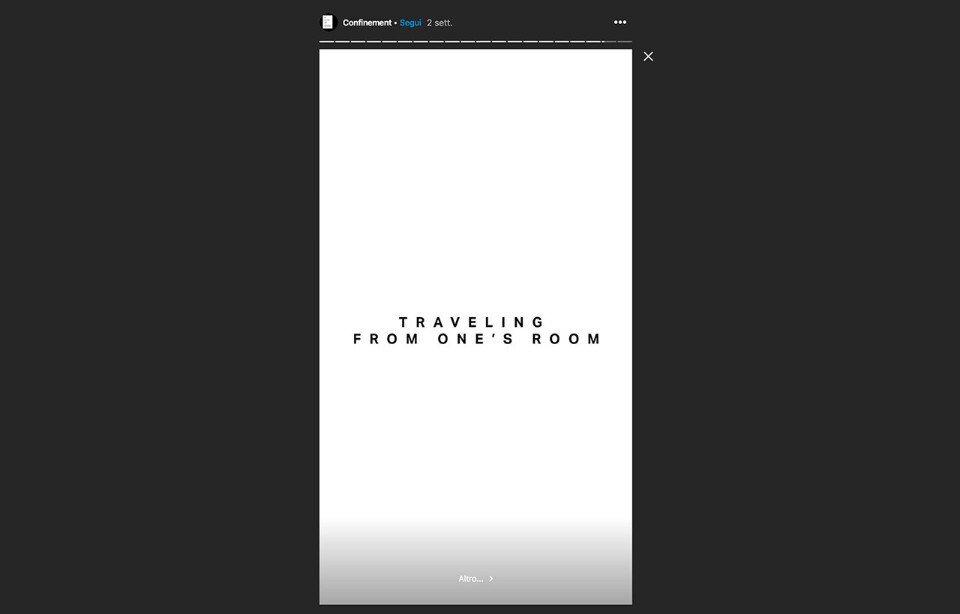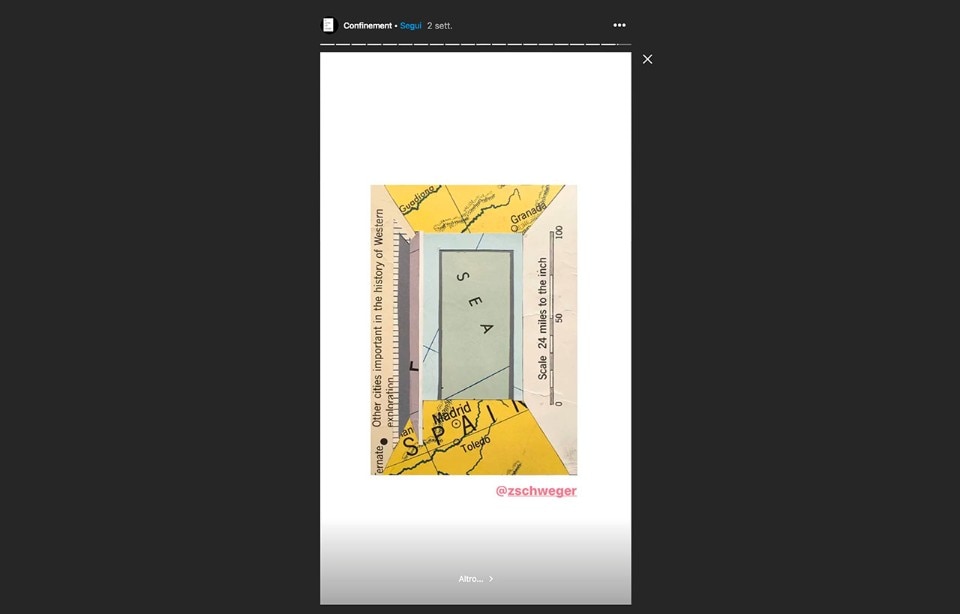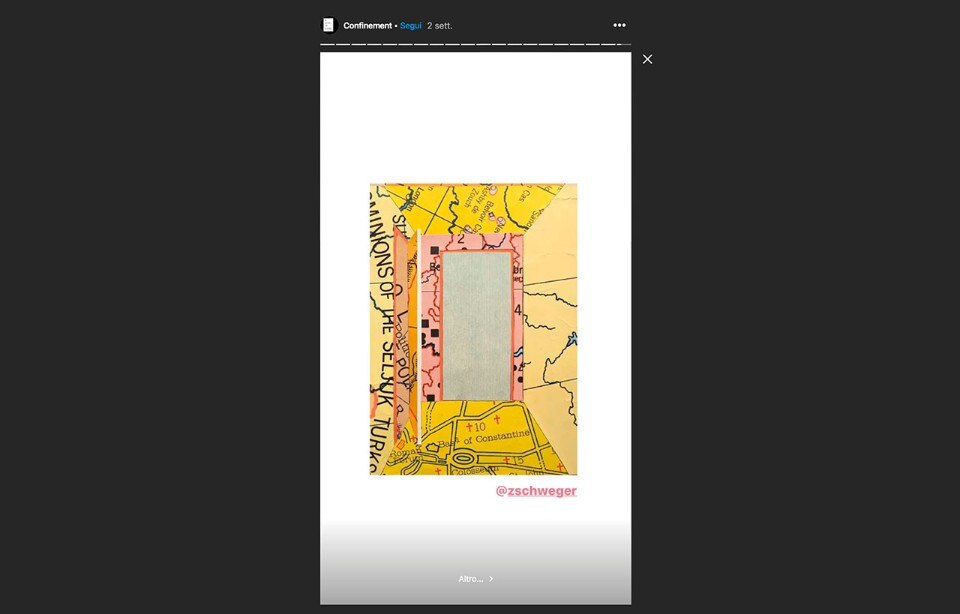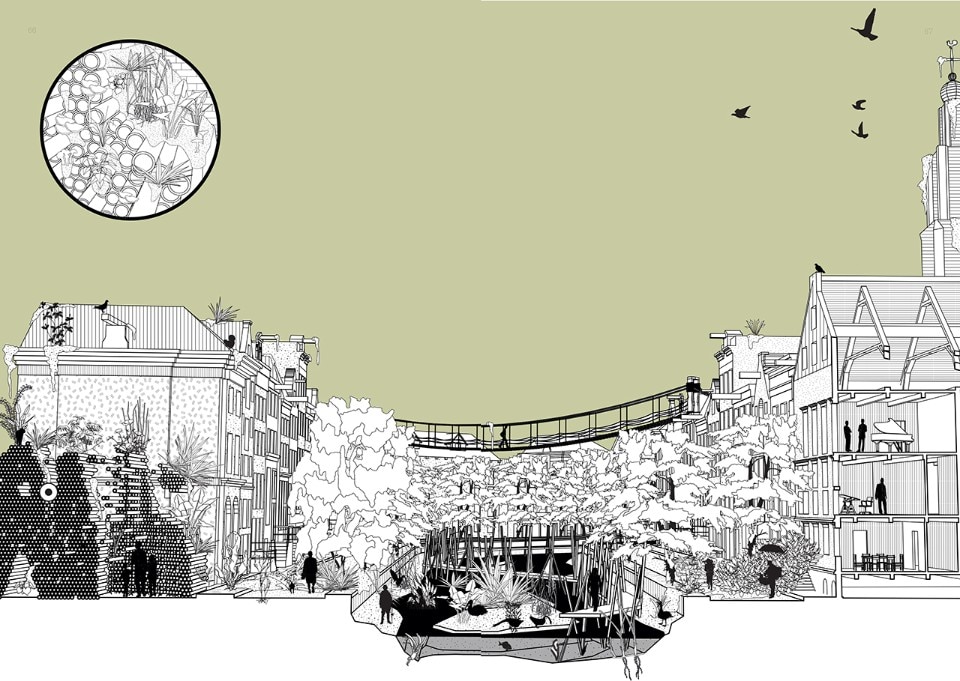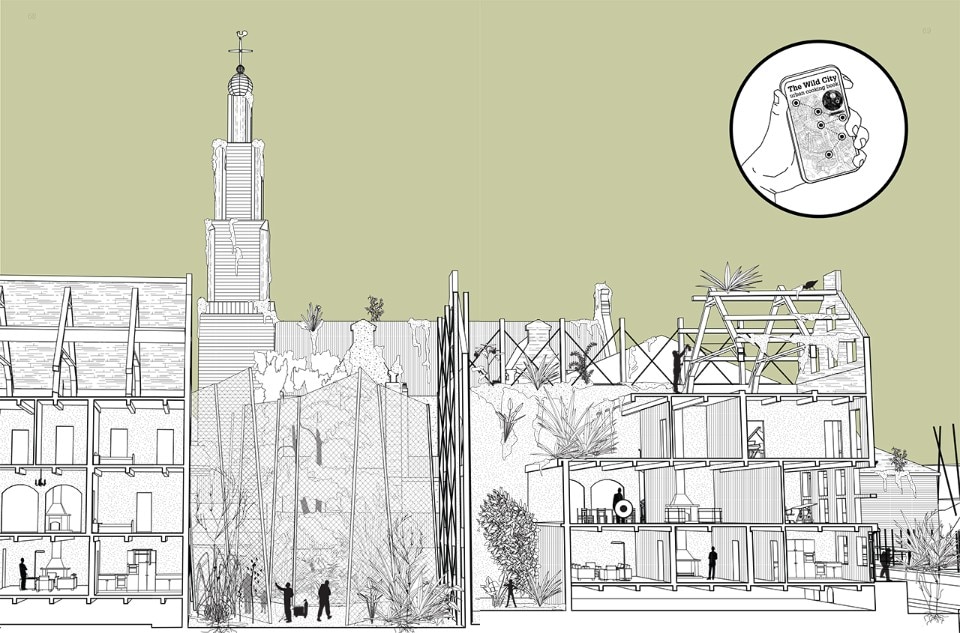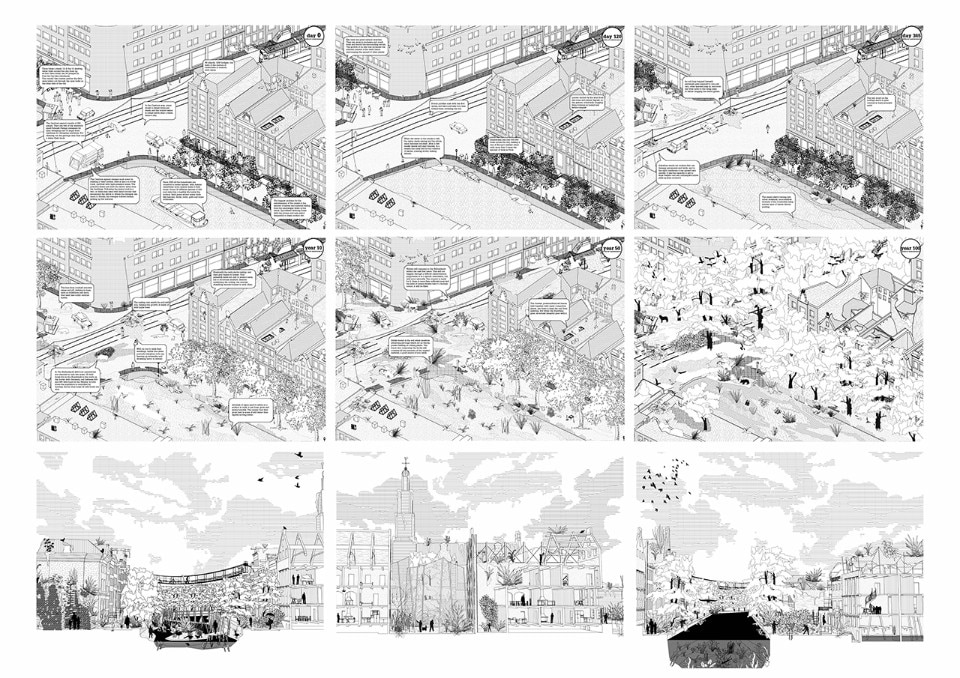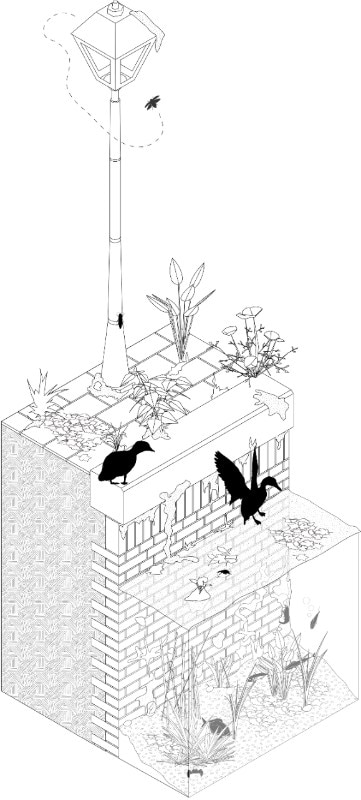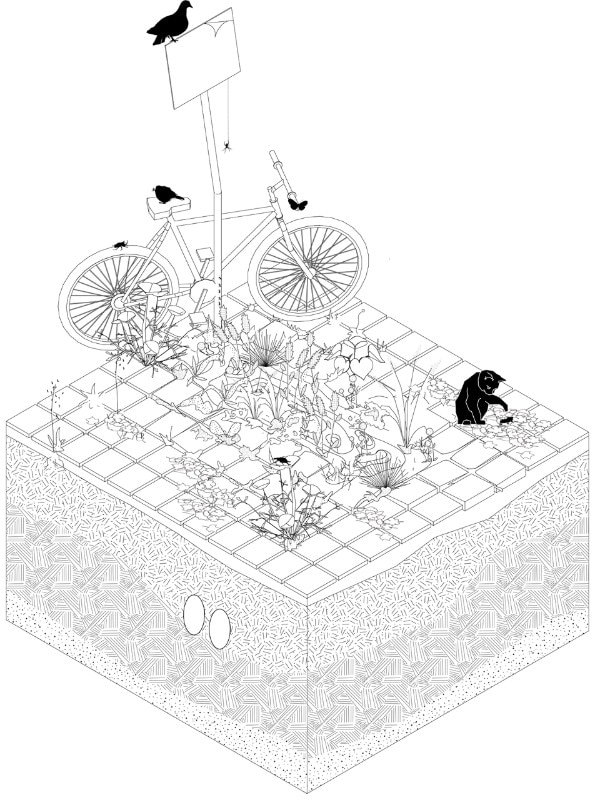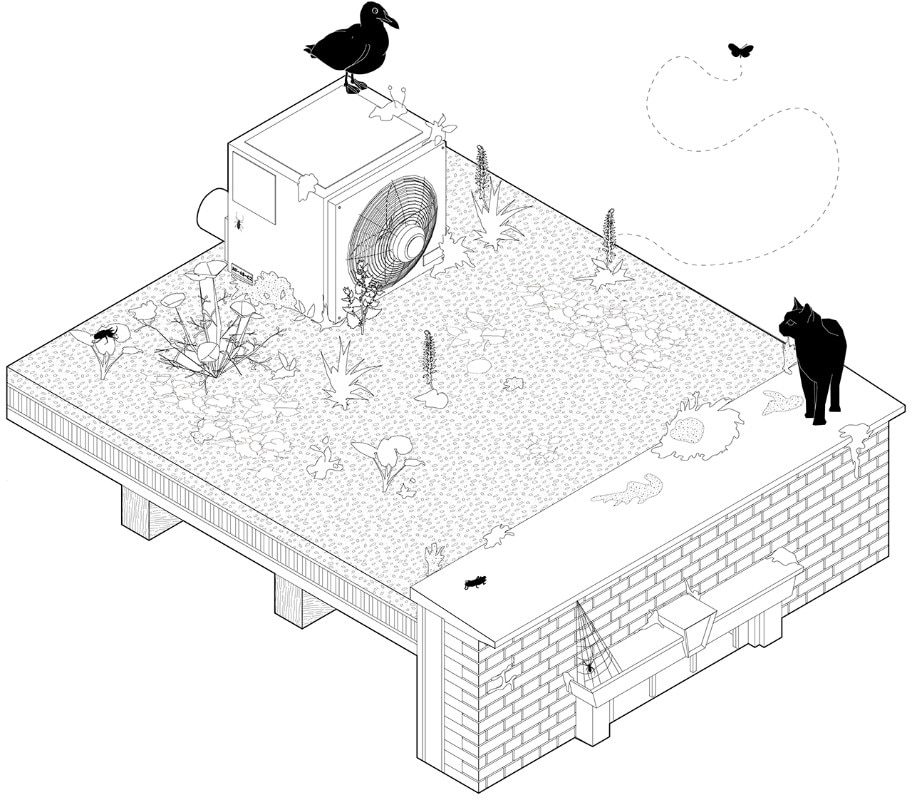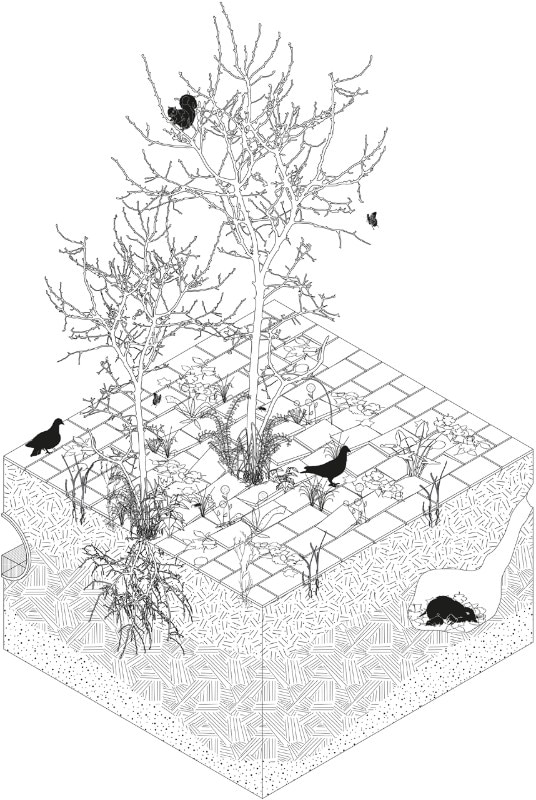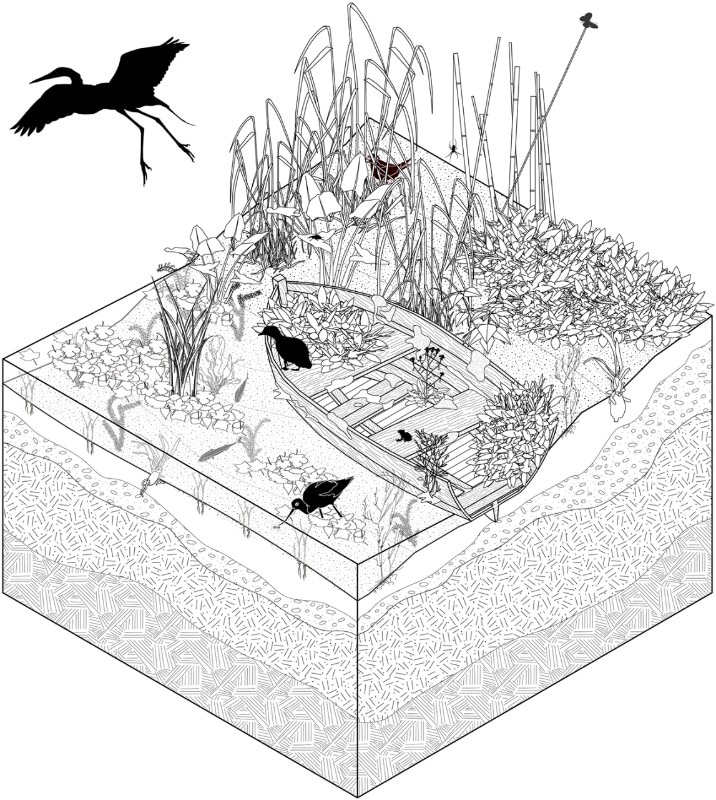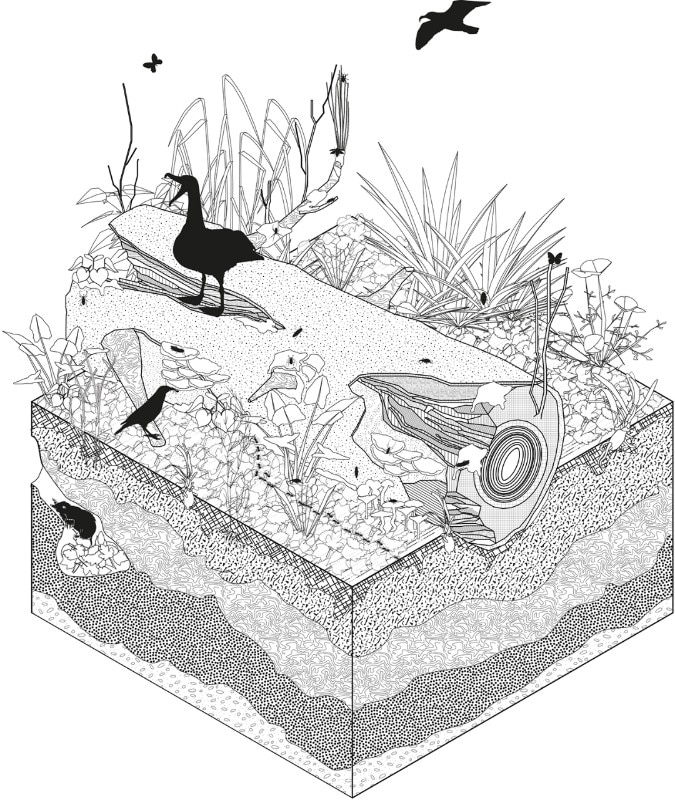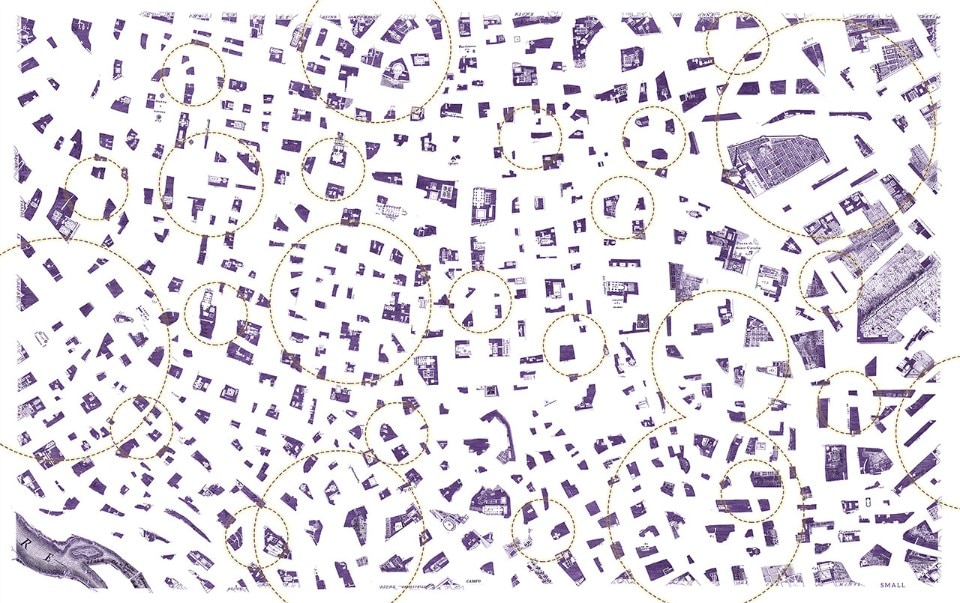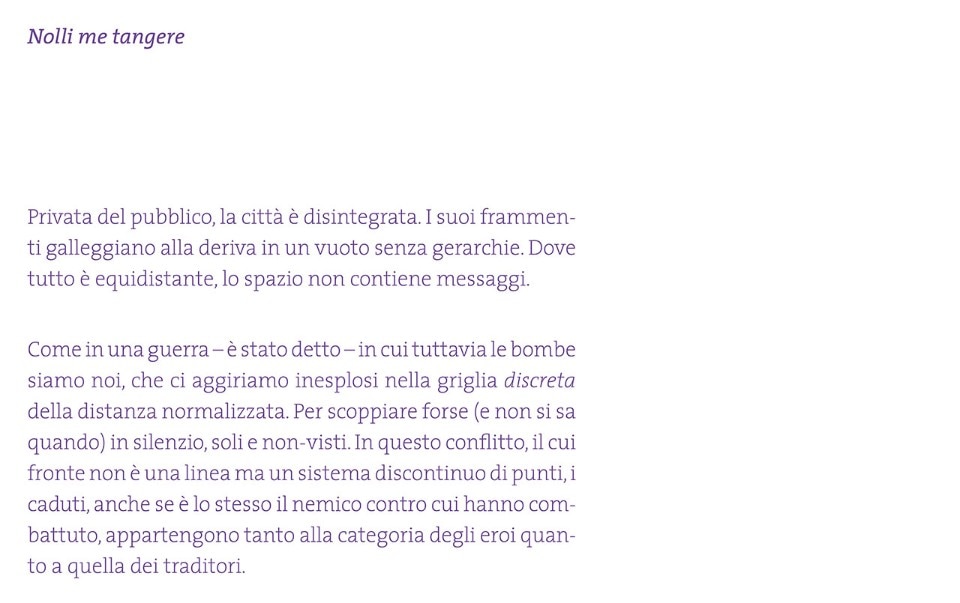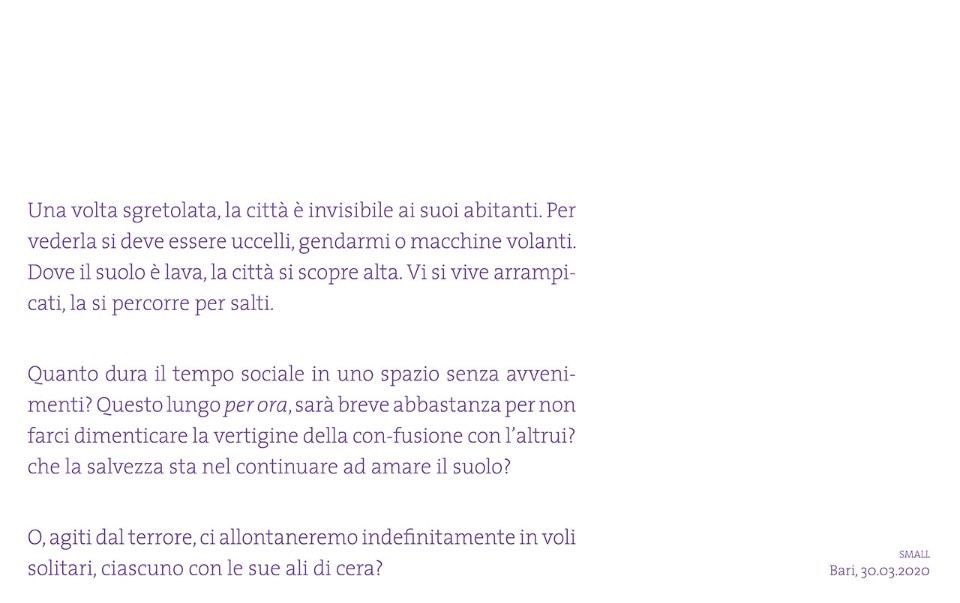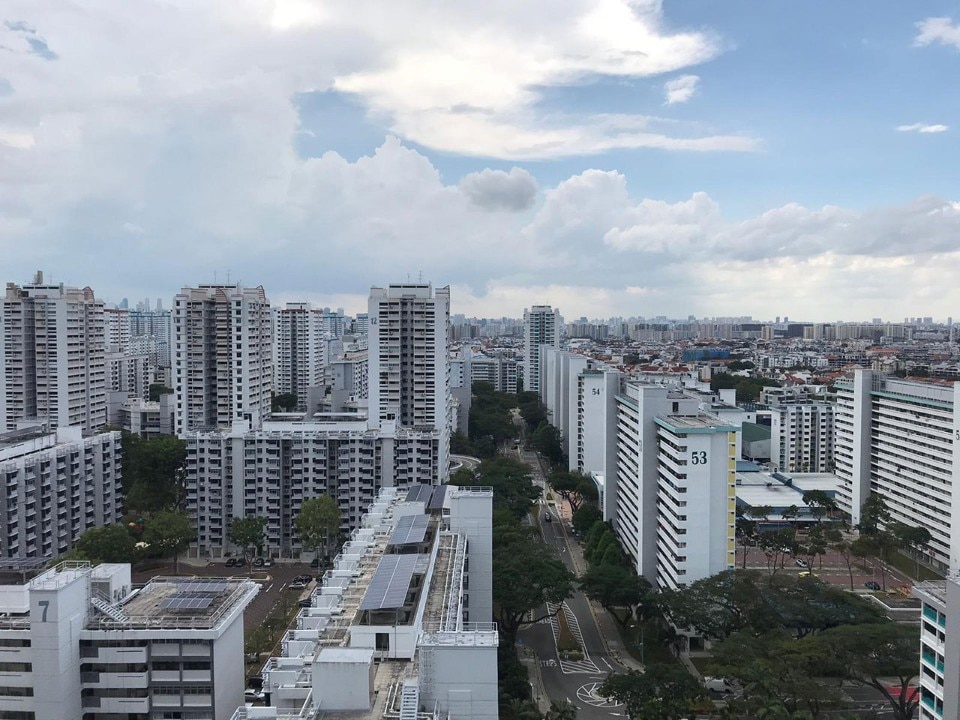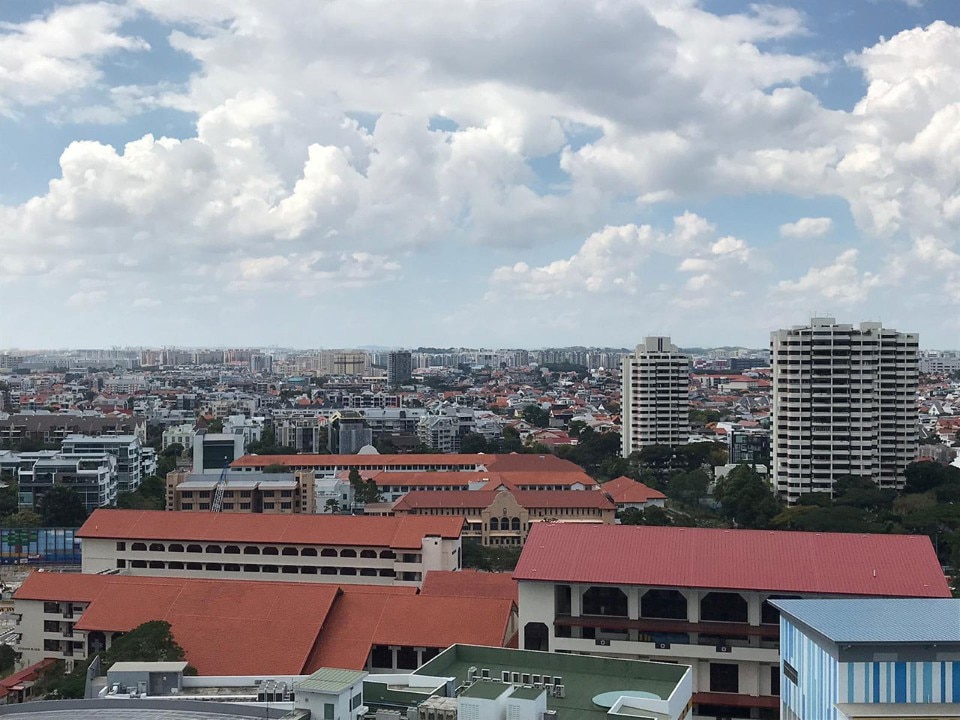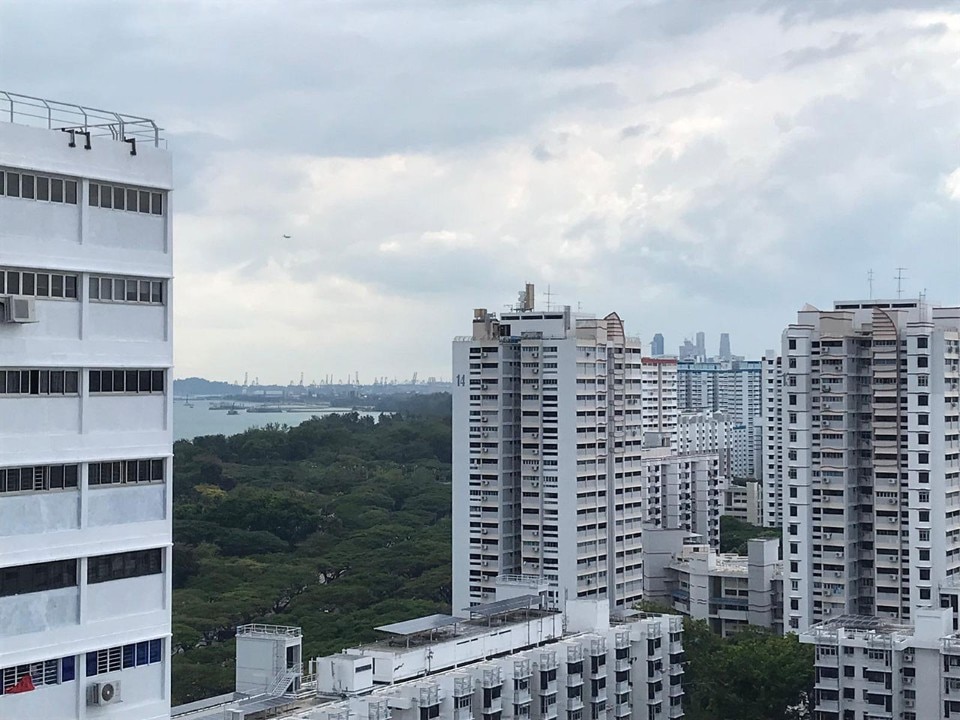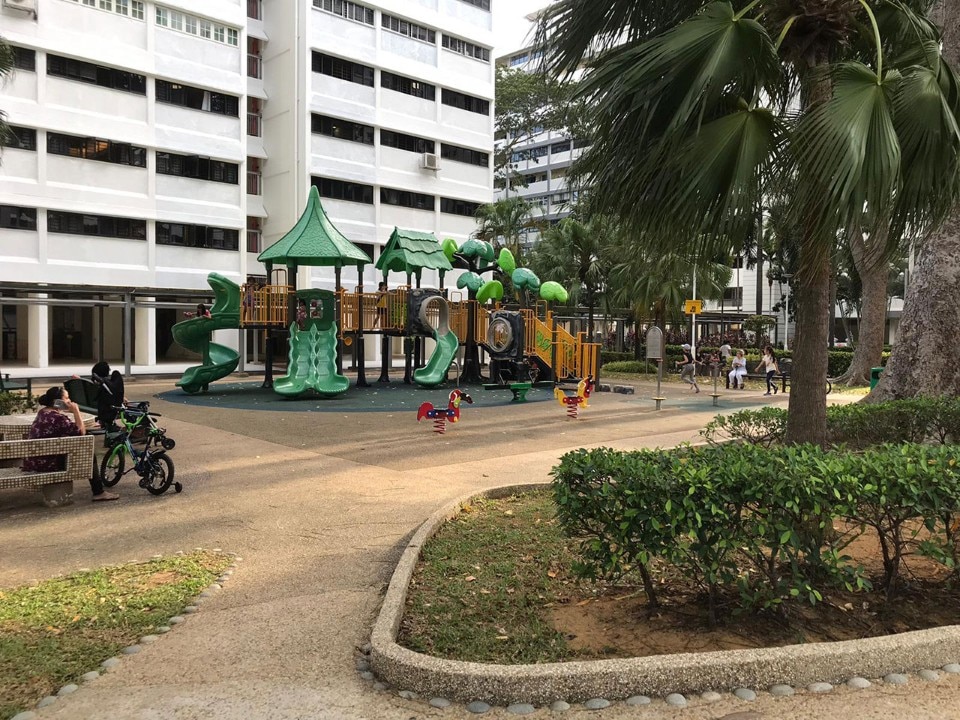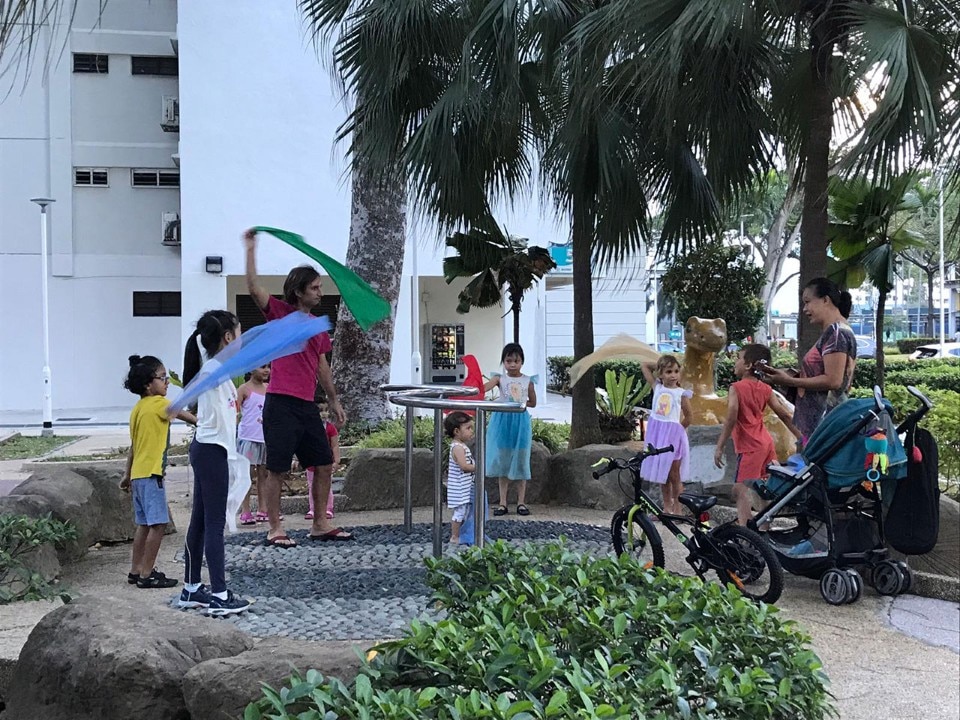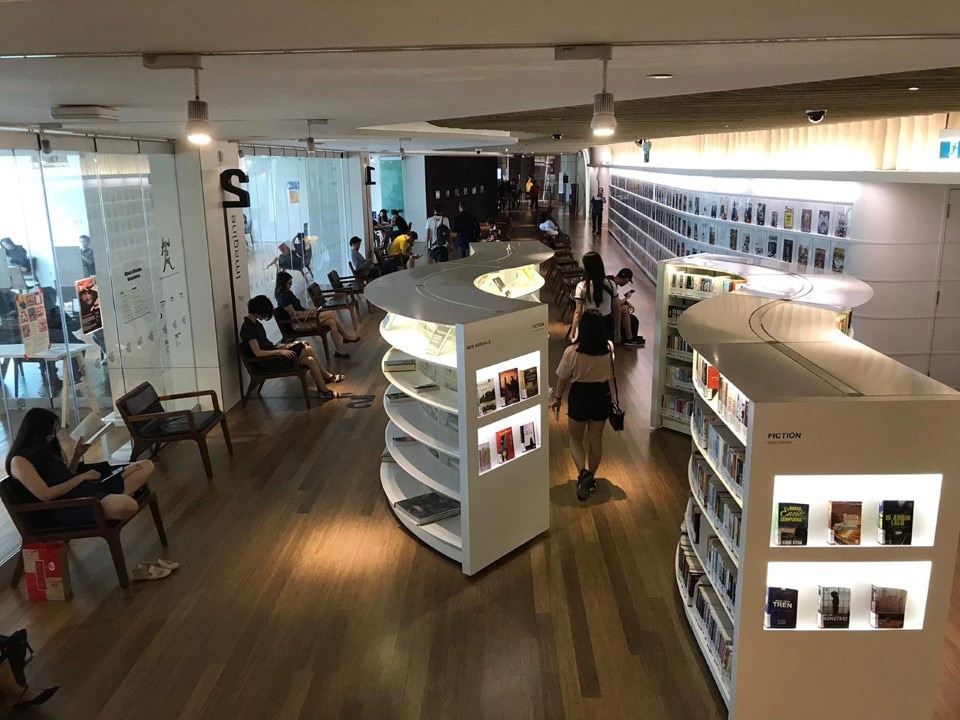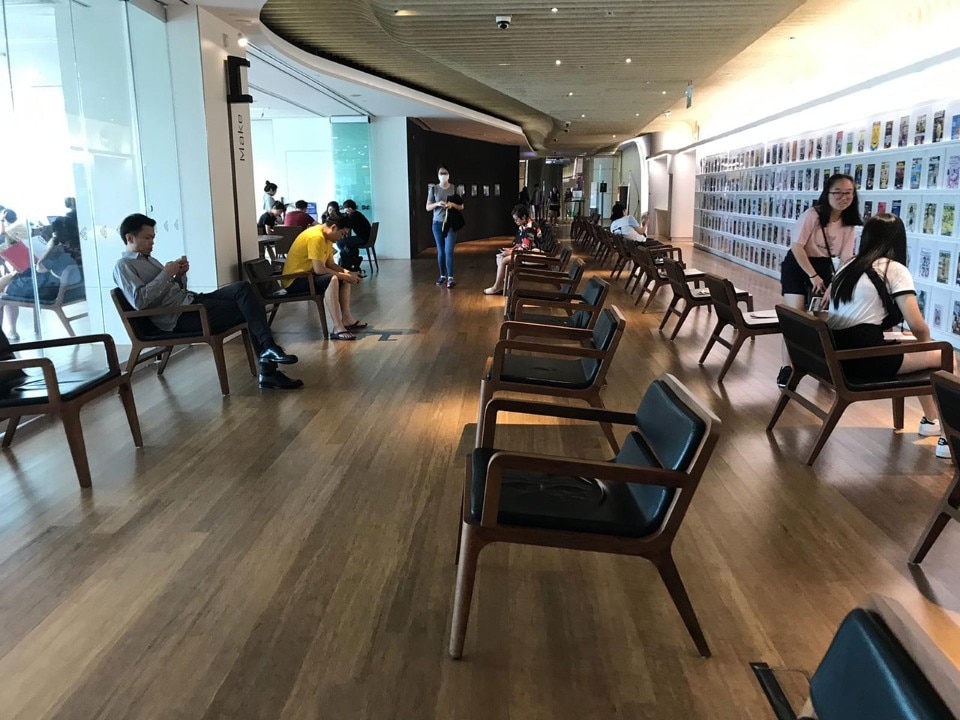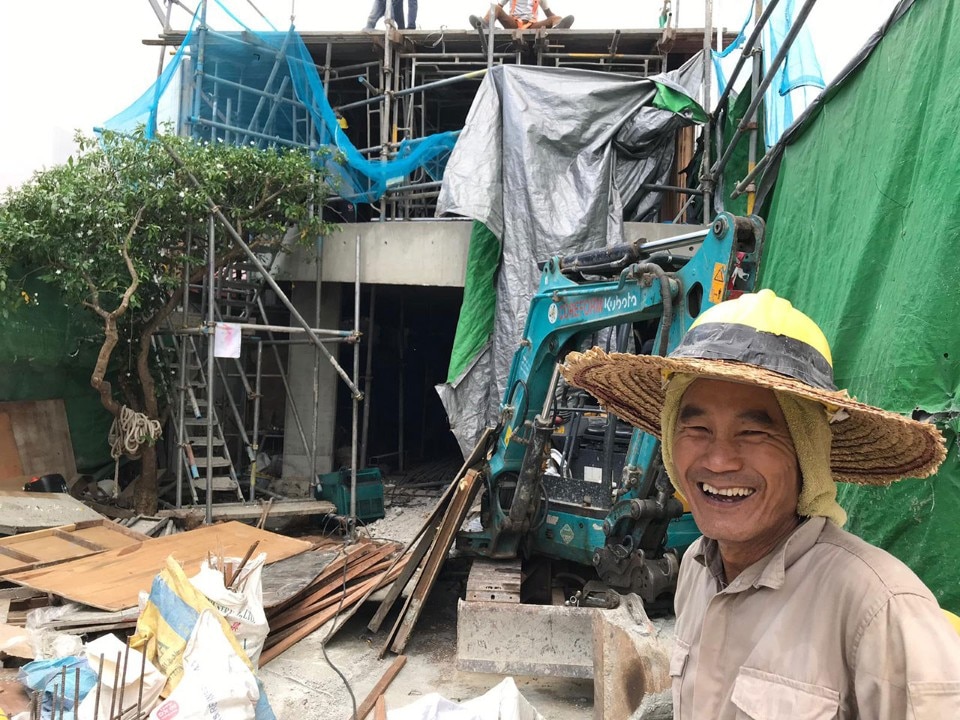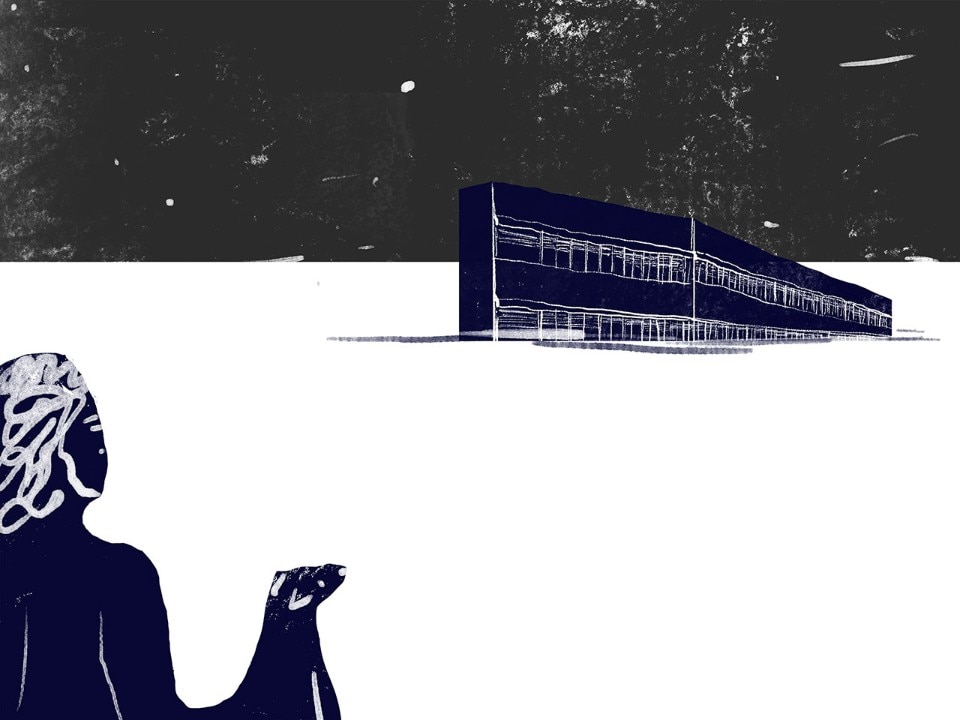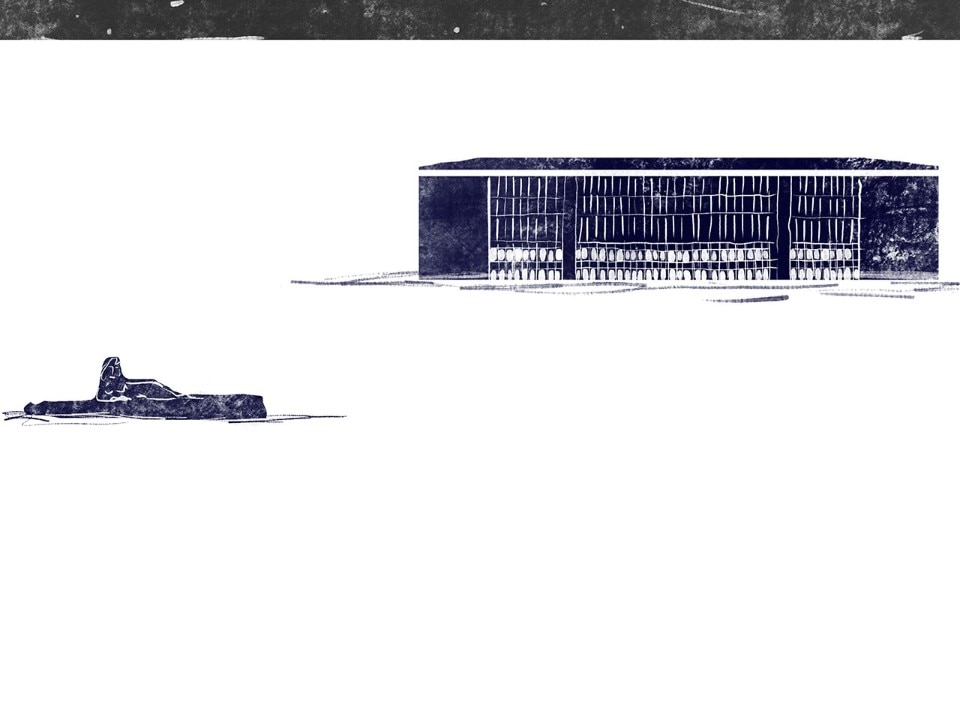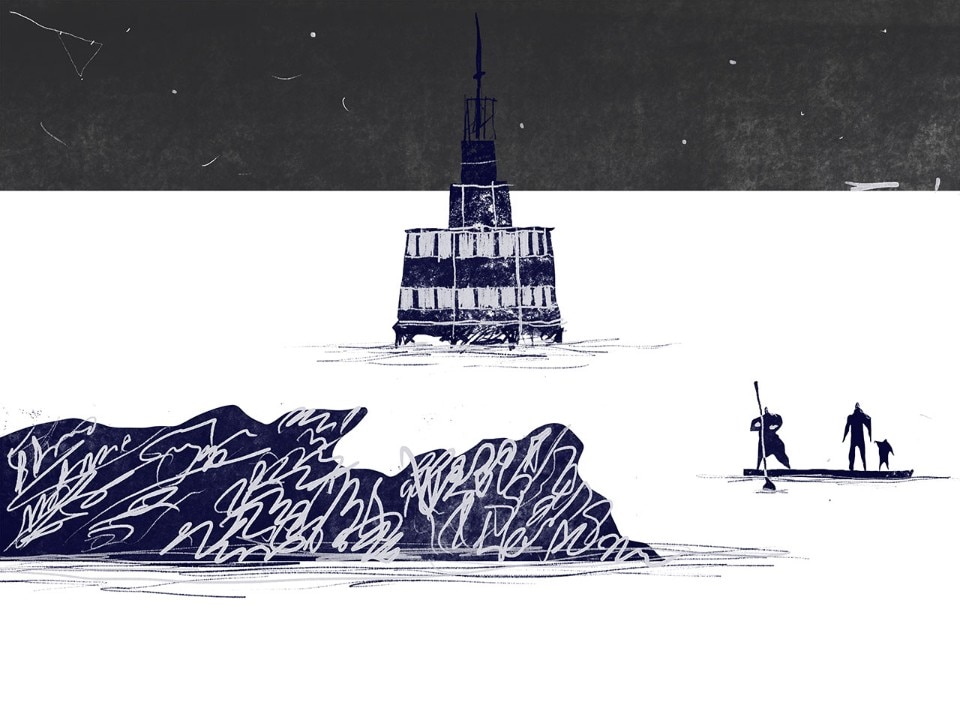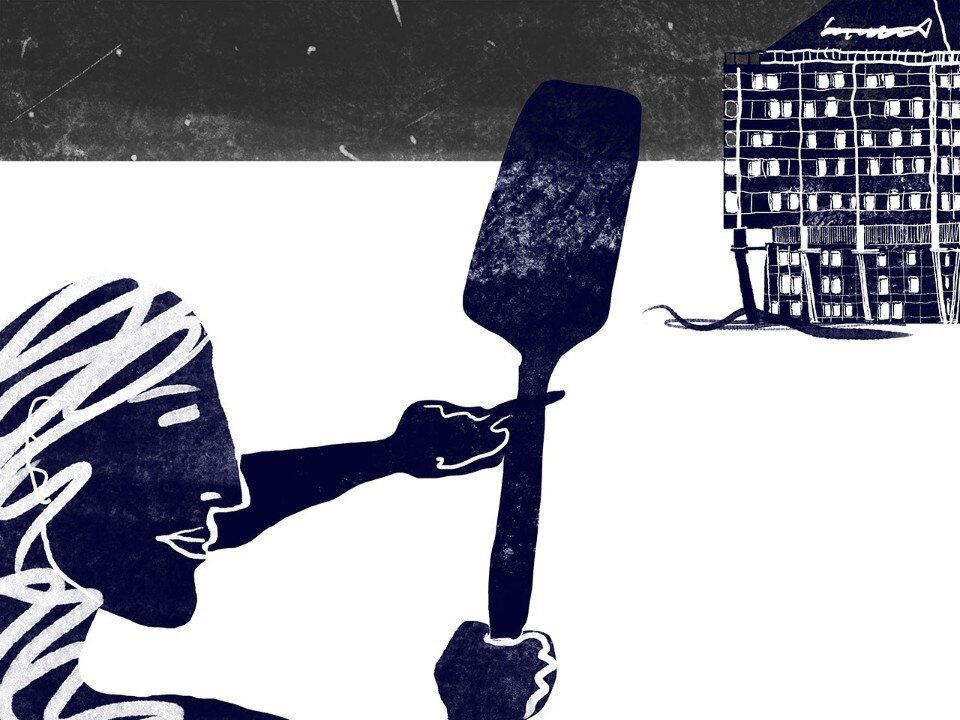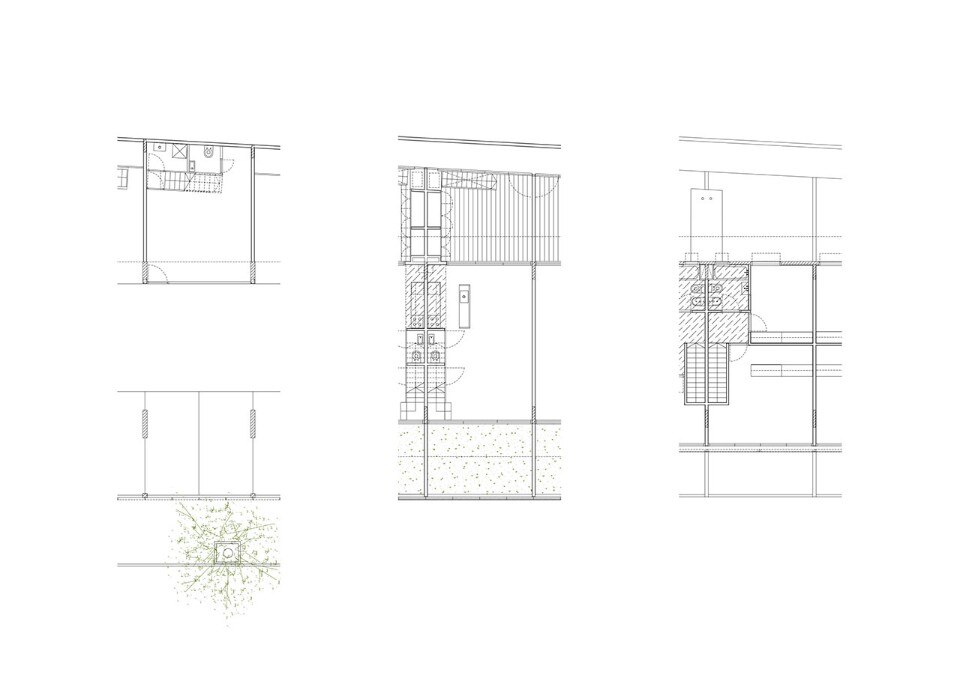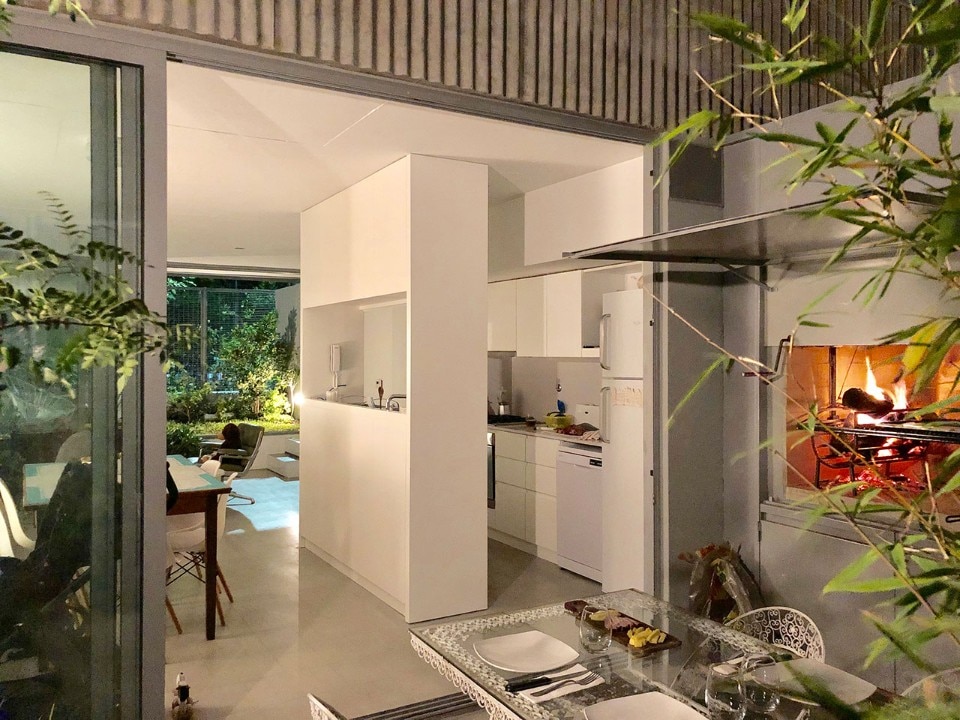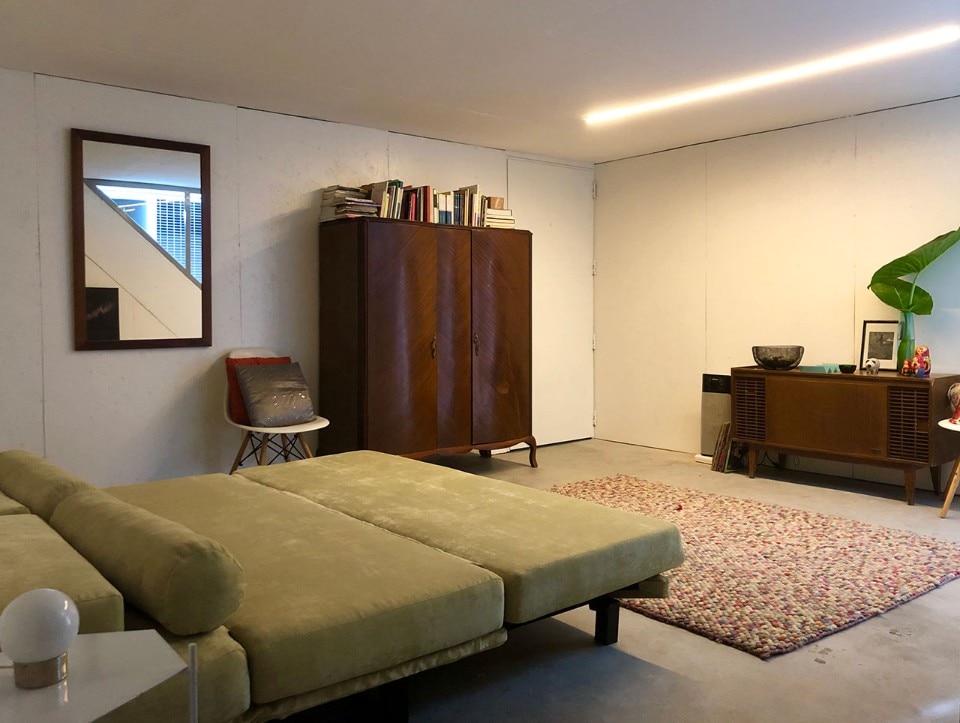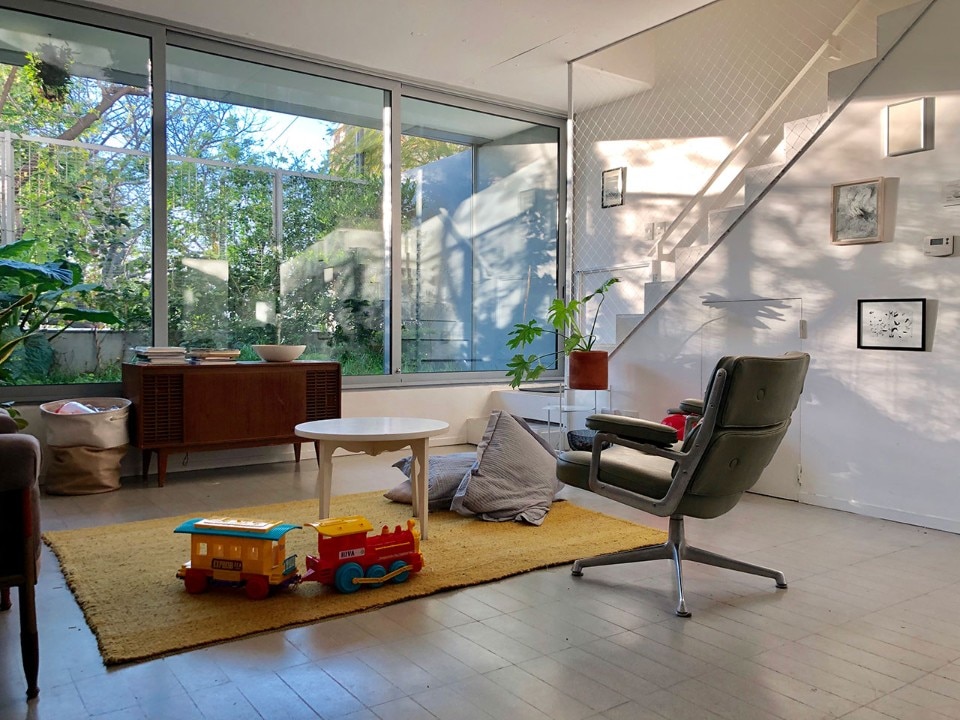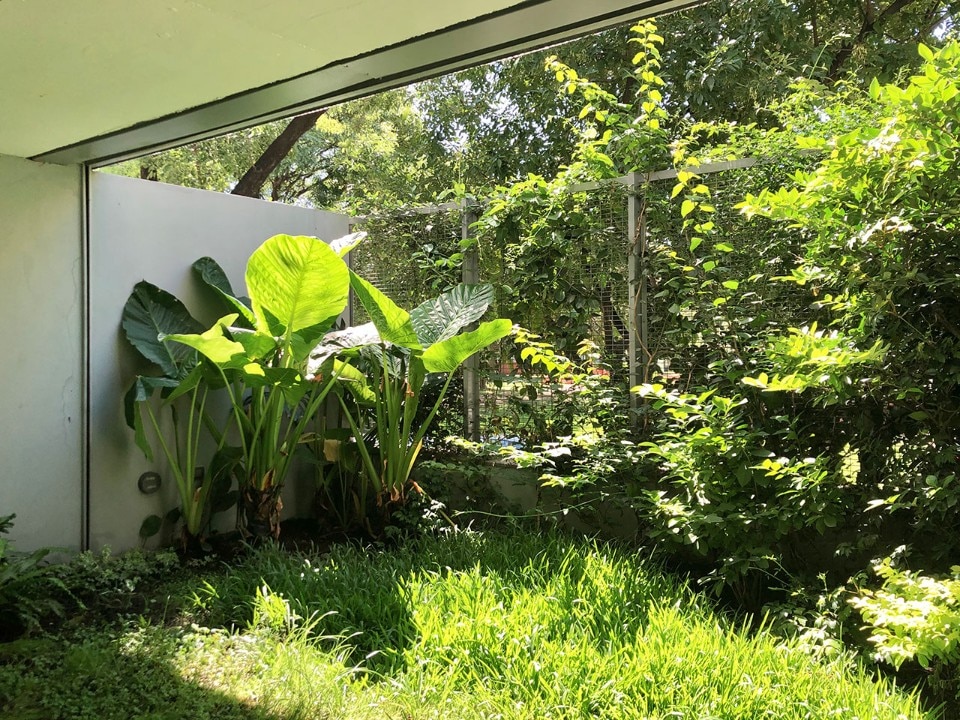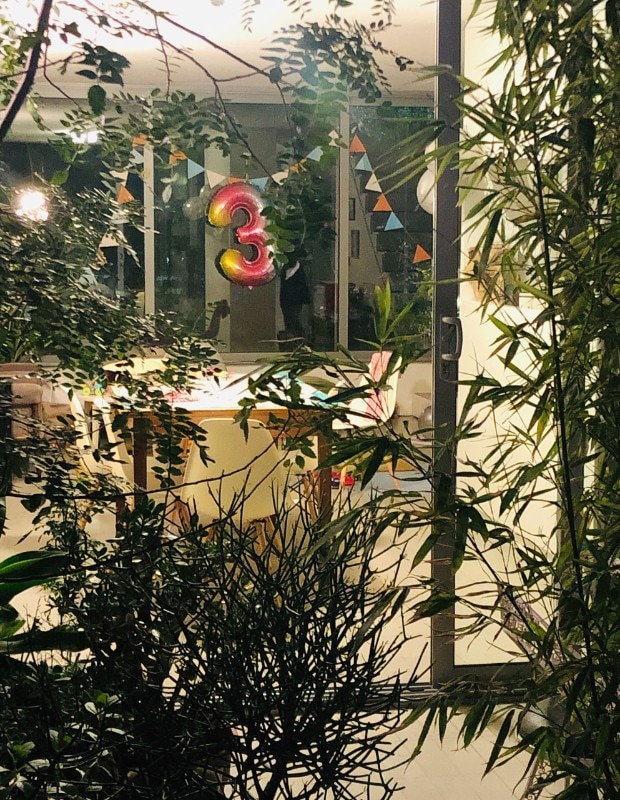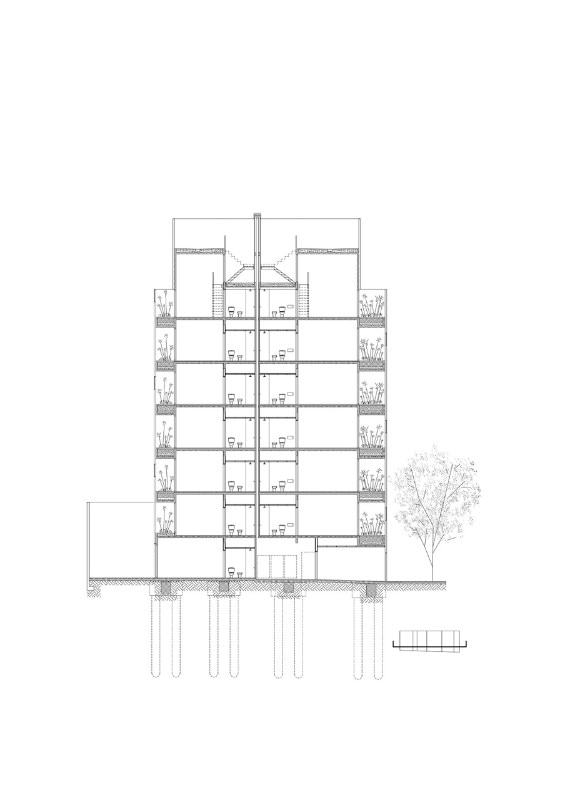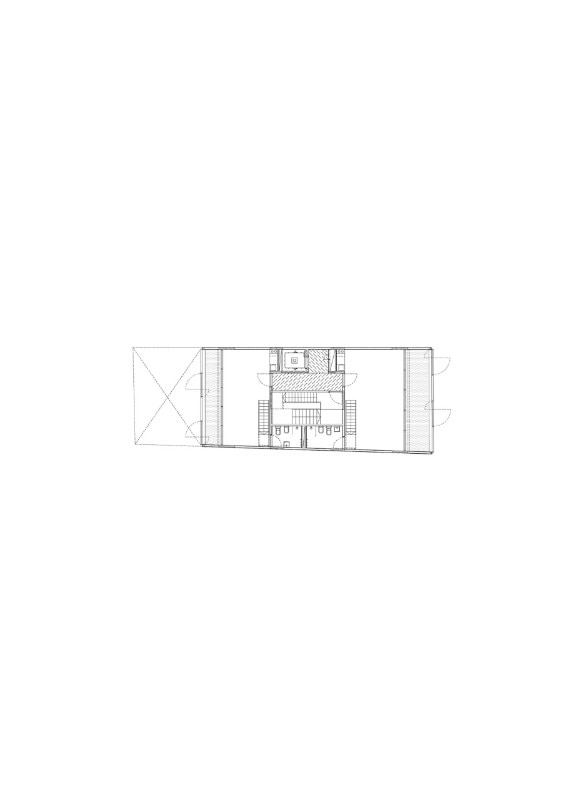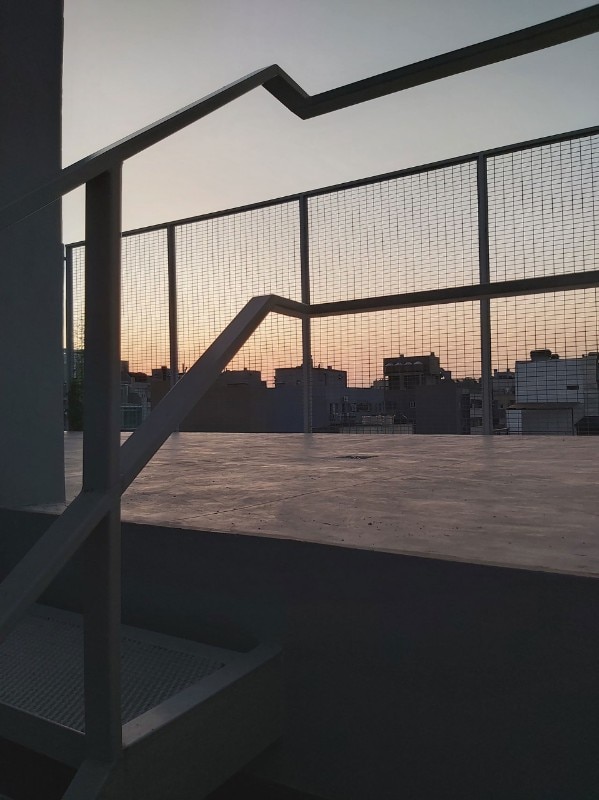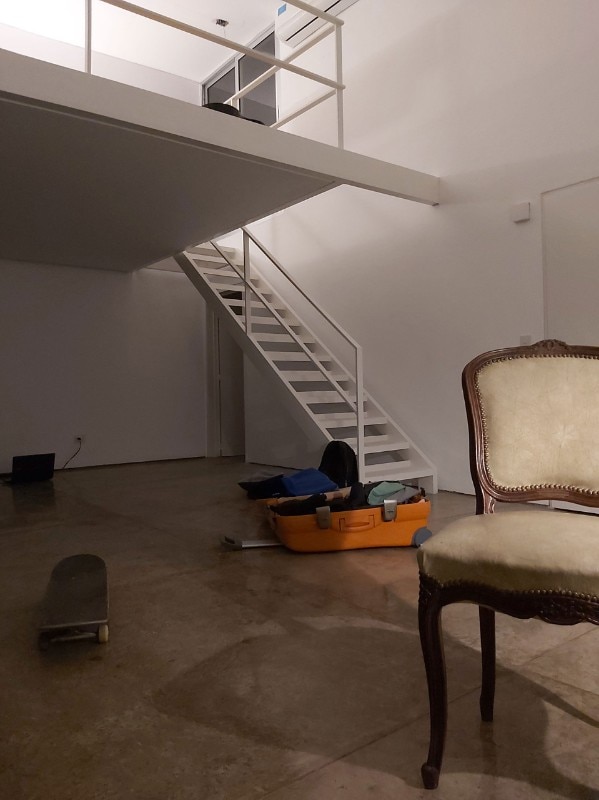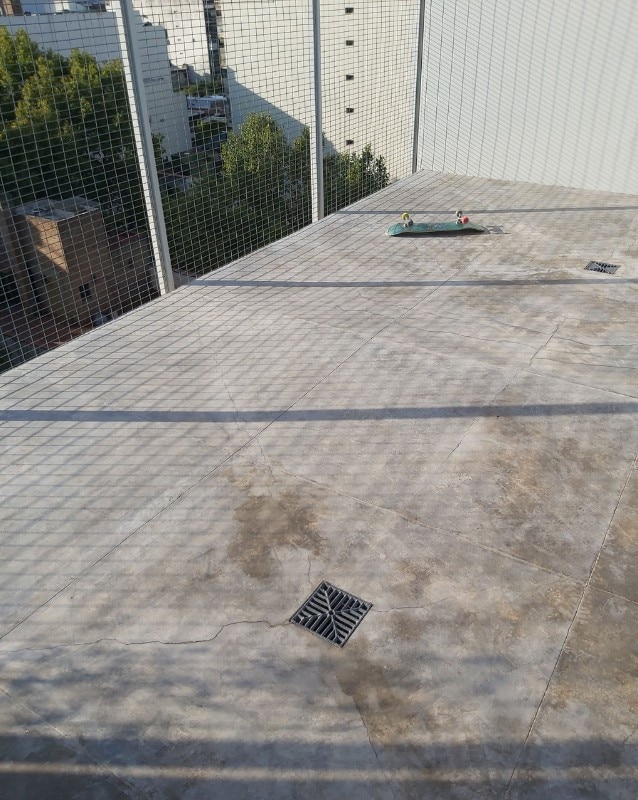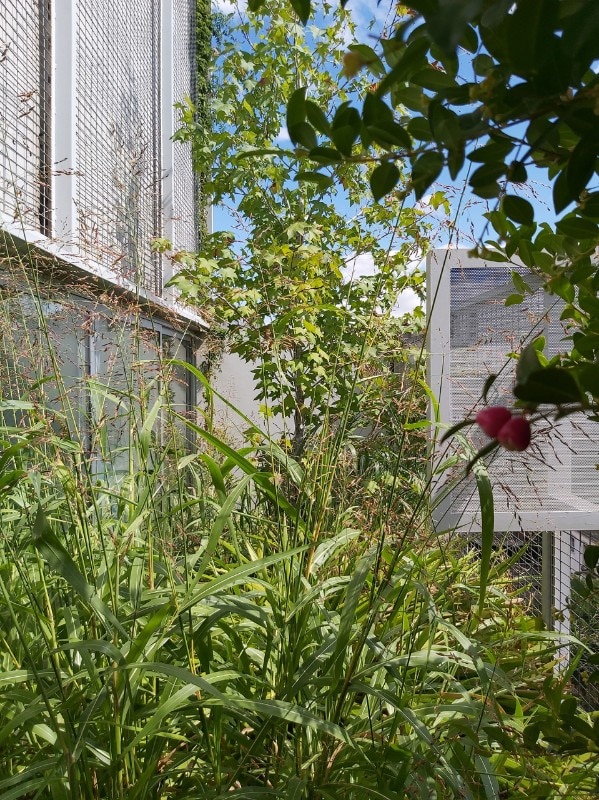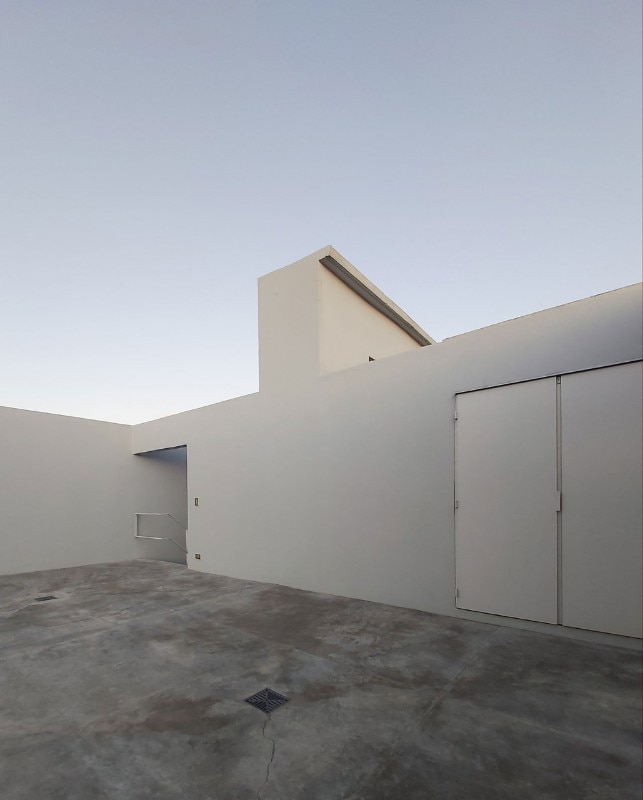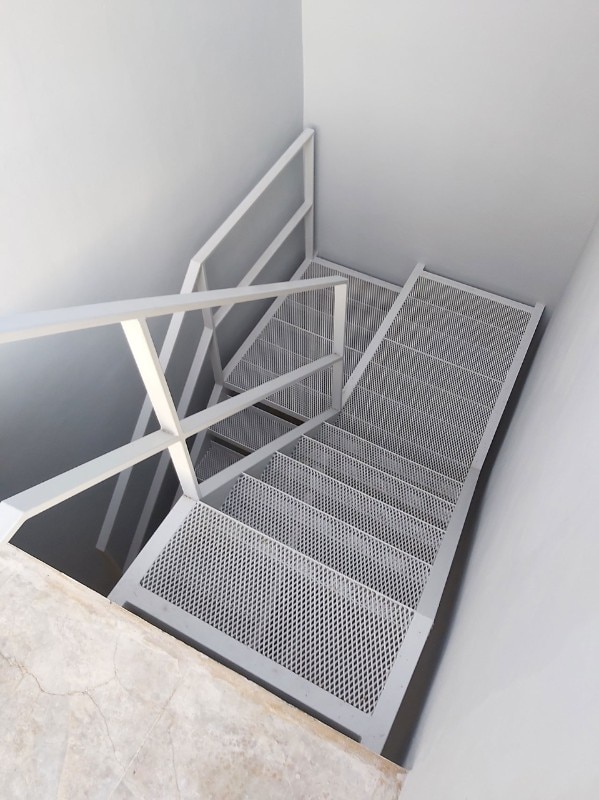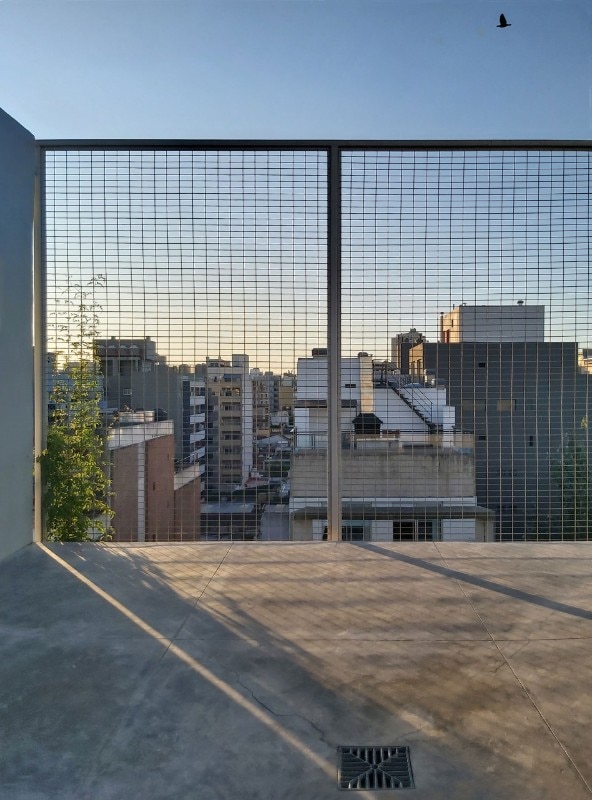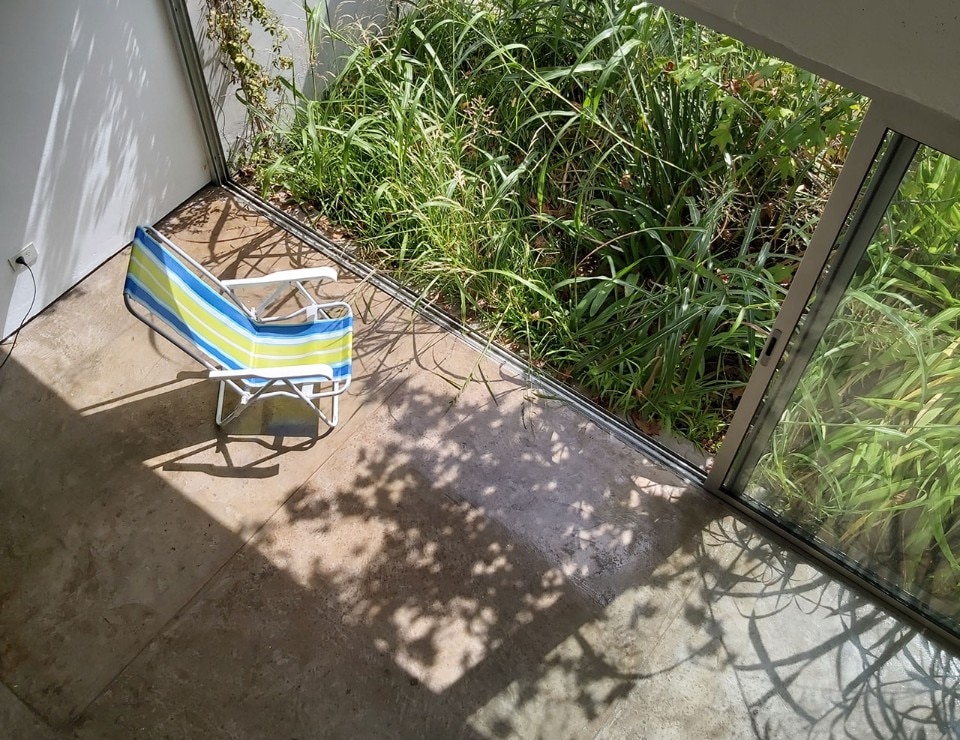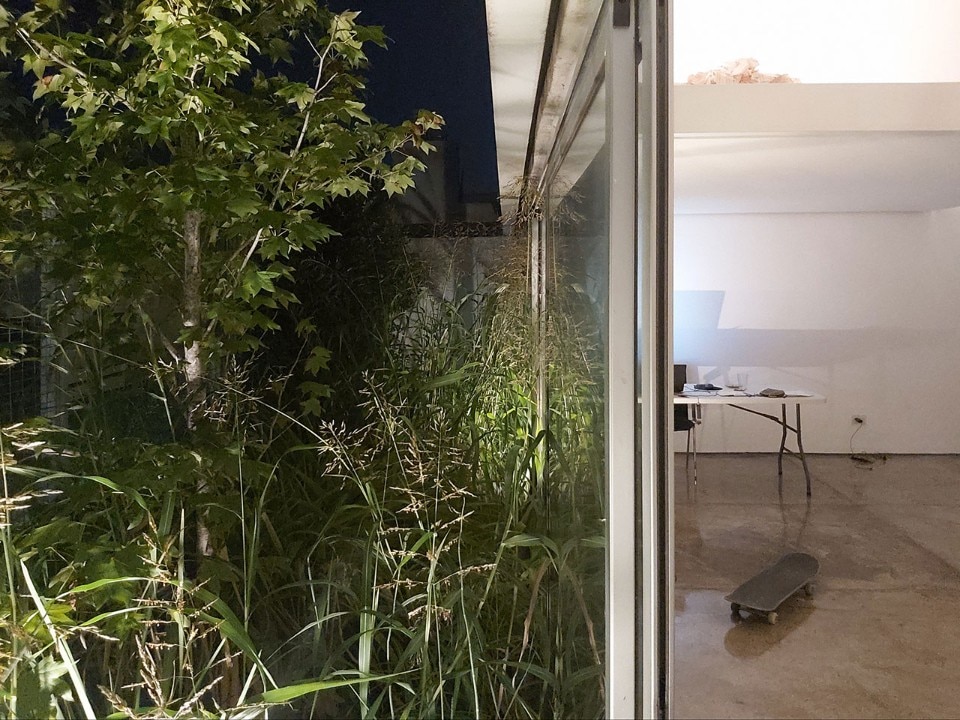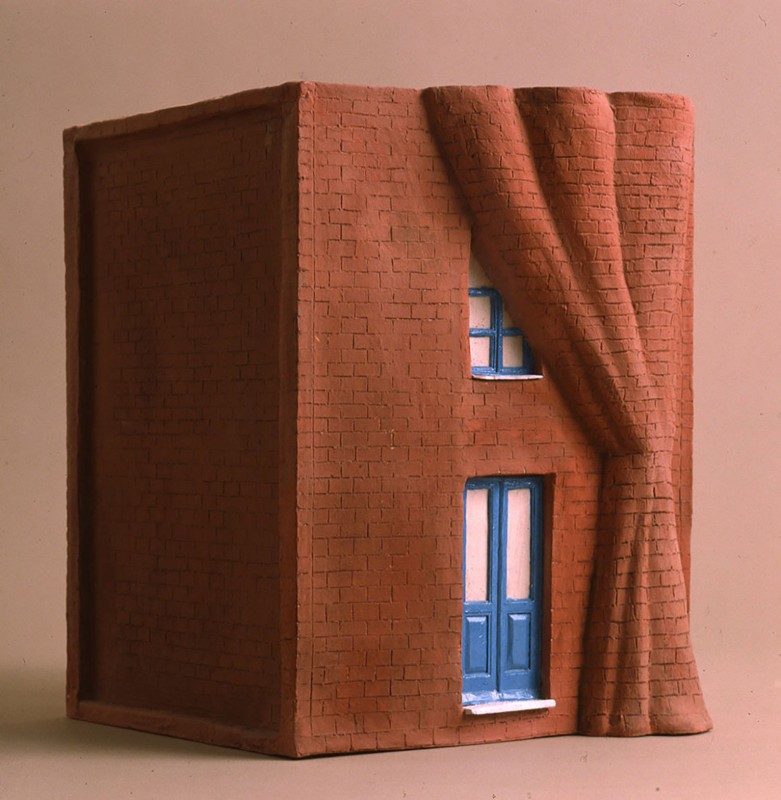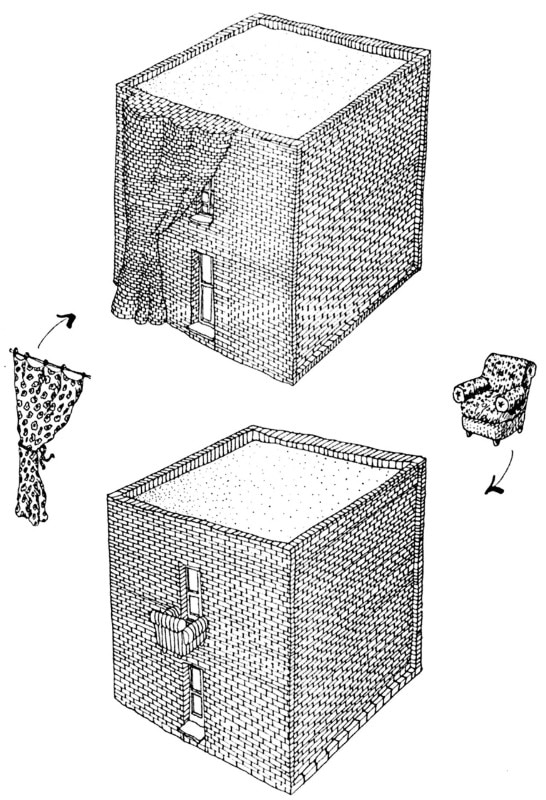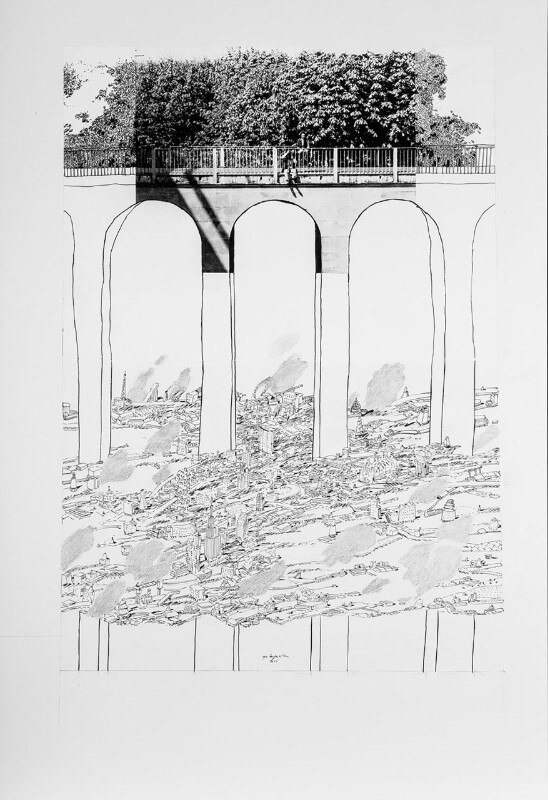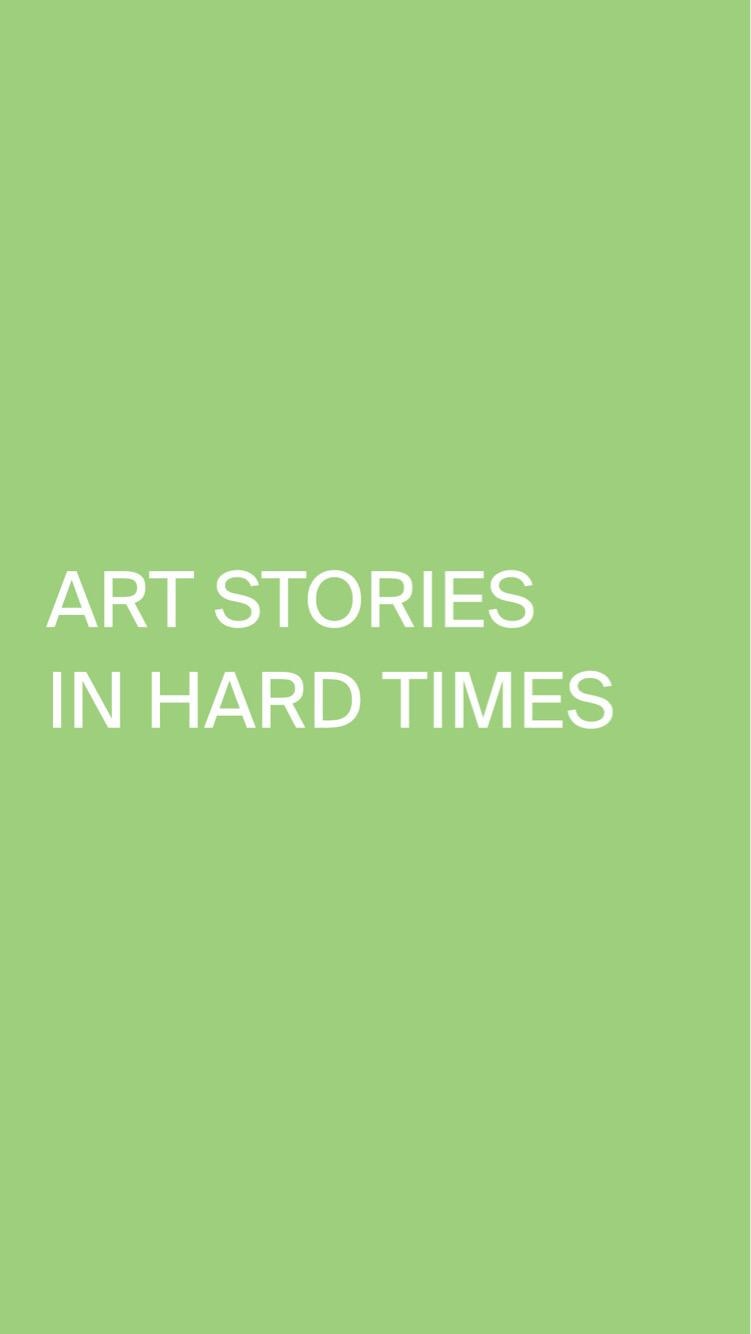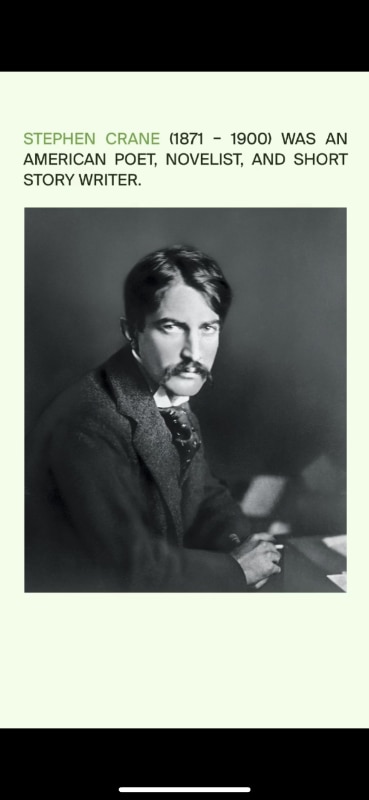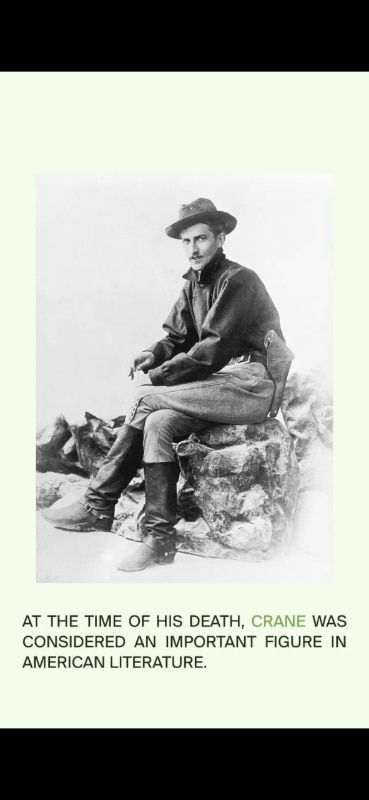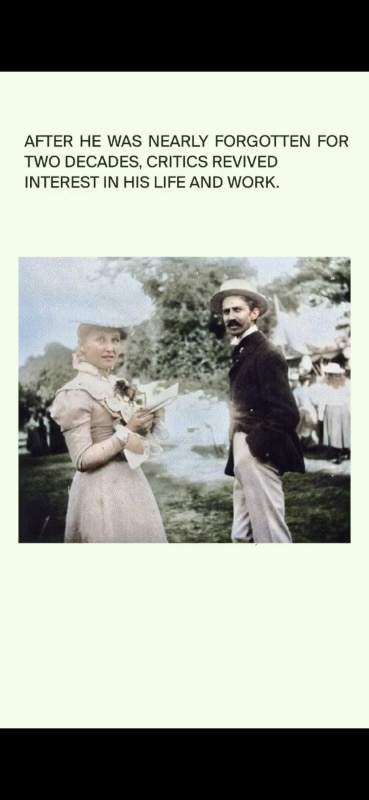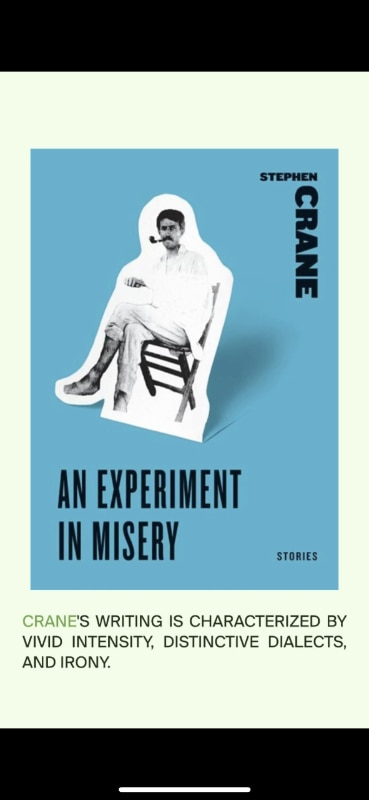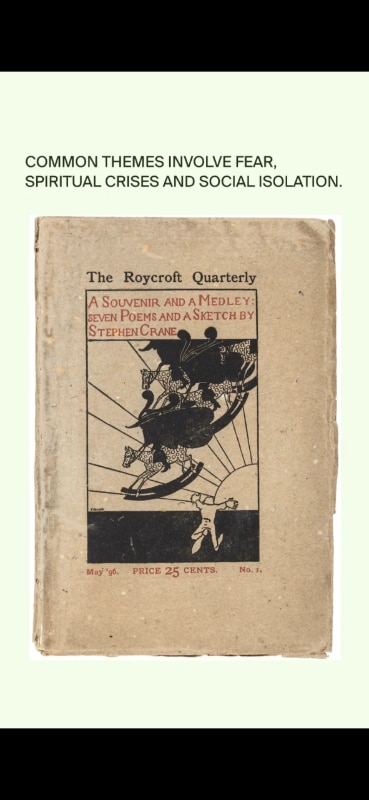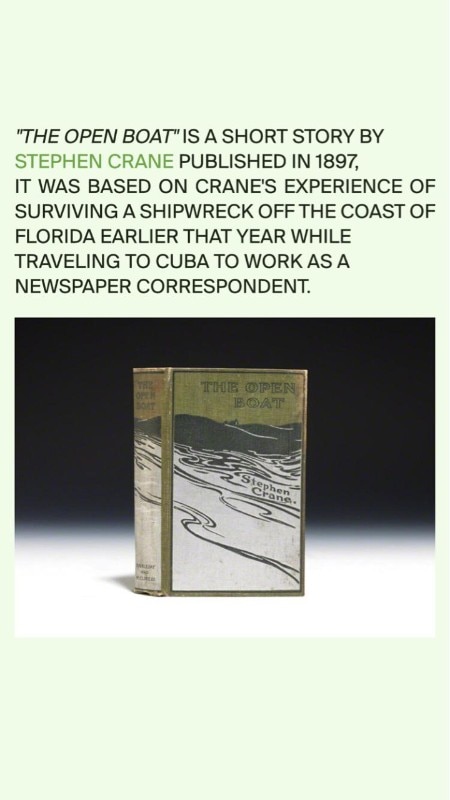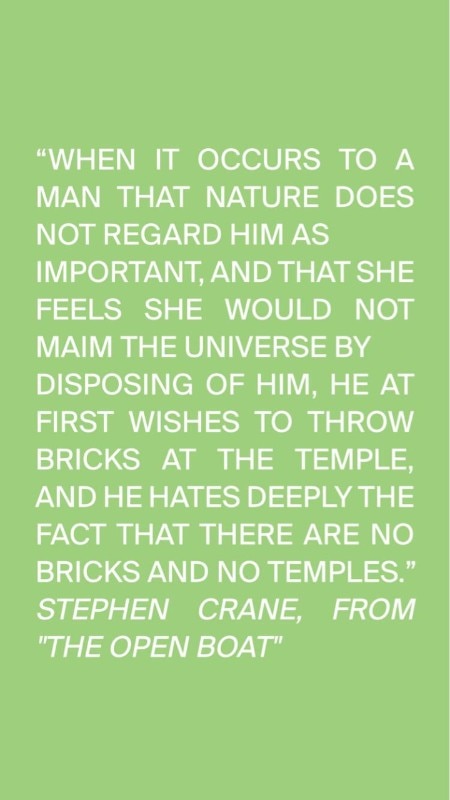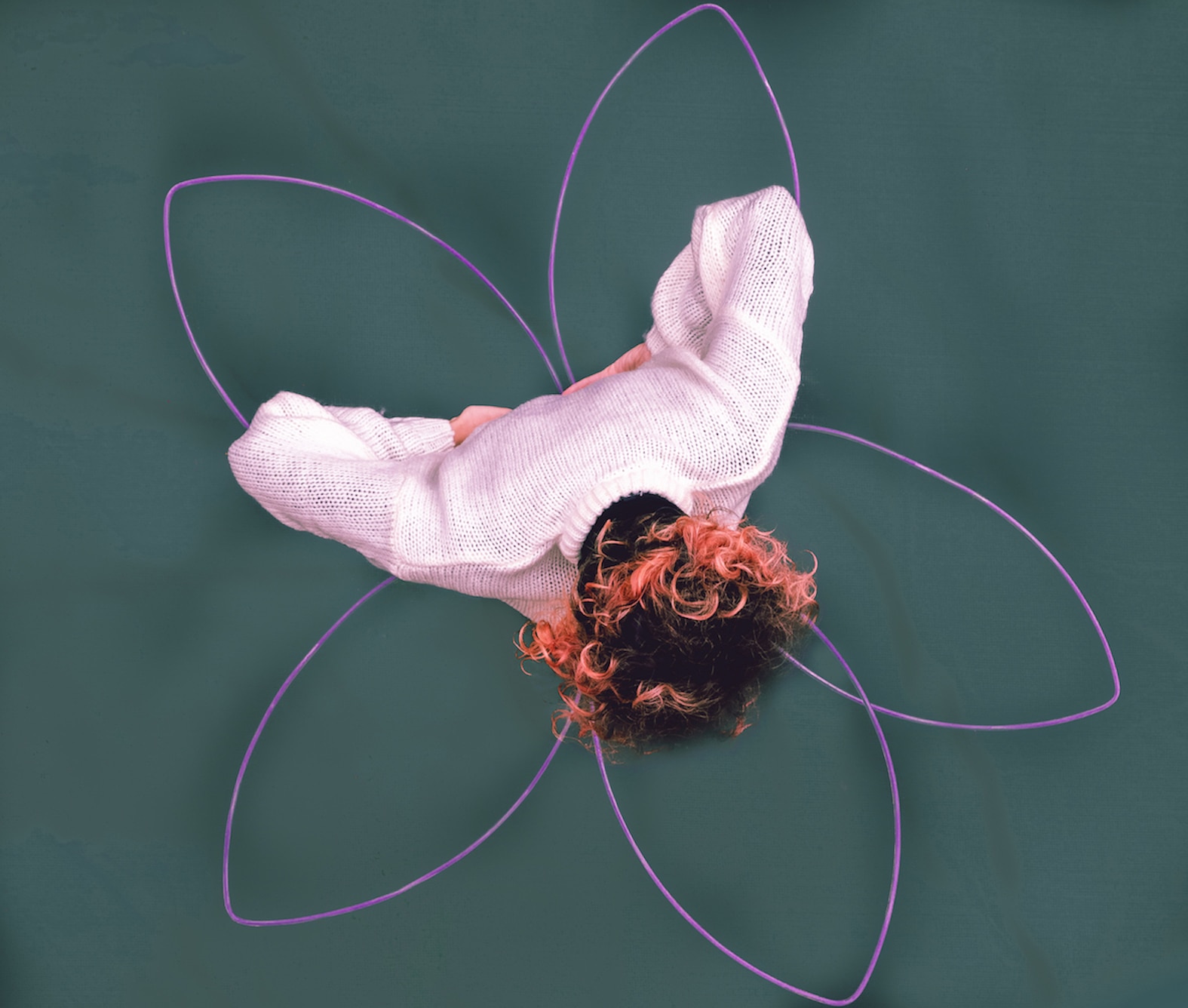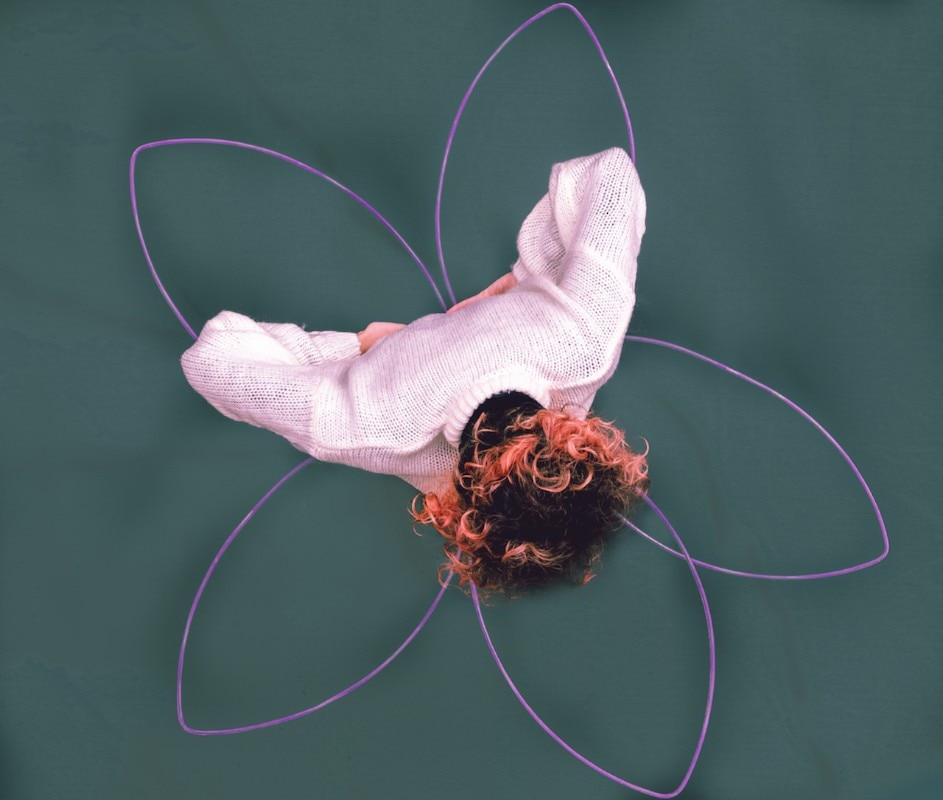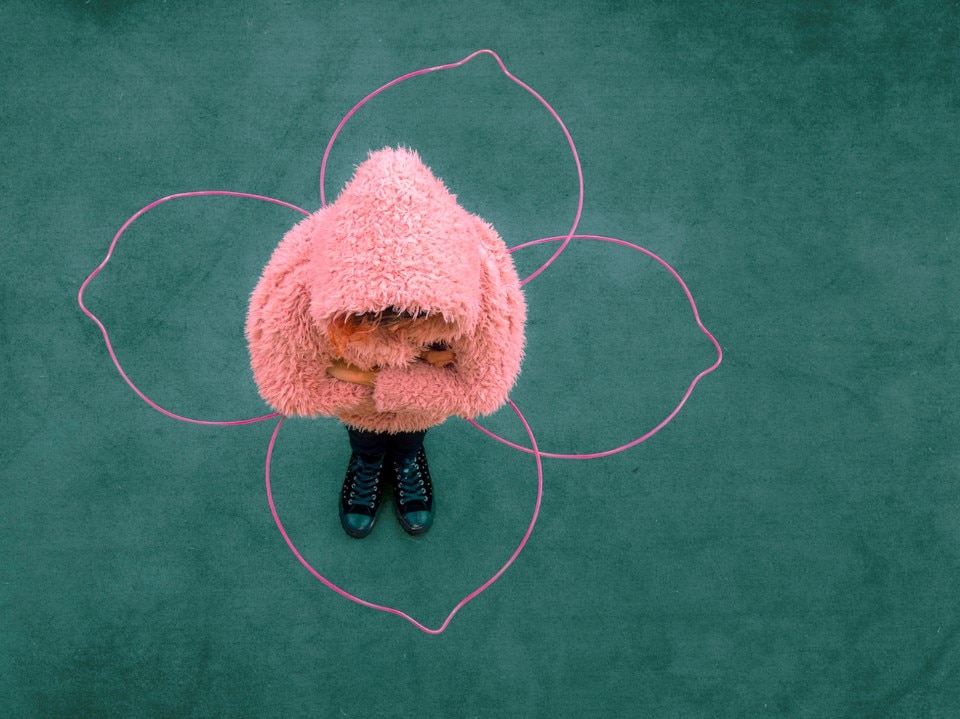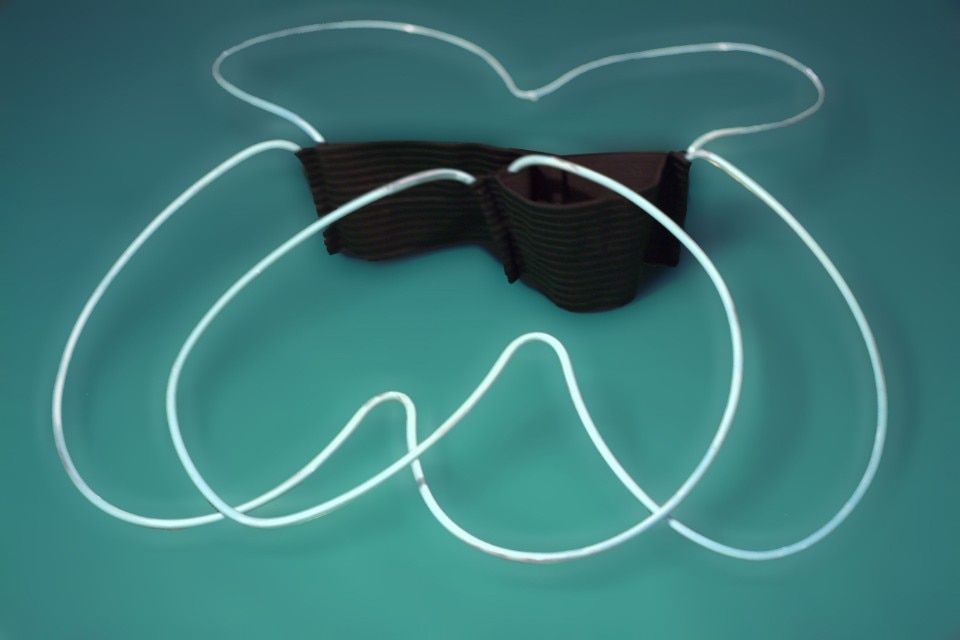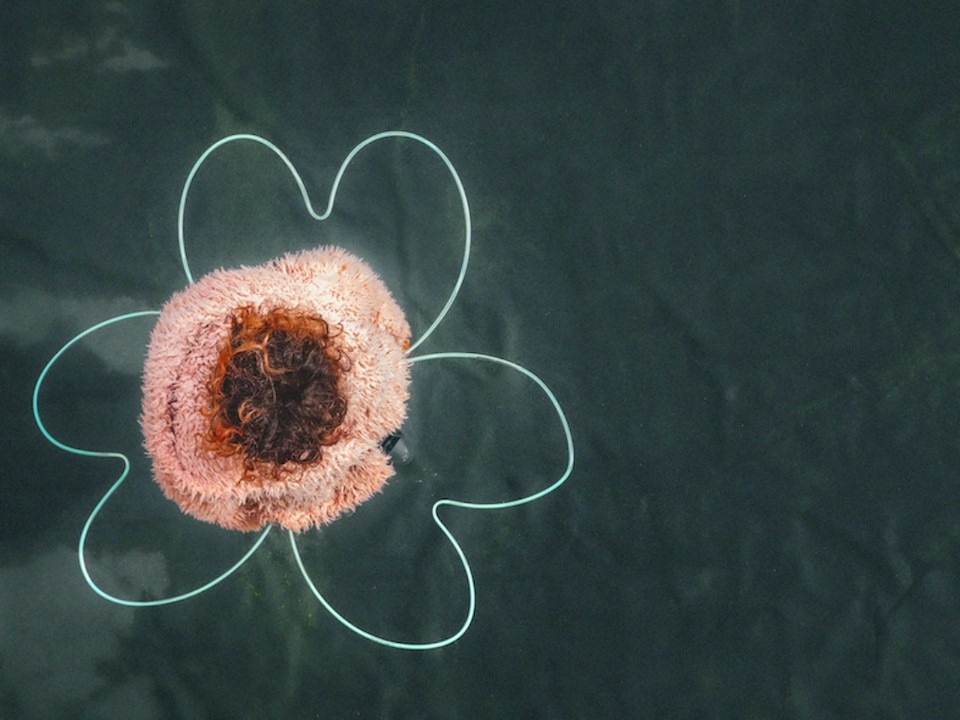Opening image: Alberto Ponis, sketch of Stazzo Pulcheddu, 1975
May 8th
The End (a new beginning)
On Monday, May 4, Phase 2 began. At 6:30 p.m. I get off work and go for a walk in Trotter Park, which has finally reopened. There are many people, even some kids playing football in the main square. The police pass by and makes them stop. Somehow this diary ends there.
This new phase gives back some freedoms, turns a blind eye to other things. It is not a real turning point but a relaxation of quarantine policies. Are we going to have a new virus spike in 15 days? Judging by the families walking around without masks and the teens draining yet another Negroni between towers of empty plastic cups, maybe we will.
(AS)
I haven't been out yet. Everyone keeps telling me “come out, come out it’ll be good for you!”: Alessandro, my mom, my colleagues, my friends. In these first days of Phase 2 I noticed from my balcony that more and more people are crowding the sidewalks, driving their cars with loud music, or on their bikes with shopping bags hanging from the handlebars.
I feel like when, as a child, my grandmother used to wet my legs and arms with sea water to get me familiar with its temperature, to convince me – finally – to take a bath.
It took me a while but then I ended up staying in the water all day.
Soon I’ll be out and it’ll be another story.
(GR)
In these two months we have put together ideas, presented projects, talked to people. Thanks to these voices, we have told a unique living condition since Domus was born. There will be new things to tell, new challenges to face. This diary ends with the end of quarantine, of isolation. The fear remains, together with the emergency, but also the desire to build a better future. For that, however, we'll need another diary.
(GR + AS)
May 7th
Starting afresh from beauty
Since living coincides with virtuality, the home space understood as a dimension of the spirit has become superfluous: that’s a place that no longer lends itself to living or living together. Perhaps living tires. Let’s make a clean sweep then, and throw away all the objects that we no longer caress, those that are not part of our tears, whose origin is unknown, even if they followed us in our moves, those that we would never take with us in our graves.
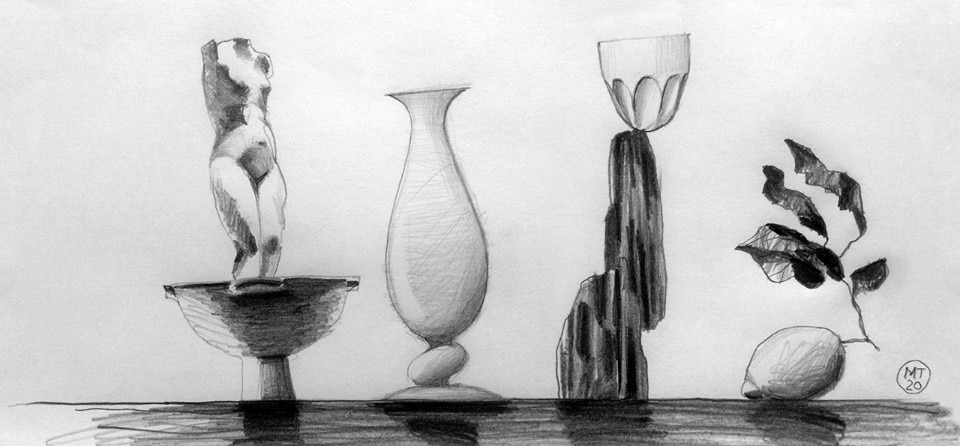
We only keep the objects that will be there even after us: the inevitable objects. So we will be able to reconstruct the lost sense of living as a mystery of Beauty, making the house a place of contemplation of a new springtime, cleansed of the fine dust of amnesia.
Starting again from Beauty we go back to “living poetically” and we will be able to face the economic and social bradyseism of the post-pandemic period with an imperceptibly brighter soul.
Mario Trimarchi is an architect and designer
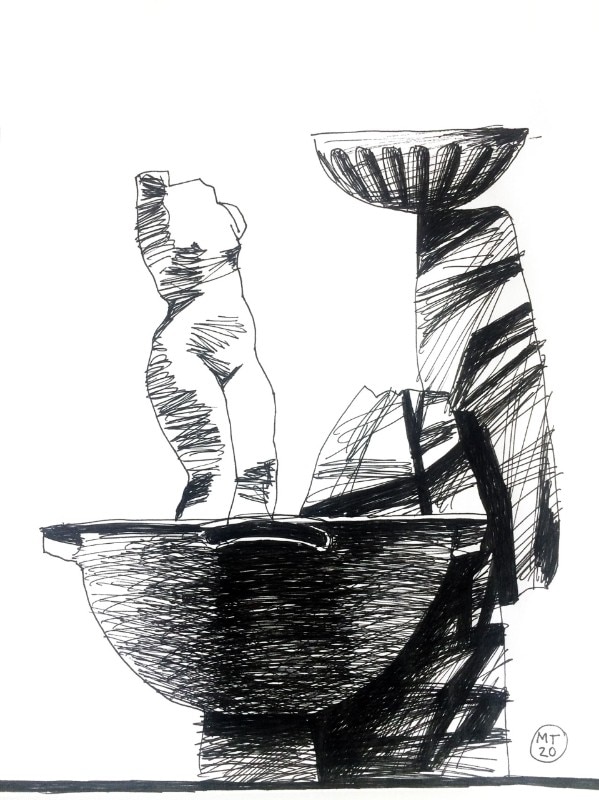
May 6th
Alberto Ponis, an archive of houses
Alberto and Annarita were in Palau when they answered the phone: they are working on the arrangement of the studio’s archive, a work that started almost 10 years ago, they tell me. They take me with them on a virtual tour of the house they live in, which is “a building on the edge and empty inside”. A house that gently slopes from one courtyard to another, passing through the garden, punctuated by small terraces populated by fig trees, rosemary and papyrus, up to the reed that fronts onto the sea.
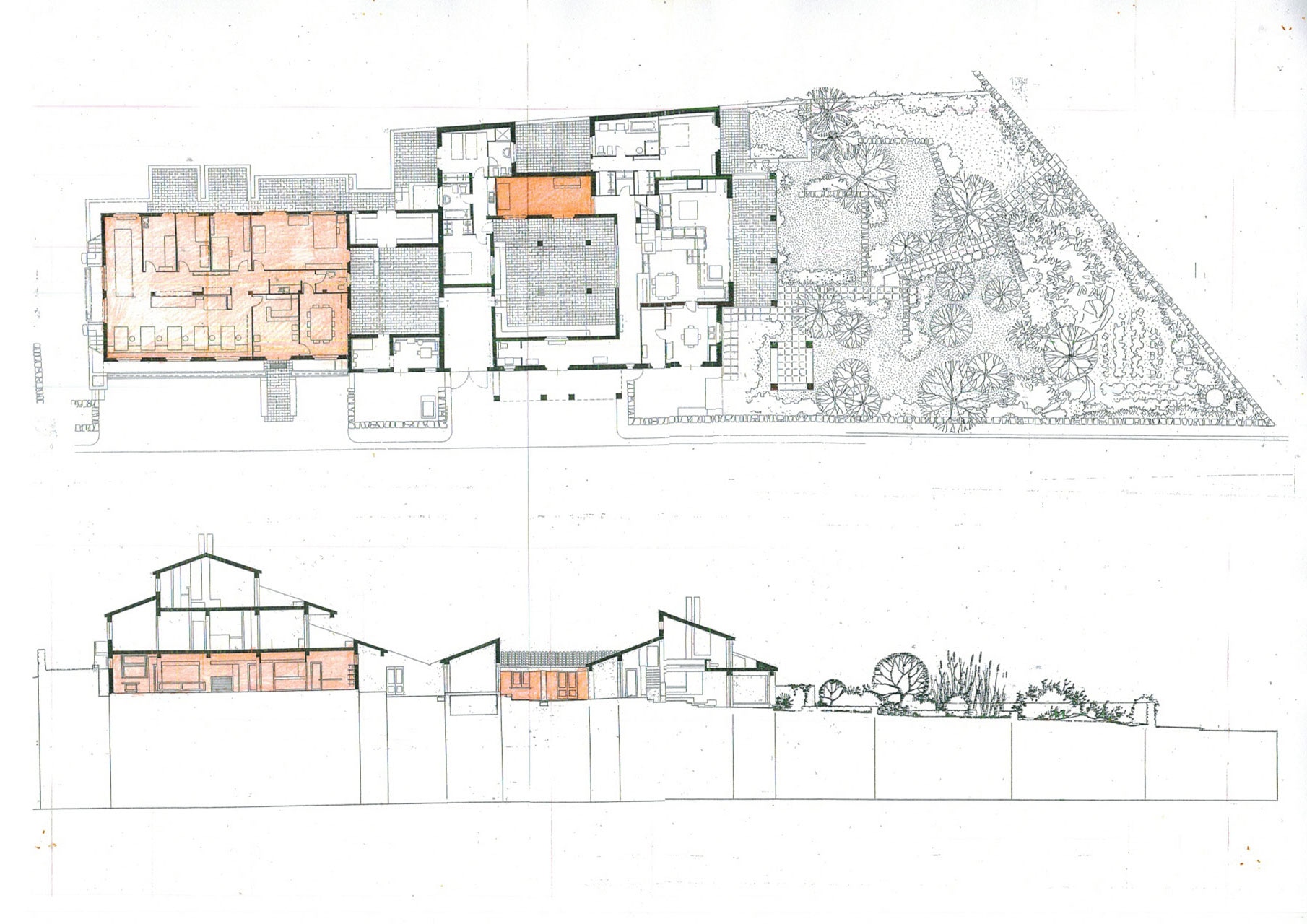
The master, a Genoese native and inveterate traveller, arrived in Sardinia after studying in Florence and working for Ernő Goldfinger and Denys Lasdun in London in the 1960s. Right there he was “struck by the urban landscape, the bright red of the letterboxes and the blue doors of the houses”. It was with his artist friend Enzo Apicella that some commissions arrived in Sardinia, during the years of the building boom, which “stopped too late”. From the first house in Palau (published in Domus n.419, 1964) – white painted, a colour he never used again in Sardinia – to Porto Rafael and Costa Paradiso, there are countless houses designed by Alberto and his studio. Here they stopped, creating an archive of houses and ways of living over time. Alberto himself tells me he feels privileged to be there, since little has changed for them: they carry on working on the archive even during lockdown.
(GR)
Alberto Ponis is an architect, Annarita Zalaffi is an engineer.
May 5th
Scraps of an interview: Francesco Vezzoli
[About Instagram] “I mean I got rid of it because I could see people posting pictures of themselves with their butts hanging out and saying “This quarantine sucks, I miss Ibiza”. I would do some conceptual work on it, putting the photo of this young lady on one side and the photo of the death toll of that day on the other. I don’t know how a person in his right state of mind or also, in his right state of heart can think of posting such nonsense when the world is falling apart, when even the heads of state are talking nonsense, when the Prime Minister of England speaks of herd immunity, when the Queen of England speaks to the State after 25 years, when Donald Trump says “inject a dose of disinfectant.” Well, if you can’t find better things to do than say “I miss Ibiza”, as far as I’m concerned, I take you, your Instagram and Ibiza, pack them up and throw them into the ocean.”
[About love affairs] “The pandemic forces us to reconsider the terms of our relationship with feelings. For obvious facts: who is single is much lonelier, who is in the family must live this dimension in a much more cohesive way. Even in the future, as long as the situation remains as it is, you will have to decide at most to form a cluster of one or two friends and ensure the safety on the serological level, so as not to hurt each other. So, let’s say that love declinations have returned to the foreground, because the whole hedonistic-seductive, multi-Grinder and multi-Tinder phase moved to the background. Now on these social networks there is a disclaimer, “we continue to exist, but you are requested not to meet”. It is a conceptual work of art in itself. Unfortunately, someone decides to meet anyway. These people have all my reprehensible disdain, because whoever puts people’s health at risk is a criminal”.
(GR)
Francesco Vezzoli is an Italian artist.
The main consequence of Coronavirus, on the contrary, should be an acceleration of some changes which are already underway
Michel Houllebecq is a French writer.
May 4th
Condominy and its dream rooms
The book Condominy was born in a special context, from the work of a multidisciplinary group – the artists Cristina Pancini and Paola Gaggiotti with the architects casatibuonsante – and the young people from the Progetto Giovani (Youth Project) of the paediatric oncology department of the IRCCS Foundation, the National Cancer Institute of Milan. The young patients, who are between 16 and 24 years old, are forced to isolate themselves because of their immune system condition. Together with the group, they have given shape to their ideal rooms in a “large collective living space”: a condominium (virtual and real) made of shared imagery and virtual exchanges. Each one has designed the shape, imagined the possible actions and views, decided the floor of their own room in that condominium. Matteo Davide, one of the residents, says that “it is important to learn how to be alone. You will discover things about yourself that you didn’t know yet, and if you can feel good about yourself, you will enjoy life better. That’s what isolation taught me”. A reading that could teach us something about determination and imagination when isolation is necessary.
You can request the pdf of the book for free through Instagram or by sending an email to condominy@gmail.com. On YouTube you can listen to Condominy’s playlist.
(GR)
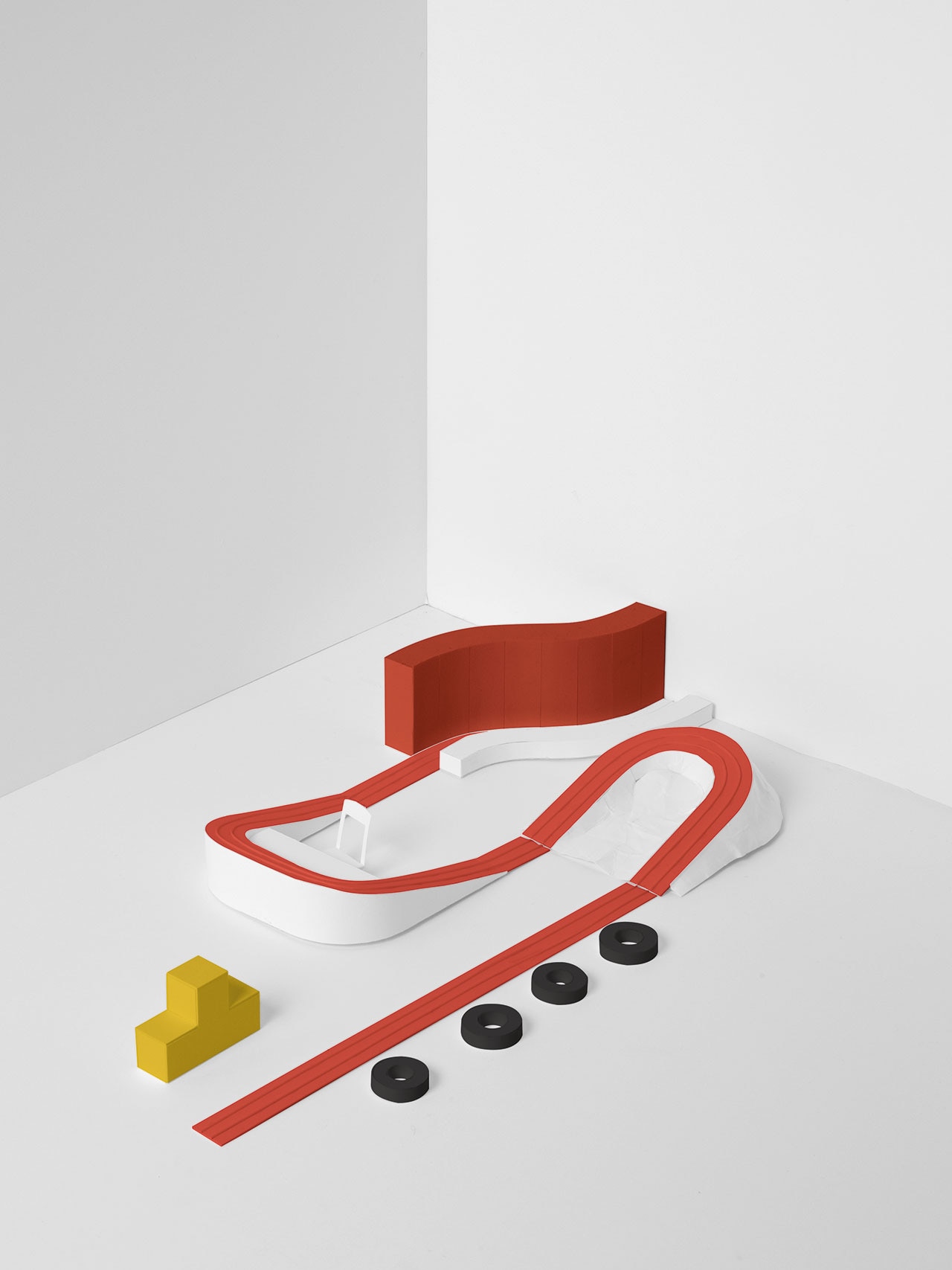
May 1st: International Workers’ Day
The end. This quarantine seems to be coming to an end.
I hear enthusiast friends, excited to get back at work, I listen to the voices of those who wait for the workweek with unprecedented joy: a way to get back to normality, to something that feels like a normal day. A today that projects itself into the future, as all todays should do.
And then there’s me. Or rather, and then there's us: the show business workers. Several of us who still don’t know if work will start again, how and when it will do so.
Today is May 1st. It’s the International Workers’ Day. I’ve always liked this day, it was sunny, there was music, there were friends. Now I also like the beginning of our Constitution, “Italy is a democratic Republic founded on labour”. In the past I hated this beginning, I used to think about work and read it in terms of productivity only. Now, that Article 1 has become a portrait of faces for me. Faces that engage themselves, that seek, that give a value to their day, risking something. Investing time, effort, sweat, pain. Choices.
Today is May 1st and my face is not in the picture I see.
Francesco Bressan, actor and performer, deals with theatre, dramaturgy and performing art. He is part of the duo Bressan/Romondia.
April 30th
Rethinking the entrance to the house, the entrance hall
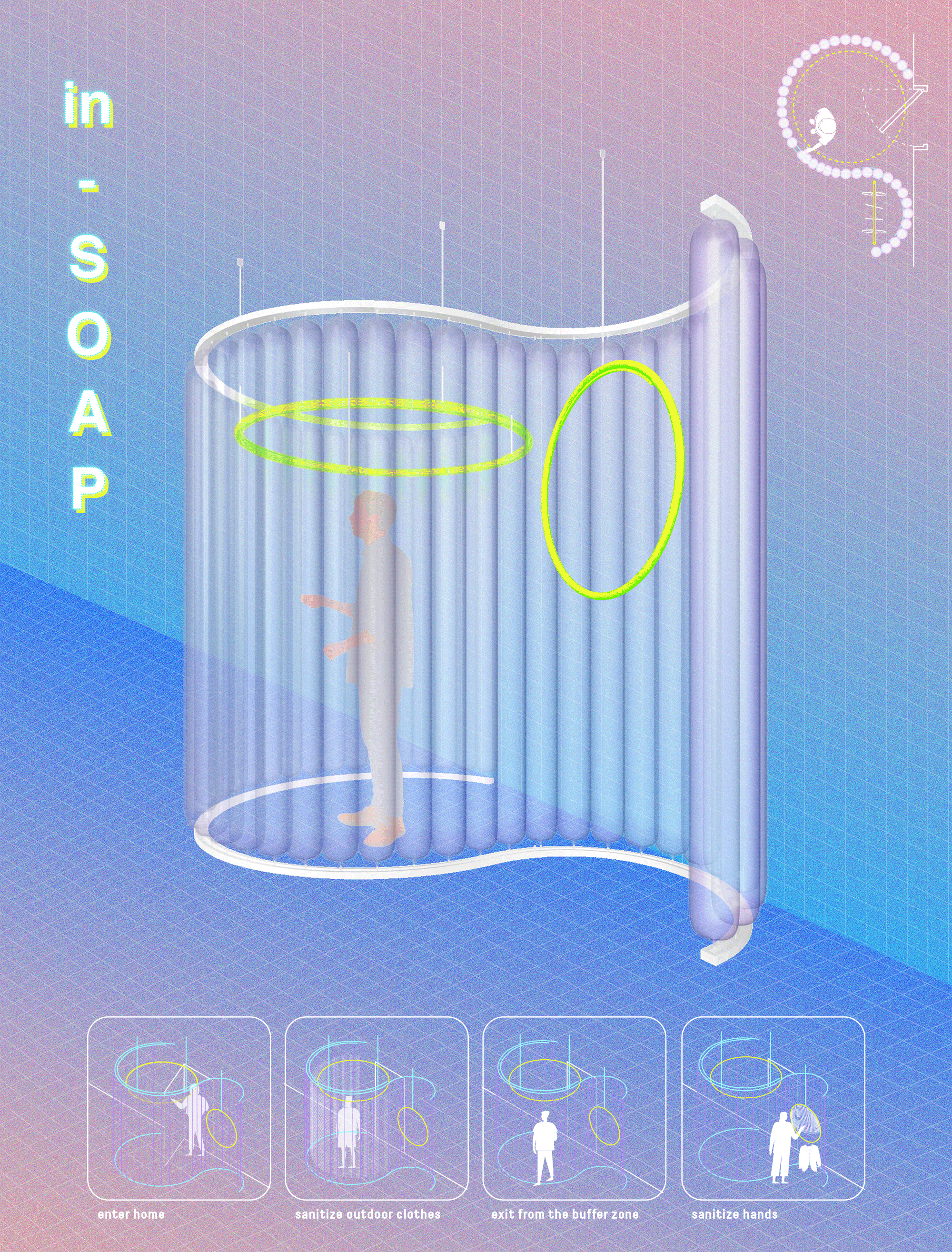
Lorenzo Sizzi and Müge Yürüten are two young architects. At the beginning of the quarantine they decided to face this period together. And they realized that one of the most stressful moments is when they return home, because “cleaning has to be done as soon as you cross the threshold and, above all, it is not enough just to wash your hands”. Hence In-Soap, a project in which “soap itself becomes a space”, placed right at the entrance of the house.
The project is based on a “buffer zone” divided into two areas. The first is protected by a membrane, while the second opens towards the inside of the house. Everything is designed in order to adapt and change according to the type and size of the entrance of each house. In-Soap participated in Fountains of Hygiene, which we have talked about here.
(AS)
April 29th
The loneliness of the bodies
“I have to bring you a book, I’ll come on Friday around noon. I’ll stop by on my way home from the studio”, tells me A. on the phone, “unless you don’t mind”. I tell him it’s okay, I really mean it. I jokingly add that “we don’t have to exchange effusions anyway!”.
We laugh.
That Friday my friend A. arrived by bike, we met in front of the doorway: I was in the hall, he was on the sidewalk. He was wearing the ordnance mask. When we meet, we usually give each other two ritual kisses on the cheeks, but now it is obviously unthinkable to do so. We were both unsure what we should or shouldn’t do. We overcame the impasse with a pinch of fatalism, imitating the same gesture in the air, and exchanging a smile. He told me about the book, and then we said goodbye.
After 50 days stuck at home, A. was the first person I saw at close range, except for my roommate. I realize that for 50 days, I’ve been thinking about my front door as an insurmountable limit. I only went out a couple of times to buy groceries in early March, before using the delivery services. Sometimes when I’m on my balcony I have the impression that my skin almost burns on contact with city air.
It was nice and strange to see A., it was also the first time I tested myself in managing the distance of my body from the others. Redefining a new proxemics will be less than obvious.
Ah, the relatives!
(GR)
April 28th
What will be left of this quarantine: a participatory list
In Italy, May 4th was expected to be the beginning of the so-called “phase 2” of the lockdown. Actually, considering the number of liberties that are given back, it seems more like a phase 1.1 to many people; in the meantime, I tried to make a list of the things that we will remember and the things that it will be worth not forgetting about, of these terrible and incredible days together.
It is not something you do alone. I asked a few friends and colleagues to help me. And I would like you all to participate.
1. The tape strips outside and inside the stores to mark the “acceptable” distance between people;
2. The Travis Scott concert on Fortnite;
3. The photo of the “socially distanced” demonstration in Israel;
4. Washing your hands constantly, until they hurt;
5. The shoes left outside the house;
6. When I went out for jogging and then they banned it;
7. The first week when we were all out on our balconies, then we acted as if they never existed.
8. All these live videos on Instagram, YouTube, streaming, people who stream them all day long in general;
9. The photos of Mattarella and Pope Francis;
10. Coronavirus memes (“adopted” by Marianna Guernieri);
11. Birds singing like mad at all hours of the day (also Marianna);
12. Homemade bread with sourdough, “smash hit” ingredient of the lockdown (Raffaele Vertaldi);
13. The sun bench in the communal garden where I had never gone before (Loredana Mascheroni);
14. At the supermarket, opening vegetable bags wearing gloves and mask (also Loredana);
15. Breakfast every morning, a habit lost for years (Romina Totaro);
16. Parked cars covered with poplar pollen (also Romina);
17. The silence, so deep that at night it seems to be in the countryside (Simona Bordone);
18. The educational advertisements at bus stops (Simona);
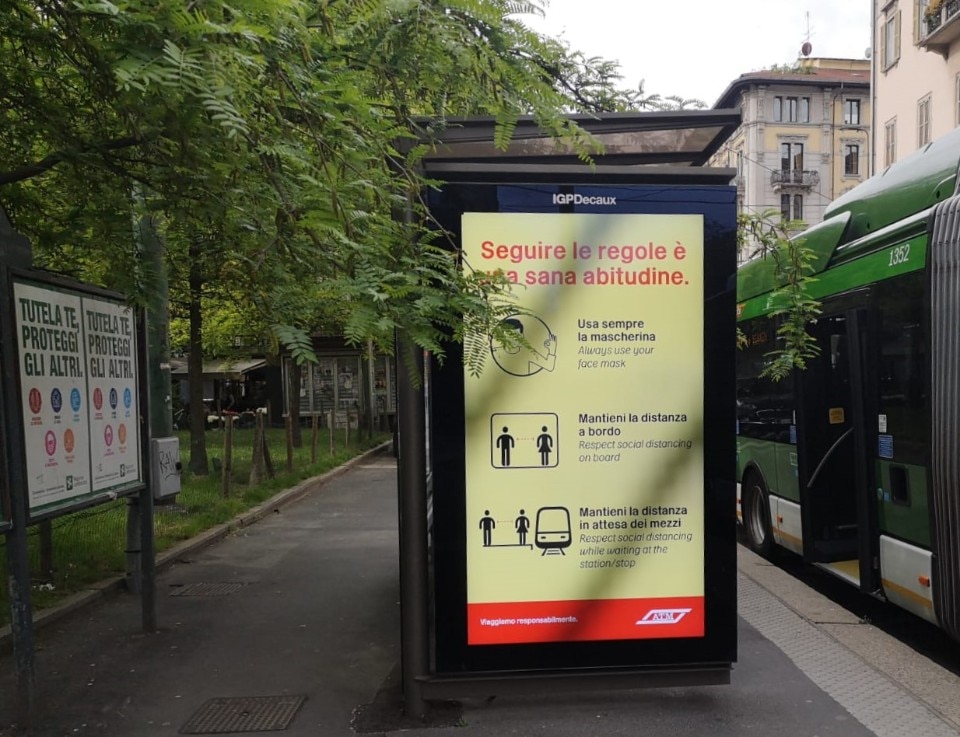
19. The e-mails on Google Classroom for online classes of primary schools and kindergarten (Giulia Guzzini);
20. The seconds punctuated by the apps for training at home (Giulia);
21. The messy hair due to the closed barbershops;
22. Whole weekends spent in a 2 square meters balcony (Cristina Moro)
23. The adrenaline of Saturday morning for going to the newsstand (Cristina);
24. The photos of the man sunbathing on the beach in Rimini surrounded by the police (Nicola Peluchetti)
25. The “boomers” who meet for everything on Zoom: the “zoomers” (Sara Sagrati)
26. @lebimbedigiuseppeconte
27. The dark sky at night, without airliners (Elena Sommariva)
You want to add something to the list?
I’d love to!
Write me on IG @alessandroscarano20 TW @a_scarano or scarano@edidomus.it
April 27th
São Paulo. A day in the life of Marcio Kogan
A Day in the Life – April 18th in the fateful year of 2020, is the title (quite Beatles-esque) of the video that Marcio created for this Diary. It was Saturday 18th of April when he recorded his actions and the details of his everyday life, describing them through his voice.
(GR)
Marcio Kogan is a Brazilian architect and founder of Studio MK27, based in São Paulo.
April 24th
What about the sharing economy?
I go out to the grocery store and at the traffic light on Viale Monza there is just me and an Enjoy, the red Cinquecento that symbolises Made in Italy car-sharing. Until two months ago there was a river full of cars. I get home and I receive an email from Lynx & co, in which they ask me for an interview. It is a car brand that uses the “Netflix model” instead of the classic twenty-first century dealership. And what happened to Hellbiz and Lime electric scooters?
Before the Coronavirus broke out, the sharing economy seemed the basis for redesigning our lives in the future, especially in the city. Will we return to share after the emergency, will we still trust Uber or Airbnb? Some say no. Actually, the new economy expert April Rinne thinks this could be a new beginning instead. In a long article on Medium she argues that community and virtuous sharing will survive, that of Airbnb which provides homes for the medical staff, and perhaps, that of underpaid drivers will collapse.
(AS)
April 23rd
The time of quarantine
The group of architects, photographers and graphic designers of Fōndaco works between Toronto, Milan and Berlin. In order to understand how the rhythm of their daily lives was changing between work, relaxation and calls, in the week from 24 to 30 March they decided to collect data on their everyday activities.
The result was “The time of quarantine”, a handmade data visualisation, in which they transformed the single activities into small graphic symbols. These almost seem to belong to an archaic forgotten alphabet but, for them, “the inspiration comes from the visual musical scores for Ambient 1: Music for Airports, an album by Brian Eno and Robert Wyatt from 1978”. The symbols are distributed on a pentagram that actually has 7 lines, and each one stands for a member of Fōndaco.
(GR)
Fōndaco is a multidisciplinary group based in three different cities: Milan, Toronto and Berlin.
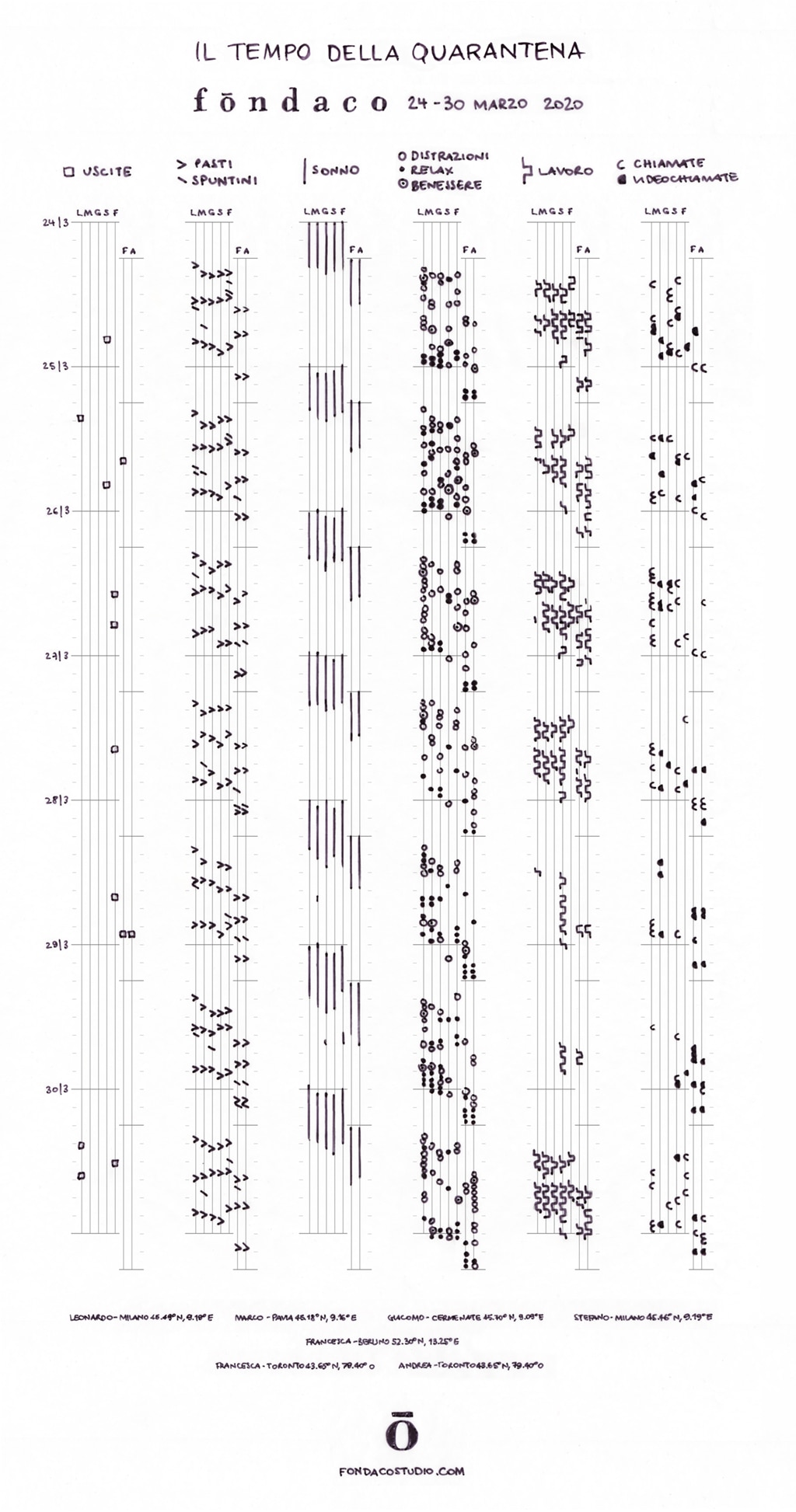
April 22nd
My house, different
“The house where I grew up is big, and it's the same house I'm living in during quarantine. My mother, my father and me. The size and arrangement of the apartment allows you to isolate yourself in your own space without necessarily interacting with each other. If I had to redesign my house today, how would I do it? My routine moves between rooms, doors and windows, drawing a completely different plan. But if my house has “shrunk”, my private space sometimes comes out of the walls. At night, when everyone is asleep, the porch of the building becomes an extension of my room. It is my true moment of privacy: there I am. All alone”.
Beatrice Balducci is a PhD student in Architecture at the Polytechnic University of Milan, where she deals with emergency and security.
April 21st
Postcards from a Paris reconquered by nature
Lina comes from Beirut, but has lived and worked in the French capital for years, near Place de la République. Her house and studio are 2 minutes’ walk from each other: “I feel like I’m guarding the studio. It’s awkward, I’m always very busy, all day long, even if everything seems to be still”, she tells me. It’s in that short stretch of road that the architect recognises small changes in the way nature relates to the city and inspired by this vision she created her series of illustrations.
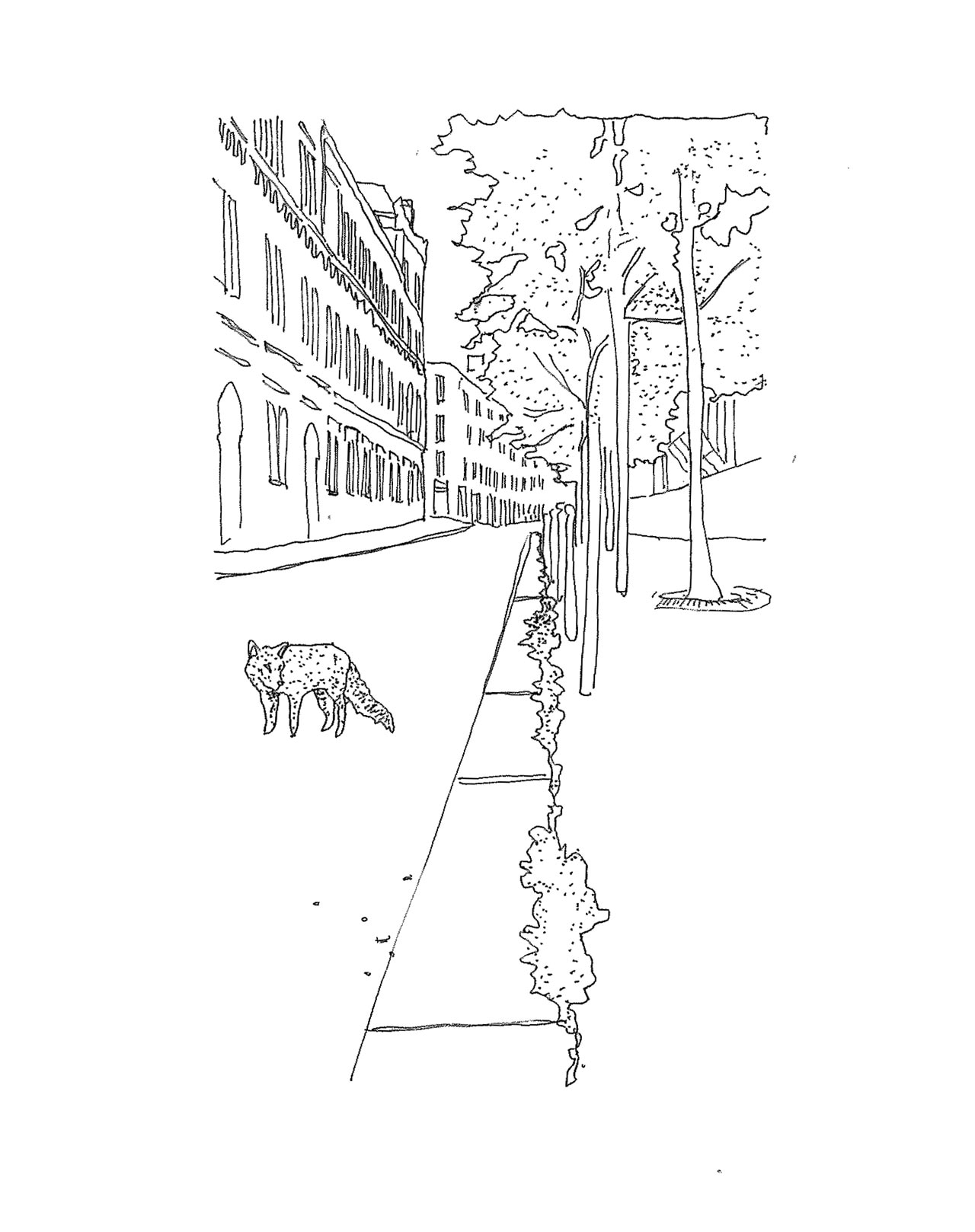
“We have always imposed confinement on other species and now that we are the ones who are confined, I find the way nature is taking over the spaces of the city very poetic”. We discussed about Paris and Beirut, about their profound difference: the first with the Haussmannian tradition of extreme control over the natural element, while the second is the result of the stitching of different urban plans, in whose cracks creep ruins and nature. Paris is therefore a completely eccentric point of view, from which to observe this renegotiation of the urban space.
I ask her about how her observations will influence her architecture: she tells me that in the past decades, man have mostly seen nature as a threat rather than as an opportunity or a field of learning. This may explain why our cities have been built aggressively, embedding a feeling of violence. What she is observing in these days reinforces her feeling that the symbiotic reconciliation between the mineral city and the natural one is today, more than ever, essential.
Lina Ghotmeh is a French-Lebanese architect and founder of Lina Ghotmeh — Architecture. Stone Garden, Beirut, has been published in Domus n.1045.
April 20th
A little Grand Tour, staying at home
ArtAway is a project that allows you to visit Italy, its cities and artistic heritage, even during the lockdown. On the one hand it exploits Google tools – Maps, Street View, Arts and Culture – and on the other, real experts who guide tourists on this virtual journey. Behind this project there is Video Sound Art, a contemporary art festival that was born in 2010, which is also a production centre. “Everything was done just in 10 days,” says Laura Lamonea of VSA. “It was easy for us because it's partly something we already do”.
The creation of the tours, where the great tradition alternates with niche references, was the longest but easiest part, “because it was closer to our experience”, explains Laura. She mentions the example of the virtual tour in Naples with a great personality from the past, Caravaggio, and one from the present, Anish Kapoor, and the Fontanelle cemetery, something very peculiar with the tradition of the living to “adopt” the bones of the dead.
But there is also space for the unexpected, like the Chianti, where the cellars open up to contemporary art.
ArtAway was born after the proposal of a Silicon Valley product manager, Paolo Gabriele Falcone. Laura Lamonea tells us about a very concise job,: there were six people working, including the single developer who set up the whole site in a few hours. “A very cohesive group, which managed to bring out the best. Even though each one worked from his own house”. Now the intention is to take the project, “born as a reaction”, beyond quarantine.
(AS)
ArtAway is open to everyone, on prior reservation. The site is artaway.com
April 17th
Staged promiscuity: is my kitchen a public space?
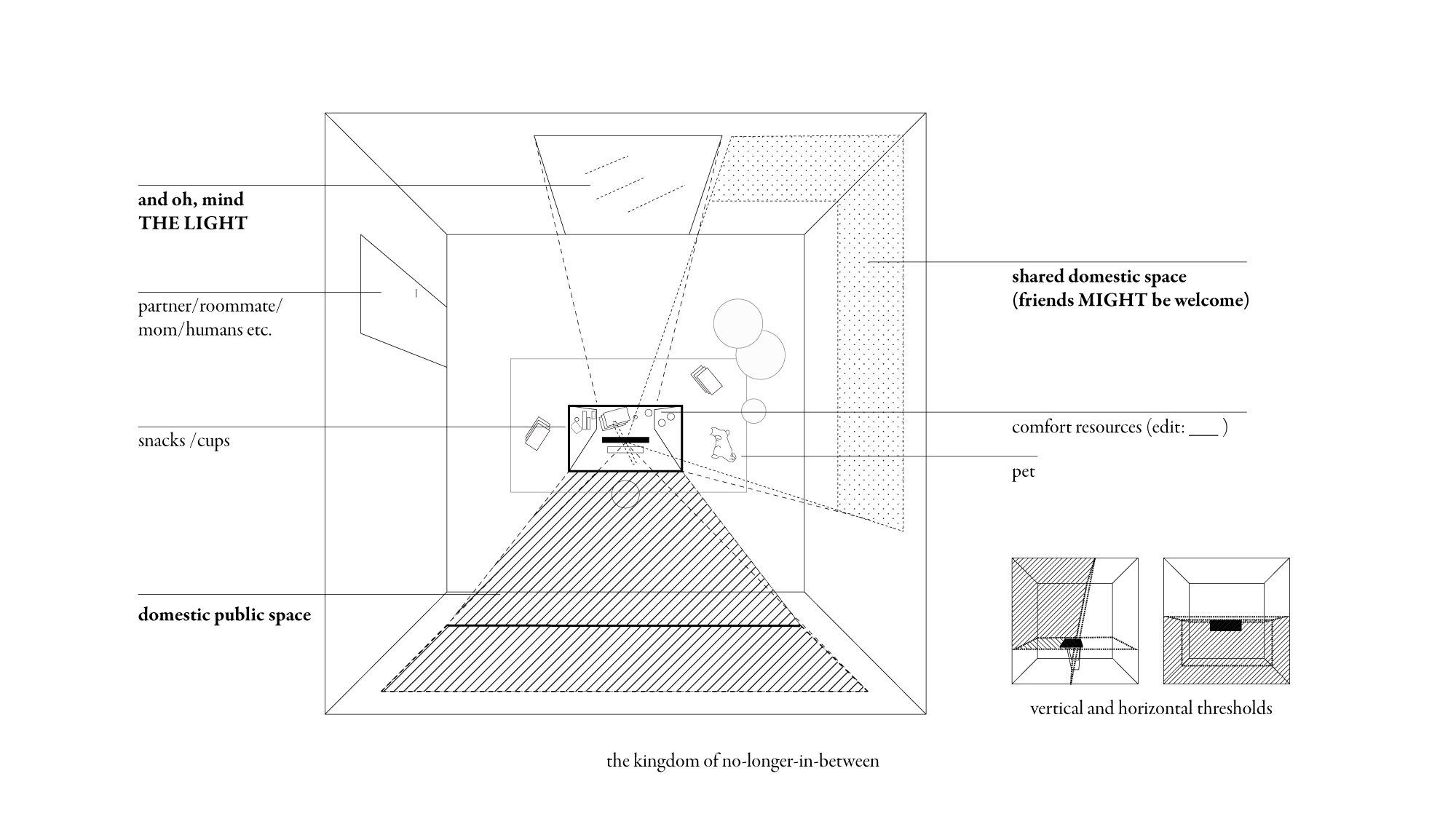
“The personal is political. But are we sure we still know what’s public?
The webcam, to the sound of lectures, meetings, online press conferences has moved the threshold of the concept of “home”, plunging a new border, vertical and horizontal, in the middle of our private space: a part of the domestic space has become public.
How do you furnish this space? And above all, who decorates it?
We can think of ourselves as the only designers of a new stage of ego, setting up self-celebrating backgrounds: but this too is action-reaction, a response to a judgement we attribute to the audience.
It is habitat but above all a public space, because it is designed by several designers and by their interactions. It is the realm of the in-between by Aldo Van Eyck, today”.
Lucia Baima and Giovanni Comoglio are architects, Ph.D.; he is an architectural historian and contributor to Domus, she is a researcher at the Polytechnic of Turin.
April 16th
Teaching architecture between London and Calabria
“We think that the online platforms that enables our course to continue are working for about 1/3 of our students, while the other 2/3 would like to go back to the studio” Sandra Denicke-Polcher and Jane McAllister tell me via Zoom. Until 15 years ago their school mainly had students who were able to study full-time. “Now things have changed a lot”, says Jane “the week for an average student is very different, it is not only about focusing on the education, they must balance their work and their studies, making money and looking after their children”.
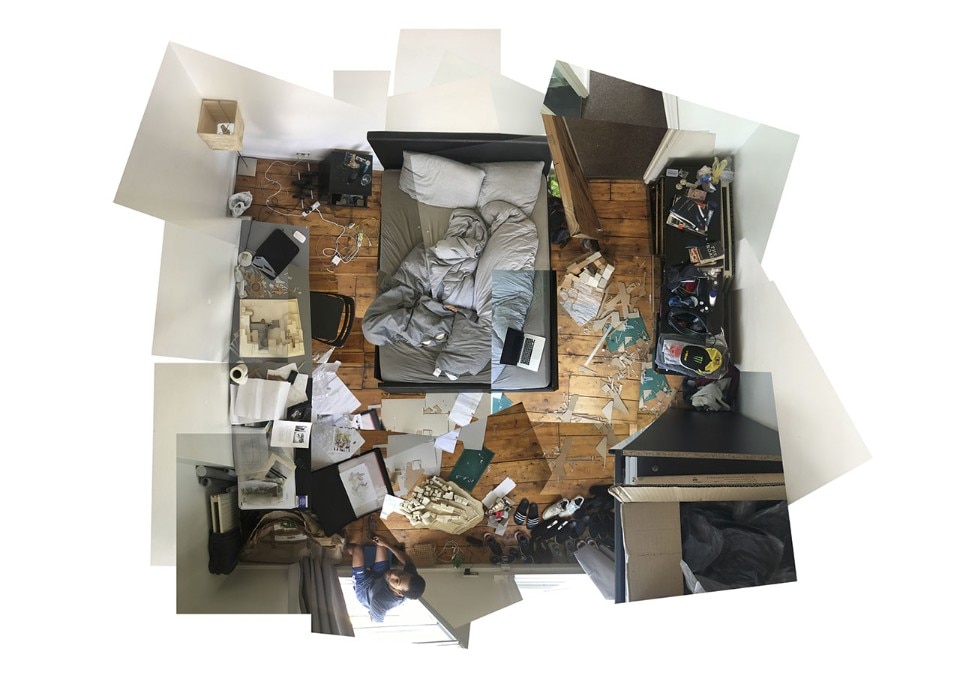
Sandra and Jane’s design lab focuses on the revitalisation of the village of Belmonte Calabro, in Southern Italy, where they travelled to last February, right before the Coronavirus outbreak. In order to engage the students of the whole school, they have set a range of moments where they travel to Belmonte and carry out different activities with the citizens, the migrants and a network of professionals supported by the cultural association La Rivoluzione delle Seppie.
Like many others, their course was transferred on online platforms. Sandra points out that “it is a solution to a crisis, but platforms work really well – imagine if we had to shut the university!”. Rita Elvira Adamo adds that “these platforms give you the possibility to go on teaching” but, nevertheless, every student reacts differently.
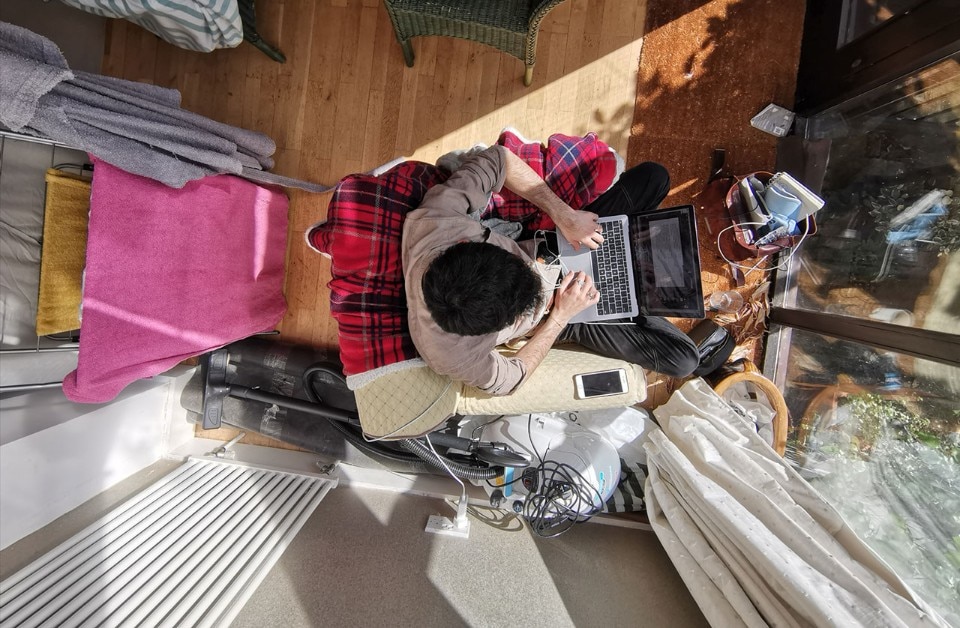
But how does teaching architecture change when it becomes digital? Materials, such as drawings, models and mock-ups make it hard to transfer the experience of a design studio through the screen.
This becomes particularly explicit at The Cass, known for its practical approach, and where the figure of the architect is not at all conceived as a deus ex machina: “we attract students that want to learn through making and that are interested in our socially oriented ethos.”
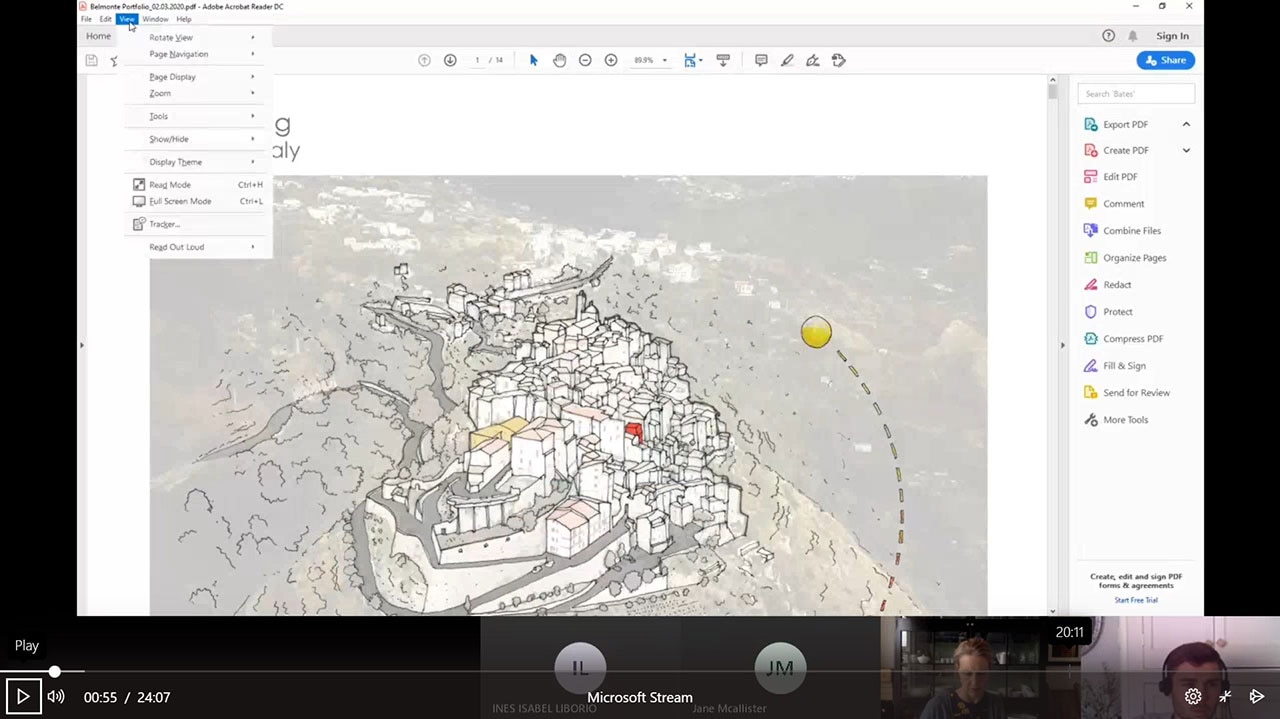
They tell me about their students, about the fact that this year’s group is particularly well-integrated. Most of them, they tell me, really depend on contact with peers, an interaction that Sandra and Jane try to encourage even via the online platforms: they work around their models in a communal way, producing them and discussing them together. Inclusion is a value that starkly emerges from our conversation – even if the word itself has never been pronounced – and they tell me that some students might benefit from the flexibility of online education. “There are very good things that are coming out of the digital, but we think we have to keep a very watchful eye, so we don’t reduce this kind of person-to-person interface. If we were to project forward, the idea of a combination might work well!”
Sandra Denicke-Polcher and Jane McAllister teach the Undergraduate Studio 3 and Postgraduate Unit 6 at The Sir John Cass School of Art, Architecture and Design at the London Metropolitan University.
Rita Elvira Adamo is a PhD candidate at the Università Mediterranea di Reggio Calabria and academic facilitator at The Cass, MET London. She is founder of the cultural association La Rivoluzione delle Seppie.
At Banksy’s house
April 15th
Milan: the lost city to remember (2020)
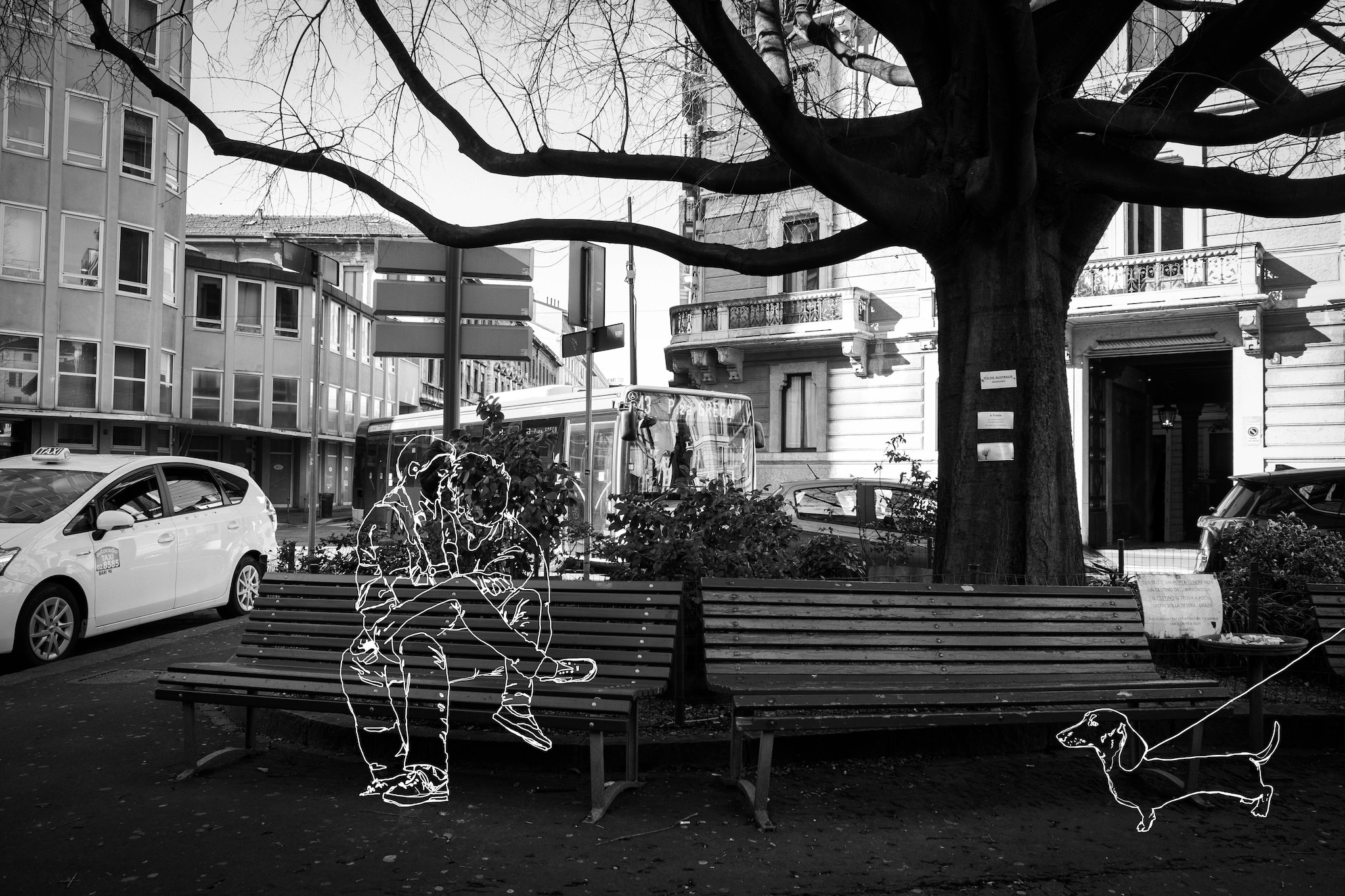
Giulia Dal Bon and Camilla Spadaro are two students of the Brera Academy; Giulia studies graphics, Camilla art and new technologies. When the quarantine was not yet effective, but there was already a different atmosphere in Milan, they decided to describe it in a project that would integrate the photographic documentation of those days, rigorously in black and white, with drawings made with digital techniques. These images are the final result: A different fog.
April 14th
Home, office and hybrids: Mexico
Manuel Cervantes has two studios in Mexico City, or maybe it is more appropriate to say that its studio is divided into two parts. The first, in chronological terms, is more closely related to production and functioning; the second is a space located in his own house. It is in this second location that the conversations with clients take place: according to Manuel, holding these conversations in a domestic environment is “a way for the client to understand what we do and who we are, as well as my values and my understanding of things.” For the architect, these dialogues are held in a convivial atmosphere, sometimes sharing a meal or sipping coffee.
By the time the Coronavirus arrived in Mexico, these meetings were suspended or transferred to digital platforms and, says Manuel, “it is clearly impossible to offer this kind of experience of space and interaction through Zoom.”
(GR)
Manuel Cervantes owns the studio that bears his name, based in Mexico City.
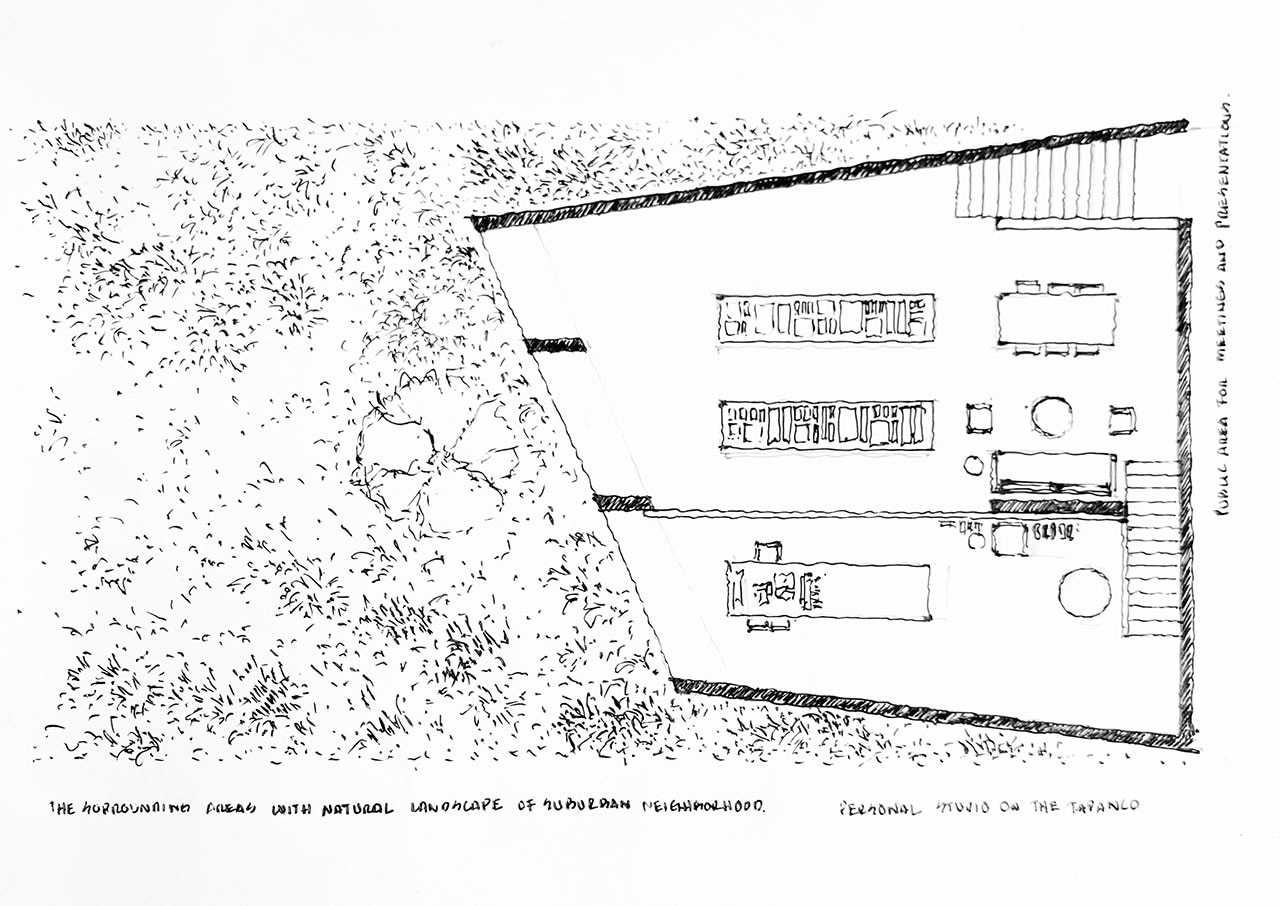
Home, studio and hybrids: Italy
I’ve had an intense relationship with my home-studio for many years. We are very much alike because even my studio cannot conceive of a division between architecture and life. Everything must flow continuously. From the bedroom, a door leads directly to the main room of the studio where our staff used to work before the quarantine. Now they draw remotely and the door is always open, and so even this last faint filter has vanished.
There is an ironic photo about my relationship with the house/studio: it represents me as Monsieur Hulot, living in all his spaces at the same time.
During this quarantine, with the slow passing of the days, I had the impression that the provocation of that photography was evolving, until it reached a suggestive and unexpected fulfilment.
I believe, in fact, that in the next few days my fate will finally come true and I that will transform myself into my own house. After all, it’s only fair. Isn’t it perhaps the destiny of the artist to coincide?
Flaubert had already warned us: “Madame Bovary c’est moi” (“I am Madame Bovary”).
Filippo Bricolo is an architect. He founded Bricolo Falsarella Associati together with Francesca Falsarella in 2003, he teaches at the Polytechnic University of Milan, at the campus of Mantua.
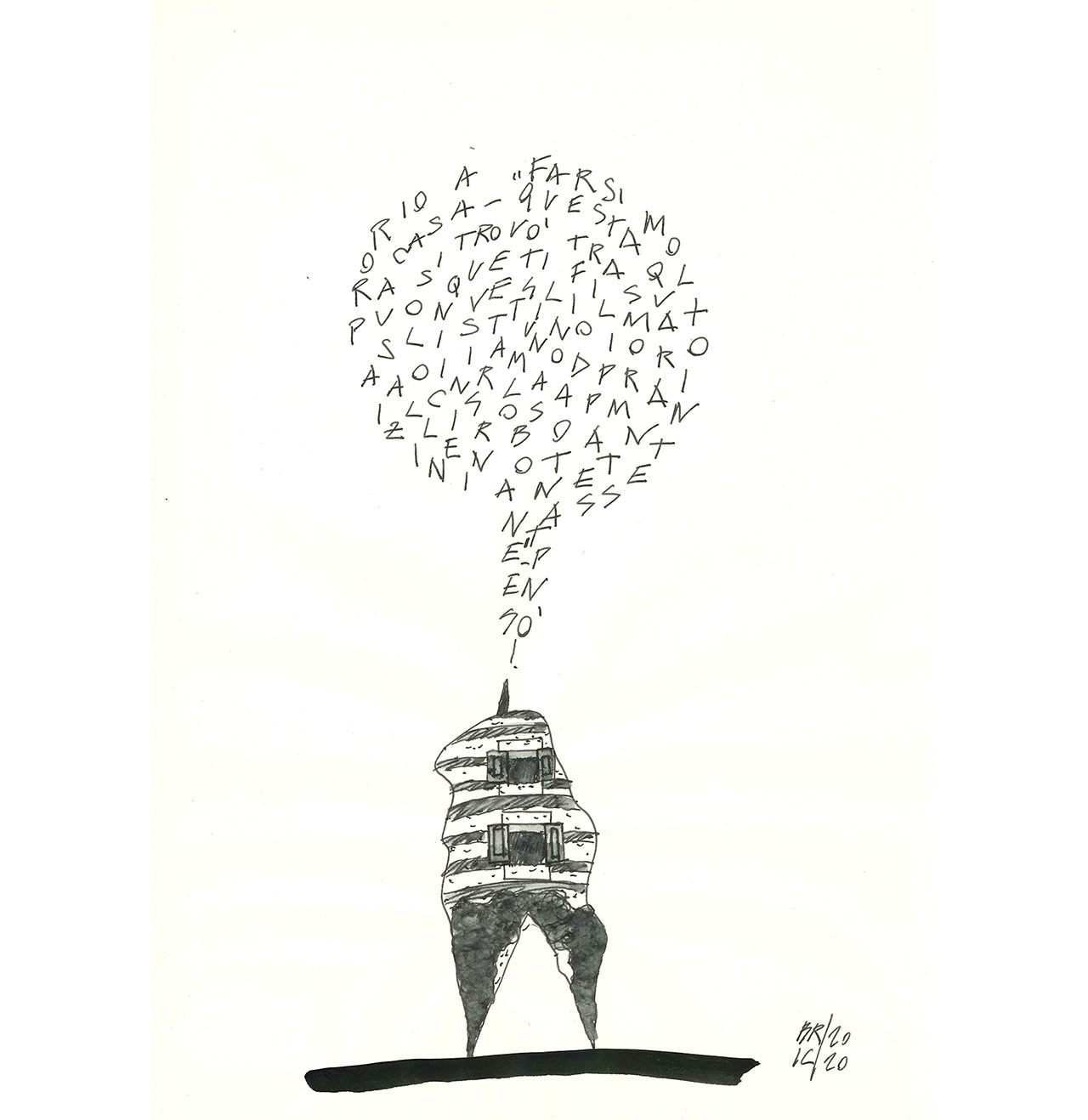
April 11th, the day before Easter
Distancing the dead
Every night, the Italian Protezione Civile communicates up-to-date data about the contagion. It does so with a primitive table that seems to be printed directly from an excel sheet, the data arranged in separate columns with bright colours. It lists the number of hospitalized, how many in intensive care, then the self-insulated and healed.There are many doubts about how much this data can be useful to give us a clear idea of the contagion. And then the number of deaths, which according to a recent Istat study could be many more. As of April 10, 2020, 18,849 people officially died in Italy due to the Coronavirus, according to the Civil Defence. Of these, more than 10,000 here in Lombardy.
One of them was my father, and what you will hear below is the story of how the always fluctuating space between us became, suddendly, infinite.
(AS)
April 10th
Designers and their children
Stephanie and Georg are the founders of the practice Davidson Rafailidis, both teach at university - she teaches design in Toronto, he architecture in Buffalo - and, as well as partners, they are a couple: they live in a small cottage outside the city with their two young children, Max and LouLou.
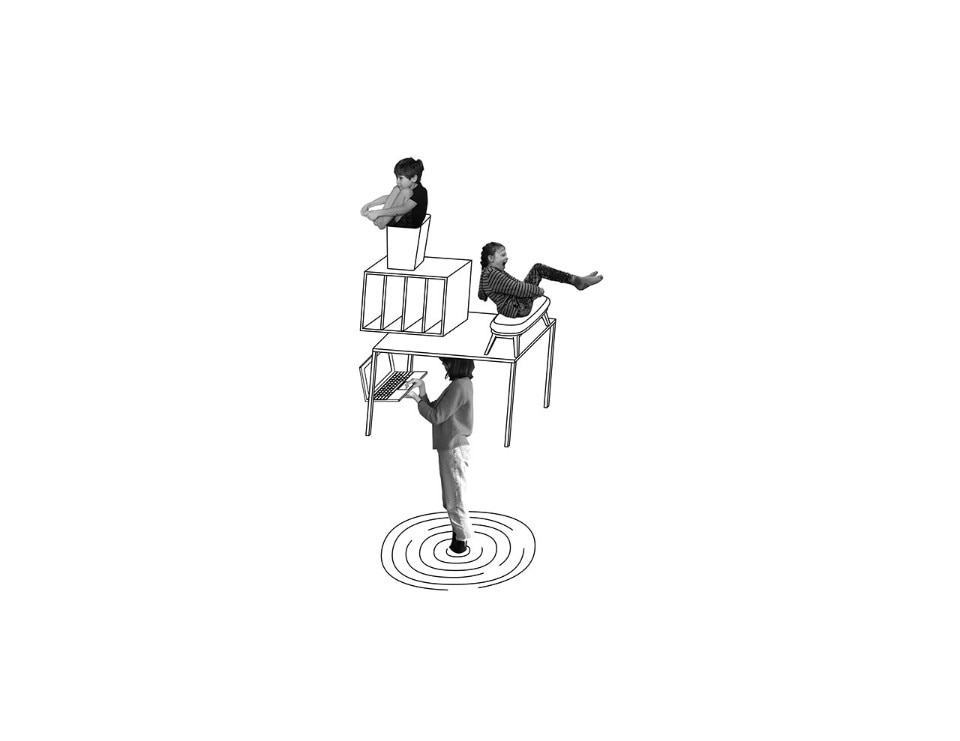
“What I think, especially as a mother and as a woman, is that I realised that I learned to ‘be in architecture’ by not talking about my children. I’ve really learned to separate being a mother from being an architect, but right now it’s just impossible". That’s why Stephanie started making a series of collages in which she represents the ‘circus’ (as she describes it) that is around her every day: “my children only know me as a mother,” she says. LouLou and Max insinuate themselves into her work, between the online lectures of the university and the work of the studio. They are still too small to realize what is happening in the world today, provided that what is happening does not leave everyone disoriented.
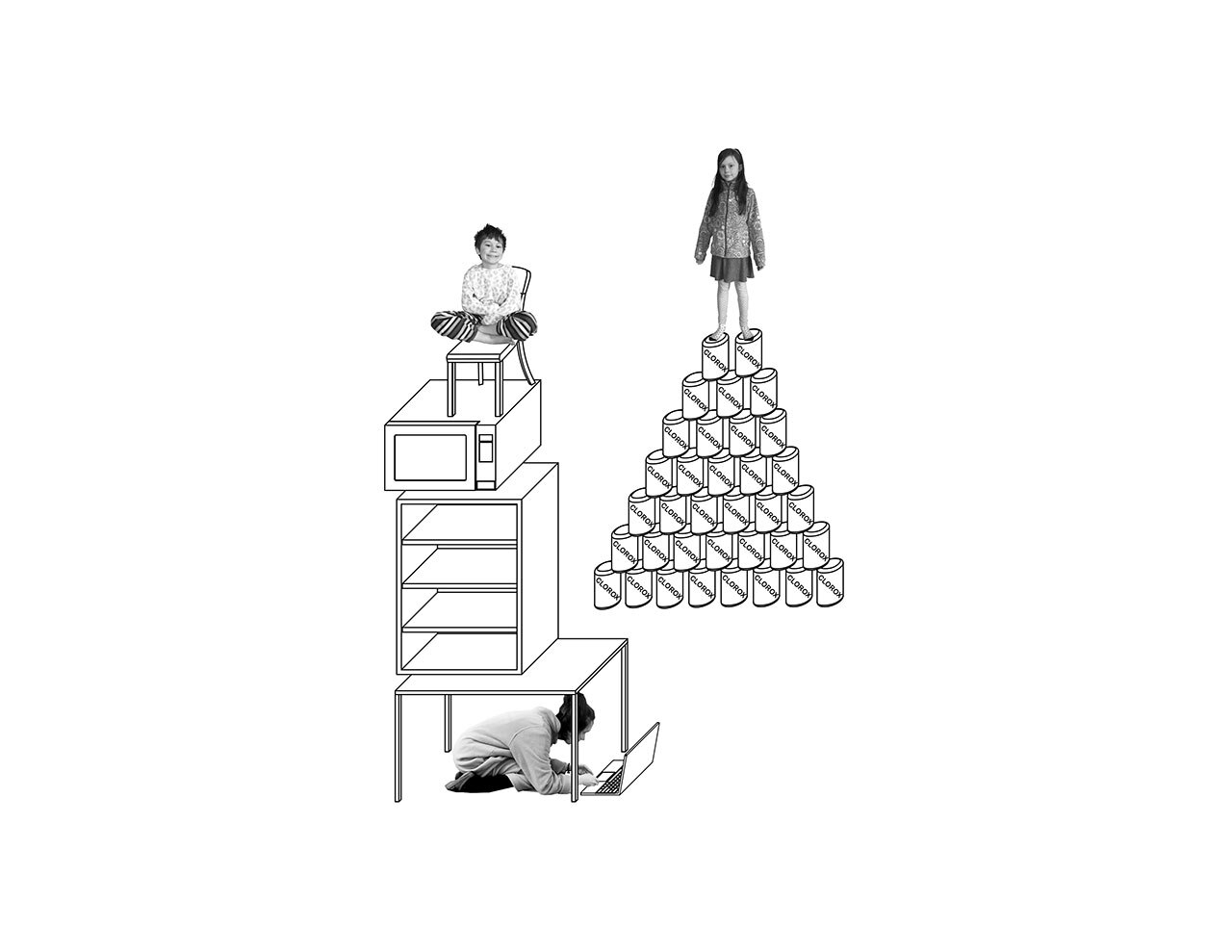
She tells me that they wake up cheerful and energetic while, as many adults do these days, they find it hard to sleep having to manage their anxieties. If the two little ones at home need anything, they spontaneously go to her. Stephanie’s collages portray this clash of moods: the children play to the rhythm of “the floor is lava!” between pieces of furniture that the studio has designed and objects of their home space. She, on the other hand, portrays herself adjusting the weights of the lines of the drawings on Rhino or AutoCad, or while she is giving an online lesson. Stephanie tells me, “Something that stabilizes us a bit at this really unstable time is knowing that many people feel the same way, even though we all respond differently.”
(GR)
Stephanie Davidson and Georg Rafailidis founded Davidson Rafailidis in 2008, they met at the AA School of Architecture. Their project Big Space Little Space will be published in the May issue of Domus, n. 1046.
April 9th
What if we grew wheat in the city?
Urban Factory is a speculative project that imagines what would happen if we reintroduced farming in the cities - wheat fields in particular - making urban centres somewhat self-sufficient. It was created by Teo Sandigliano, a freelance designer, as an investigation about consumerism. "I'm interested in the systems. Not only in finished products", explains the designer from Biella.
.jpg.img.png/1586418347751.png)
The Urban Factory project is composed of three phases: the independent and personal production of wheat, a second phase which is public, and that is about harvest and a third one that explains how farming works. There are some sophisticated features, such as the RFID system to control the different levels of production, in order to distribute it in the best way; and a real system, based on public production and warehouses, so that everyone can have access to the harvest. "Design has fallen asleep", says Sandigliano, "we need ideas that show us the world from another point of view". Especially today, as he says, "the solution consists of new perspectives".
(AS)
Teo Sandigliano is a designer and creative director of WeVux
April 8th
Ritual versus consumption
According to Fosbury, today, the resistance in the domestic space should be applied to the homologation of taste brought by the advent of Ikea and AirBnb. Just think about influencers, who broadcast from their homes, or about the work behind the image of a domestic environment on Airbnb: if these dynamics already turn the home into an asset in terms of communication, what makes things worse is today’s condition, intensified by the fact that all the aspects of our lives are squeezed together in our homes. This leads to an overexposure and hyper-representation of these spaces through social contents and videocalls, in which the best or the least (un)known virtually appear in our homes.
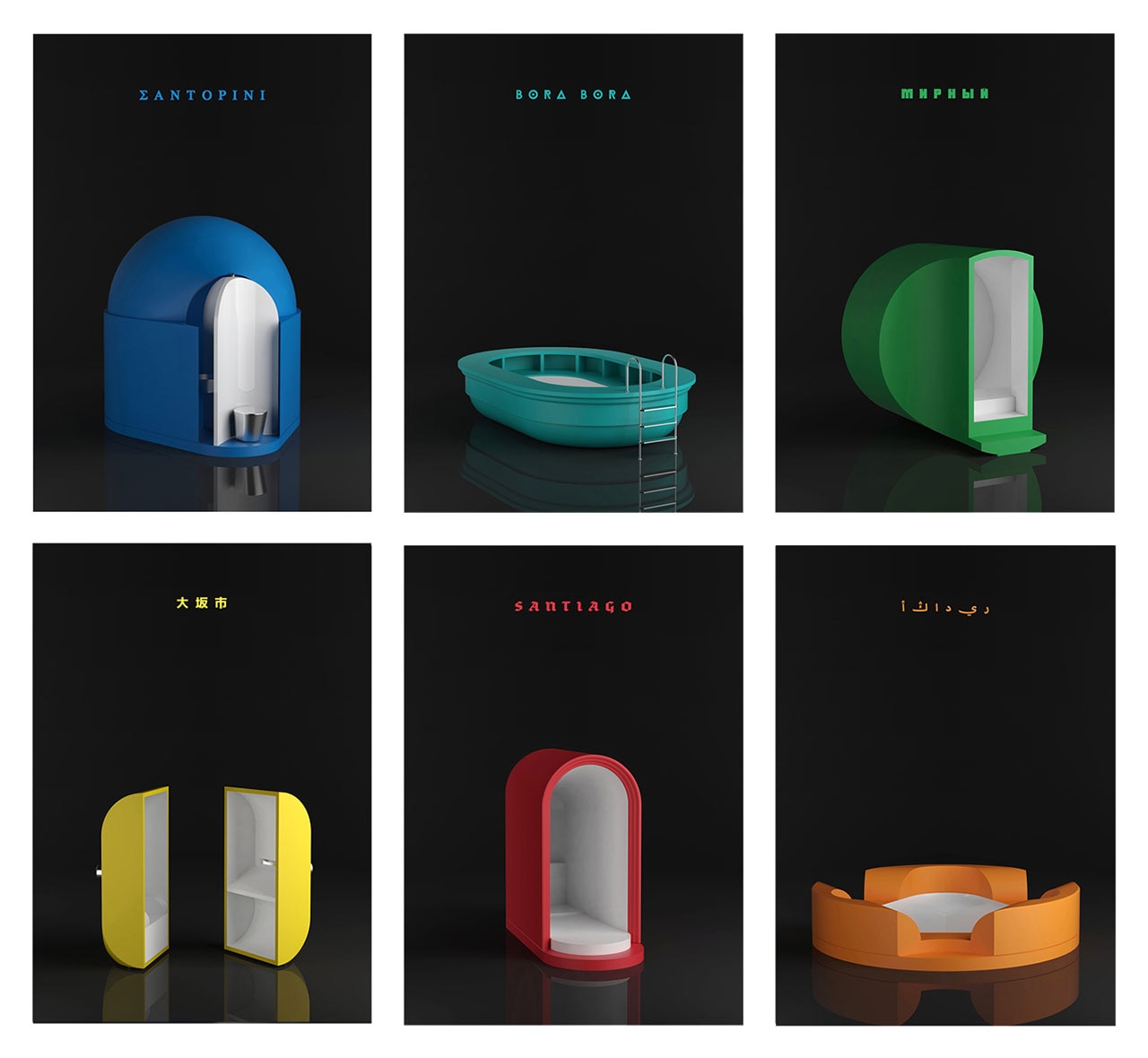
We talk about their “Environments of resistance for social individuals”, “anthropometric objects designed to perform a given domestic ritual in a certain specific way: the conversation pit expresses a certain aspect of conviviality, the studiolo (cabinet) represents a certain way of being in this category of space”. These environments are archetypes of space that might be susceptible to ‘customization’; their scale is halfway between the decor and the architectural project. These are objects that seek to replace consumption with ritual.
(GR)
Fosbury Architecture is a collective of architects that deals with design and research.
April 7th
Escaping from one’s room
Laura Bonell and Daniel López-Dòriga founded their architecture firm in Barcelona in 2014, at a time when the effects of the crisis could have seemed over but that after all were not. On Skype, Laura tells me that, in the initial difficulty of building their portfolio as professionals, they felt the need to “make room for something that was ours alone, a research”. This is how the project A Series of Rooms was born in 2016 – together with its website and Instagram profile – a platform where they collect explorations of the image of the domestic space.
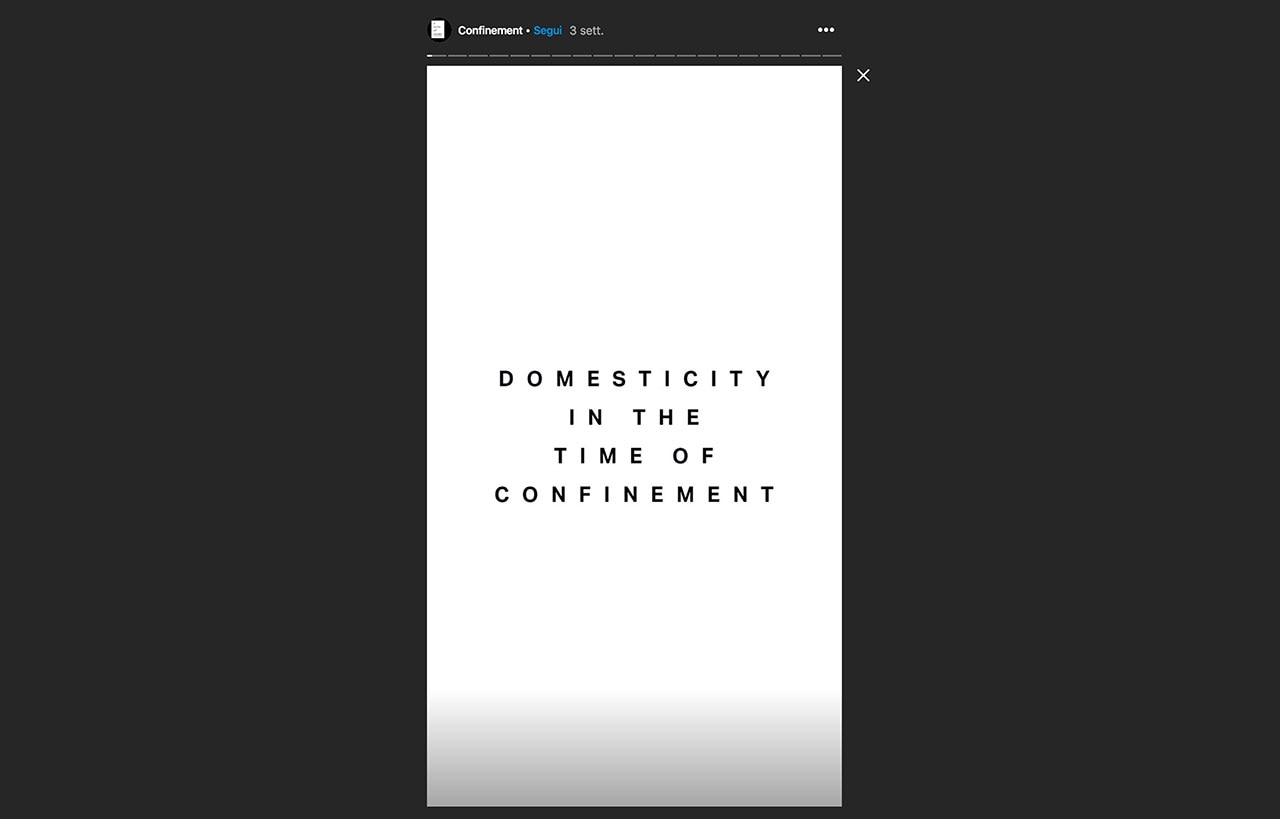
Today, from their home in Barcelona, they are carrying on with their work, and for their project they affirm: “last week we started to put together artworks that share the idea of confinement”.
With the style that distinguishes their online activity, Laura and Daniel have put in place a series of heterogeneous references, from Lucas Cranach the Elder’s Saint Jerome studio to Alfred Hitchcock’s “Rear window”. From a sort of dimensional analysis of domestic spaces, to the relationship with the body, to Saul Steinberg who – almost looking for company – transforms footrests into cats. It is but a short step from here to talking about evasion. Then Laura talks to me about two opposite approaches. The first is the analytically obsessive one of the descriptions of Xavier de Maistre (1763-1855), in his book A journey around my room, in which he recounts his 42 days of imprisonment in Turin. In the second case, the postcards-collages by the contemporary artist Zsofia Schweger (1989) appear as introspective interiors, and she covers the elements of a generic interior with excerpts from historical geographical maps. If we are not allowed to evade physically, there are many ways to escape reality mentally.
Bonell+Dòriga is an architectural firm founded in Barcelona by Laura Bonell and Daniel López-Dòriga in 2014. In 2019 the studio won the Début Award at the Lisbon Architecture Triennial.
Nature in quarantine
Isolation is a powerful catalyst. This state of temporary imprisonment in your own house, or in a house where you ended up or have chosen to stay in – your partner’s, your parents’, with friends – is a brutal synthesis of past conditions and choices. As we all understood, that chose a small house but in a comfortable area, or a hip zone of the city, because you stayed at home just long enough to sleep, or have dinner on weekends. Then, there are those like Tyler who followed a radically different path. “The city was not right for me”, he says in a video on YouTube. And then the rediscovery of nature: at first intermittently, then in a stable way. I knew Tyler, superficially, because he was the DJ of a tour of imaginative parties in Milan and all my friends and acquaintances used to participate. I can’t imagine anything more urban than this.
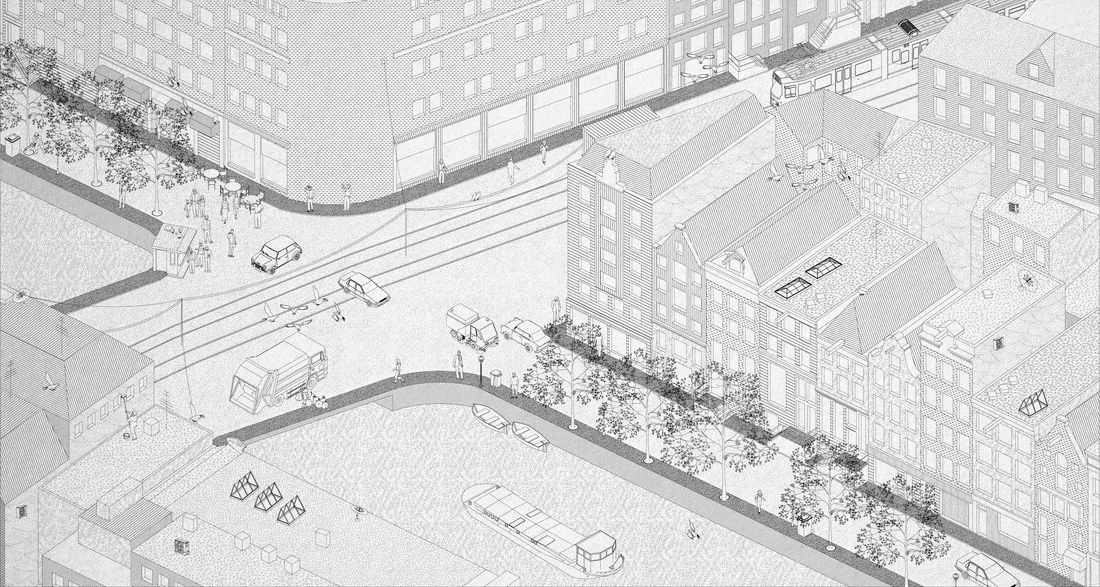
Today Tyler lives in the western part of the Elba Island, “the wild part, which is far from the ports”, he says. “I have fruit trees and a small vegetable garden. I live frugally.” The days of the epidemic stand for “many things”, he says, and adds that they represent also and above all “the world without us". The world without human beings always and everywhere. The other day a dolphin entered the port, where all the boats are now stationary. “He seemed to observe us amused by our absence, by our suddenly disappearance.” Nature will go on without us, but that’s not a pessimistic statement: simply, Tyler says, human beings should adapt to nature, and not try to abuse it. This is his lesson, and I keep asking myself what would have been Napoleon’s destiny, if he had decided to learn from this island instead of running away from it.
(AS)
Tyler’s Instagram profile is: @tylerovgaia
April 6th
Copenhagen, interior with a drone
The video records the work spaces of the studio CCO. Michael Christensen & CO, Copenhagen
A drone flies over the empty desks of the Copenhagen-based studio CCO in the multi-ethnic district of Nørrebro. “But we’ll come back,” remarks Michael Christensen, founder and creative director of the Danish team, which counts 50 members: “Of course now we’re all dealing with remote working, always connected to the network. But this situation made it clear that real, concrete contact with people and things, is an essential factor for our job as architects. In fact, creativity should always be shared. The quarantine experience has only shown us that we need to be together, to meet, in order to assimilate as many ideas and projects as possible. Today more than ever”.
Laura Ragazzola is an architect and journalist in Milan
April 5th
Real life will flow after quarantine
From the same and too few rooms of my house in Milan, I tried to make sense again of these surreal days on the phone with my friends in order to “transform the paralyzing terror into a softer fear” (as Ugo La Pietra used to tell me). Walking up and down the bedroom, drinking coffee in the kitchen or pushing myself to the balcony, always with the phone up to my ear, I heard my friends talking about this moment as an opportunity, as confusion, as total bewilderment, as anger. And always, in the background, the tragedy that this virus has brought to all our lives, but yes, never in the same way.
I can’t tell you when the future will come, I can’t tell you what it will be like, but we all know that it will be different. But without a possible horizon, the imagination struggles to work properly. Then again, there are times when I think it will no longer be possible to do things like we used to. So I think about the things that I want to focus more on, what I don’t want to neglect anymore, what I want to do differently.
I don’t organise them pragmatically, but rather depending on their value.
Looking for answers, I picked up a book I bought (and read) some time ago from my bookcase: The True Life by Alain Badiou (2016). Subtitle: A Plea for Corrupting the Young. Passing through Socrates, Plato and Rimbaud, the French philosopher draws a portrait of contemporary youth – both the object of his reflection and the recipient of his message – inviting it to subvert the pre-established order. A system, he says, born in the West, during the Renaissance, which was consolidated during the Age of the Enlightenment and culminated with a faithful abandonment to the idea of relentless progress.
“You find yourself in the midst of a society crisis that shakes and destroys the last remnants of tradition. It is of this destruction (...) that we do not really know the positive side”. It is undeniable that this opens up to an almost unconditional freedom in globalization, whose bewilderment risk is high for young people. Badiou – who was necessarily unaware in 2016 of what would happen in these days – therefore proposes to youth an alliance with senility: corruption is represented by the figure of the philosopher, the old man who is now disinterested in contingency, whose role is to lead the young back to real life, in opposition to the false life “of competition and success” and, I would add, of the new uncertainty.
This is not a war, this is a global pandemic.
Nothing has ever enclosed us and our world in our homes like this drama. But this condition will end, it must necessarily end, and young people will have to imagine a new future. We still don’t know when we will be ready to start again, and especially under what conditions, but sooner or later life will flow again, and my generation will have to be ready to question the world we have inherited because the future will need us.
(GR)
April 4th
The narcissist
But is this not the type of human that is now surrendering in our cities in the face of the Covid-19 epidemic? A subject that believed themselves to be free of all obstacles, nomadic by vocation and profession, devoid of limits and boundaries, satisfied with their global centrality and driven by the idea of continuous growth and scientific progress that guarantees all forms of care, eradicates all disease and theoretically allows immortality. Enclosed within the security of home automation, the narcissist controls everything, provides for everything and organises everything around their own ego; not sex, but love itself. Unshakeable convictions swept away in just a couple of hours by the pandemic, uncovering the fundamental elements of life such as fragility, mystery and the heart.
Excerpt from ‟From beauty to beauticians” by Walter Mariotti, editorial director of Domus
April 3rd
Antibodies against the economy of “phobiocracy”

An antidote. Not against the coronavirus, there isn’t one yet, unfortunately. I mean against the side effects of the pandemic: anxiety, isolation, paranoia generated by the amplification of the real disaster. This is what Analogique, an architecture studio and Sicilian “rhizomatic observatory”, defines as the “economy of phobiocracy”. Packed like a solution pill, BAZOOCoV is one of those cases where instructions are more important than the medication itself. In the information leaflet, under the guise of curing them, you can find all the social and existential outcomes of the Coronavirus: news overload, privacy reduction, depression caused by isolation, family quarrels, difficulties in changing daily routines and many others.
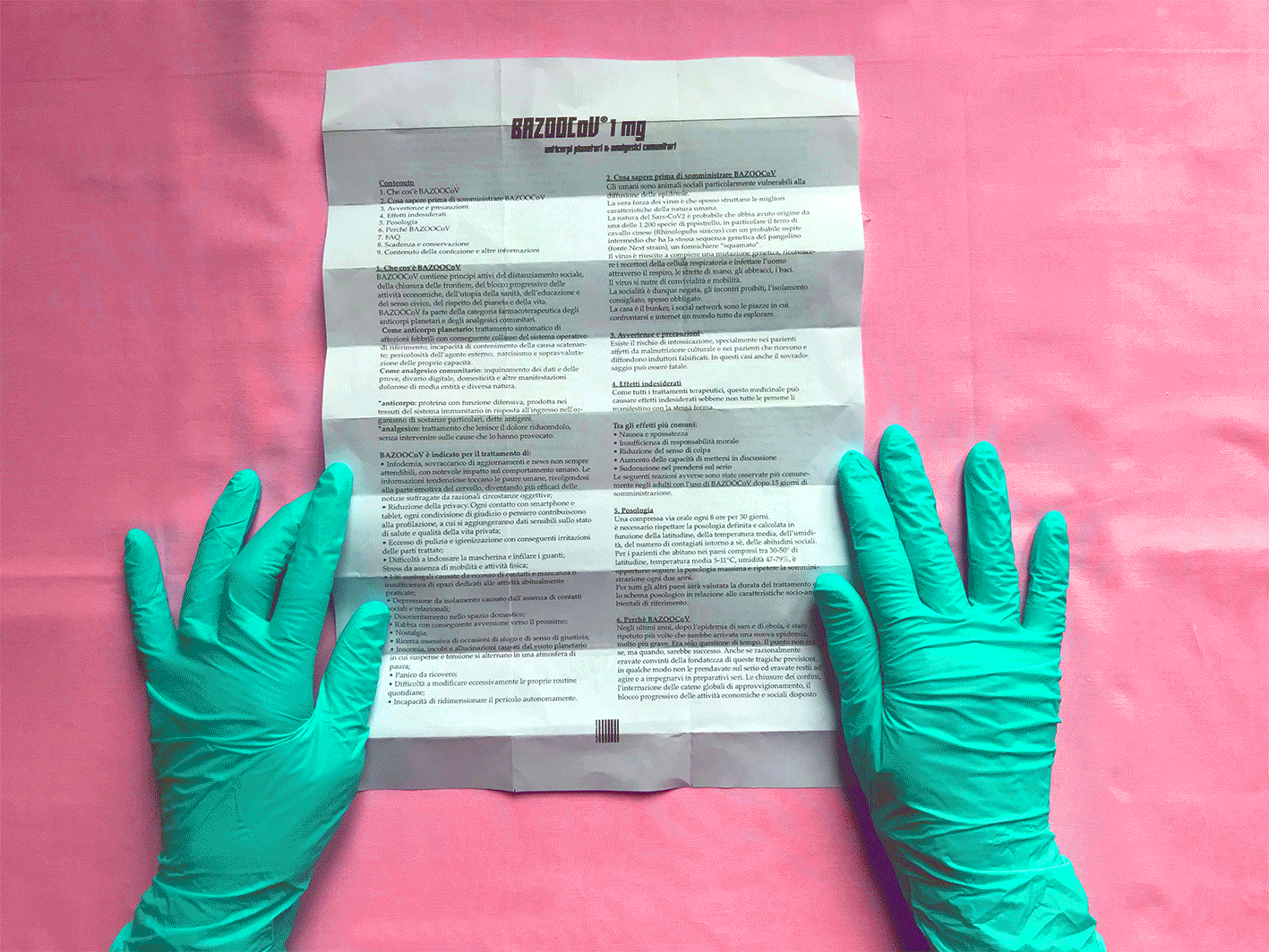
“We used to isolate ourselves in the countryside to work on projects”, says Dario from Analogique. “Now we are living an enforced and individual isolation, in three different places of eastern Sicily”. And they found themselves imagining something they would never have thought of a few months ago. The virus infects people through “handshakes, hugs, kisses”, you read on the information leaflet. “The virus feeds on conviviality and mobility. Sociality is therefore denied, meetings are forbidden, isolation is recommended, often required. The house is a bunker, social networks are the squares in which to confront each other and the internet is a whole world worth exploring”. And here we are.
(AS)
April 2nd
The quarantined artist
“As an artist, it feels inapt to miss this extraordinary moment. Suddenly, the acts of writing a novel, or a screenplay or a series of songs seem like indulgences from a bygone era. For me, this is not a time to be buried in the business of creating. It is a time to take a backseat and use this opportunity to reflect on exactly what our function is — what we, as artists, are for”.
Nick Cave, singer, songwriter, musician and much more. From his online diary The Red Hand Files.
Nolli me tangere
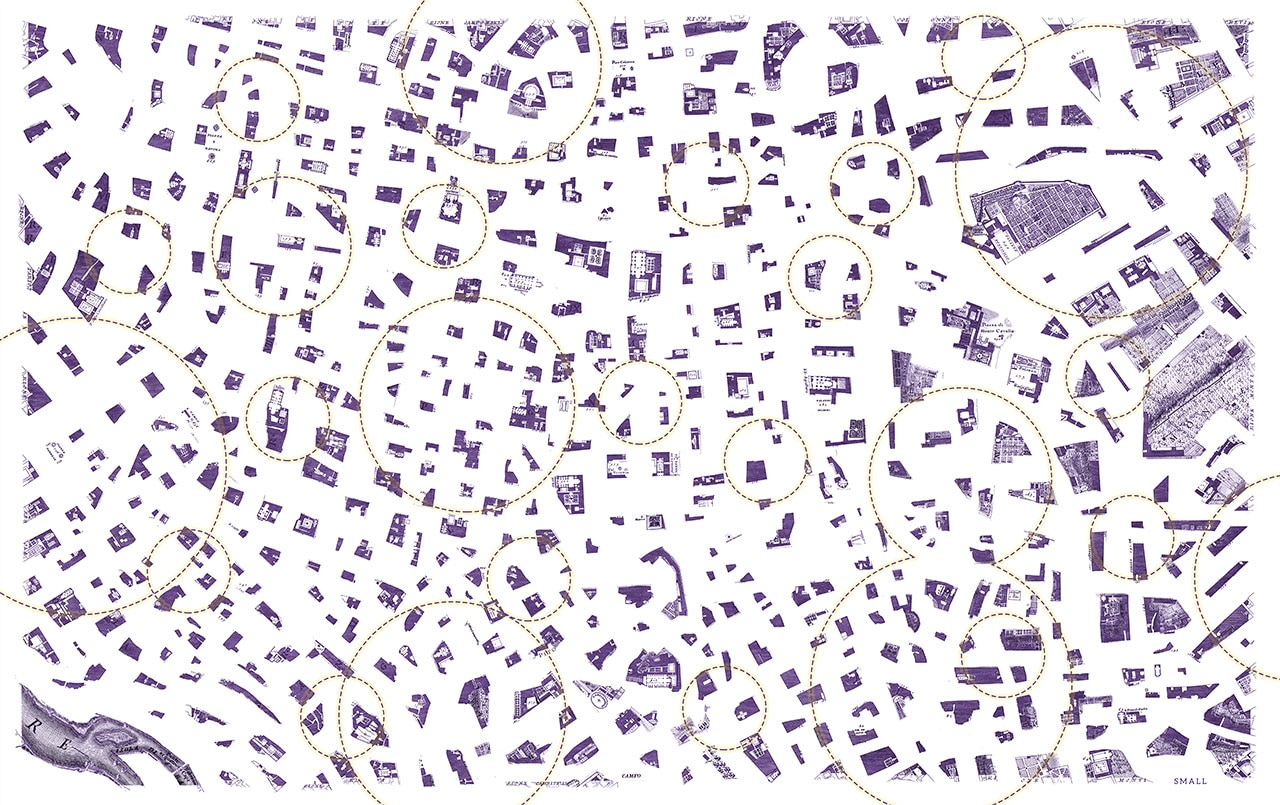
Small is an architectural firm based in Bari and Milan, founded in 2007 by Alessandro Francesco Cariello, Luigi Falbo, Rossella Ferorelli e Andrea Paone.
The 1st of April 🐟
Living in virtual reality/2
You wake up late, you eat your breakfast while reading. E-mails, cleaning the house, a walk in the garden. Then the immersion in the virtual world. This is the quarantine routine of Saturn J. Tesla, multidisciplinary artist and virtual holoessenza™️, as he calls himself. “I explore and walk through virtual realms: self-generated landscapes, parallel dimensions, the temporary fusion with another digital me”. A movie, a D&D session, dancing parties with avatars, games, karaoke on Discord, costume tea parties. All of that is virtual. And thanks to chats and videocalls you can chitchat with people. People you know in the physical world. Or on the net, “with whom I ironize how nothing has changed for us”.
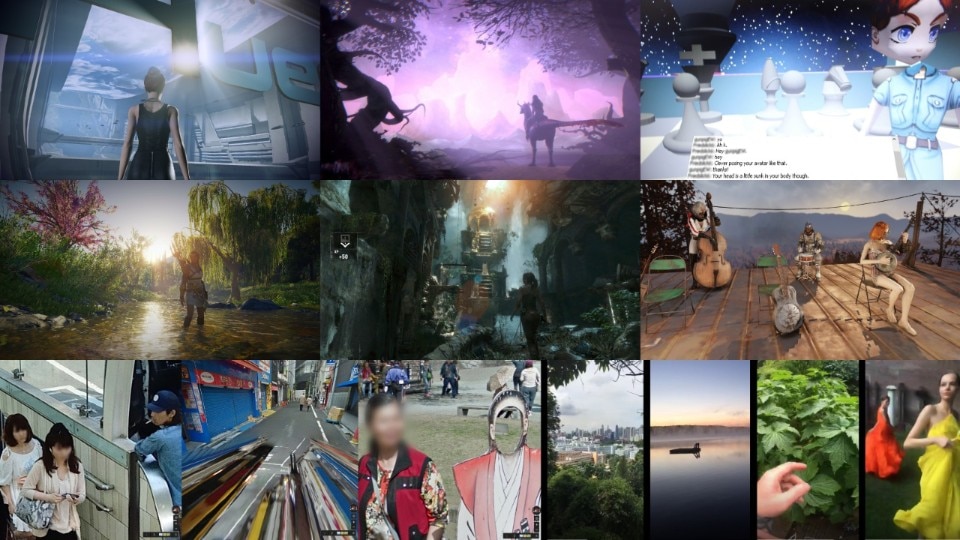
Everything goes back to the end of 2013, when health problems confined her to bed. Thus, she begins her exploration “of all realities”, besides the physical realm. She records it with screenshots, photos, screen recordings, logs. She explores communities, especially those where belief and thought systems are very far from her own, such as Jordanpetersonians or alt-rights; and then those related to gaming and social anxiety disorders. “When I got back to health, it was clear that this exploration of online realms had become my main work”, and she composes artworks dedicated to virtual journeys in infinite and self-generated universes. She tells us about a relationship that began in chat and continued in the real world, using rooms inspired by The Sims. She creates an artistic identity based on a fictional essence that evokes Joi from Blade Runner or Samatha from Her.
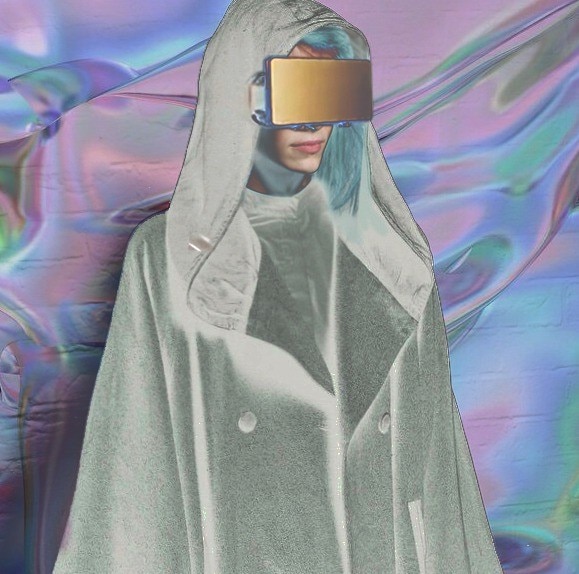
And today she finds herself isolated again. With the difference of being one in a multitude. “I don’t know what it will be like for the community or for the individual when this situation ends.” Meanwhile, Saturn J. Tesla faces quarantine with a long-time experience. “I do small tasks to regain contact with my body”, in order to exercise the brain. Recently, he has also begun meditating again. Virtually, on Discord, of course.
The Instagram profile of Saturn J. Tesla is: @future_holograms
The day of Marina Abramovich
“In this moment it is very important to follow very strict rules which I made for myself:
7:30 am, wake up. Exercise on yoga mat.
8:15 am, shower, dress.
8:30 am, make breakfast.
9:00 am, have a walk.
10:00 am, go to theatre. Rehearse until 1:00 PM.
From 1:00 to 3:00 pm, go home and make a simple lunch.
At 3:00 pm, go back to theatre and rehearse until 5:30 pm.
6:00 pm, come home. Take a shower
7:00 pm, watch the news. Make the dinner
8:00 pm, speak to my office in New York.
10 pm, go to sleep.”
March 31st
On a construction site in Singapore
“It seems that this city is built to separate, to create a detachment from the ground” says Ling Hao, a Malaysian architect living in Singapore. From these tall, dense residential buildings of the city, he tells me that what he sees was created by builders and by the building development board, by virtue of the density that had to be embraced, as well as the urban form chosen to design it. He is working from home, he says: “I overlook the landscape and the city” and he continues, “I feel alone but not isolated”. He sends me some photographs of the playground that in the end portray a normal everyday scene, full of actions that surprise me for the simple reason that we haven’t seen them for weeks in Italy.
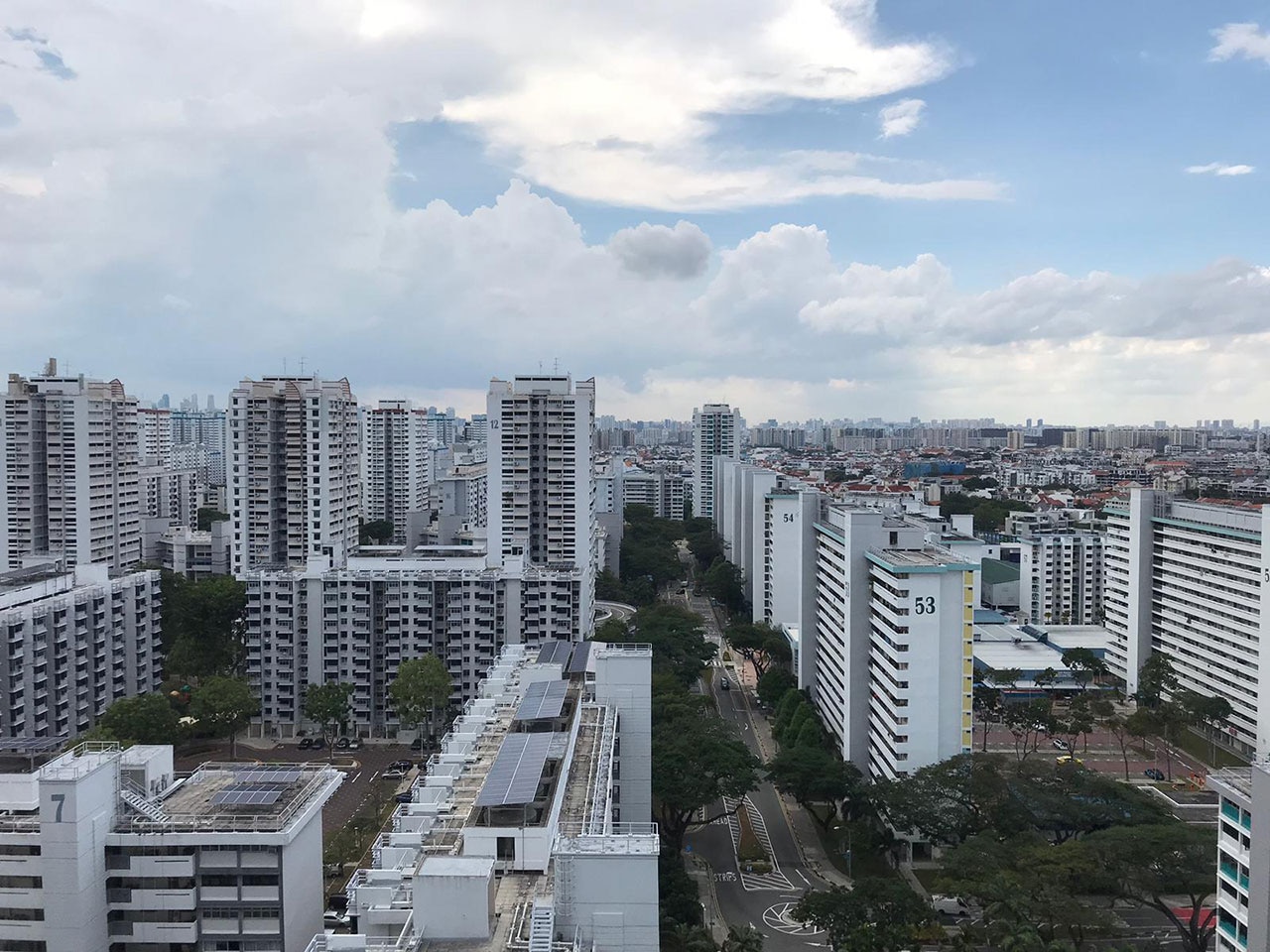
Until the time of our conversation, Covid-19 has not affected the place where he lives just like the other parts of the world and there are precise reasons why the virus has not spread there as elsewhere: since the beginning, very strict measures have been put in place to contain it, given the experience of the SARS epidemic, in March 2003. Apart from the cancellation of events involving large gatherings, small moments of panic at the supermarket, the health monitoring activities and social distancing in the city, his life has not changed much, Ling tells me
At the moment, the architect is committed to following one of his construction sites, also in Singapore, and it is there that a gap appears in our conversation. About 100,000 people move daily from Malaysia to the global financial center to work. The little quantity of water that separates the two nations is called the Strait of Johor and the two lands are mainly connected by two large bridges, used by the border workers. From the foreman’s place in Malaysia to the construction site, he tells me that it takes about an hour to arrive by motorbike.
Since mid-March and in one night, the two nations have put in place arrangements for the control of movements at the border, in order to prevent the spread of the virus. The measures currently stipulate that if you come from Malaysia and arrive in Singapore or vice versa, you must spend 14 days in quarantine. Faced with this situation, the workers have made different choices, the only two possible ones. The site manager, who has a family in Johor, has decided to suspend his work and to stay in Malaysia. Some of those who decided to stay in Singapore to go on working initially had to sleep in the public places of the city, outdoor, until the Singaporean government and citizens quickly arranged specific facilities. There are still people in the construction sites and in other work facilities of Singapore.
(GR)
March 30th
Traveling inside the house
Camilla Ferrari is a photographer from Milan, who explains the world through images and short vertical videos, used to traveling four, five months every year. Then the outbreak of the epidemic, the quarantine. And a series of photos taken at home: now they are doing the world tour.
Camilla supports a slow, meditative approach to photography; at the same time, photography is her wardrobe to Narnia, a gateway to something extraordinary. “When this terrifying scenario came to light, photographing my own house was my search for comfort”, she explains; she had the opportunity to look at the apartment where she is living for over a year in a different way: how the sun turns, the light that creates a small rainbow at 4pm, that dish that looks like a planet if you look at it in a particular way. And she started to photograph Fabio, his partner, again. “I tried to recreate the atmosphere of something in which everyone can recognise themselves: the sense of home”.
“I was very scared at the idea of crossing the threshold”: after a quarantine that lasted since March 8th, Camilla Ferrari recently left her house for work reasons. She saw the completely empty trams at downtown stops, “one, two, three trams in line: ghosts”, the deserted Galleria. “What scares me the most is the possibility that this distance will persist even when the emergency will be over,” she affirms: “I hope it heals before it becomes recurrent”. But the virus, besides tragedy and loss, is for Camilla a bearer of strong symbolic meanings: the need for slowness and the importance of physical proximity.
Camilla Ferrari was born in 1992, she is a photographer. Her Instagram profile is: @camillaferrariphoto.
Traveling standing still
For over two years I have written a column on La Repubblica of Naples entitled Narrazioni (narrations) – I Luoghi (places). Every Saturday I publish a story about the city of Naples with a drawing. I describe the experience of crossing urban and extra-urban places, not even the most famous ones, but which are set in the very personal mythology that everyone builds within themselves. To date, I have put together 130 itineraries with as many drawings, an emotional corpus about the city that has always needed a journey through streets and alleys, in monuments and palaces, along landscapes and hidden corners. The city has shown itself to be unlimited and generous, but in order to show its truest facets I was required to put aside every stereotype, every indulgence and every folklore. I met architecture, environment and degradation.
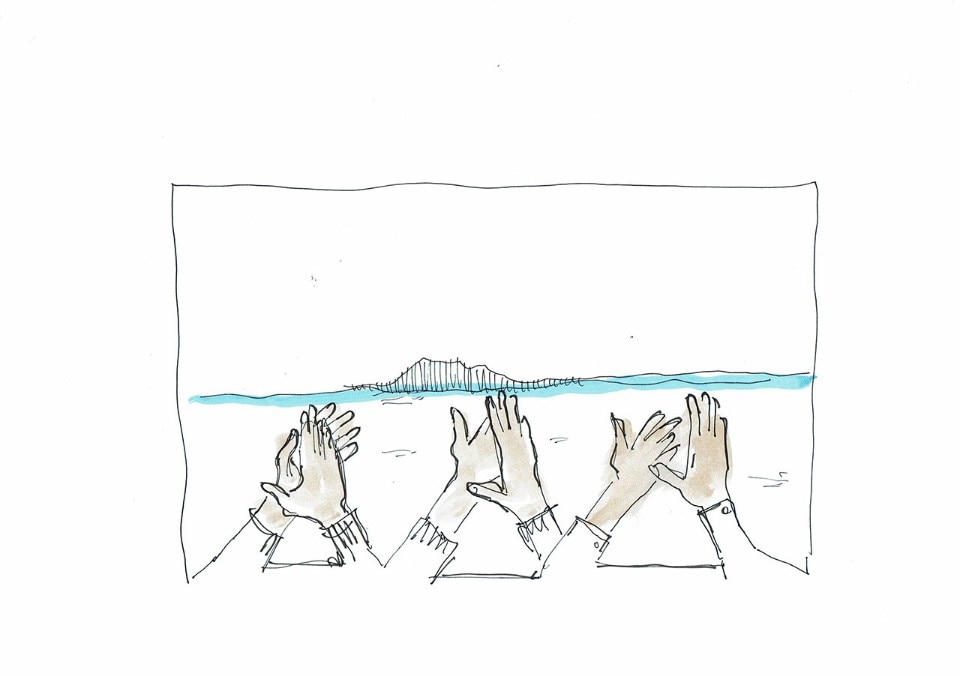
But when you’re stuck at home, you travel standing still. The landscape is my memory. I write recalling the perceptions of places and I feel the need to take stock of all the considerations, both written or even just thought. It’s as if the point of view has moved from immersion at eye level to an overflight that observes the rise of ignored meanings from above. With the distance of the geographer you can trace the trajectories of another map where links prevail over tangles.
Now it’s time for the flash mob, at twelve o’clock everyone applauds for their nurses and doctors on their balconies, hoping that the mild air of the day remains immune.
Davide Vargas, writer and architect, writes about journeys in the city, designs and draws
March 27th
’A Finestra (The window)
“How are you?” they ask me, “Locked inside,” I say.
This pandemic is both good and bad for the world in 2020.
I moved from Ragusa to Milan 10 years ago, I’ve been a designer for 4 years, and I recently became professor. I am not alone, fortunately, I share a house with two other people in the Porta Romana district. Obviously, there are walls, a roof, two bedrooms, a living room and a bathroom, but there are also all the pieces of furniture you need.
We’ve been using them a lot lately: the couch sometimes becomes a bed and the bed sometimes becomes a couch, so we change rooms and continue resting. The table is big enough to work, eat and knead at the same time, the floor is not only used for walking, but sometimes it becomes flat for training, or, with imagination, a green lawn where we lie down and stare at our starry sky, the white ceiling.
Then there are the windows, television, computer and mobile phone, all these objects have more or less the same function in this moment of reclusion: to meet and greet each other, to look at the world, not to forget the sky and the sun.
‛A finestra (The window) di Carmen Consoli is my favourite song and the window is the object of the house that I am learning to use most during this moment of closure, where instead of forgetting I keep imagining.
Giuseppe Arezzi is a designer, he teaches Design System at IED in Como
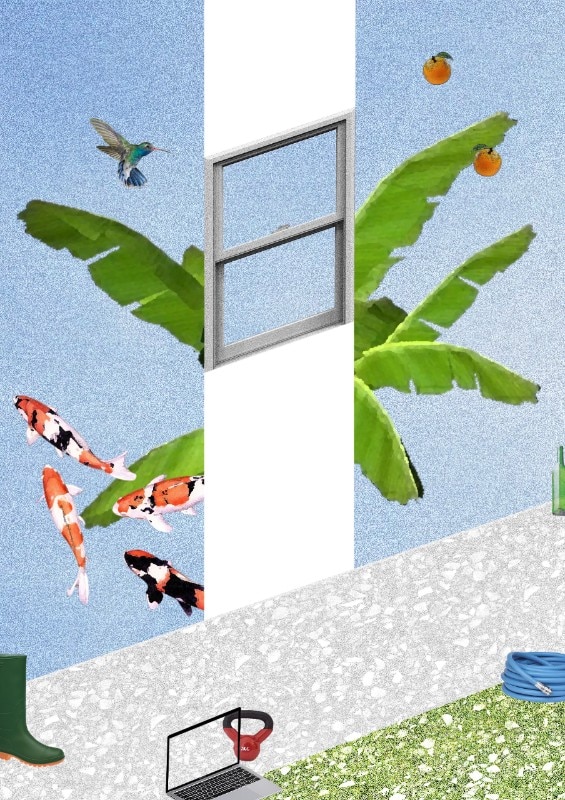
The designer and the disco on Zoom
Sara what do you do in quarantine, besides working? “I’m organizing a virtual disco on Zoom with friends because I need to let off some steam, I produce too many endorphins” Sara Ricciardi tells me. “I make the invitations, I give 15 minutes of time and you mustn’t speak – neither hello, nor how are you, nor acronyms about life, nor slogans, nor hashtags, just dancing. Astrid Luglio plays the music, everybody puts headphones on and we all dance like crazy. No words just shake your legs.” In addition, she was planning to open her new space, the Pataspazio, but for now it will only be virtual. Below there is a graphic preview of what it will be like.
(Marianna Guernieri)
March 26th
Living in virtual reality
Some time ago a friend told me the story of an acquaintance of hers, a programmer who enlarged his small apartment using a VR helmet. A story that I’ve been saving in my mind and that I often think about in these days. “I am convinced that when the emergency will be over, we will take the rests of this situation, that will influence our behaviour", tells me Manuel Bazzanella on WhatsApp, CEO of Digital Mosaik, a company specialized in virtual reality. It is no coincidence that Facebook is working on Horizon, a social network that is completely designed for interactions in virtual space, he adds.
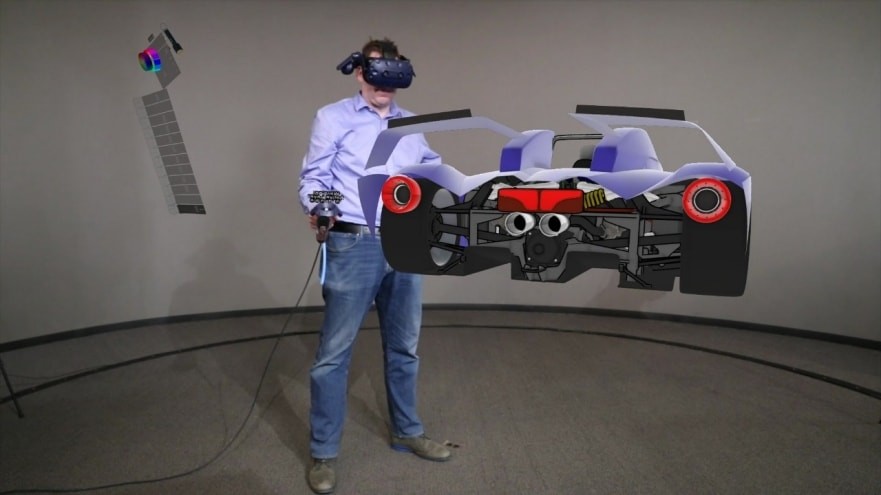
Meeting people, attending events or classes; visiting a museum or a place; meditating; designing in 3D, with Gravity Sketch; traveling. These are just a few of the possible VR applications that Digital Mosaik is showing me by email. Activities that can expand our quarantine space, and stay with us tomorrow. All you need is a VR helmet. Bazzanella mentions a project he had carried out for tourism in Trentino and which ended up in the children’s ward of the Santa Chiara hospital, with virtual reality, exploited as a window to the outside world. And then there are fairs, with companies that want to build virtual stands to avoid the problems of these days. The problem, explains Manuel, is also cultural, like his fight for VR. Adding that China and the United States are further ahead, he underlines the opportunity for all creative people: “right now, whoever comes up with the right project has free space”.
(AS)
This couch is not a museum
It all started when they told us about the virus, about staying at home and my Facebook wall filled up with the nauseating rhetoric of the opportunities of silence and isolation.
It turned out that they closed museums and theatres, and they probably did the right thing. I say probably because I’m glad it wasn’t me who had to make that choice.
My wall was filled with online theatre initiatives, and museums that can be visited from the couch.
I have always watched TV on the couch, slept, read, smoked cigarettes and made useless dinners with toasts and Coca-Cola. It never occurred to me to watch a collection or the show I missed at the Biennale three years ago. And it never occurred to me for one simple reason: it is impossible.
Art begins before the actual exhibition. I cannot observe the Mona Lisa without looking at the Louvre, the hall filled with people, the time and space that elapses between me and that piece. Art doesn’t ask us to educate ourselves, but to experience.
I have never been to the MET and I do not intend to go there anytime soon: I am in quarantine. But if I can’t visit it, I want at least to be able to imagine it.
Opportunities in isolation exist, I think, but I have found only one: nostalgia for artistic production. If there’s one thing I want to nurture, it’s the desire to go to the MET.
Maybe I’ll try now, maybe I’ll pass through Forlimpopoli and as soon as I arrive, I’ll spend three
hours in front of the Mona Lisa. At the MET. Maybe I’ll give her a kiss, maybe I’ll have myself arrested, because this quarantine will end as well.
Everything ends, doesn’t it?
No, the Mona Lisa doesn’t.
Francesco Bressan, actor and performer, deals with theatre, dramaturgy and performing art. He is part of the duo Bressan/Romondia.
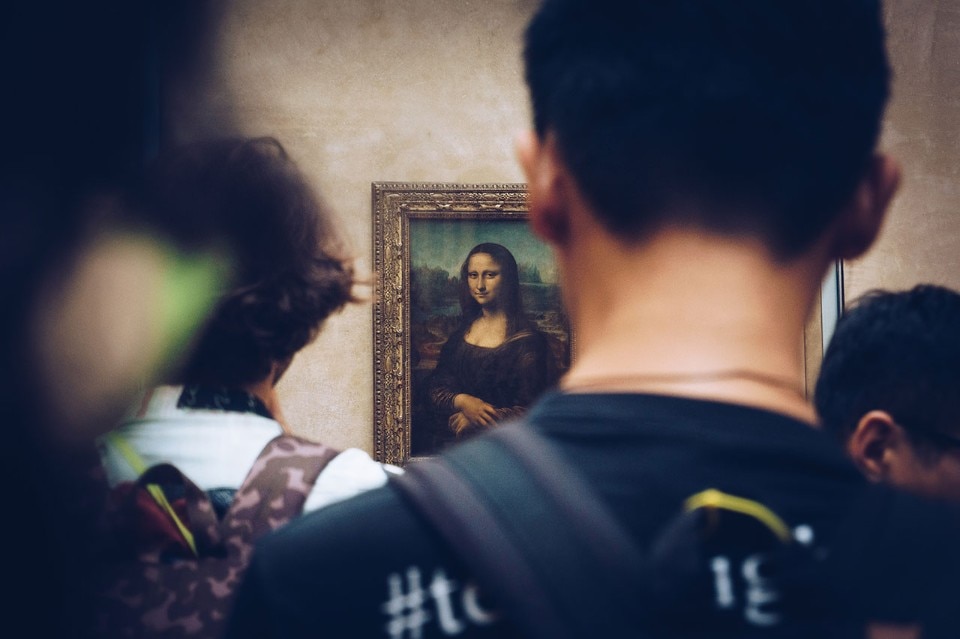
March 25th
The distance from the city
Vorrei sapere, quanto è grande il verde
come è bello il mare, quanto dura una stanza
(Fabrizio De Andrè, Italian singer-songwriter)
(
I would like to know, how big is green,
How beautiful is the sea, How long does a room last?)
On the phone, my mother asks me: “Are there fewer people on the streets in Milan?”
That’s how I realize that I hardly ever look outside.
The city is far away, even though I’m in there.
Maybe you too have the feeling that the time spent in your house folds back on itself, between the walls of every room. Perhaps you too find yourself in your room, among the folds of a strange substance that seems to be polyurethane foam, expanding slowly and inevitably.
There, that’s the time of your room. We are all decorating our own space-time tunnels, filling them, physically and metaphorically, with new body movements, books, Spotify playlists, sheets of paper and Excel files, online pilates courses and live videos on Instagram.
The city is there, somewhere in our minds, motionless and alone.
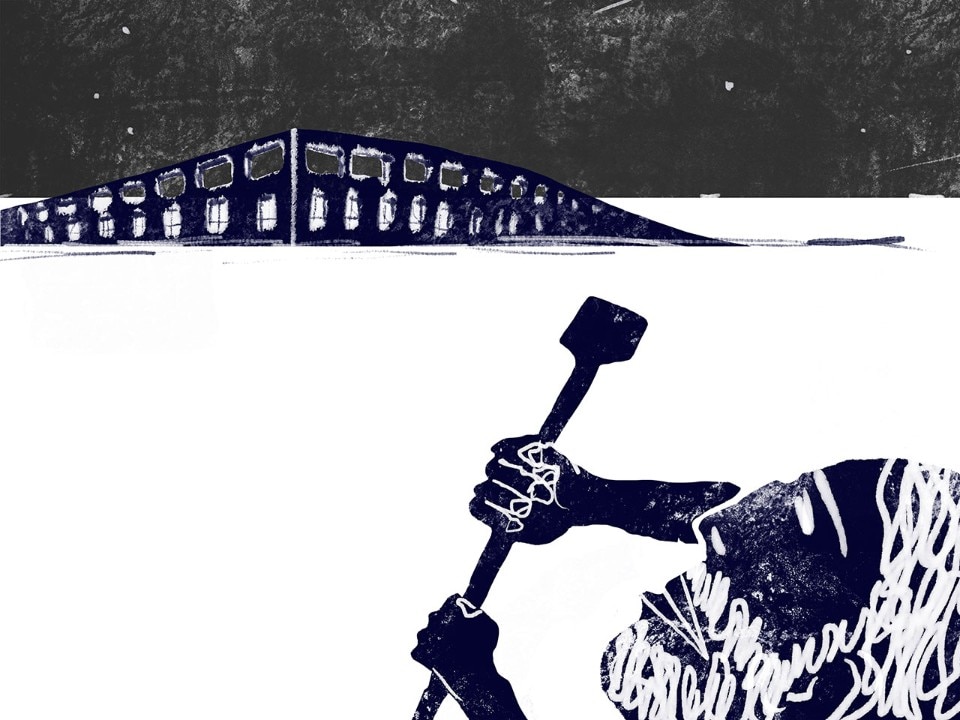
According to Francesca, the city is immersed in water, an element that measures the distance between us and the Velasca tower, the Pirelli tower or the Branca one. A distance that is not only spatial: water is in fact, first and foremost, a symbol of temporal suspension. In her illustrations, cities, human beings and nature are confronted with the sky which, she tells me, becomes “suddenly closer, bringing humanity closer to the world of ideas”. This abstract and mythological dimension that springs from the collection “La misura della distanza”, is for Francesca a means to understand “what we do now on Earth”, in our rooms, trying to make sense out of this feeling of inevitable suspension.
(GR)
Francesca Berni, is an architect and graduate student at the Polytechnic University of Milan. In her doctoral thesis, water is the main tool for the research about the shape of space. She studied in Rome and Milan, with experiences at ETSAM (Madrid) and SJTU (Shanghai).
Not alone
From time to time you’ll probably see little creatures wandering around your house. Spiders weave webs in the quiet corners of a room, ladybugs sometimes appear near windows where water condenses, ants find their way towards food left out by chance. According to the results of a biodiversity research published by Peer-J magazine in January 2018, there are about 100 different species of spiders, centipedes and insects living in our houses. Those we see are but a small part of a hidden (but precious) world of another life on this sick planet. A fragile life on which we depend.
Sottsass once wrote: “Wouldn’t it be nice if even architects had some deep knowledge of what is vague, hidden, comforting, precious on the planet, of what moves and lives, in order to give it to us, who sail on the distant sea of life?”
Let’s think about it.
Angelo Renna is an architect, he deals with nature and environment.
March 24th
Rethinking the city of the future
A sneeze, a cough. The droplet — the keyword of the emergency, an excellent starting point for the title of the next blockbuster about the virus — remains in the air, settles on objects. You touch it, put your hands over your eyes or nose and you get infected. According to the study published by the New England Journal of Medicine, in a room heated to 21 degrees Celsius and with a relative air humidity of 40%, the virus resists 3 hours in the air and up to 3 days on everything made of polypropylene, one of the most used plastic polymers in the world: bags, toys, chairs and ornaments. The Rubik’s cube, Tupperware. Polypropylene surrounds us. The Coronavirus survives 2, 3 days on stainless steel; about one day on cardboard.
Among the commonly used metals, the virus remains infectious for less time on copper: 4 hours, just one more than in the air. Copper kills the virus and Fastcompany recently paid tribute to it, writing a sort of hagiography, retracing the descending parabola of this material from the Industrial Revolution to the present day and quoting the critical studies of the researcher Phyllis J. Kuhn starting from the mid-eighties. Steel may seem cleaner to us, it may mirror the contemporary taste for translucency and lightness, but if we were to choose a material with which to rethink our private and public spaces, starting with hospitals, it would have to be copper and the alloy that together with zinc, composes bronze. How would you imagine a city covered with copper and bronze, where plastic and steel play a very small role?
Of course, that's not all. Adhesive tapes mark the size of a meter on the ground at supermarket checkouts; outside, people keeping the safe distance seem choreographed for a video of Romain Gavras; in deserted subways you travel standing or sitting on the side seats, leaving the maximum distance between passengers. Elevators have become a problem. In Hong Kong, keypads and handles are disinfected several times a day, or covered with a cyclically replaced plastic sheet. Planning a safer city means including these experiences in the design of what is new and in the re-design of what already exists. Starting from the problem of population density, vertical cities, which are the engines of contagion, on a planet where the population is concentrated in urban areas. Once we restart talking about the cities of the future, it will be necessary to take into account all these variables.
(AS)
March 23rd
Adamo-Faiden: anatomy of a quarantine in Buenos Aires
Sebastián and Marcelo – the two partners of the Adamo-Faiden architecture studio – started teaching at Princeton University this year. They arrive in New York on March 7th but depart earlier than expected: on Friday 13th they manage to catch one of the last flights to Buenos Aires, just before the Argentine government put restrictions on flights coming from countries at high risk of Covid-19, including the United States.
Their return home, however, will end with the 14-day quarantine period, ending on Friday, March 27th. The two architects are living a bizarre situation, in fact they find themselves – after several vicissitudes – occupying two different apartments in two separate buildings, both designed by them: Bonpland 2169 building and La Vecindad in Plaza Mafalda. They would only need a 15-minute walk to reach each other, but their spatial and living conditions are totally different.
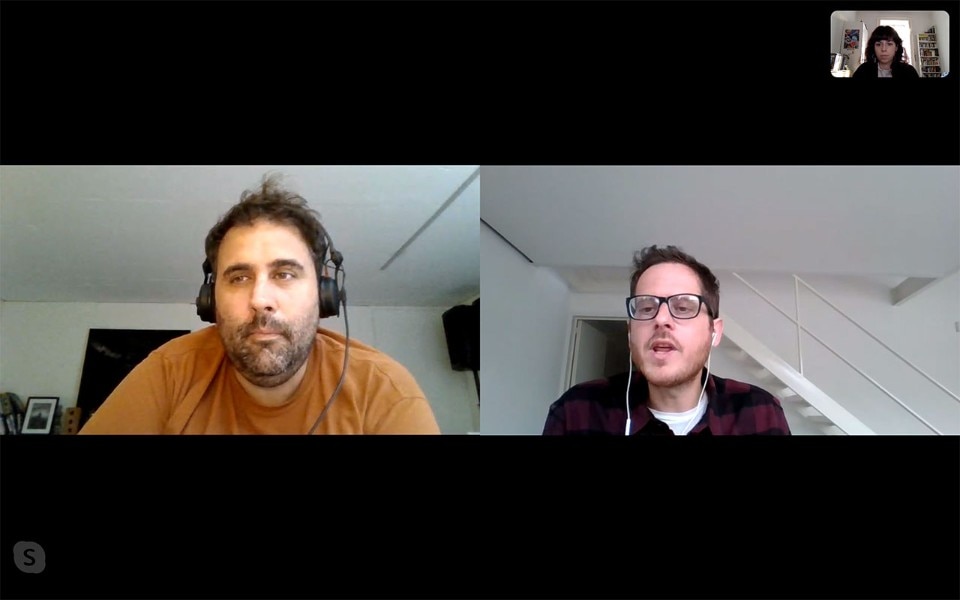
The law of the contrapasso
“In my case, the story is quite simple, I’m away from my family,” says Marcelo from the top floor of Bonpland 2169 building, from which he sees the city from above. He tells me that after having made several calls to find a housing solution for this period, he realized that the apartment was vacant. “I had the keys and so I brought my suitcase here (...) I feel like a monk: I have few things and a lot of time”. Marcelo found himself living in a space that he developed, designed and built together with his partner in their studio, but he also adds that he had never spent so much time in there, “not even during the construction”. Javier Agustín Rojas, a photographer who often works with them, has his studio just a couple of levels below and brings him what he needs. Marcelo explains to me that the photographs he sent to me are for him the most immediate way of telling “the experience of living in a space I have designed, where I am trying to discover new things” but, he continues, “it will take some time before I'll be able to draw conclusions”.
A highly normed space
“My situation is totally different”, Sebastián tells me on Zoom, “I stay in the basement of the house I normally live in, and I share a part of this space with my family”. This place is normally shared in total freedom by the three members of the family, but now, Sebastián points out, they have created three different categories of spaces: “we use some of these in a strictly individual way, then there are those we are obliged to share – like the main bathroom – and then there is the space in which we circulate”. He tells me that the basement where he lives in these days is part of his house, they use it as an annex, and that it has a bathroom with no shower. The two parts of the house are separated by a patio: “we do not share the same air and the same space”. He tells me that his son Aldo is too young to know how to handle these conditions. Both Sebastián and his partner, on the other hand, must “be very specific about the boundaries between our living spaces, about how we use the rooms and how we clean and sterilise them: the house was the main space in which our freedom unfurled, but now it is a highly normed space”.
(GR)
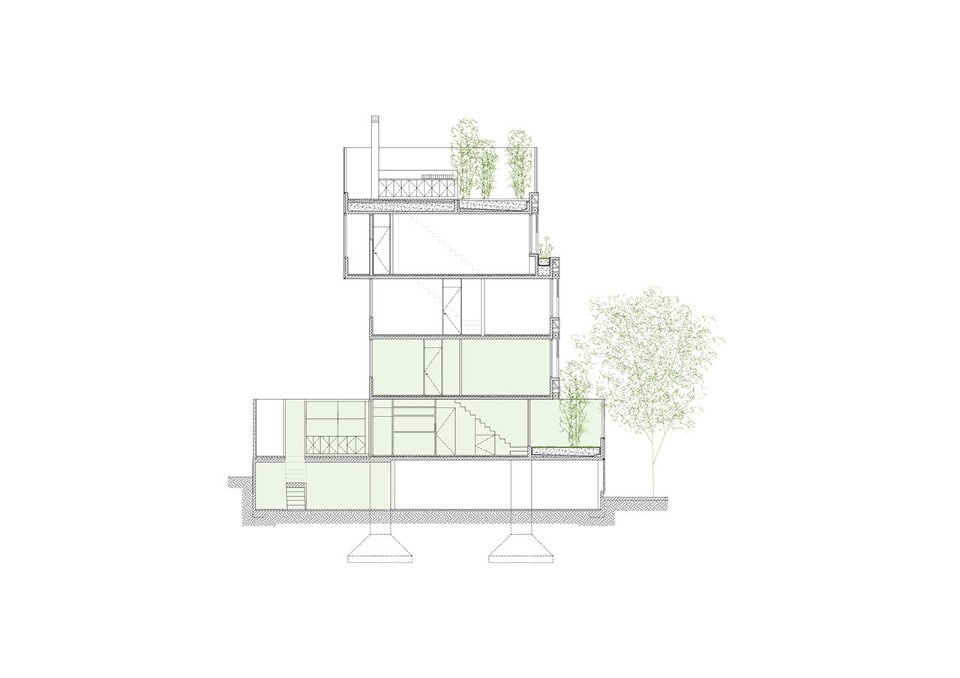
March 21st
Other People’s Houses: the story
That’s the drying rack back there. Or at least it looks like one. I get distracted trying to figure out if it’s socks or underwear. Yeah, that’s a drying rack. And those are blue socks.
Marco lives in a studio apartment without balcony, so it’s very likely that it is a drying rack back there. Luciana bought herself a wonderful penthouse last year, I remember the inauguration party. Behind her, there is light, a lot of light, and air, the greatest luxury during these days. It’s easy when your husband is an executive and you have your parents’ estate.
Then, there’s that new colleague who has a horrible house. I don’t know him well yet, he arrived just before the quarantine, but that office chair (that matches with the brown wardrobe) tells me we don’t have much in common.
Filippo must be living in a basement: at 4pm he already has to turn on the light. I feel very sorry about that, it must be very tough for him in these days of reclusion.
Ruggero has lined up behind him a host of books, in a way that all the titles are clearly visible. I knew many of them and I searched the others on the internet. The arrangement that comes out is schizophrenic but interesting, I promised myself to go out a few evenings with him and his family.
Marisa must have my same fixation, she has carefully studied the background that frames her, with a corner of a window and an old family painting showing. The exact opposite of what Daniela does, connecting from the kitchen with all the dirty dishes in the background, without any shame.
Anna is passionate about plants, and I already knew that because she is the only one in the office who has a vase on her desk. The background looks like a jungle and her grey cat is the panther. In her audio I even think I recognize a bird’s whistle.
Benny, the Indian guy who works at computers, has six children and during the video calls I saw them all: they came in to ask him to open a fruit juice, to take them to the bathroom, they wanted a game, they cried because they were hurt by a brother. He has a modest house, probably rented, filled with extremely big furniture for such a small space. Benny is great, stoic and always smiling. He deserves a pay raise; I’ll talk to his boss.
I can’t stand Vania in the office and I can’t stand her house, with garden gnomes in the living room.
Massimo makes video calls from his cell phone and walks all the time. Great thing for me because in this way I was able to study the whole house, I even drew the plan. It’s huge, giving the fact that it is a city apartment.
Alfonso’s room looked sad, even though he never was. Then I realized that he had moved into his old mother’s house, whose caregiver had fled to Ukraine as soon as the pandemic started.
My background is different from everyone else’s. It’s white.
In order to show nothing but the wall, I had to move the desk, blocking half of the living room, but in this way, I keep my privacy.
Meanwhile, I peep and zoom other people’s boxes to study the details.
I love working from home.
Giona Peduzzi, tv author, he turned 40 during the quarantine.
March 20th
The “augmented” window by Sovrappensiero
.jpg.foto.rmedium.jpg)
Artivive is an app that was originally created to “augment” art using digital technology. You frame an artwork with your smartphone and see it in motion; Actually, the device has simply been “trained” by the app to show a certain video instead of the image, in this way it creates the illusion. Ernesto and Lorenzo of Sovrappensiero Design Studio hacked into this system to get something different with “Somewhere”. Their project transforms a drawing that anyone can print and hang in the house into an open window overlooking a virtual landscape that can change every day. “We usually create products for big companies”, explains the duo, but the quarantine slowed down the work: “so we decided to do something related to this situation”.
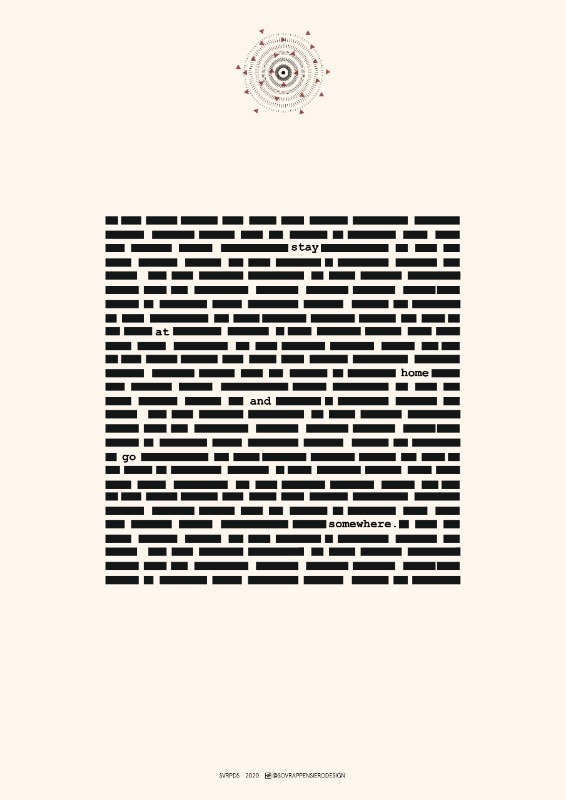
“Somewhere” is a project that aims at creating a narrative and getting people out of the house. “We explained that the fastest way to do that was through augmented reality,” Lorenzo tells me, asking me if I tried the app. Some people printed the paper and hung it with a pin, he says; others taped it to the wall; a few even framed it. And then, I guess there are those who, like me, don’t have a printer and so looked at it on the iPad. “We like the fact that there is a material component and that everyone approaches it in a different way”, explains Sovrappensiero, adding that the inspiration for the drawing comes from Emilio Isgrò’s erased words: the only ones that still remain compose the sentence stay at home and go somewhere. “And we also like to think that this journey is shared”. When I ask Ernesto what he sees from his real window, the one at home, he talks to me about a lot of natural light, but also a landscape made of firm concrete, devoid of any visual stimulus. In this way even the thoughts stop. This is the importance of “Somewhere”, he explains, “small motions and a little colour that bring us back to the worlds we’ll crowd when the quarantine ends”.
(AS)
Sovrappensiero Design Studio was founded in 2007 by Lorenzo De Rosa and Ernesto Ladevaia. You can ask for the image that allows you to access to Somewhere on Instagram @sopensierodesign or by email.
7 years and 7 weeks, maybe
I have been working from home for seven years. An old-fashioned entryway, almost as big as a room with a window, fulfilled at first its original function: the space where we left coats, shoes – that belonged to my daughters and their friends – and packages. At a certain point, however, it became my work space with a desk, which came from an installation of la Biennale di Venezia, printer, modem, and a typical ’60s Chiavari chair I inherited from my father. In the back, instead of the floor lamp, there is a small table that was slowly filled with my daughters’ books and various paperwork – and no, I never cleared space on it and I never read Marie Kondo’s manual. I used to take my coffee break at the bar or putting my washing out.
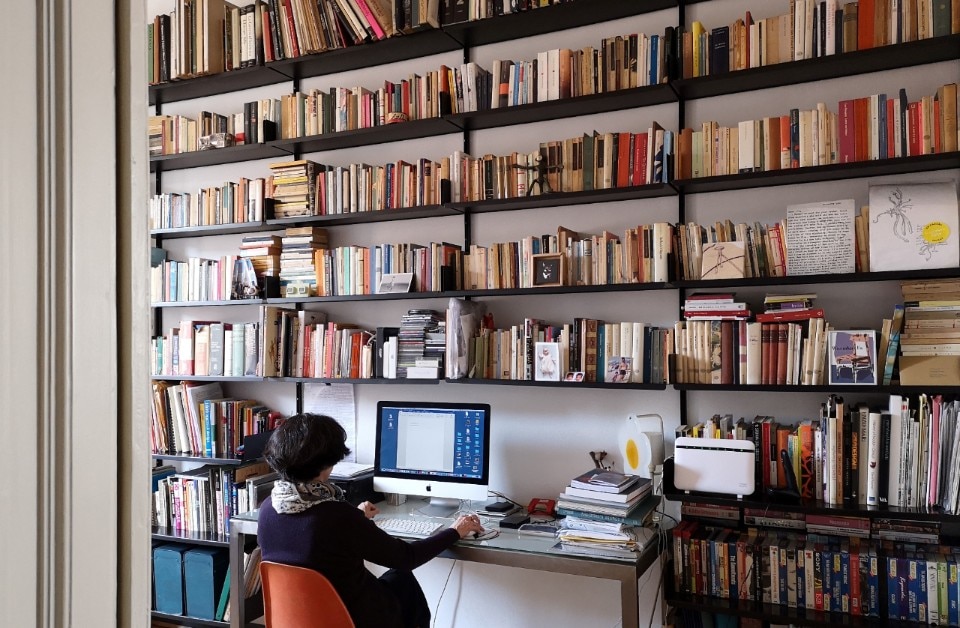
That space holds now my working tools, even if I started working in the office again, for Domus, and I only use it occasionally. Today, I find myself working there all day long, with optical fibre instead of DSL, a slightly more innovative printer that I hardly ever use, an external CD player that I use even less. Eames’ fiberglass 1954 chair replaced the Chiavari one, but I don’t really know if it is more comfortable than the old one. From here, I also give lessons to my IED students, like all the other teachers in Italy are now doing. I take my coffee break in the kitchen, where I furiously cook – and yes, in all the chat rooms we share this extreme cooking. And every day tastes a bit like an abnormal Saturday. Will it last 7 weeks?
(Simona Bordone)
March 19th
Ugo La Pietra’s prophecy
Ugo answers the phone with a bright, living voice, from “a remote location, on a hill of the Ligurian hinterland”, he says. We exchange our impressions about the latest events related to the epidemic in Milan, the city he left 20 days ago, along with his work tools, his archive and his objects. He tells me that he is trying to reconstruct his home life on that hill, but not without difficulty. I tell him about my relationship with the desk in these days, I call him perhaps in the hope that he can give me those “instructions for experiencing the house” that I wrote about on March 17th. He tells me, however, that the first step to do in order to transform the domestic space cannot be found inside our houses, but just outside them: “since we’re stuck at home, the balcony is for us, the surrogate domestic object that stands for our relationship with the city. It is the only escape from our condition”.
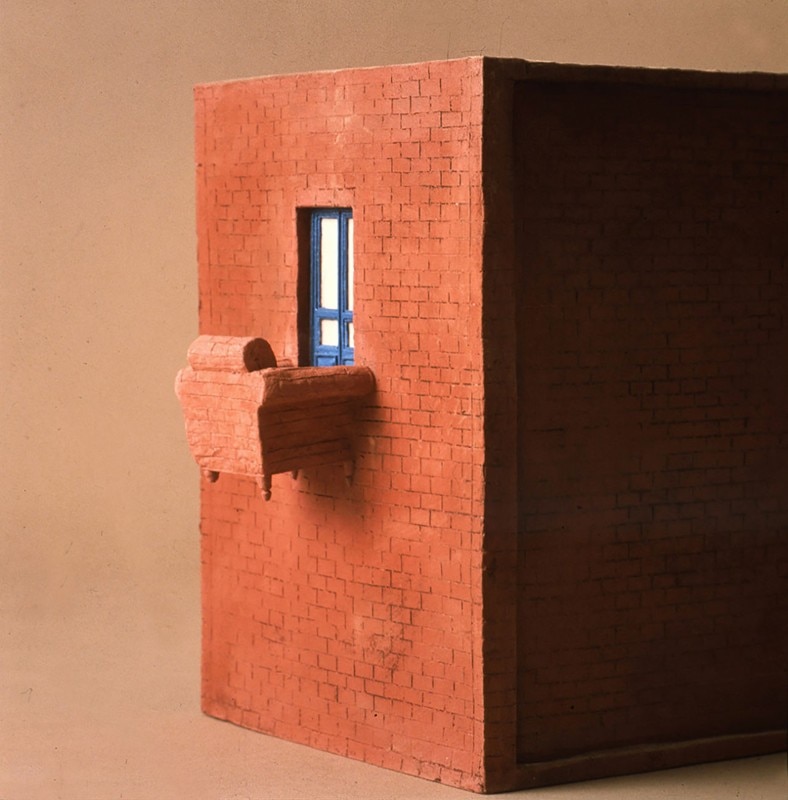
However, it is difficult for him to imagine how the younger generations “accustomed to staying outside” are facing this moment. In the last twenty years “the new generations have lost interest towards home furnishing – except for the PC – and domestic space”.
In unsuspicious times, i.e. in the 1970s, with his research Inside/Outside – partly published by Corraini in the homonymous 2014 book – Ugo projected formal elements from the domestic interior onto the front of his ceramic houses (for Fusella, 1977). These pieces recall a postmodern imagination: the balcony takes the shape of an armchair, or a curtain softly rests on the facade. If we consider them now, during this quarantine, they seem almost prophetic.
The research, which followed the line of Living is feeling everywhere at home, illustrated the fall of the public/private threshold, and was based on “the house that opened outwards, by Gio Ponti”. In this situation, partly caused by a “globalization that got out of hand” according to him, the balcony is “our lifeline, the only possibility of still feeling part of the urban space”.
(GR)
Ugo La Pietra is an artist, architect, designer and Italian theorist.
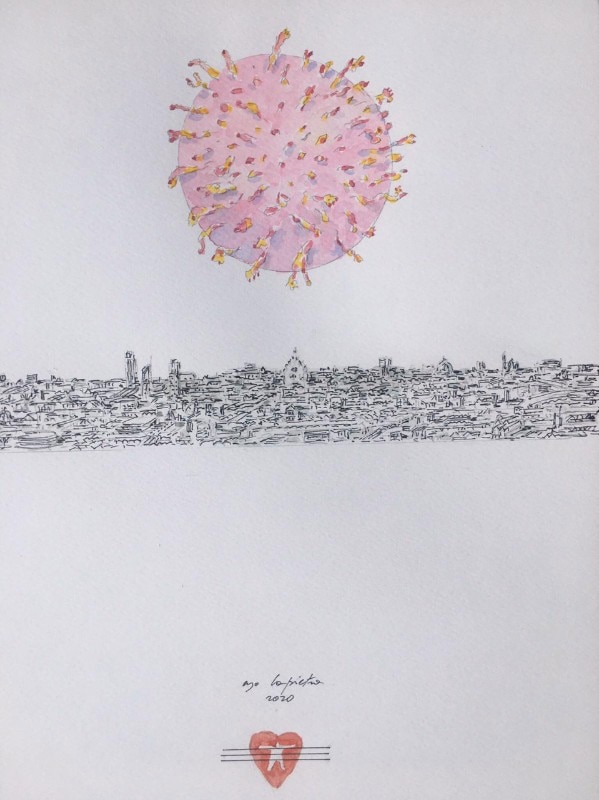
The queueing theory
Italy is famous for many things. Certainly not for knowing how to wait in line. We associate this concept with other contexts, other countries. In 1909 the child prodigy of Danish statistics, Agner Krakup Erlang presented The theory of probability and telephone conversation, introducing a new field of study: the queueing theory. It is not only applied to call traffic, but also to transport and supplies sectors and, more simply, to the queues people have to wait before entering the checkout line of the supermarket or airport controls. The intention is to "draw" flowing queues, even if there are those who tend to manage them inefficiently, like Italians do. Have you ever wondered if behind the pattern of a Primark or Ikea queue there is a reasoning and an application? Now you have the answer.
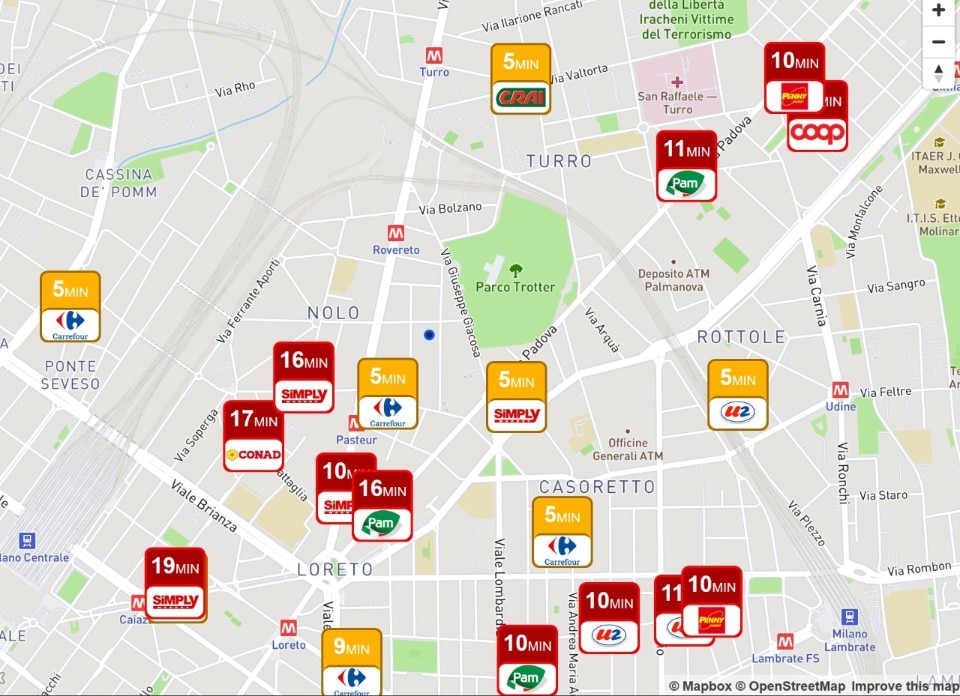
My house doesn't have one of those little terraces where now you do the macarena at 6:00 p.m. or you sing volare-ooo-ooo all together. I don't envy those who have a room overlooking the street, except for a clear advantage: from there you can see in real time how long is the queue for entering the local supermarket. In fact, after the first stores being assaulted at the end of February, which caused the depletion of hand sanitizers, red meat and toilet paper, and a following dead calm, the entrances to the supermarkets are now curtailed. Only a few people can enter, and outside the others wait in line, at least one meter away from one another. These queues can sometimes last for hours. Luckily, the terrace is not the only place from where you can look outside: you can also exploit the digital world to do that. On the social street of my neighbourhood on Facebook, the angels of the queues share their photos, taken from privileged observation points. They guess the waiting times, fluidify the traffic, rationalize it by sharing data, giving an acceptable form to the burden of waiting during the days of the Coronavirus. And on the site filaindiana.it you can find all the waiting times. If there is an award in the name of Erlang, this year it should go to all of them.
(AS)
March 18th
Art stories in hard times by twenty14
In 1897 the American writer Stephen Crane condensed in a single story (The open boat) the terrible experience of shipwreck he had lived a few months earlier. Today, that narrative is recognized as his masterpiece. This is the first of many “Art stories in hard times” of twenty14, stories of “great personalities who left us with something precious after living a difficult situation”, published in the form of Instagram stories on the profile @t14contemporary. “These are original ideas, shown in order to make our days more creative and productive,” explains Matilde Scaramellini, part of the curatorial duo together with Elena Vaninetti. Above all, they explain, it is “a form of entertainment designed for an audience of art lovers and artists”.
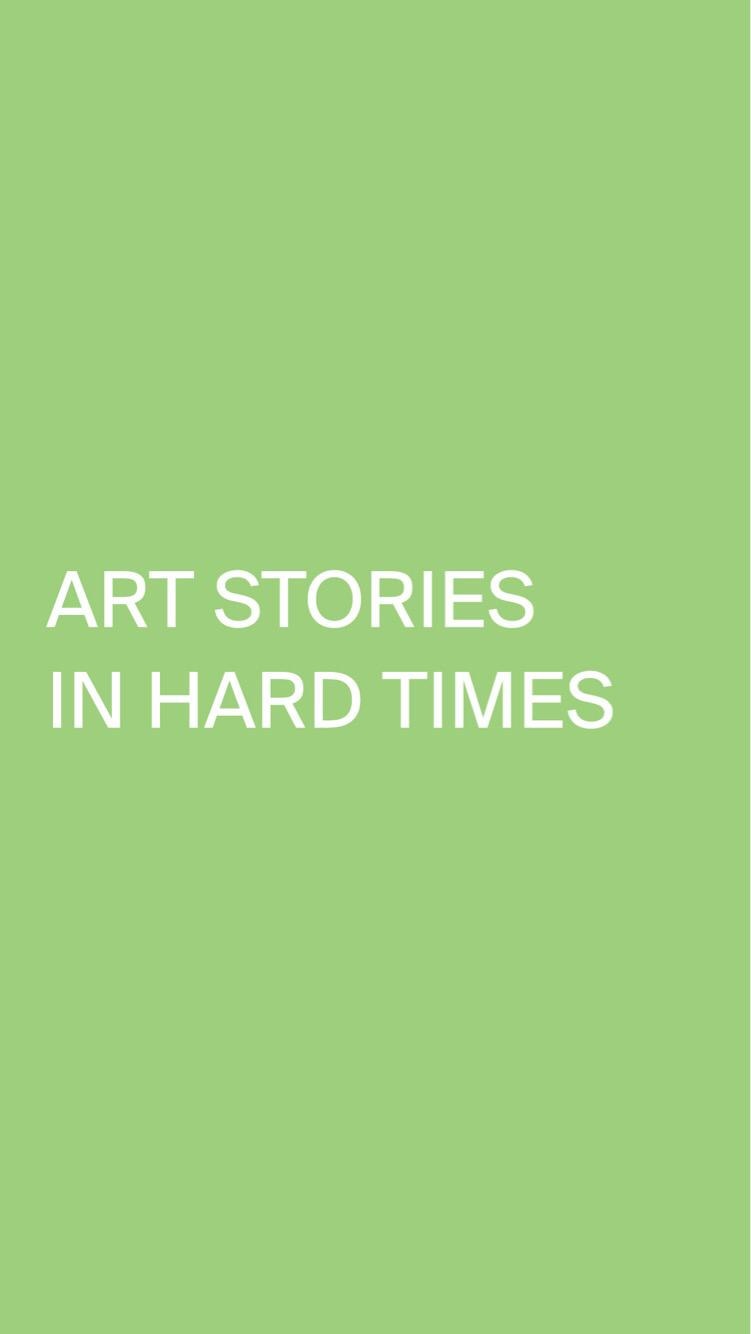
The main activity of twenty14 has always been about managing the art consulting and the organization of exhibitions. Face-to-face meetings are crucial, “but this situation makes it impossible to work as usual”, explains Scaramellini; she also adds: “it is evident that these stories are something different from our everyday activity”. They are part of the tumultuous, varied flow of proposals, shared during these days of quarantine through social media, which go from yoga to comedians, to performance. There are many of them, maybe too many. Matilde observes how digital stories and events have taken the place of the “craving”, of the “presenteeism”, that was normal in Milan until less than a month ago. According to twenty14, in a city that is so accustomed to a concept of well-being that consists in the consumption of everything, even events, this new living situation is an encouragement to all of us to “look inside ourselves”.
It will also be interesting to see what will remain of this unprecedented experience in the future. The girls of twenty14 explain that “the diversification of the content is an issue we’ll face when it is all over”, notwithstanding the fact that “no matter how much we try to describe you a work of art, you need to see it to really understand”.
(AS)
Luca Molinari and time dilation
“Since I travel a lot, I’m used to seeing the world while I work through devices. Then, I share everything with the studio, through the server” says Luca Molinari on the phone, from his home in Milan. We are accustomed to having access to the network at all times: “you wake up in the morning, turn off the alarm and pick up the phone: the network is there in bed with you”. However, during these days he noticed that “what has changed is time”, which seems to be undergoing an interesting dilation, sometimes a real dispersion.
Right now, devices and networks are the only access to the outside world for many of us, and our relational tension is finding its expression there. According to Luca, their use has become “slower and more intriguing” and because of that, he finally manages to “enjoy those interesting contents that I finally have time to deepen”.
We agree, however, about the fact that in the chaos of trying to set rhythms for smart working, what seems always out of control is the length of the meetings and the proliferation of programs to have them: we connect via Skype, Hangouts, Zoom, Facetime, we discover new ones by the hour. In light of what he wrote in the book The Homes We Are (Nottetempo, 2016), I ask him if he has somehow arranged his house in order to accommodate these virtual meetings. He answers no, and adds that he is convinced that privacy - “the parameter on which modern society was built” - has been lost for years.
In all this virtuality, as a neo-nomad, he tells me smilingly that the thing he misses the most in these days is “the air that smells a little like sanitizing, that air you feel in airplane cabins”.
(GR)
Luca Molinari is a critic, professor and curator of architecture.
Orizzontale by Katia Fucci
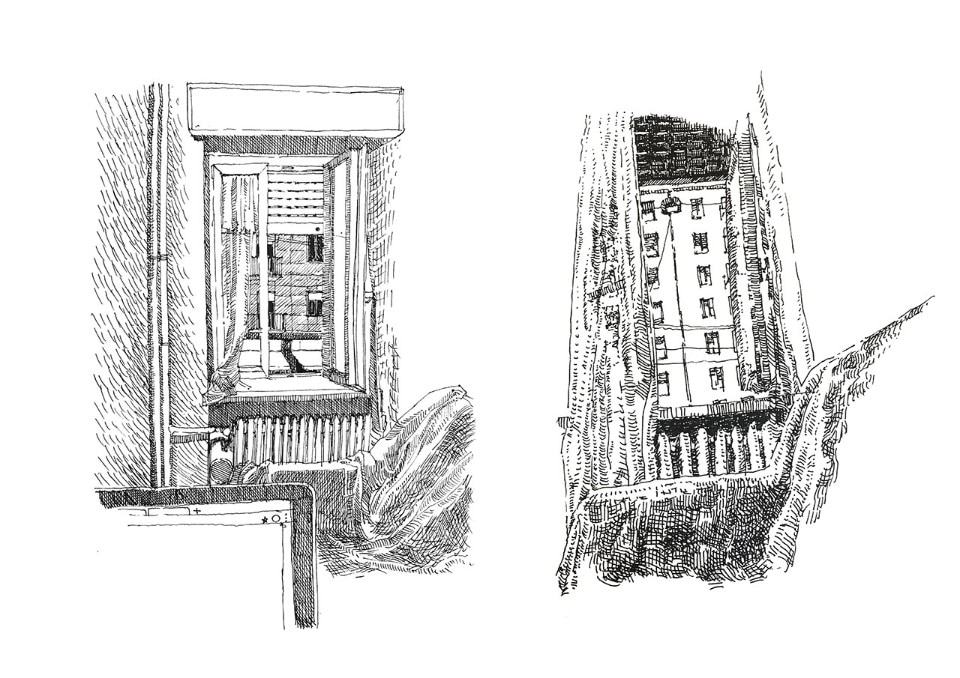
March 17th
Corolla, a self-isolation art project
Giuseppina Giordano quotes Kobayashi Issa’s well-known haiku: “A world of grief and pain: flowers bloom, even then”. The artist, who lives in Milan, was supposed to leave for Japan at the end of February. She was going to experience the Japanese hanami, the transient spectacle of blossoming trees. However, she had to return to Sicily, where her parents, both doctors, live. She has been quarantined in her brother’s room for 15 days. “It was February 23rd, the first cases had just broken out in Lombardy. I was in Florence and all the trains to Milan had been cancelled. Once I arrived at my parents’ house, I was asked to self-isolate and to use only one bathroom. They disinfected the handles and so forth”.
It is in that room, filled with his brother’s stuff, such as comics, books and his electric bass, that Corolla was born: a series of wearable sculptures made of long flexible coloured petals, designed to be worn by most people. “I missed the idea of being able to touch other people and these sculptures are thought as extensions of our bodies”: the artist explains that this project was based on the idea that feeling like a single human family, during a such difficult time, could help us to overcome the crisis.
You will find the international crowdfunding on Indiegogo.
(AS)
Is space created by objects?
During quieter periods, in Domus 1021 of February 2018, entitled Time, Michele De Lucchi wrote: “it’s the object that creates the space and not vice versa”. That was the month in which I joined the editorial staff, but that editorial returns today with a whole new perspective. From the day smart working was first introduced, work began to arrive directly to my room, as a giant computer, my constant companion during my days in the newsroom. At the moment it is both my window on the world and on my room. Since I had to deal with this huge piece, I involuntarily found myself exploring my desk, a jungle of objects. I didn’t need to consider their weight, colour and size before, but this week I decided to do it, in order to make them functional to this new dimension of life.
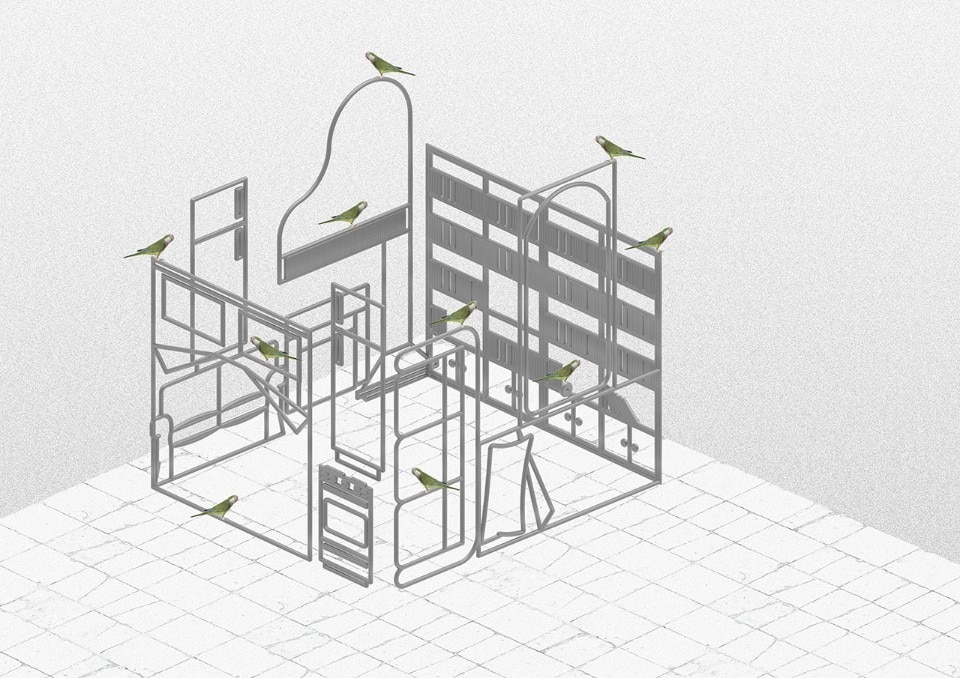
I imagine Alessandro Mendini in his house, at the time of the Triennale, wondering about “The Things We Are” during the homonymous exhibition. I see him writing, while looking at the heterogeneity of the objects around him, as components of a “micro-system of life”. I imagine, as the former director of Domus did, that “if I move a few metres, I'll find yet another system, and then another, and then a thousand and thousand in all directions. Systems that belong to me and to others, to all of us (...) the totality of the infinite stages of our minds and bodies”.
Our homes are slowly but surely taking a different shape, more fitting to our renewed existential dimension, that of the digital hermit. The multiplication of “the rules for smart working”, addressed to those who, like me, visit the house very little, confirmed it. More than “instructions for experiencing the city" (quoting Ugo La Pietra) - now we need to work out new “instructions for experiencing the house”.
(GR)
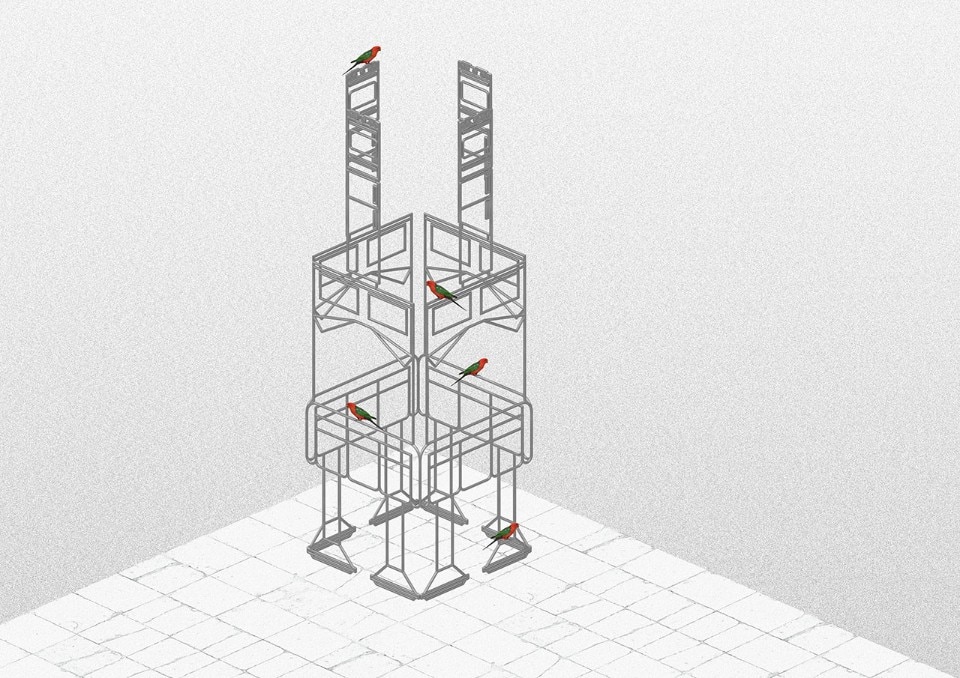
35smq
I live in a thirty square meter little cube, on the eastern side of Nolo, the new “fancy district for fancy people” of Milan. At home I have both comfort and technology quantum satis: a 49-inch TV, large fridge, combi oven, three game consoles, record player, comfortable sofa, Alexa and Google Home, a soft carpet where I like to lie down every now and then, an extendable table. Despite this, if you ask me where I live most often and willingly, I answer that I stay at Marco’s and his family’s; Marco comes from China, from the Chinese mountains, and runs his beloved bar with pool table, that local seniors (and me) like so much; the Heracles gym, where the noble arts of boxing, music, theatre and more are practised; the supermarket across the street, where I nearly always pass by, on my way home from work, almost as if it was an airlock for me; the bar-library that has just opened behind my house, Anarres; the dehors of the municipal market, charming during summer; Mrs. Carmen, the chubby lady who sells absolutely everything and fills your head with chatter. Not to mention the restaurants, the Q Club, in Morbegno Square, crazy nights and beers. And then the Milan Metro Loreto stop, the green metro trains, tram No. 15 and buses No. 230 to Rozzano, home to Domus’ newsroom.
All of that is now gone without warning. Wiped out. The supermarkets hold up, but people enter by rotation and there are stripes marked on the ground to point out the distance. Suddenly, I only live at home. From morning till night. I work there. I live there. Every once in a while, on my lunch break, I’d run out to the park for a run and some squats. As of today, I’m in strict quarantine. I just found out that on March 10th I had contact with a coronavirus patient.
(AS)
March 16th
We entered the kitchen after dark, it took us a few seconds to realize that it was Chubby Checker’s voice bouncing off the walls of the courtyard. We opened the French window of the balcony, and there they were, all of our neighbours, standing there looking out the window, or on their balconies, waving at me and F., my roommate, to the rhythm of Let’s Twist Again. So, we found ourselves there too, smiling newcomers to a party that tasted like a new form of prohibition.
It was Saturday and, just before, I had metaphorically drawn the first horizontal bar above the first four vertical ones. One for each day I stayed at home, since the beginning of the quarantine, which for me had started on Tuesday, March 10th, together with smart working. Our house is a very long hallway, an apparently senseless space, where the rooms almost look like attachments. Sometimes it seems to be that the apartment has been carved, more than designed: on one side two bedrooms, on the other bathroom and kitchen. Since Tuesday, March 10th, all the floors of our lives have been squeezed into a single and inevitable space: our homes. All the people have suddenly become equidistant, and the distance corresponds to the still uncertain duration of this quarantine
.
(GR)
The balconanza: terraces, new squares
We’ve been calling each other these days, to tell one another what we’re doing in our homes lately. Giuseppe answers that from his house in Rome, at the Pigneto, he sees the aqueduct and, under it, the terraces and roofs of the Mandrione. He lives only a few minutes’ walk from the premises of his architecture studio, Orizzontale, but the extension of rules to the national territory soon reached the capital. For those who work around self-constructing building sites like them, this has meant a total rescheduling of the agenda.
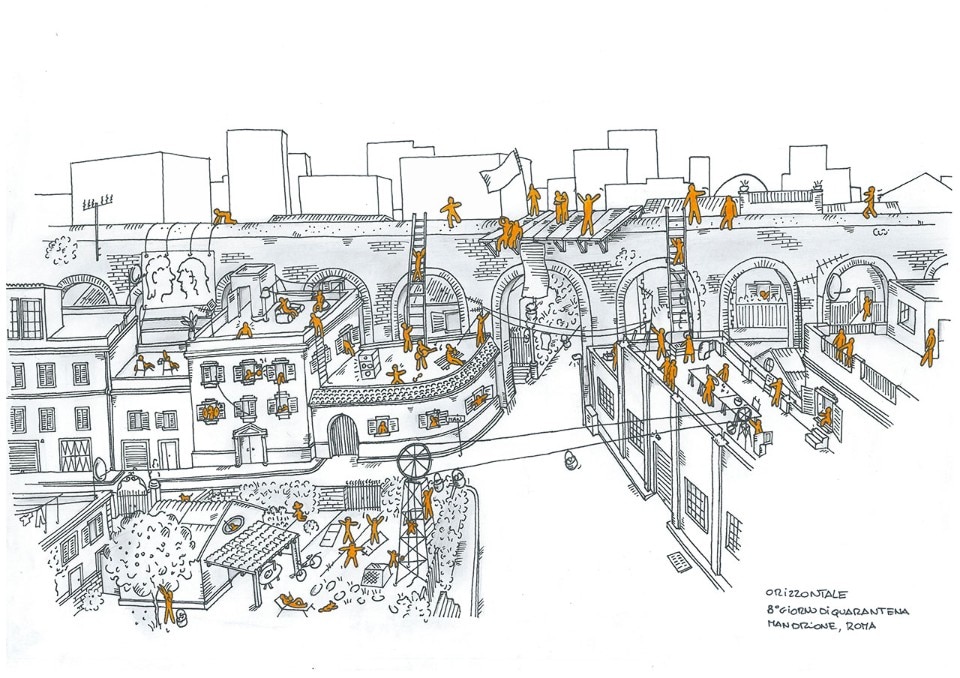
On the eighth day of quarantine, we found ourselves thinking about the ongoing rediscovery of terraces as “stages of relationship”. In the illustration of Orizzontale, you’ll notice people organizing a party on a roof, exchanging baskets from one building to another by using pulleys, cultivating the garden for the neighbourhood, some others offering their own garden for sports activities, all of this while a teacher is giving directions from the roof of the house across the street. Orizzontale’s drawing is therefore an encouragement to meditate on this moment that sees us all forced to stay at home, to overcome the crisis with a renewed sense of being together among neighbours: meeting from the terraces can be a new way to experience the dimension of “neighbourhood”.
(GR)
With Giuseppe Grant, co-founder of Orizzontale, a collective of architects based in Rome
Lidia
How does quarantine affect those who live their lives between stage and practice room? Lidia Carew is a dancer, actress and performer who lives in Milan. She affirms: “I’m staying at home and I’m coping well with it”. She also adds something you wouldn’t expect: “Maybe I needed to take a break from this world going super-fast”. Since August, Lidia has been living with her partner Matteo Caccia and their dog, in an apartment that she describes as “not too big but not too small, like any house in Milan”. In addition to the living room and the bedroom, there's a studio-wardrobe, and she points out: “it is more a wardrobe than a study, since we started to live together”. In these days, that room, which perhaps represents better than any other the delicate balance of a new cohabitation, has changed his identity again: Matteo must now work for Radio 24 from home, and so the space has turned into a small recording studio. Between clothes racks and coats.
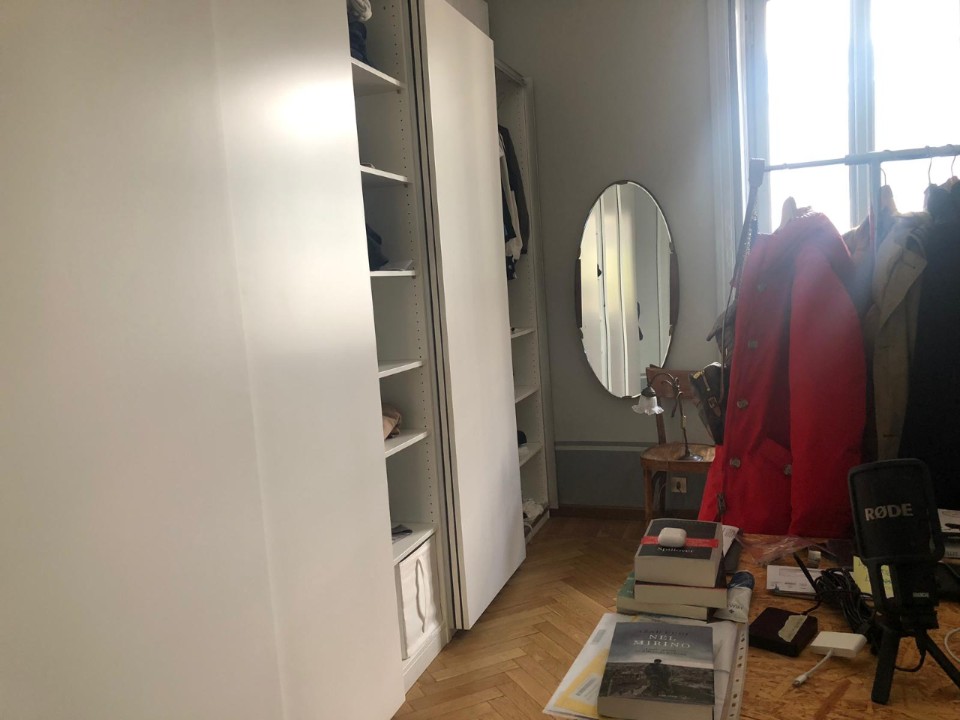
The dancer affirms: “it’s a very big test for couples, especially in a city like Milan, where space is extremely limited”, explaining how the use of headphones helps them circumscribe both physical and auditory space. In the living room she does stretching and muscle strengthening exercises: “My purpose now is to stay fit”. She doesn’t always listen to music.
This forced break gives Lidia more time to manage the association Lidia Dice, founded 4 years ago. Lidia has not only rearranged the spaces at home: she is redesigning her entire life, and she tells it with the quiet optimism of a voice that, message after message via WhatsApp, never bends to fear. There is life after quarantine, new opportunities. “Let’s think like that, or we will all jump off the balcony”.
(AS)
About the journal
The first issue of Domus was published in 1928 with an evocative subtitle: “Architecture and interior design of modern homes in the city and in the countryside”. The magazine was born in Milan, but has always shown a strong international vocation. Almost 100 years later, all eyes are on Milan and northern Italy: the western epicentre of the greatest Coronavirus contagion lies, in fact, in the regions of Lombardy and Veneto. Since it was declared “red zone”, the Italian economic capital is living an unprecedented situation: people cannot leave their homes. Gyms, schools, museums, bars, and even fenced parks are now closed. The direction is clear: stay at home. Even the editorial staff of Domus is now starting to introduce smart working. It is a whole new experience, both for people and for homes. An experience that caught us unprepared: how do you live in quarantine?
Hence the idea of this work: a collection of stories, places and people, ideas and projects, but also of actions and reactions, told day by day. We will involve architects, designers, artists and more. Fully in line with Domus’ vocation, we start from Milan, keeping in touch with the world.
“Living in quarantine” is coordinated by Giulia Ricci and Alessandro Scarano. To contact us, please write to giulia.ricci@edidomus.it and alessandro.scarano@domusweb.it


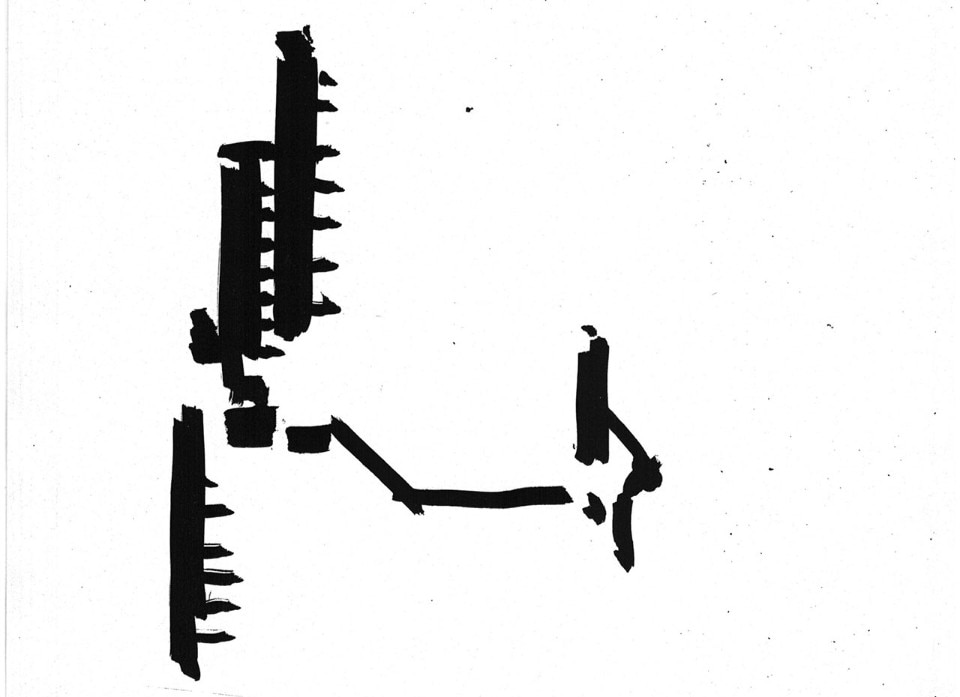

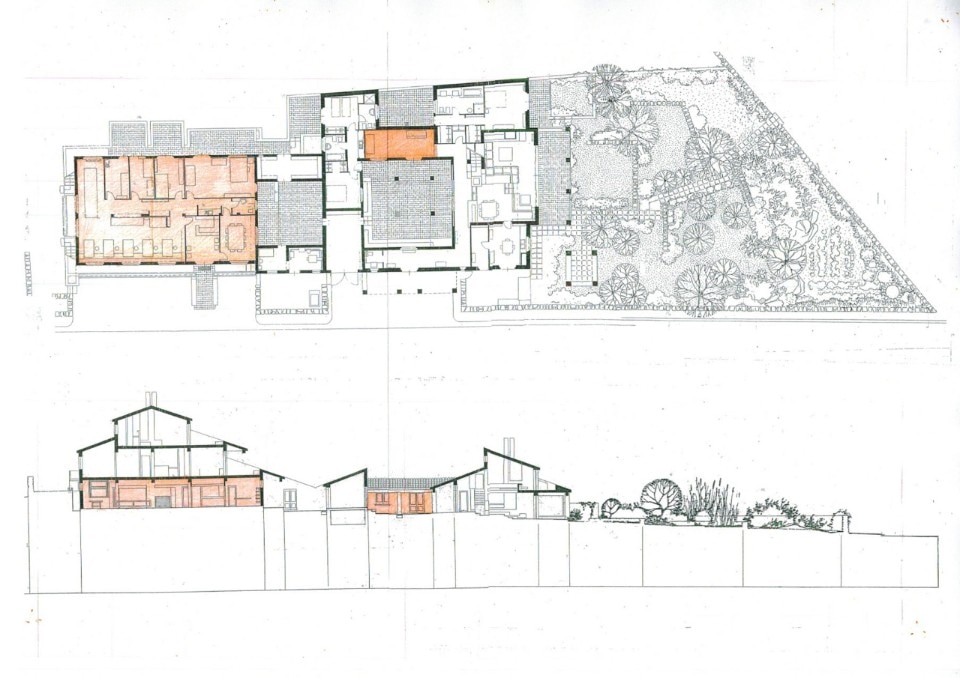
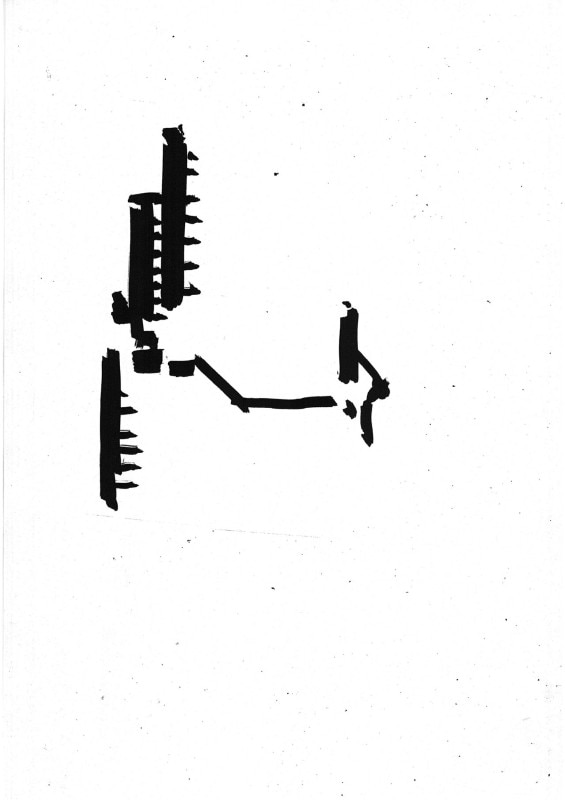
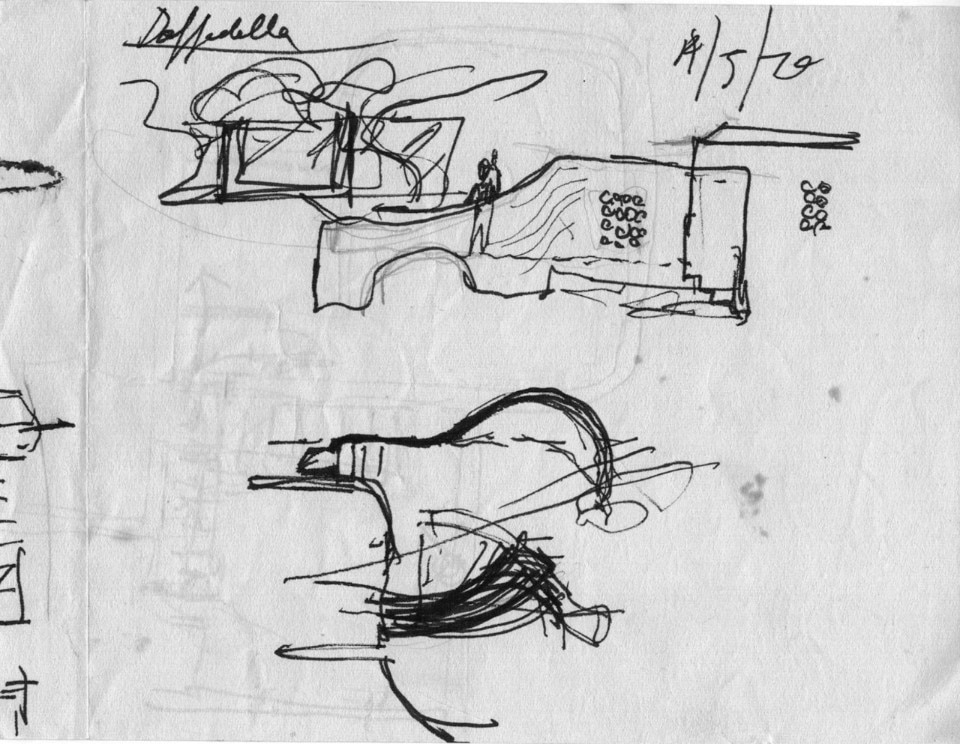
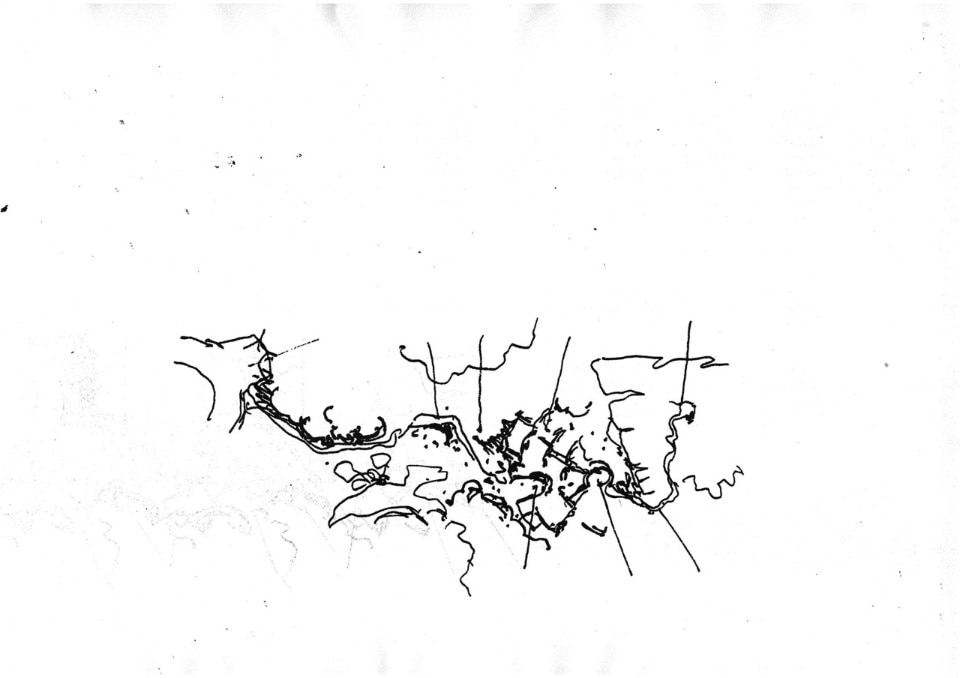
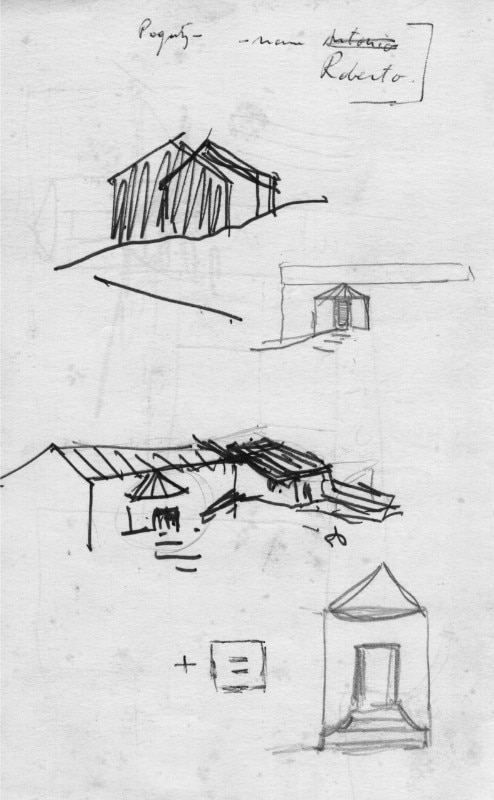
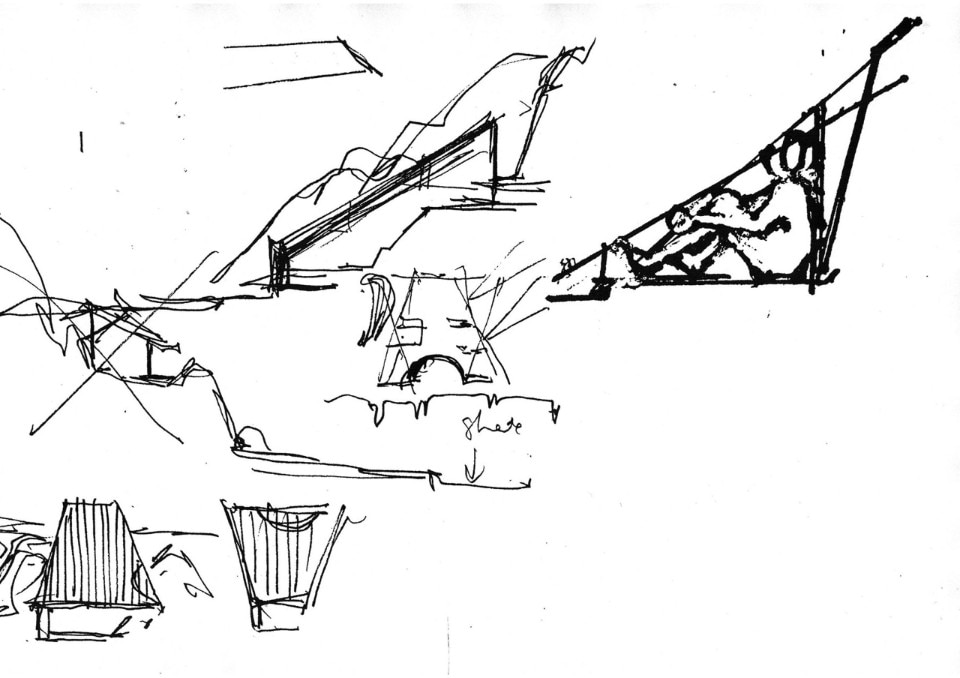
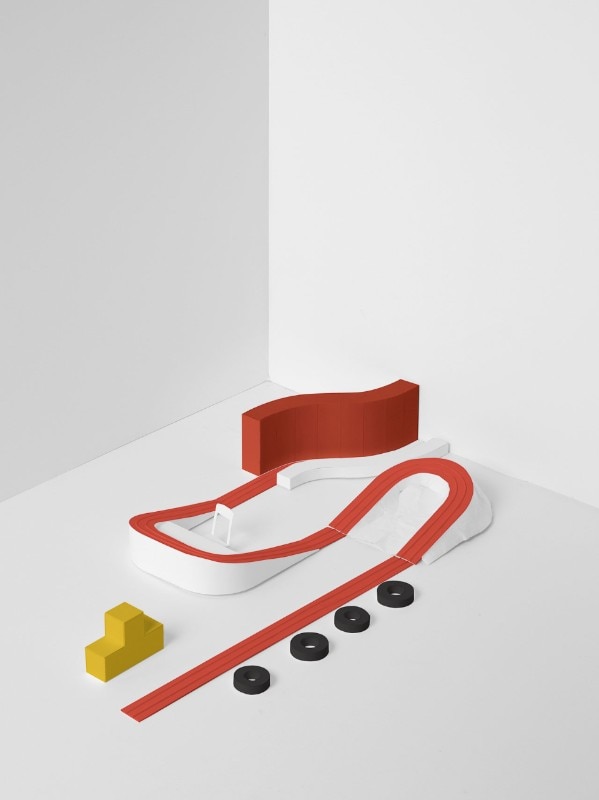
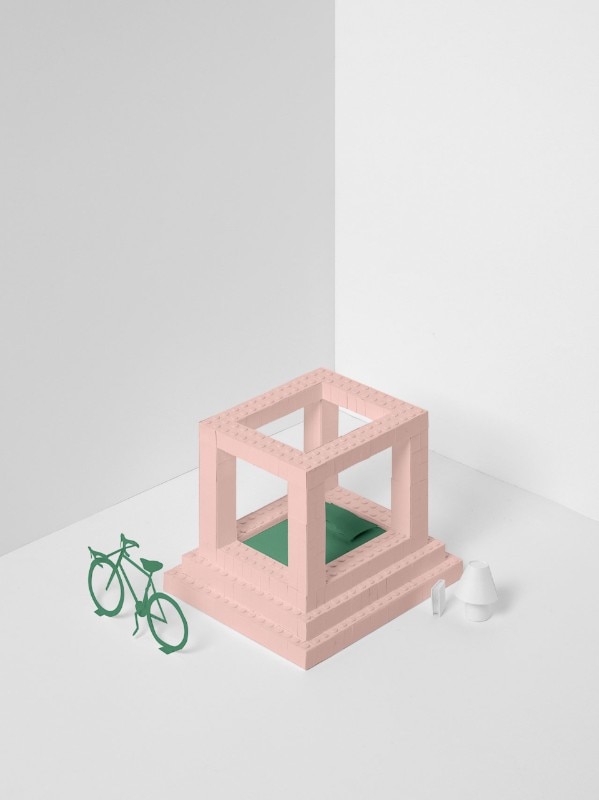
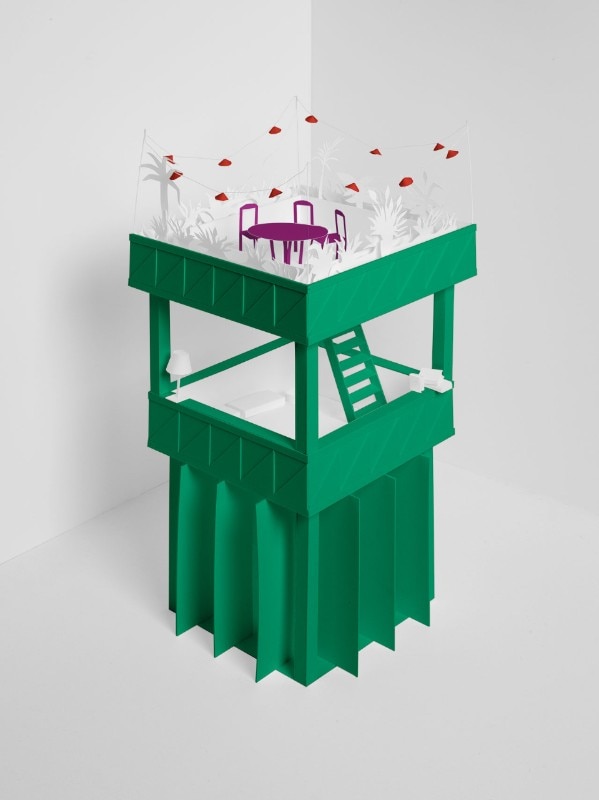
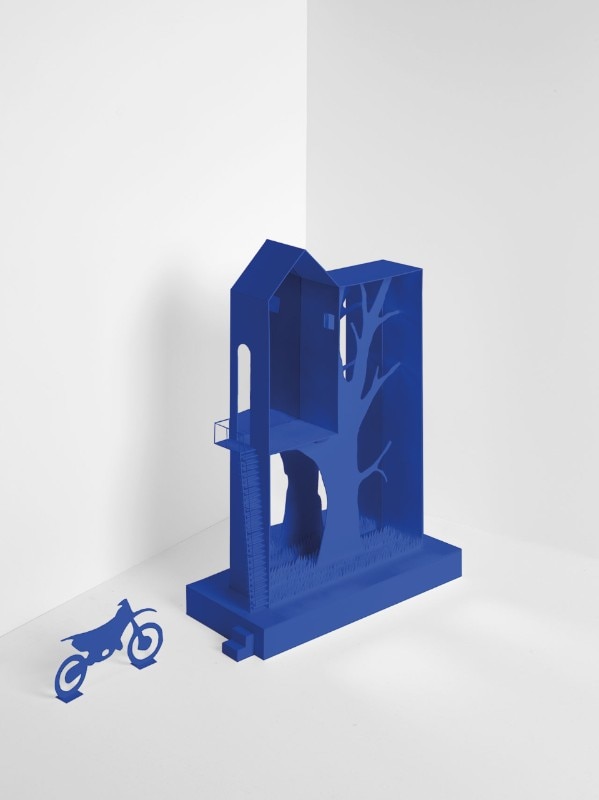
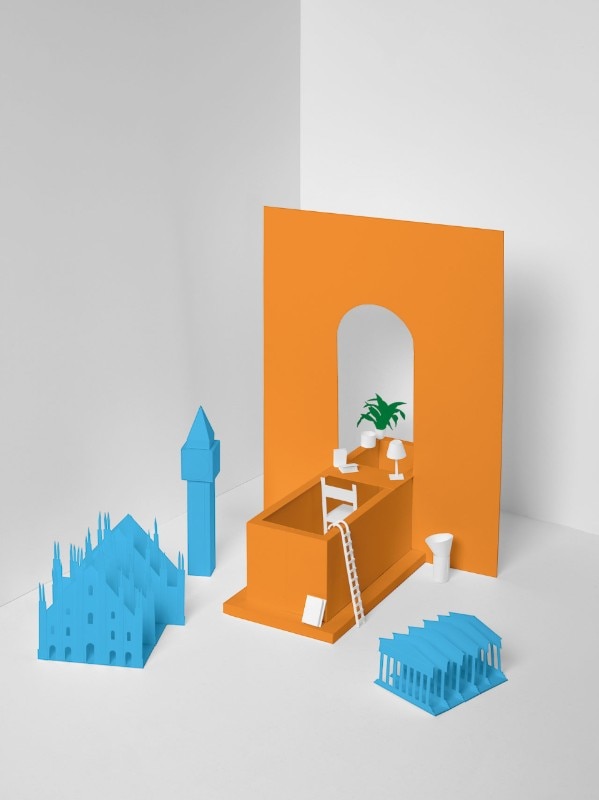
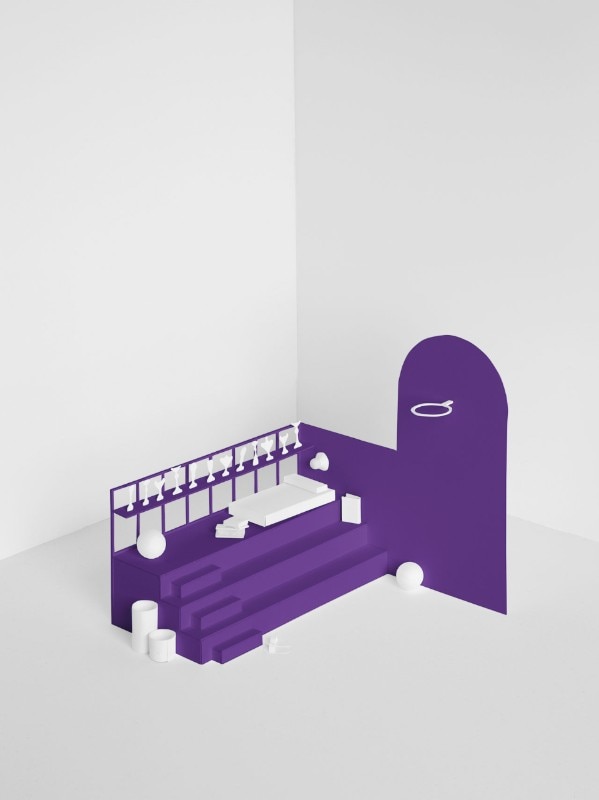
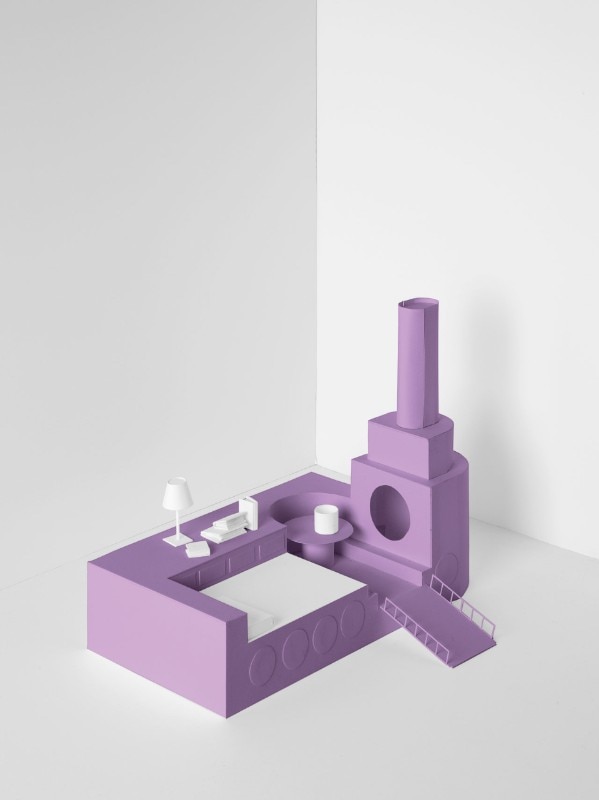
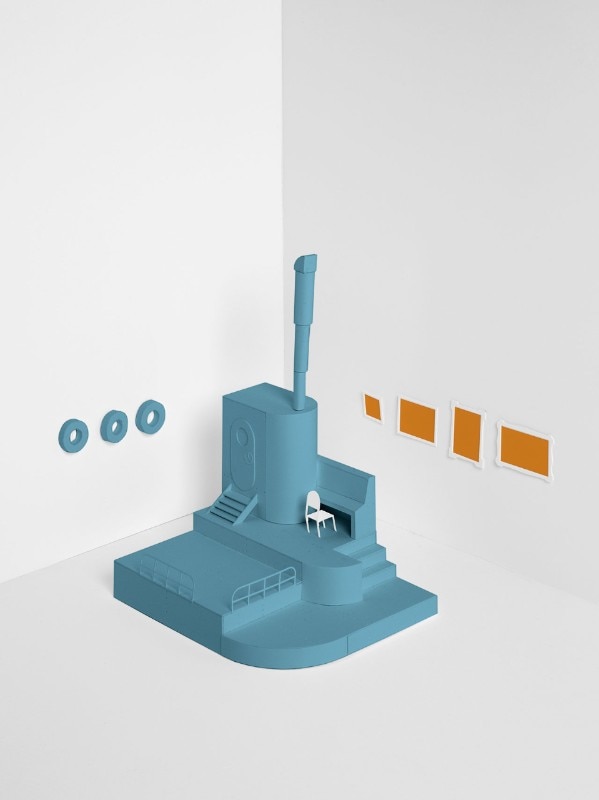
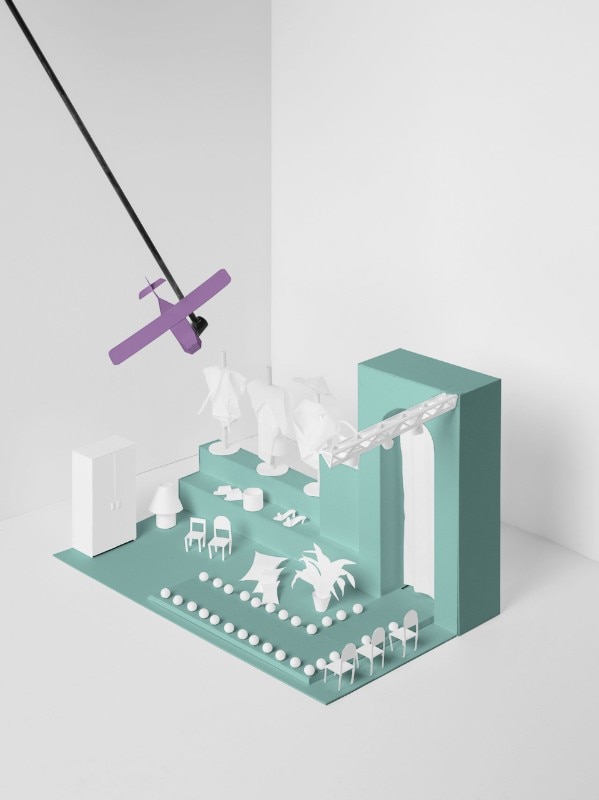
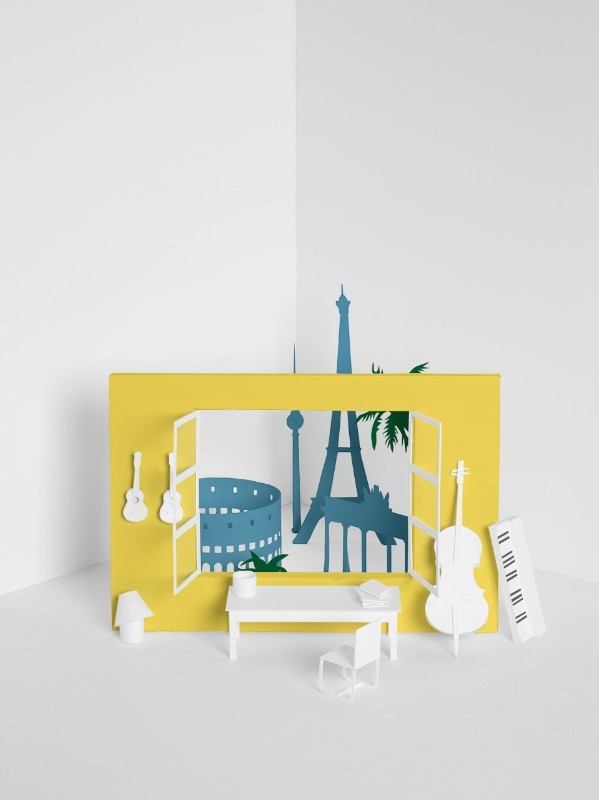
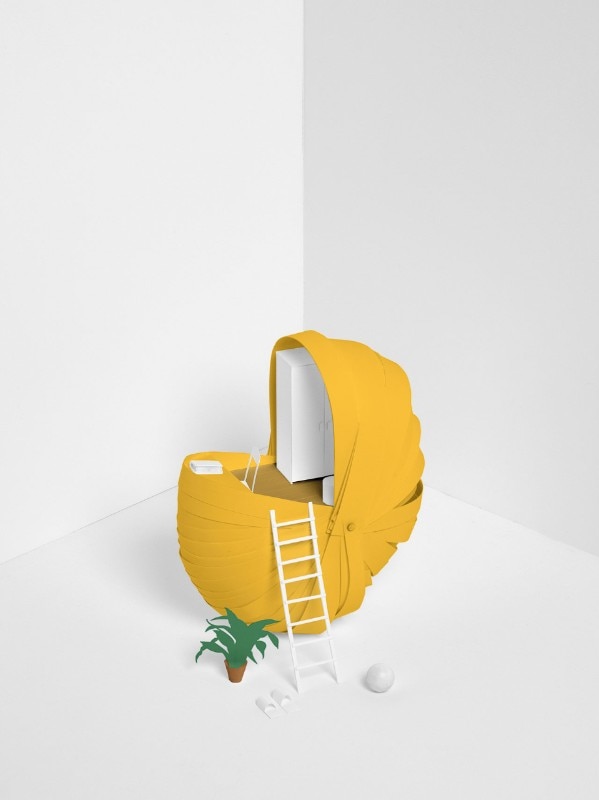
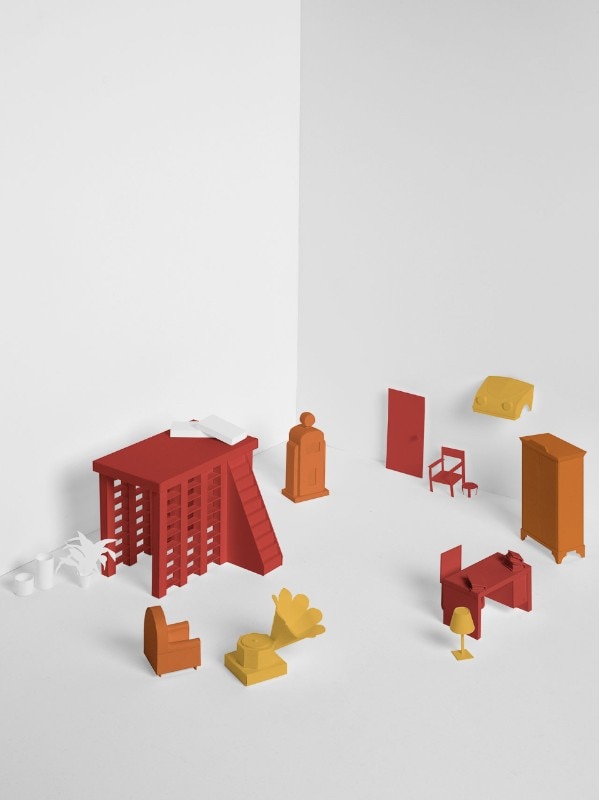
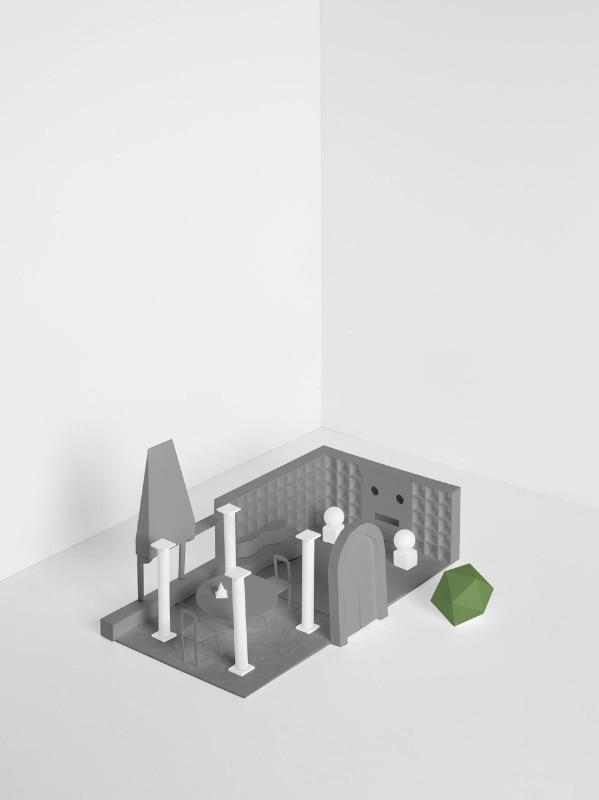
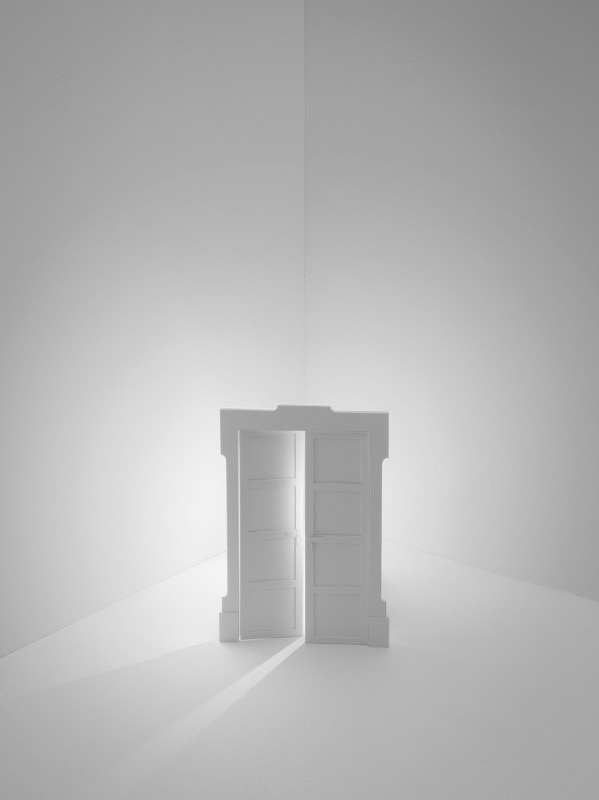
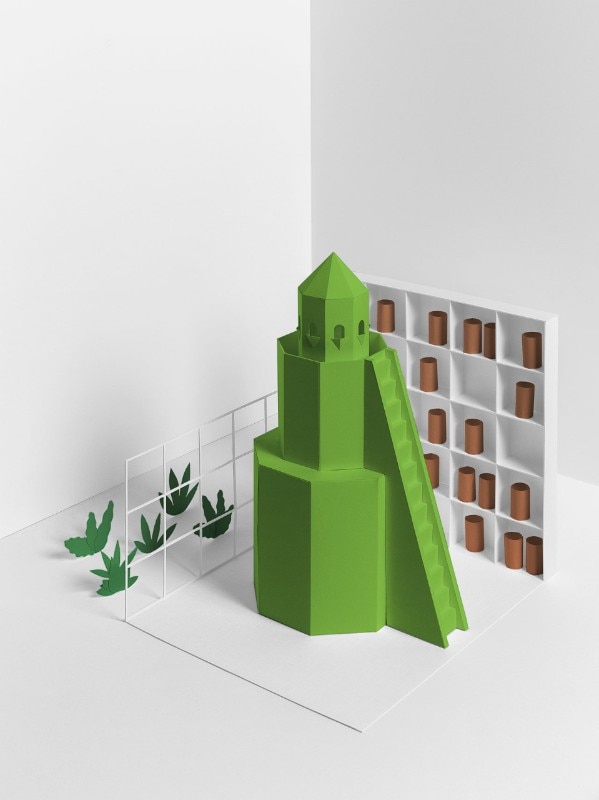
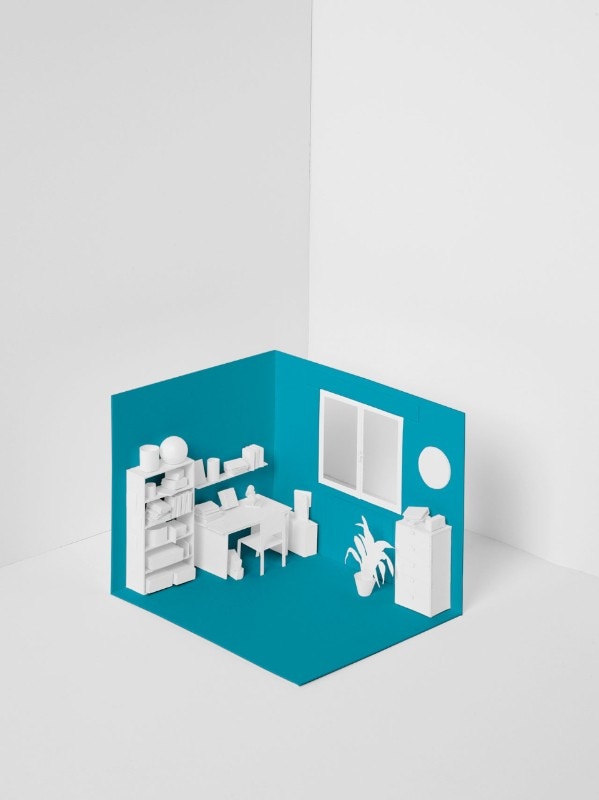
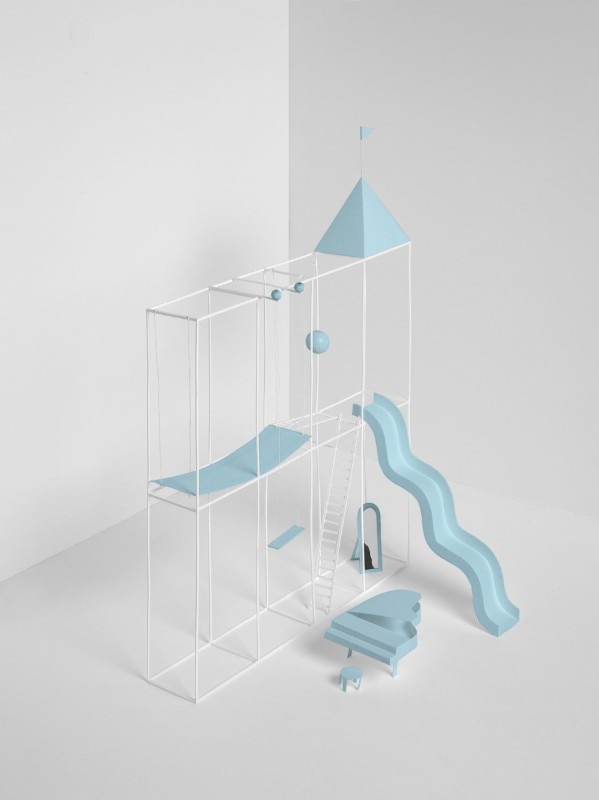
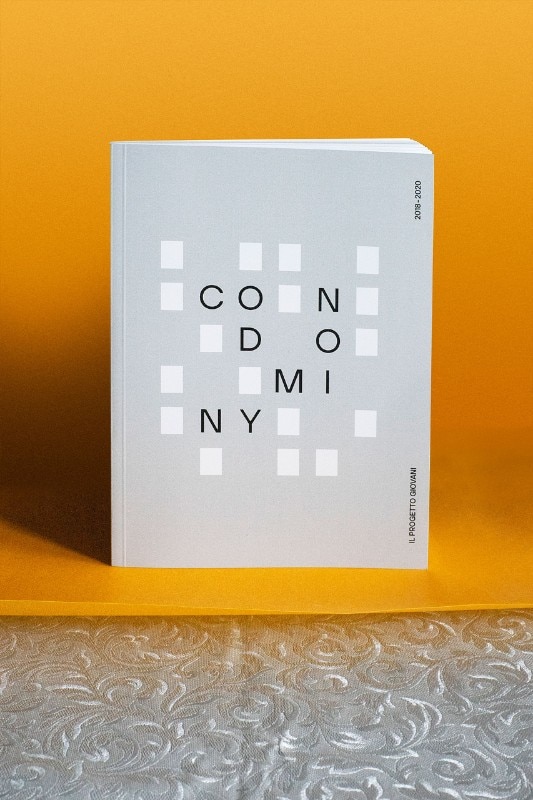
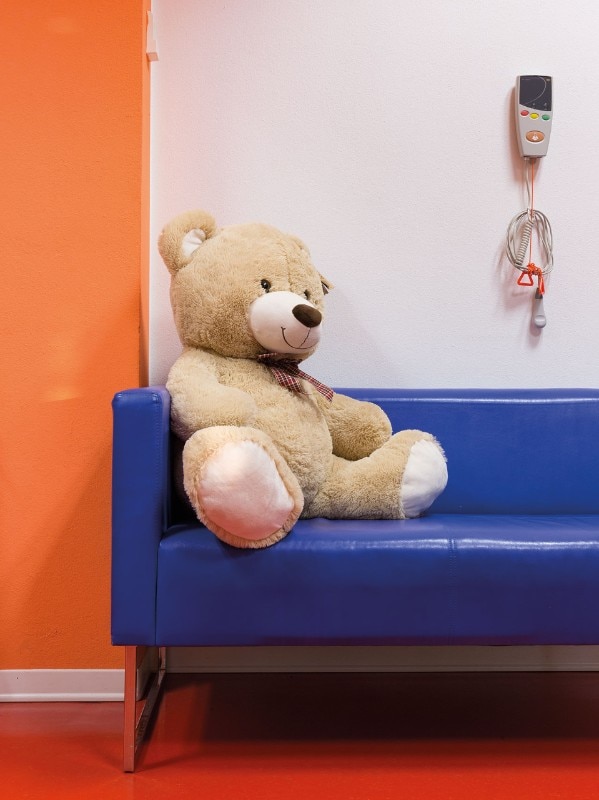
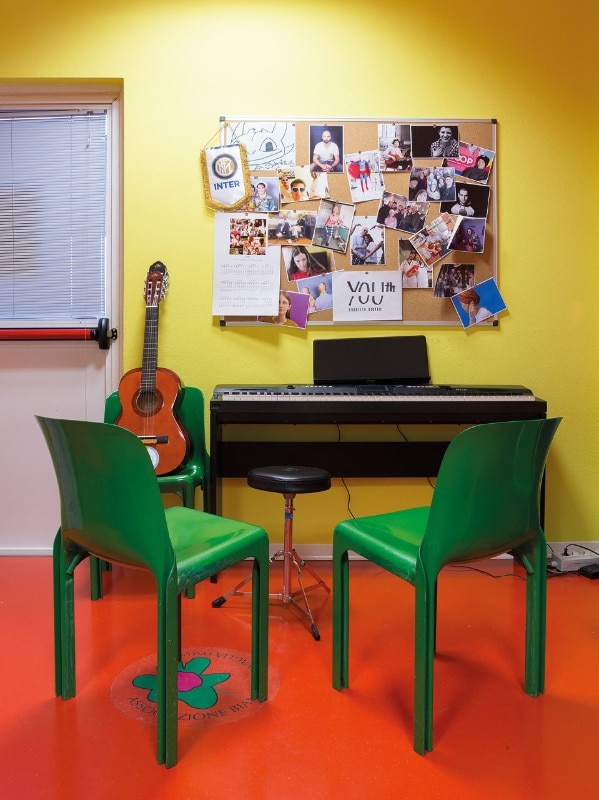
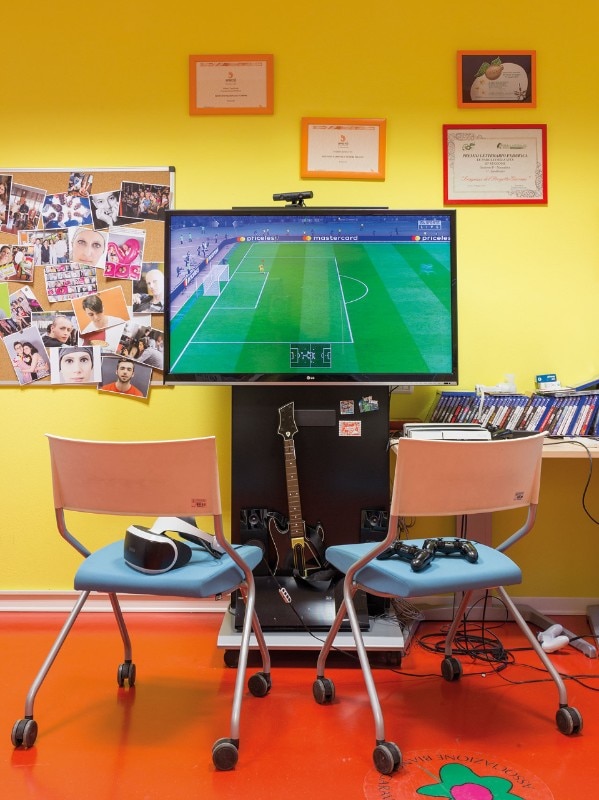
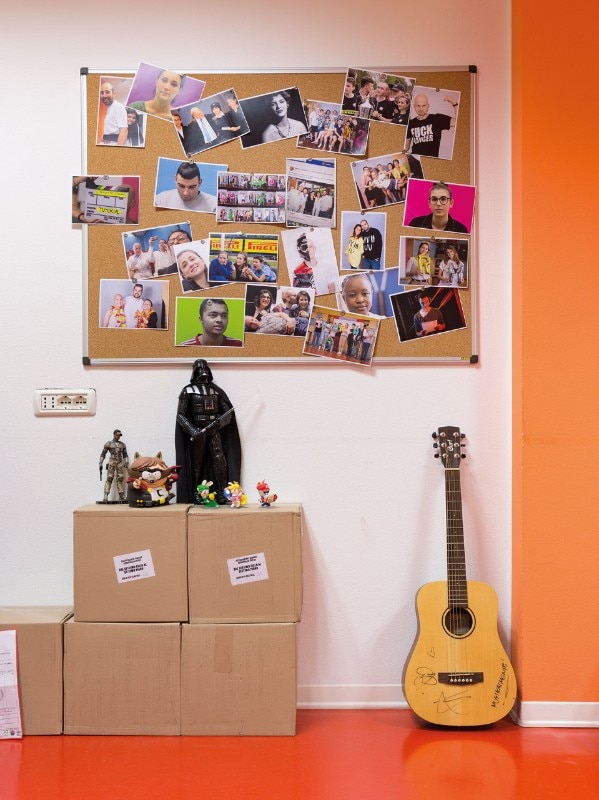
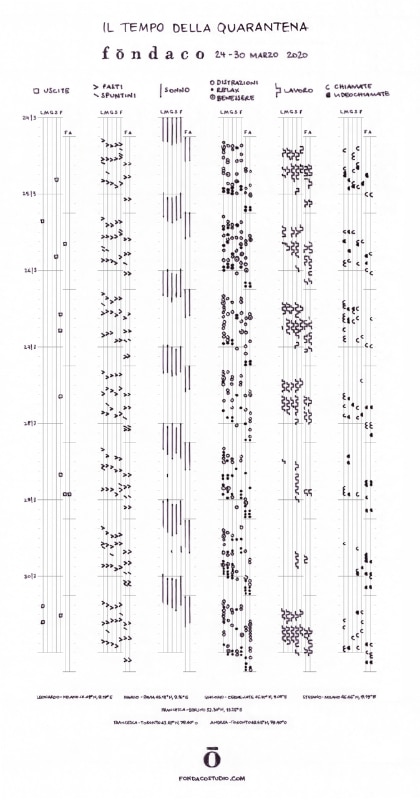
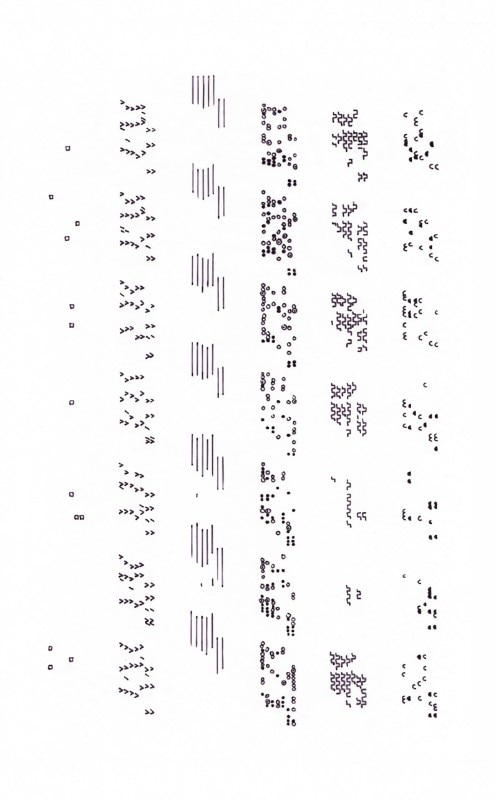
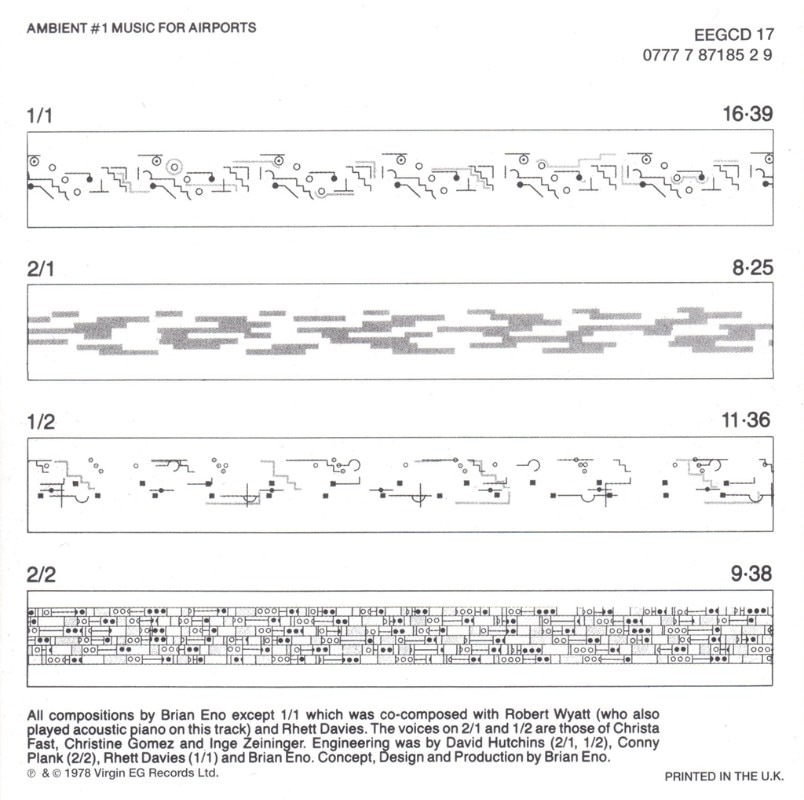
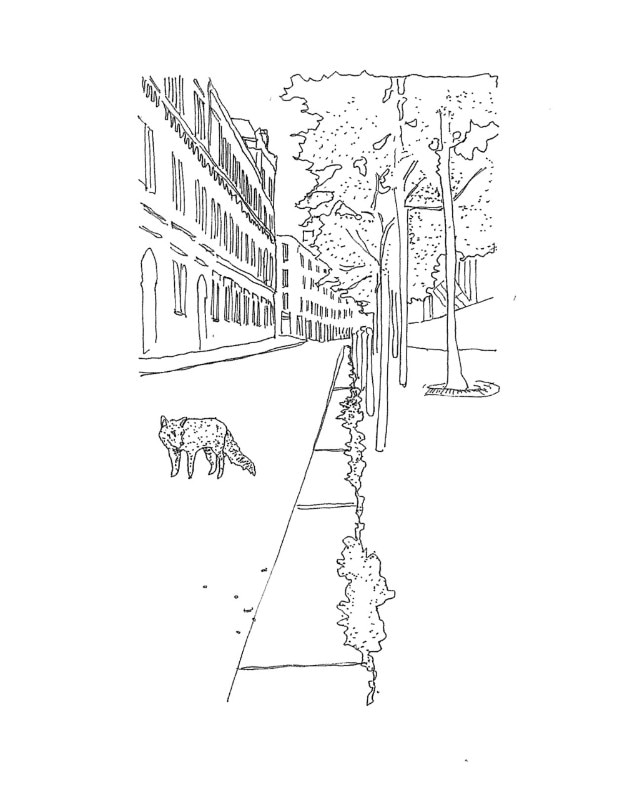
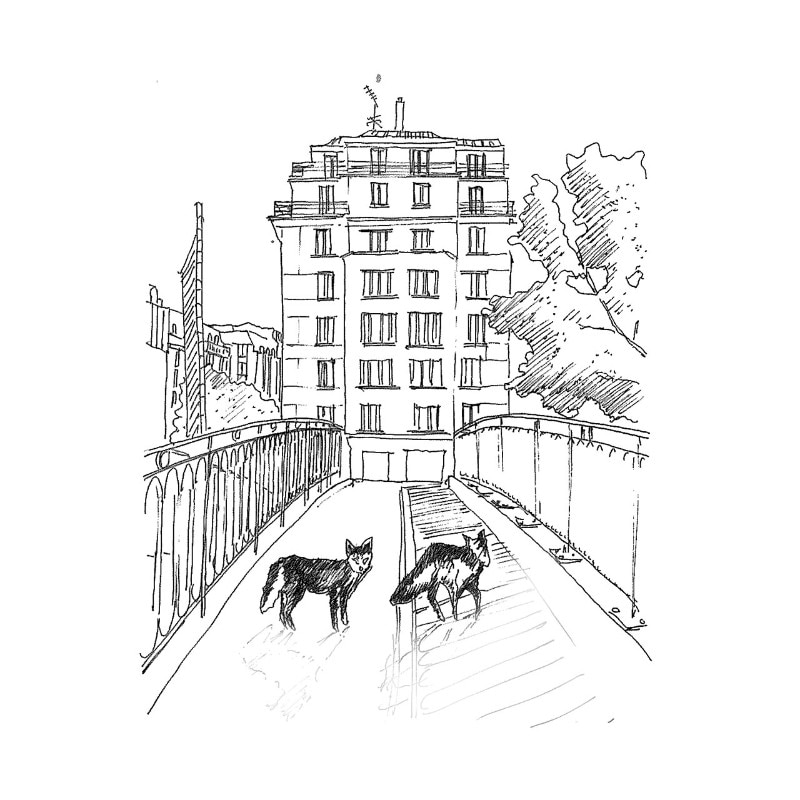
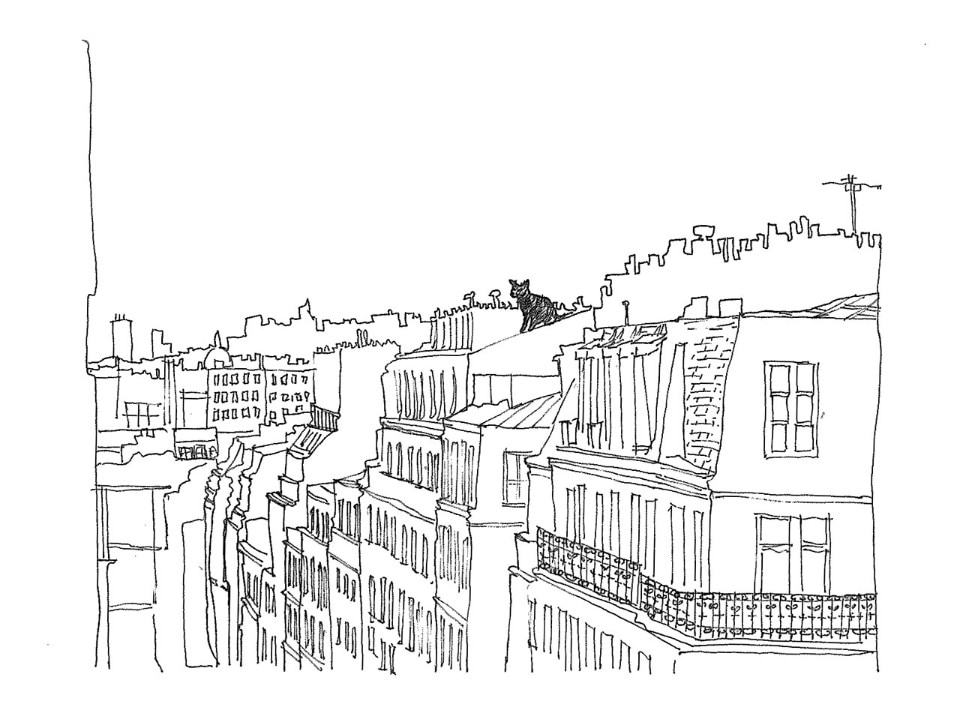
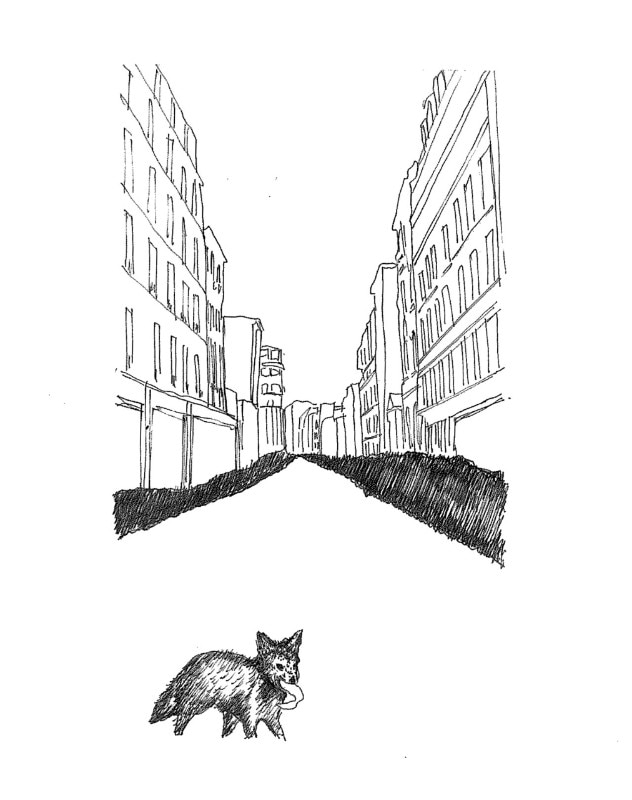
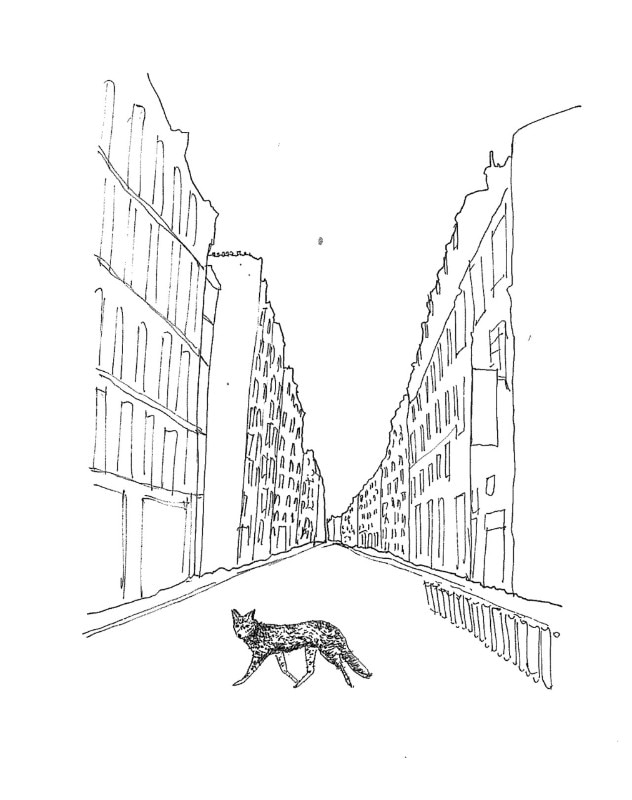
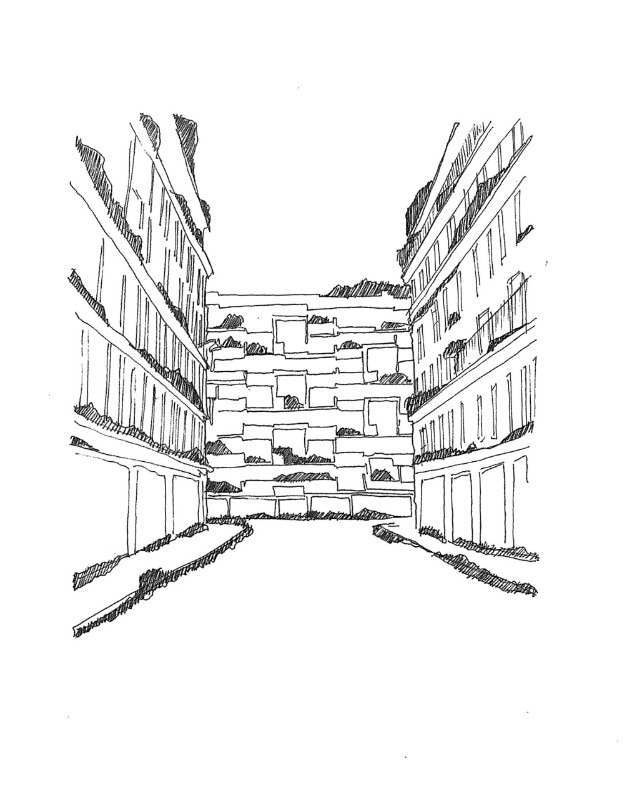
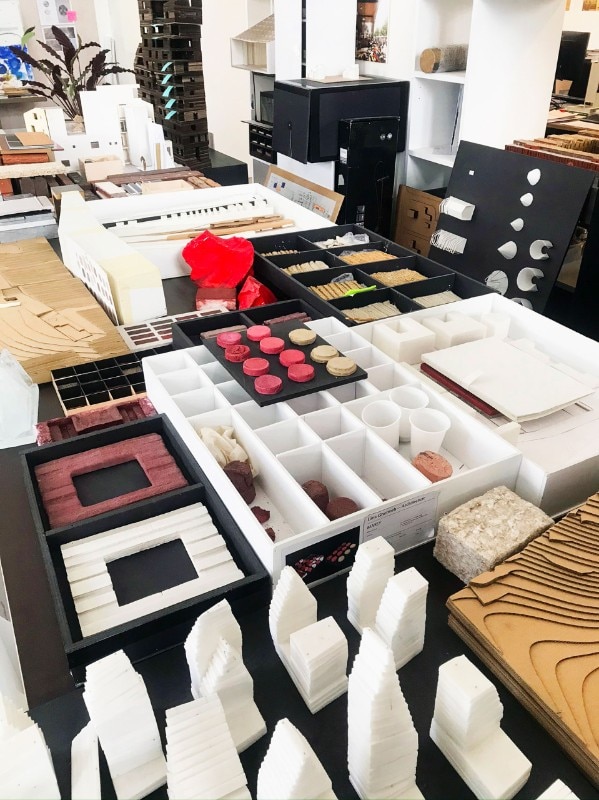
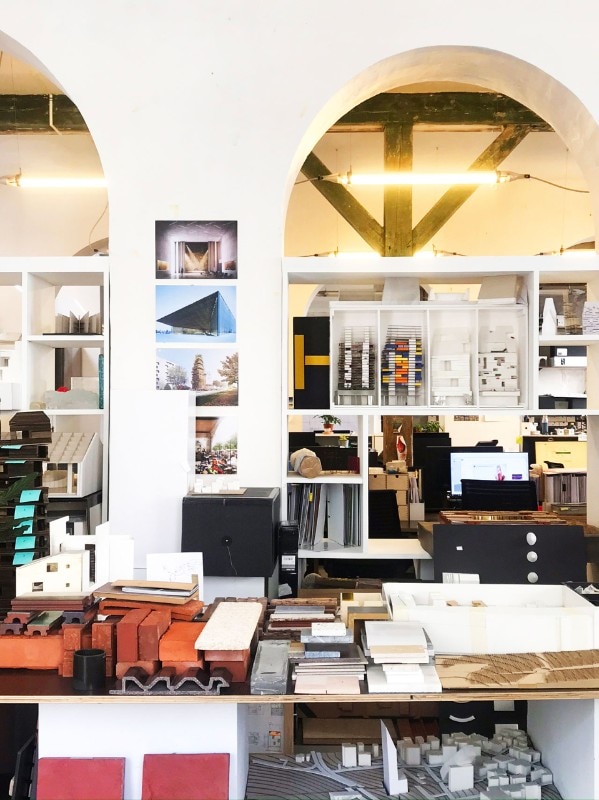
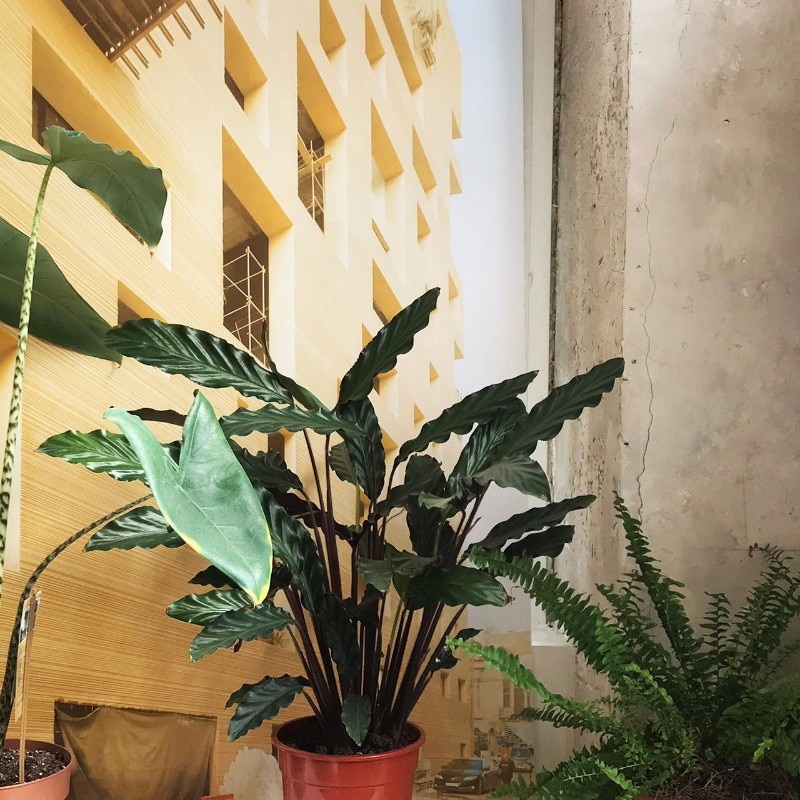
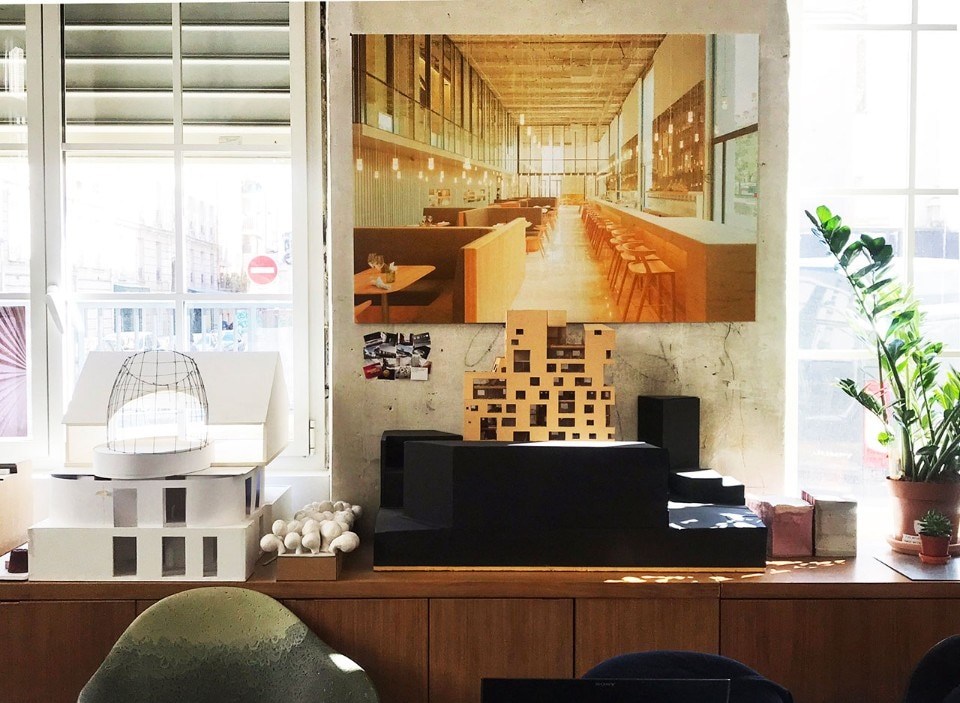
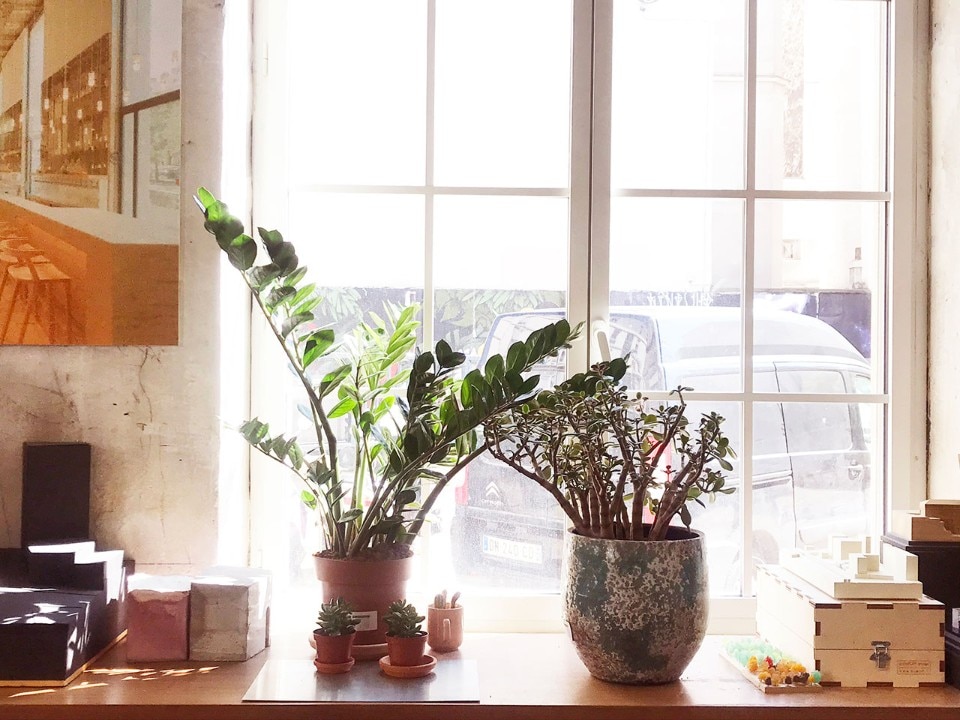
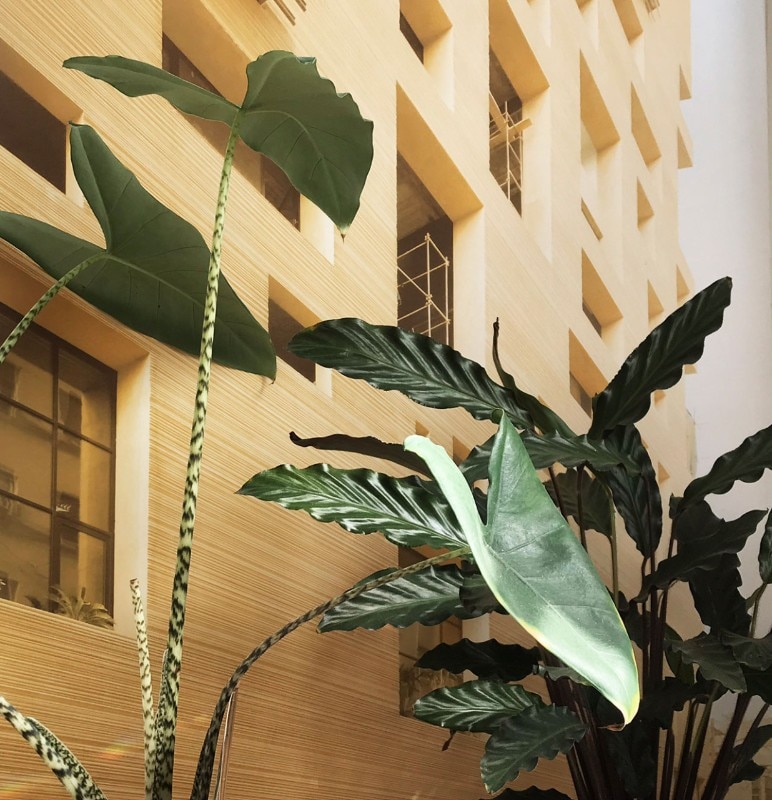

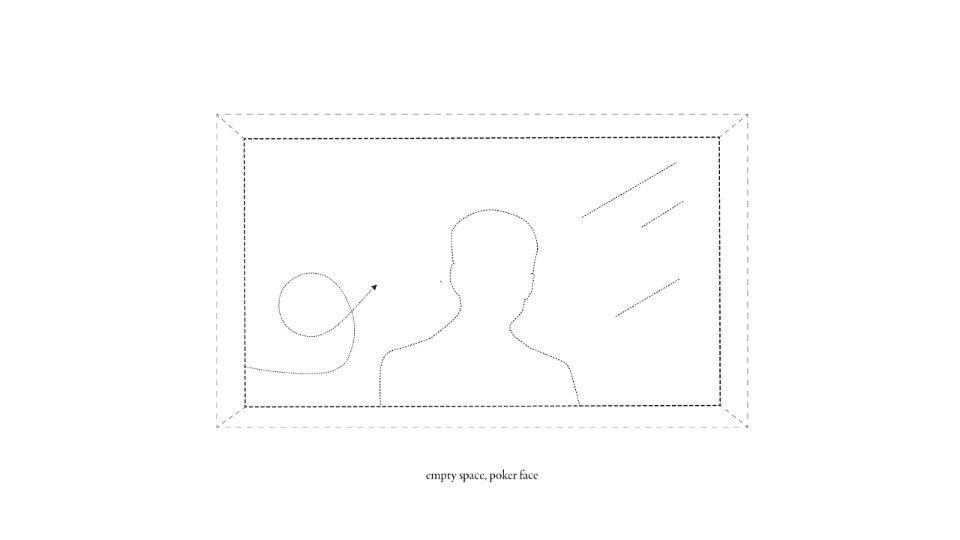
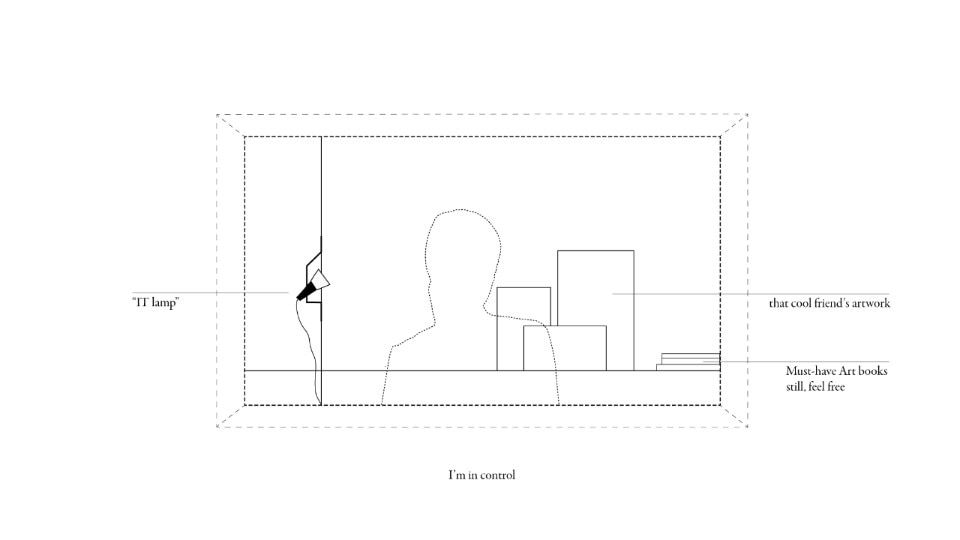
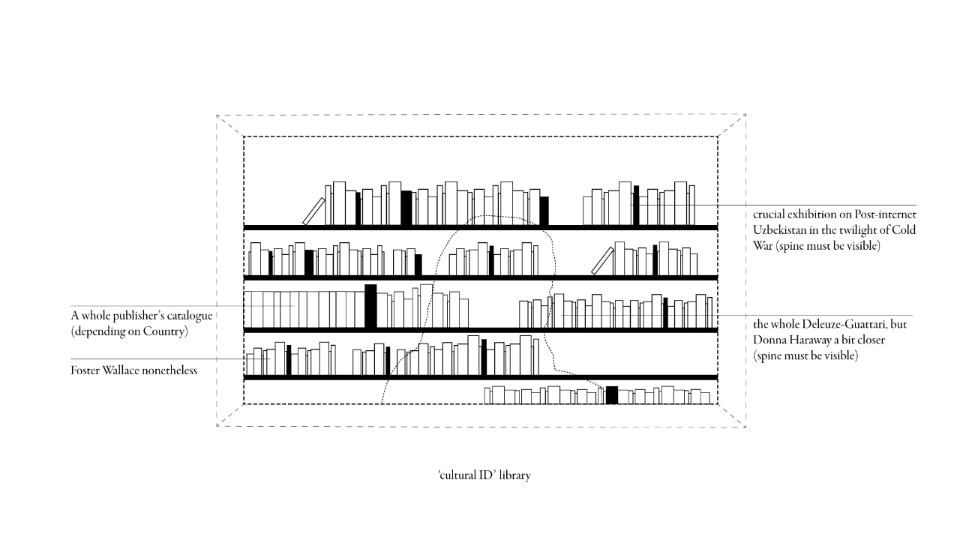
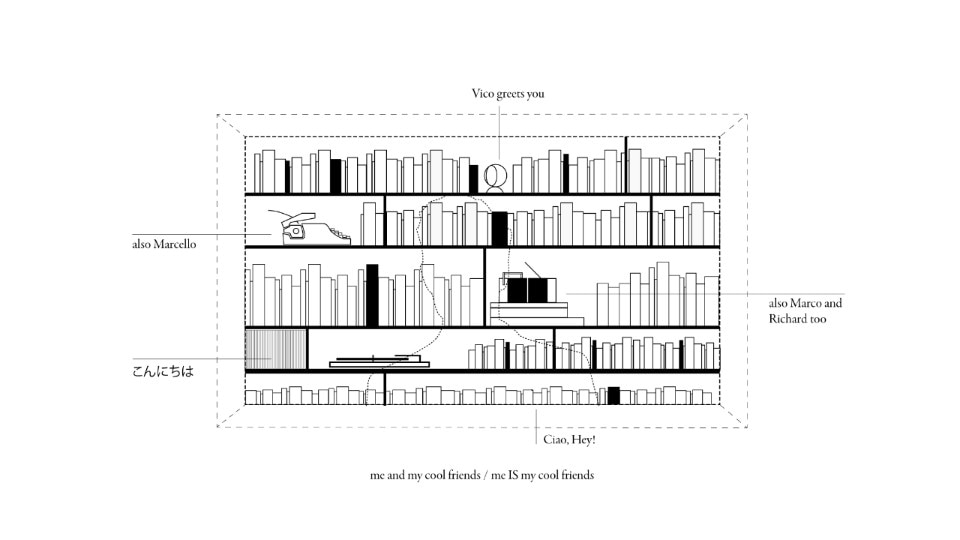
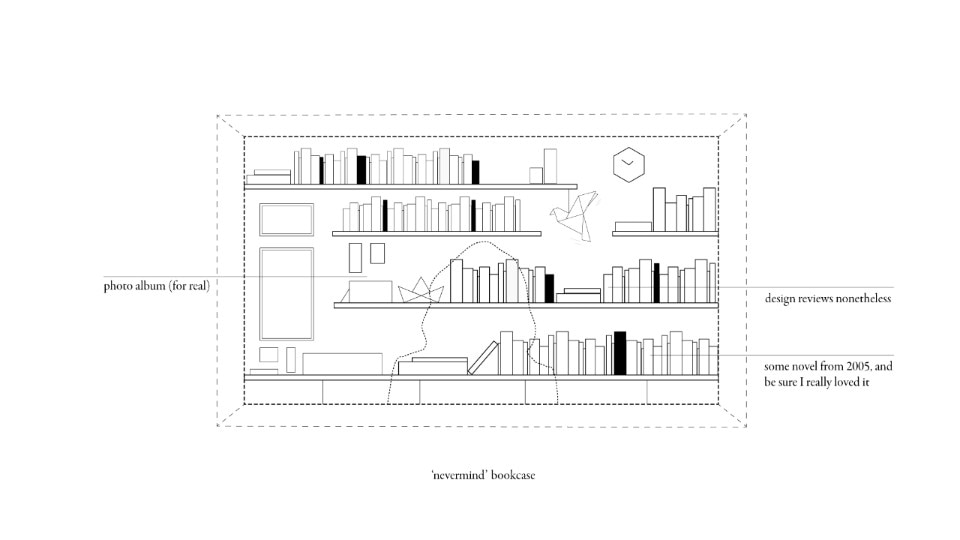
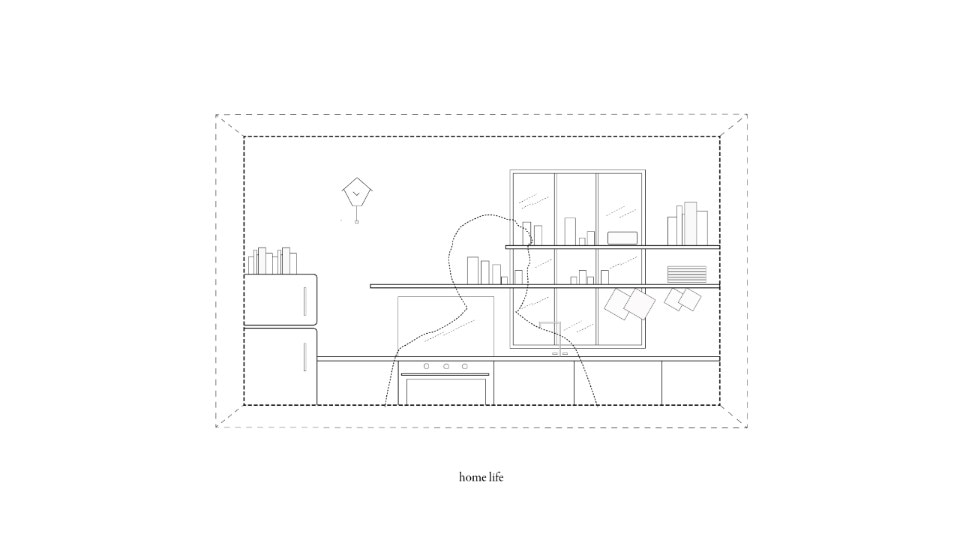
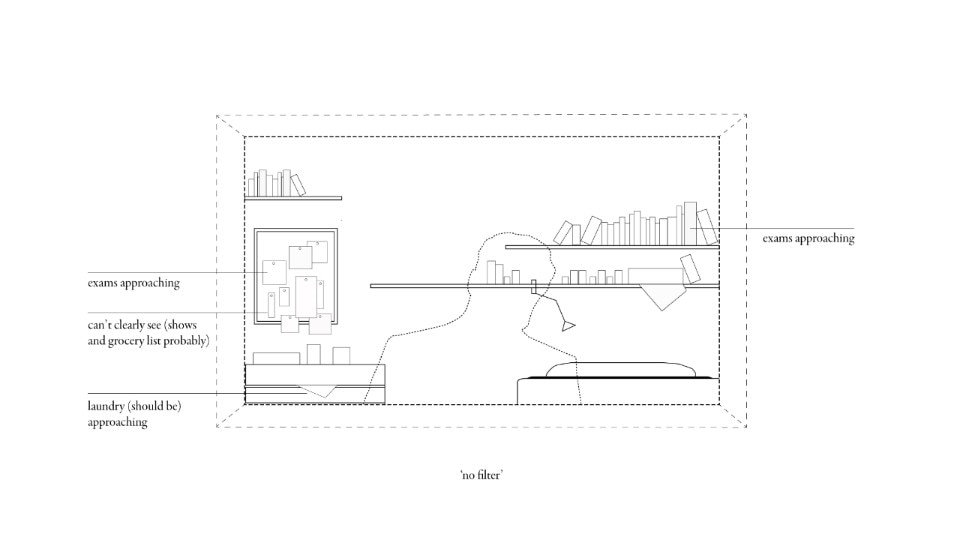
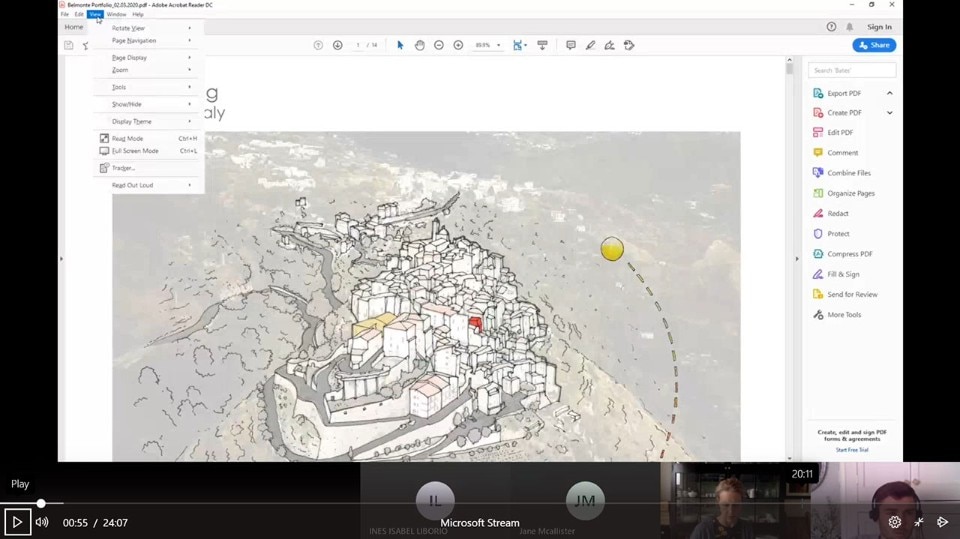
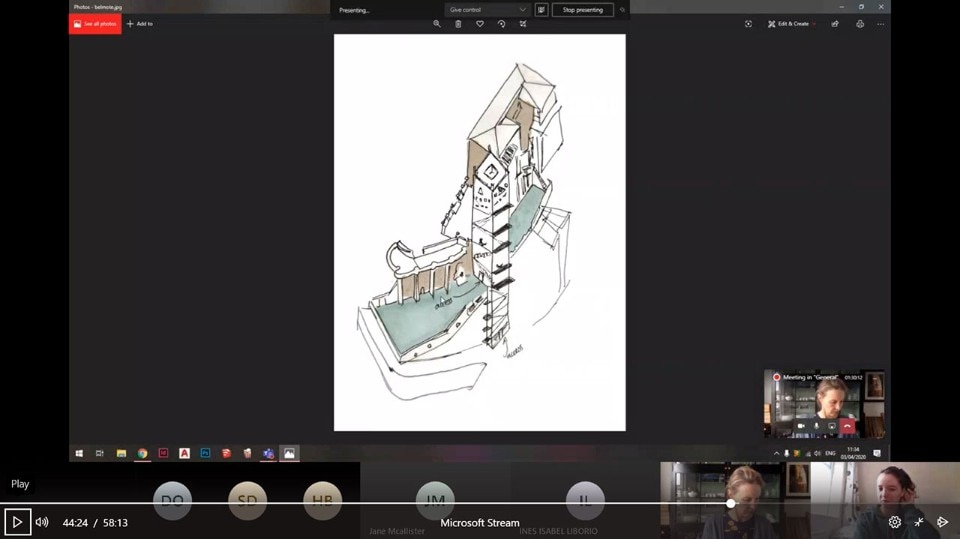
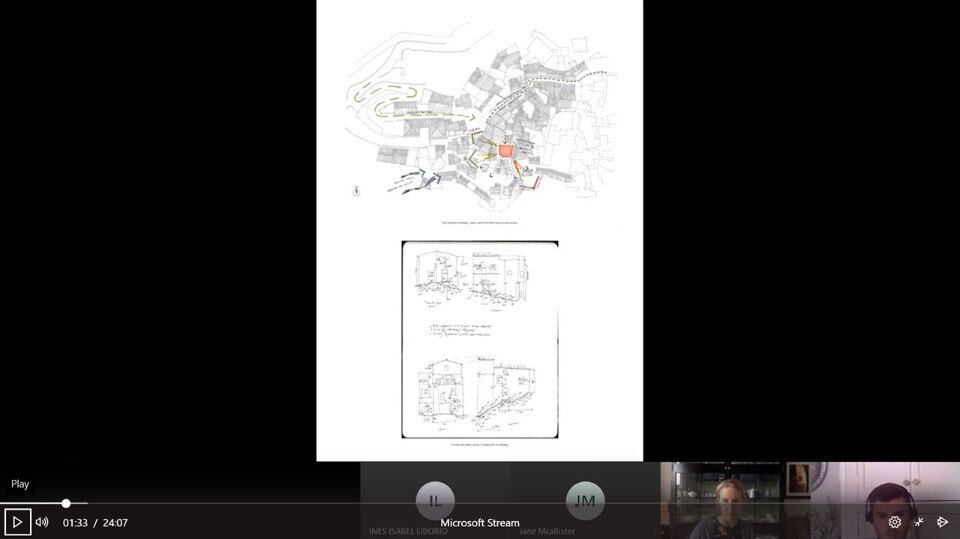
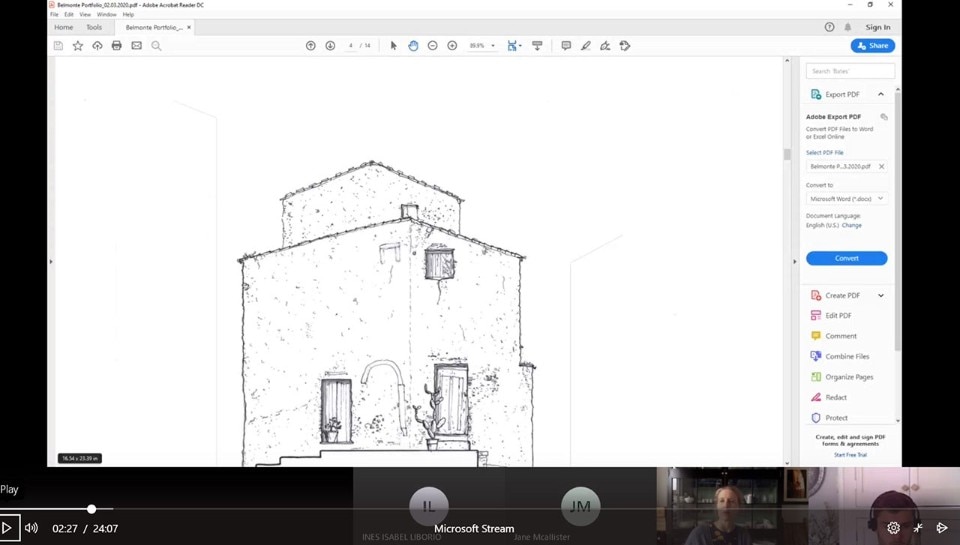
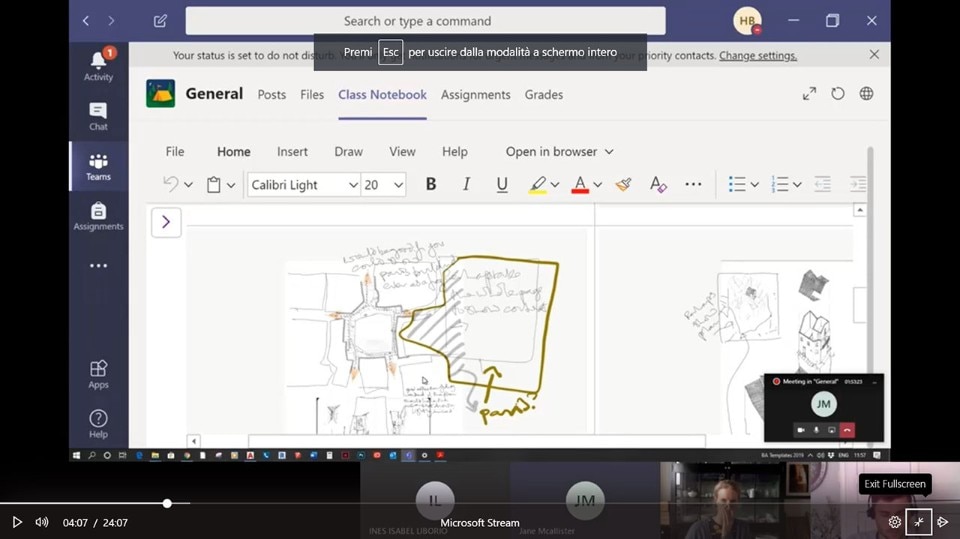
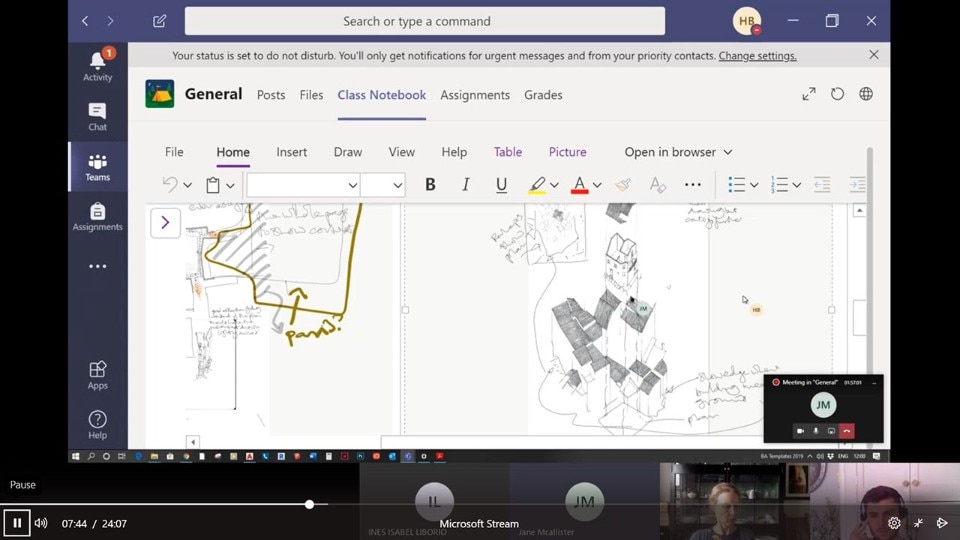
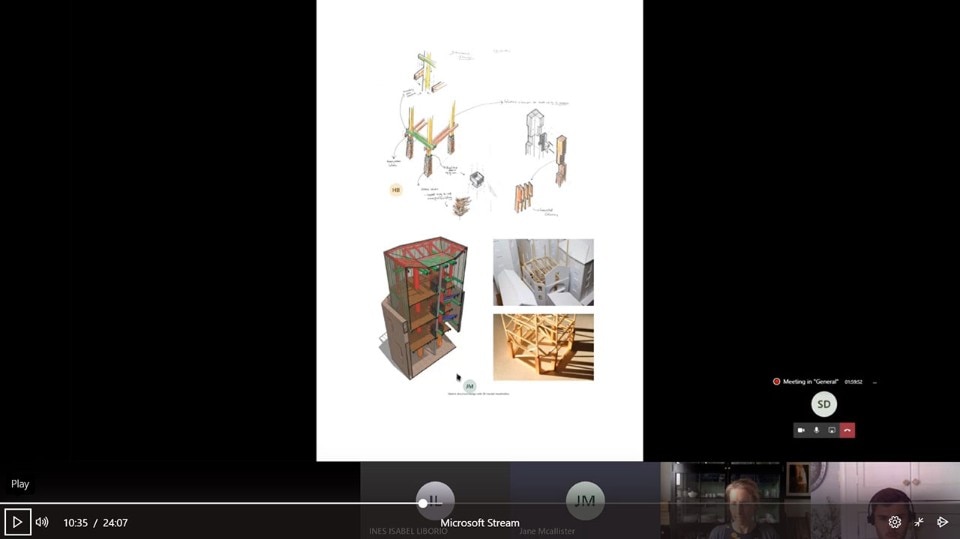
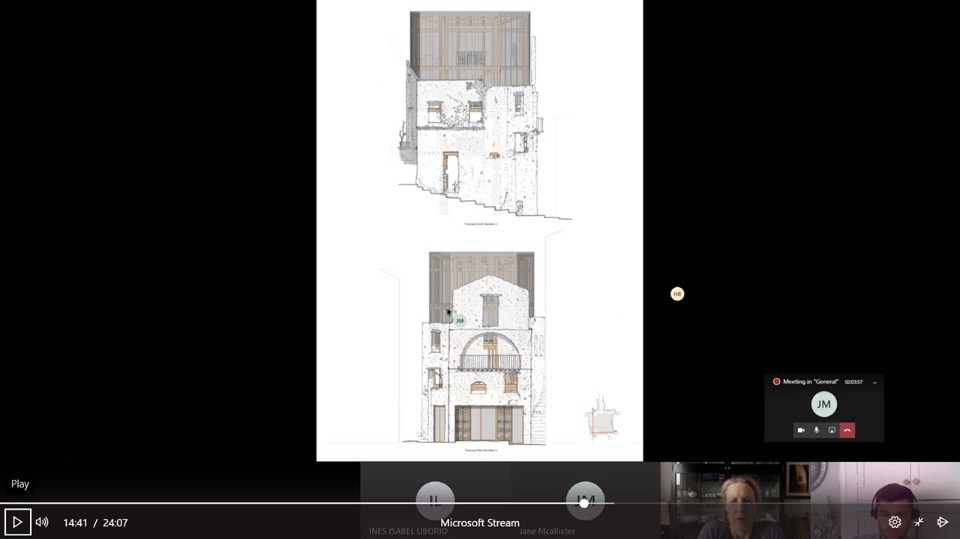
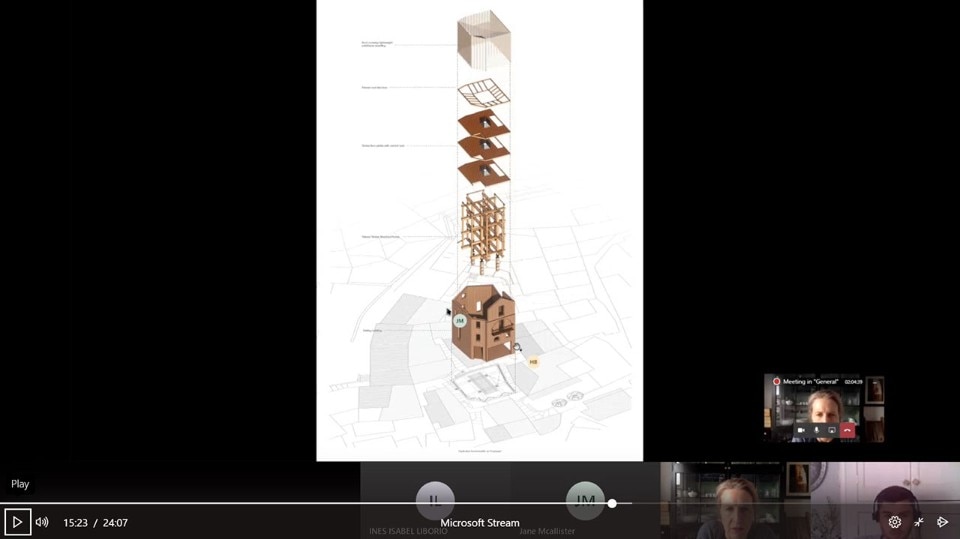
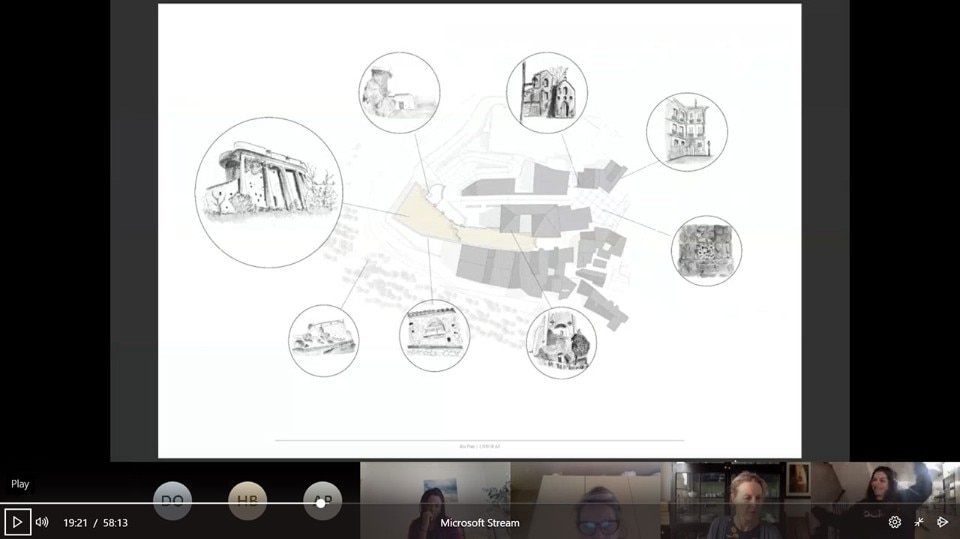
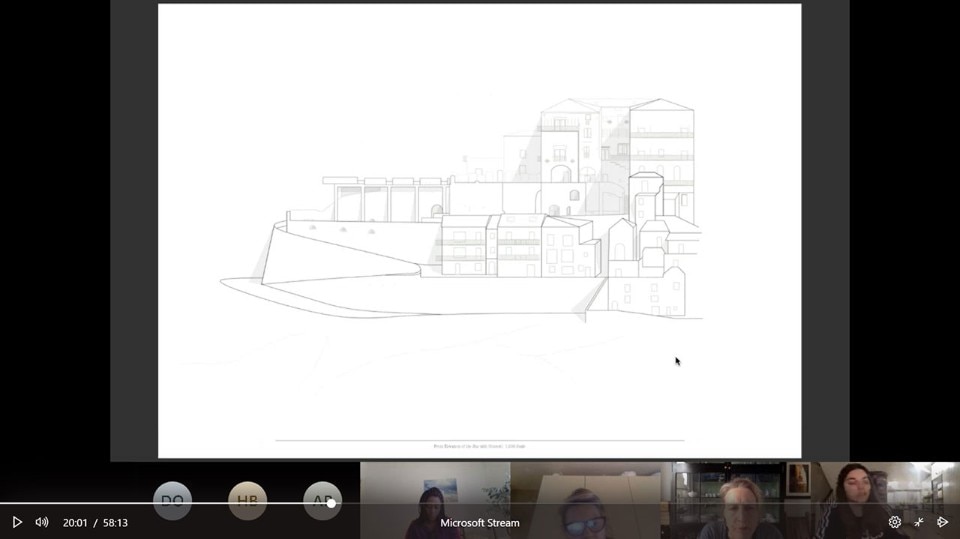
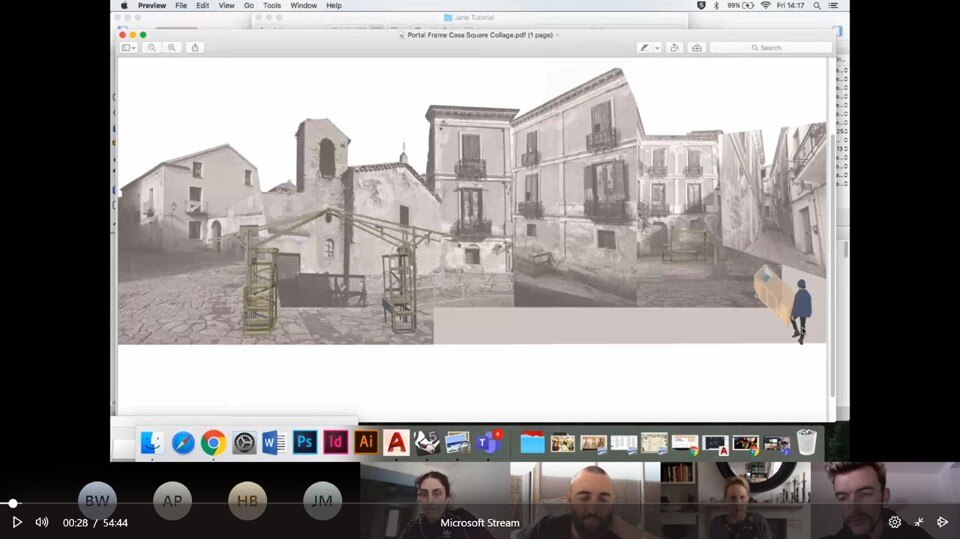
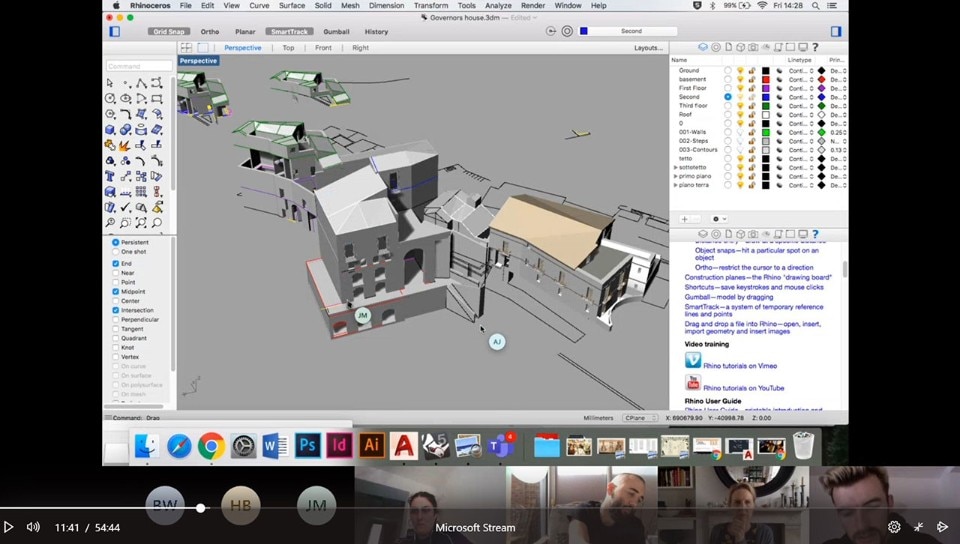
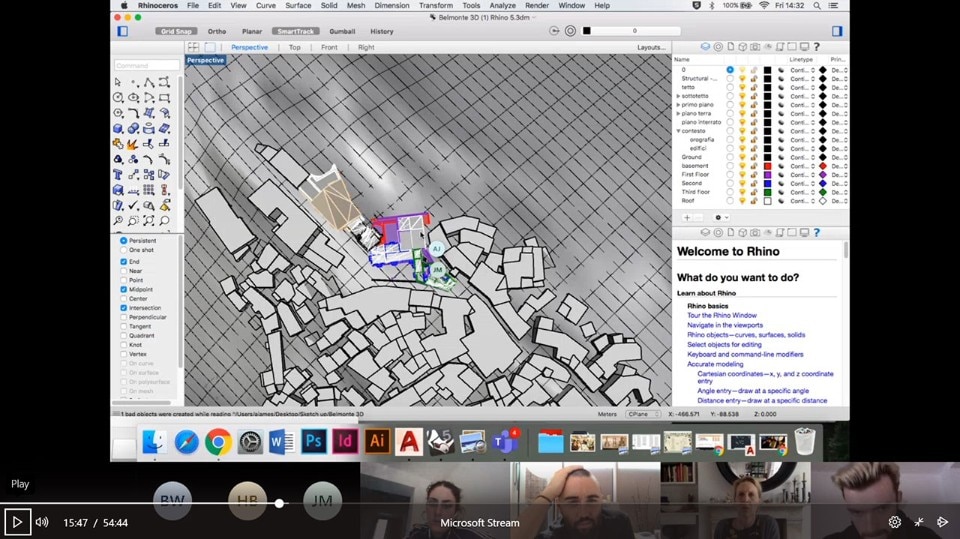
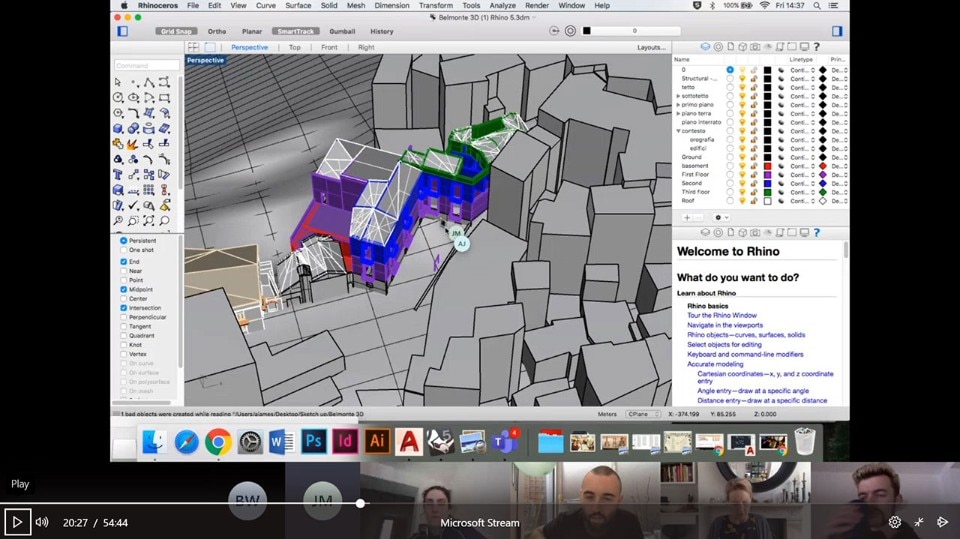
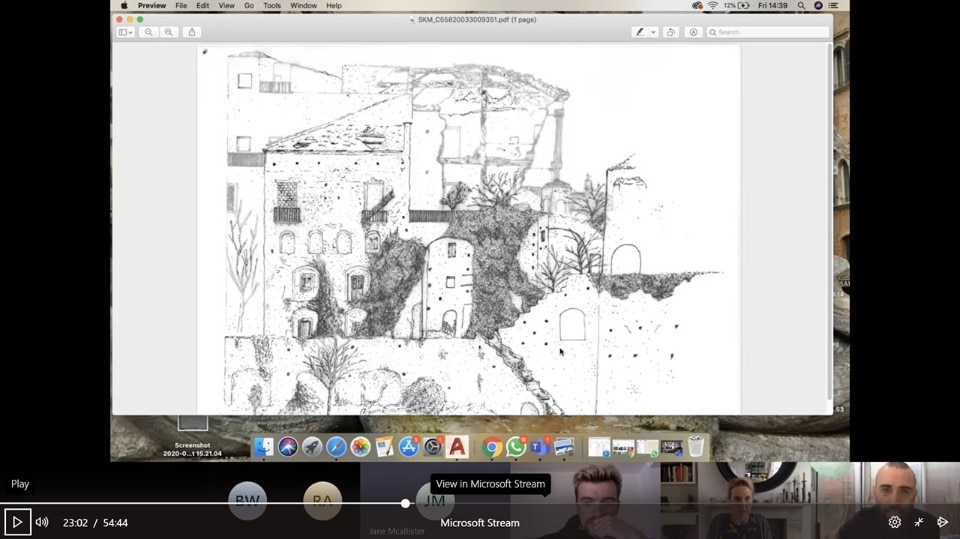
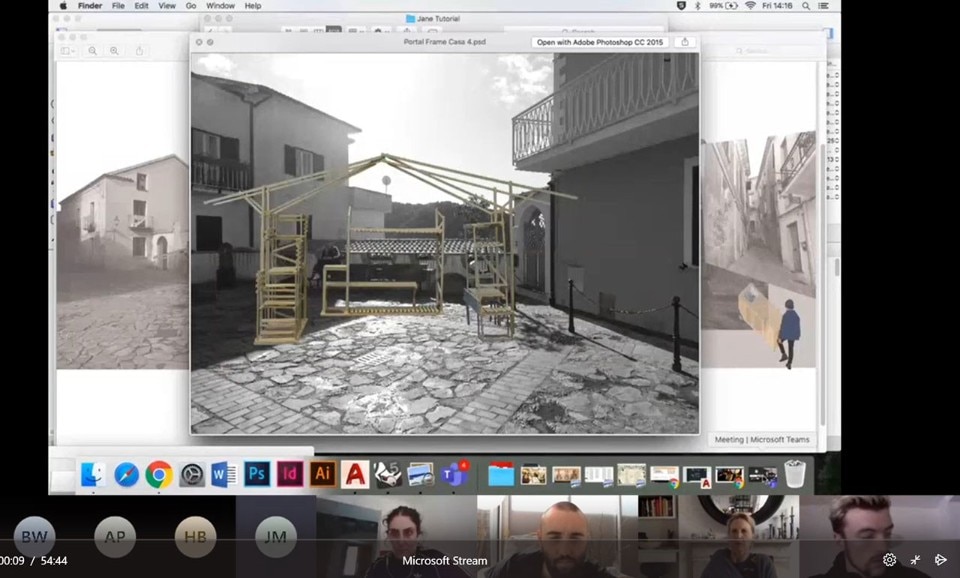
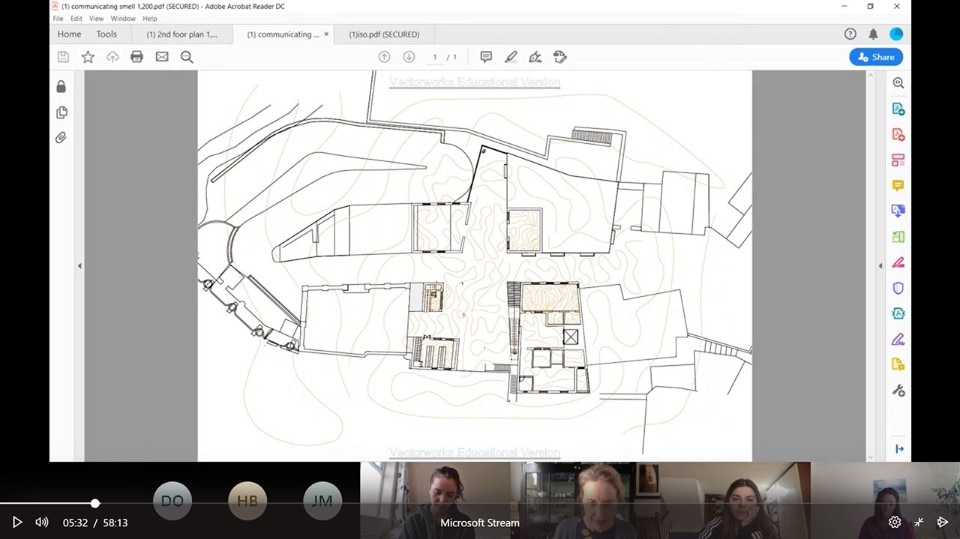
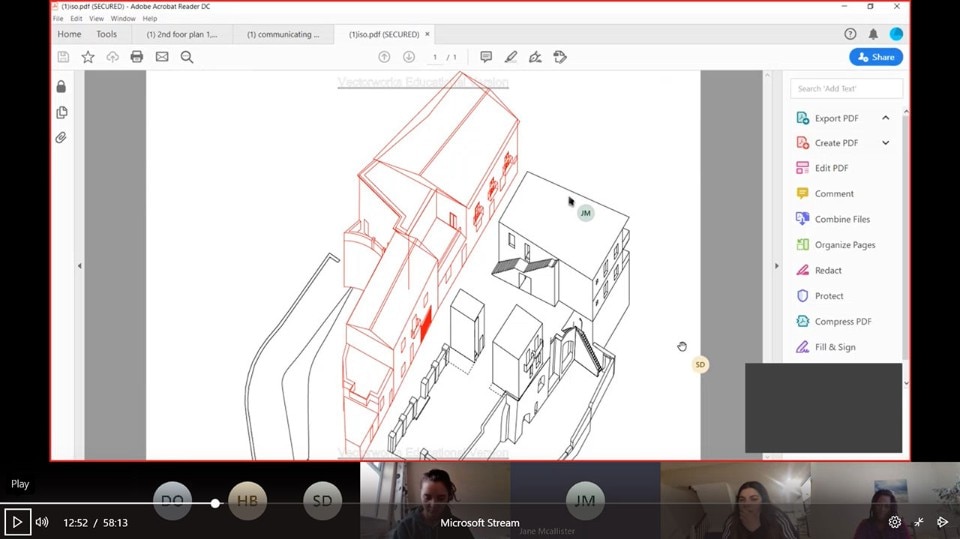
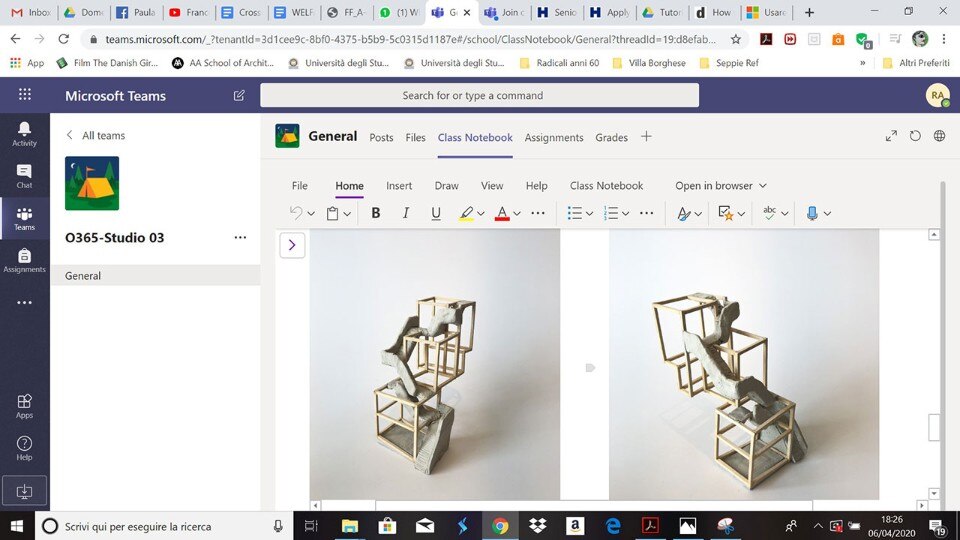
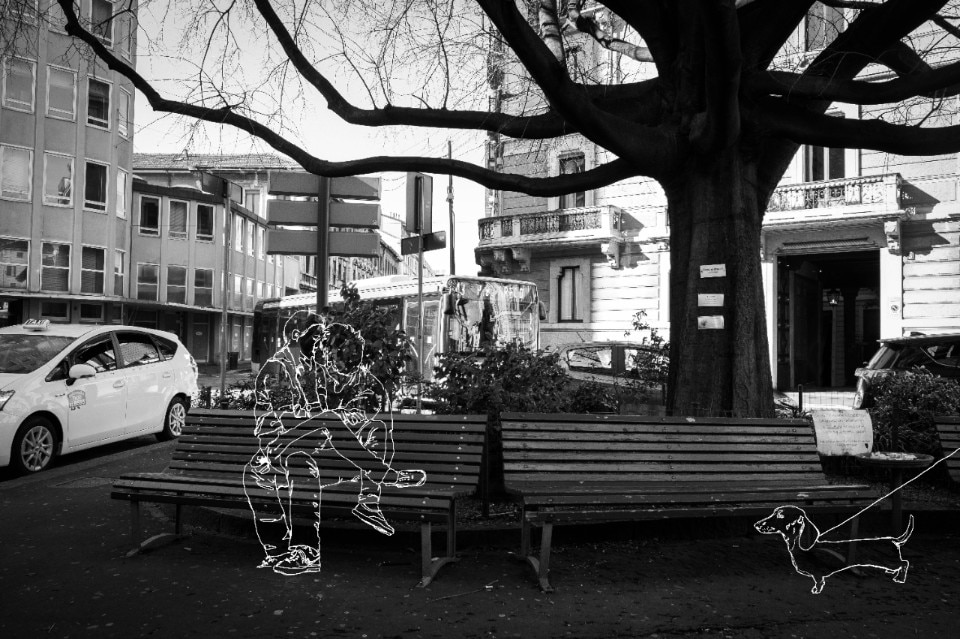
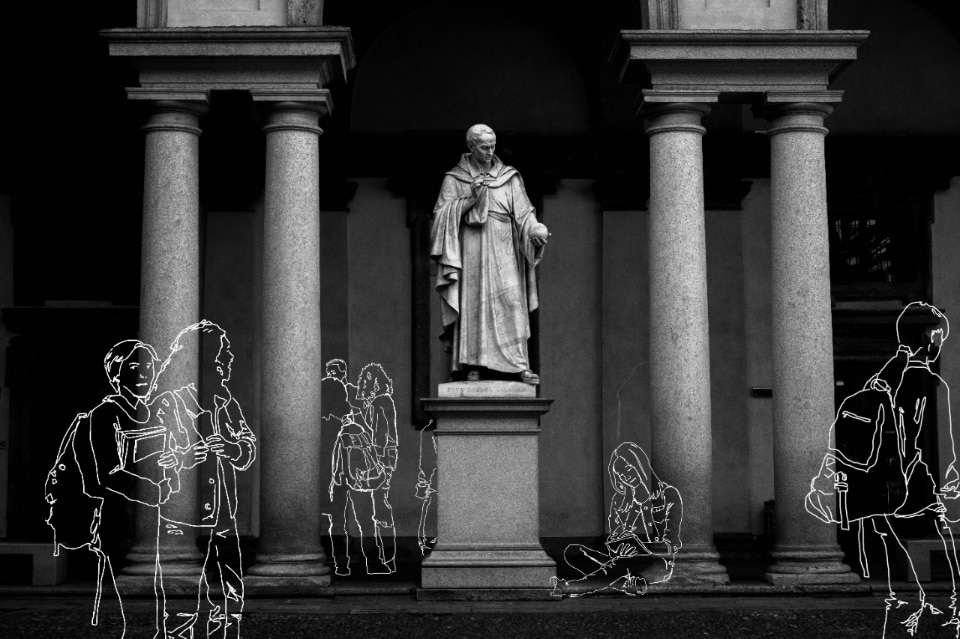
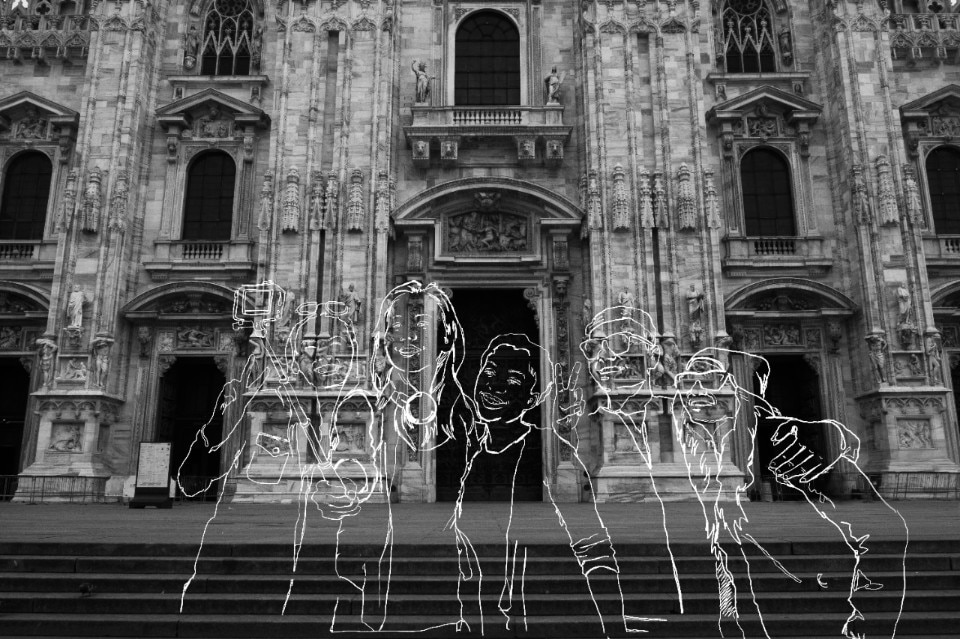
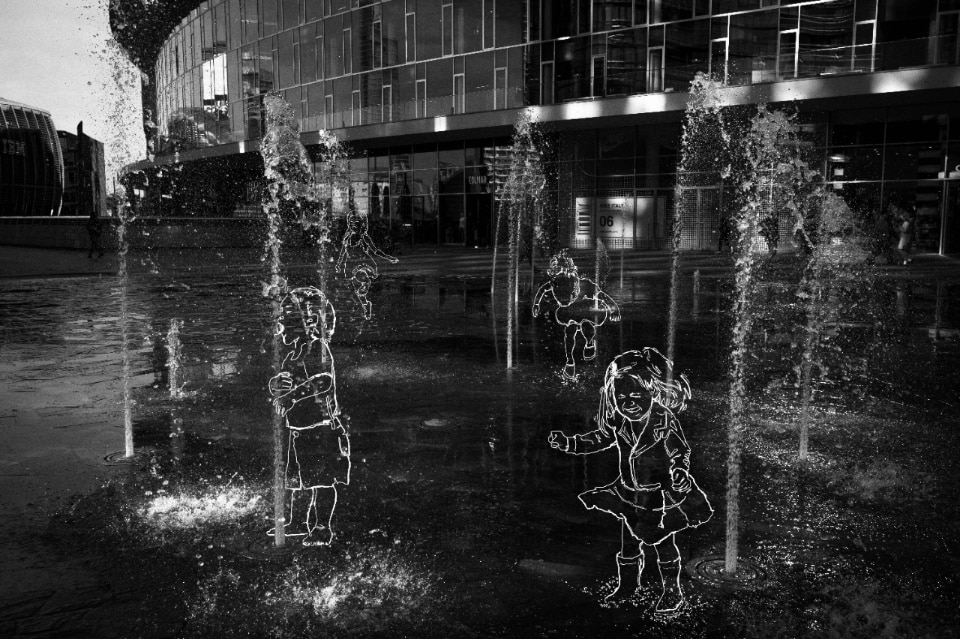
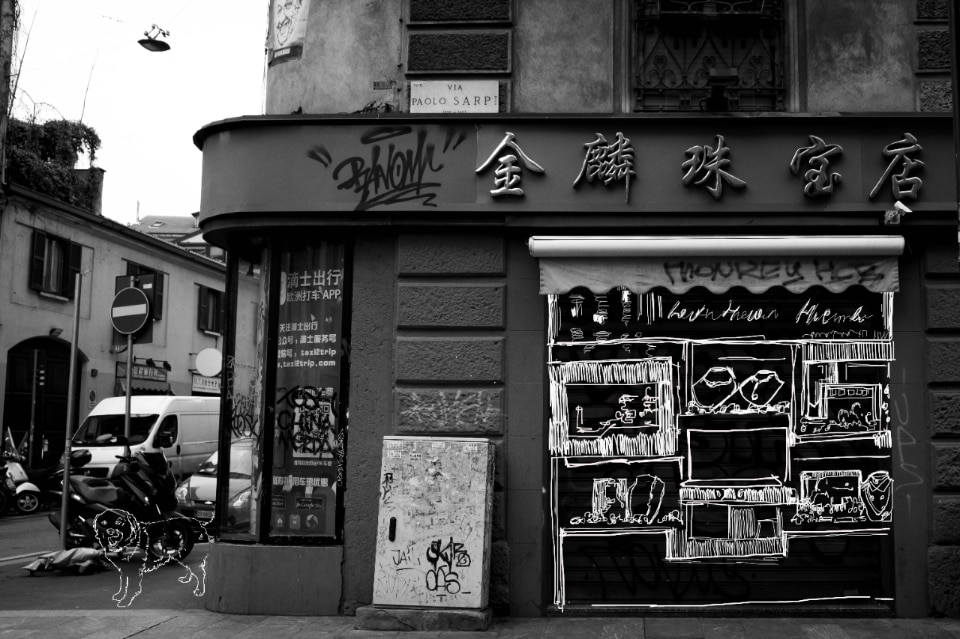
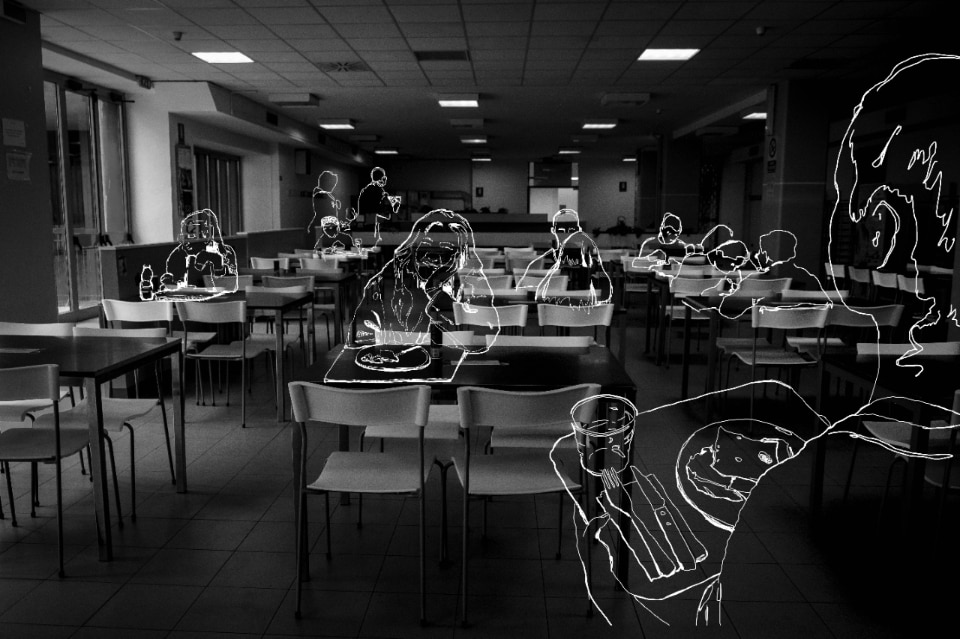
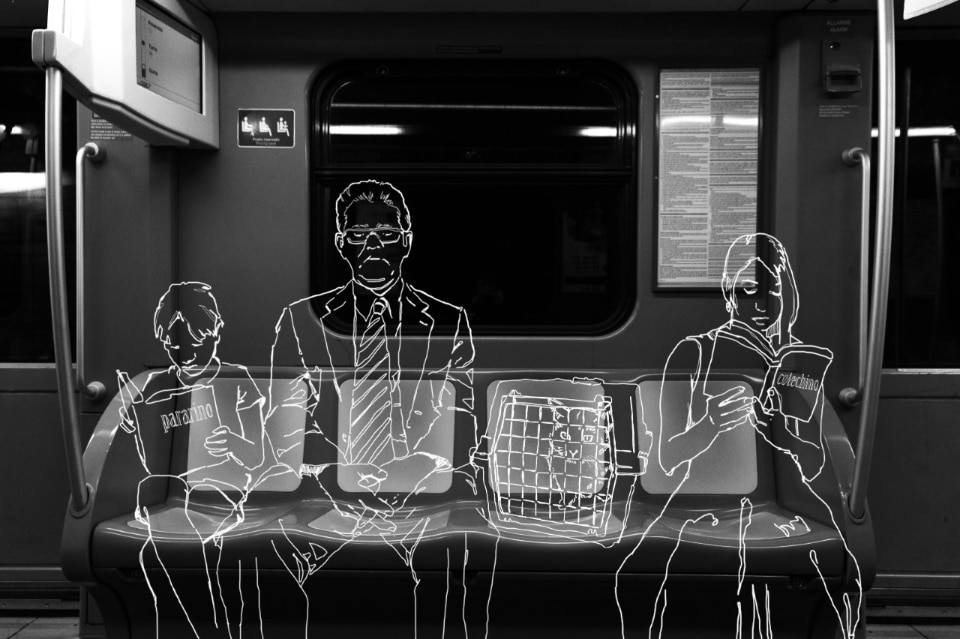
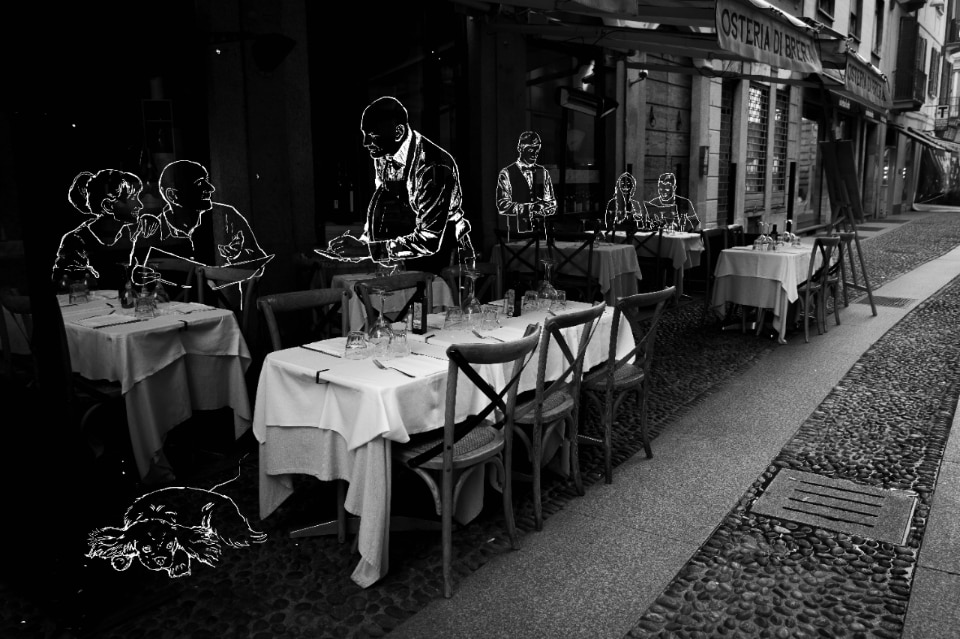
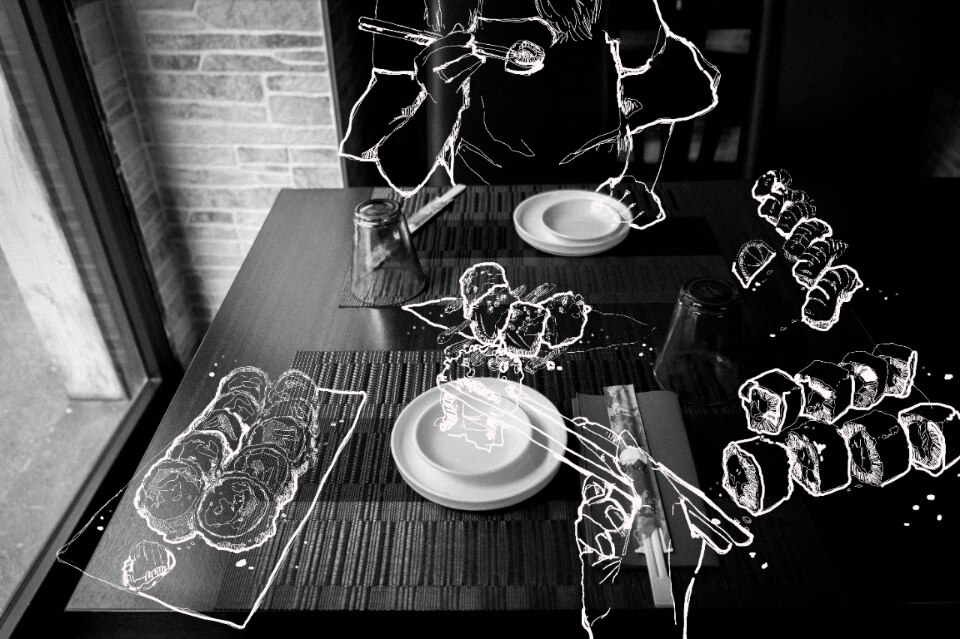
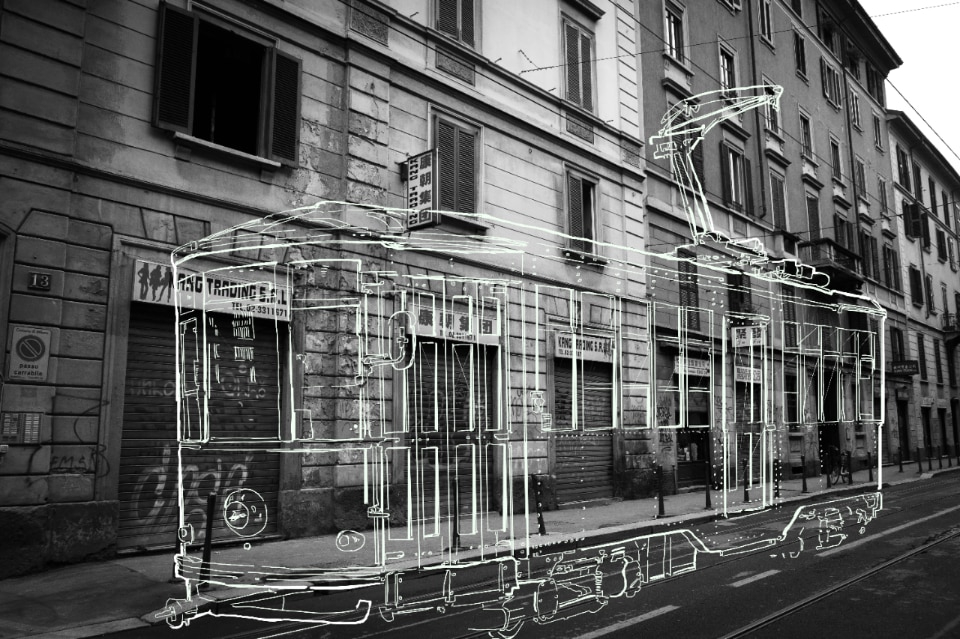
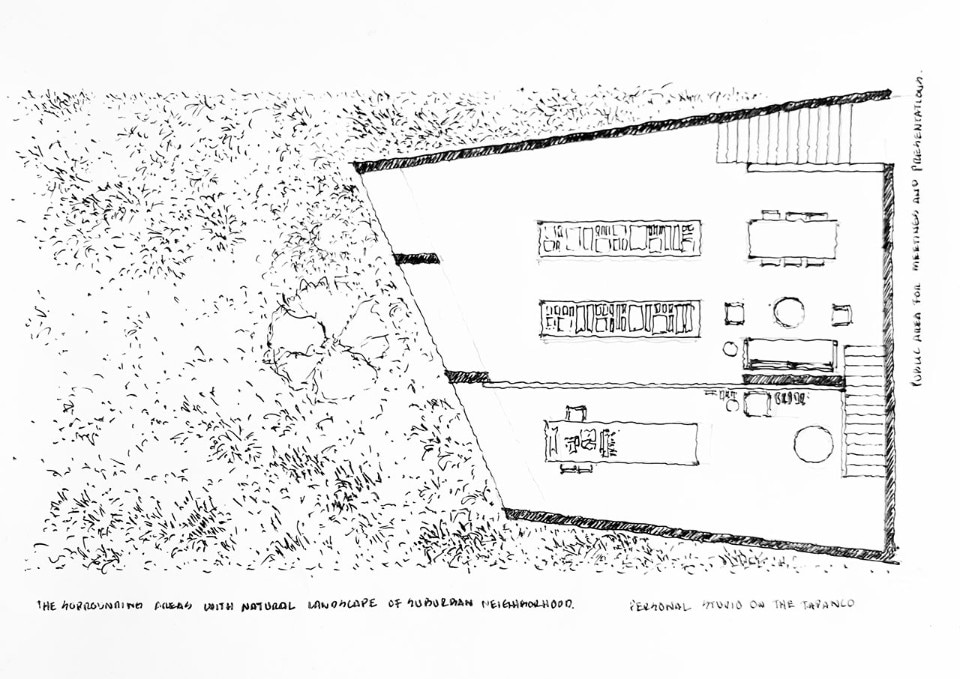
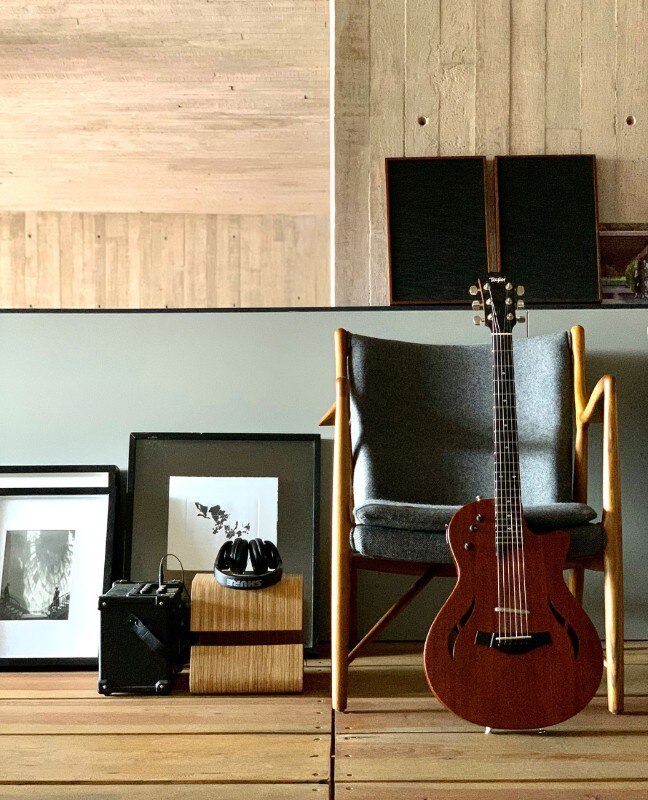
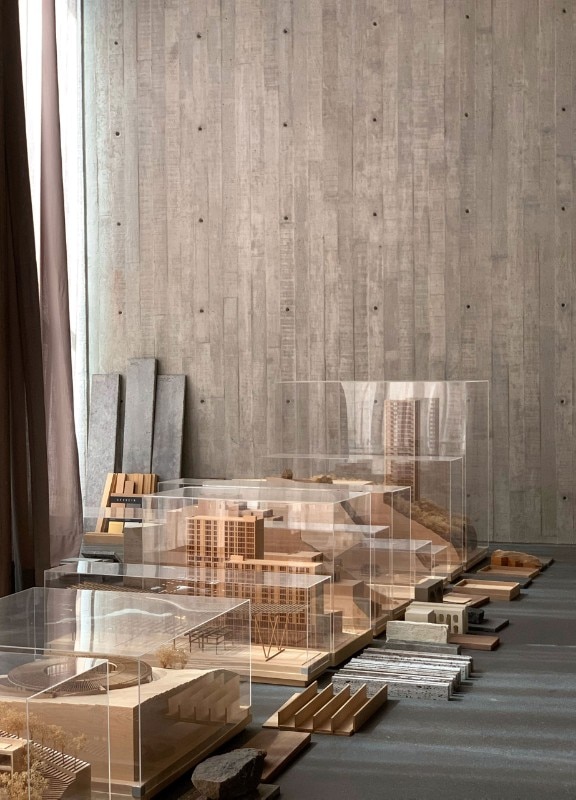
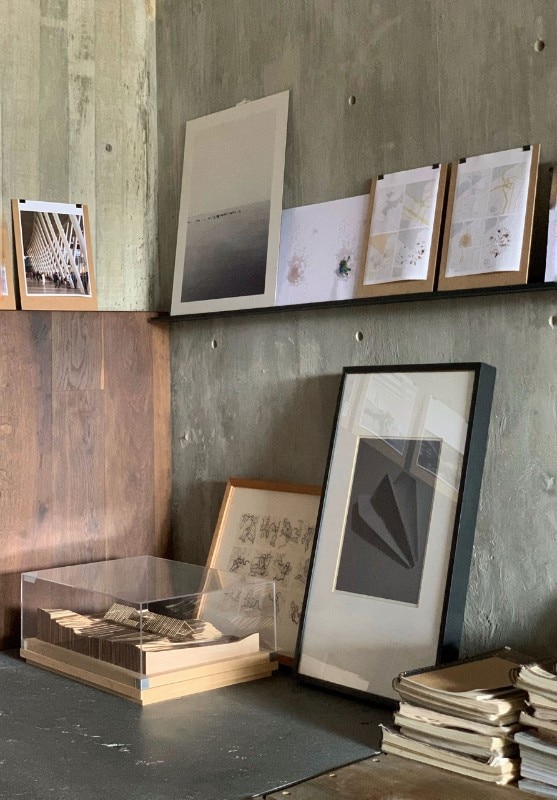
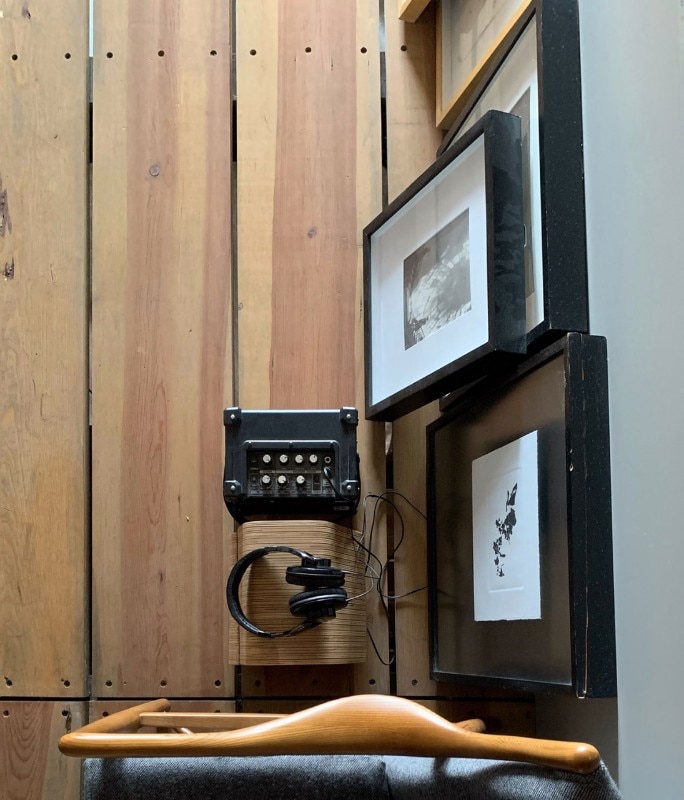
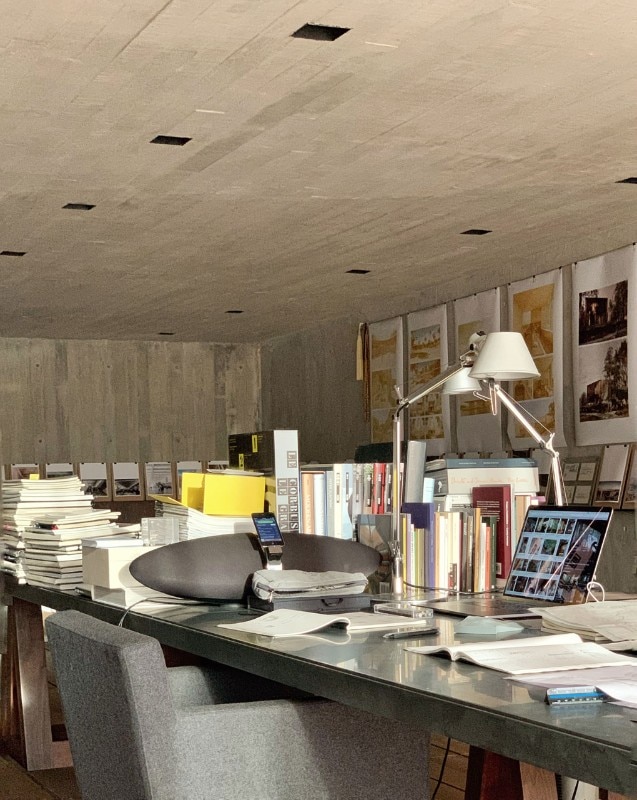
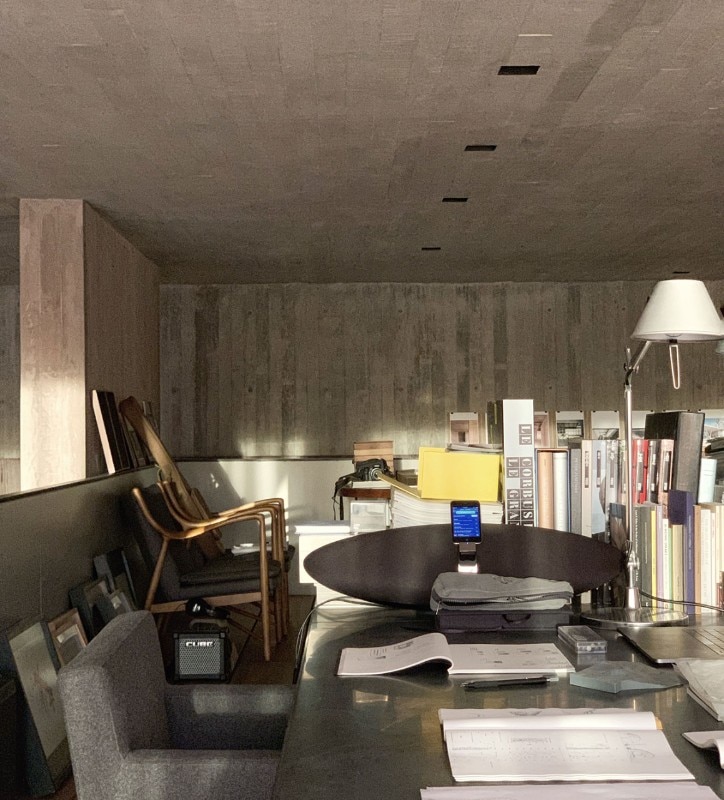
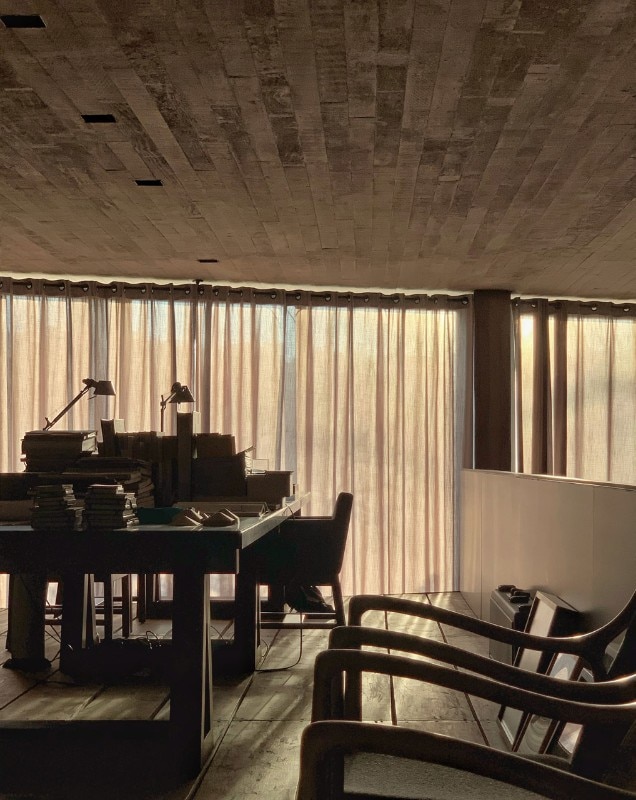
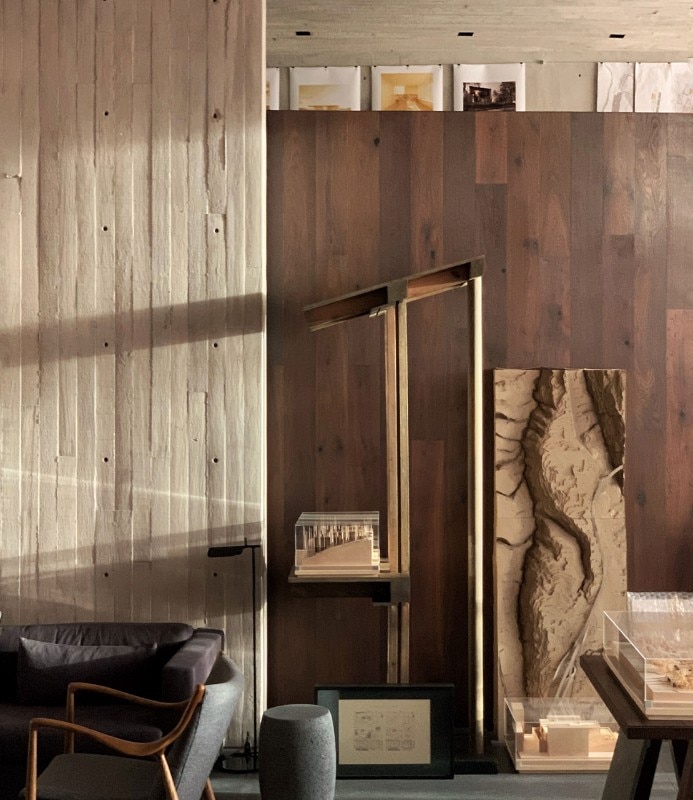
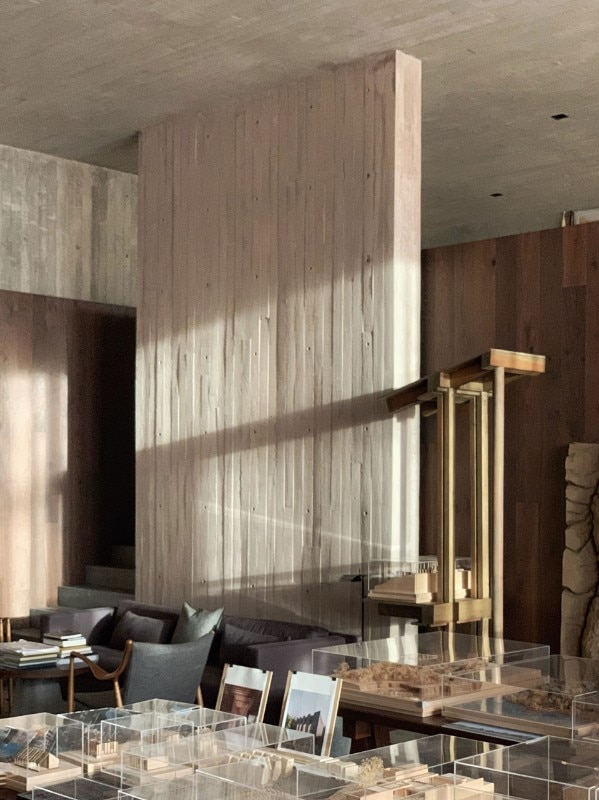
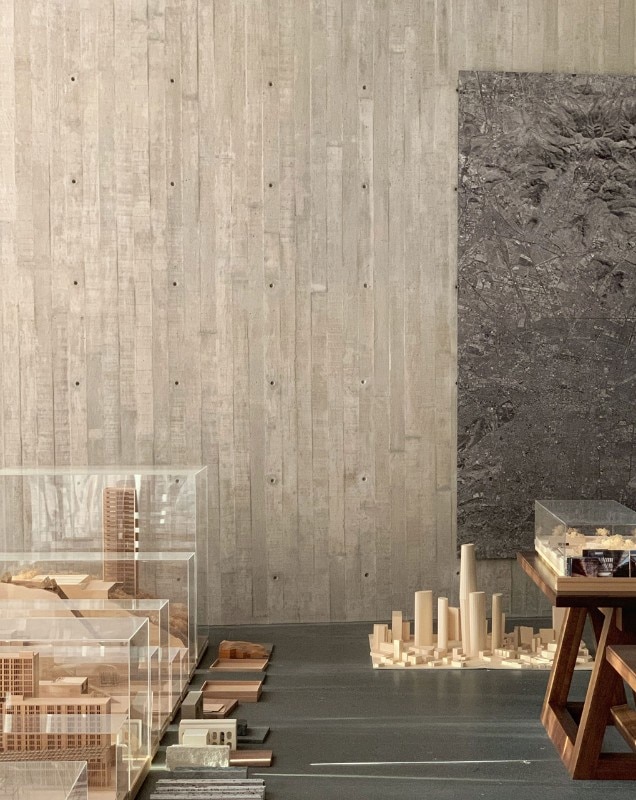
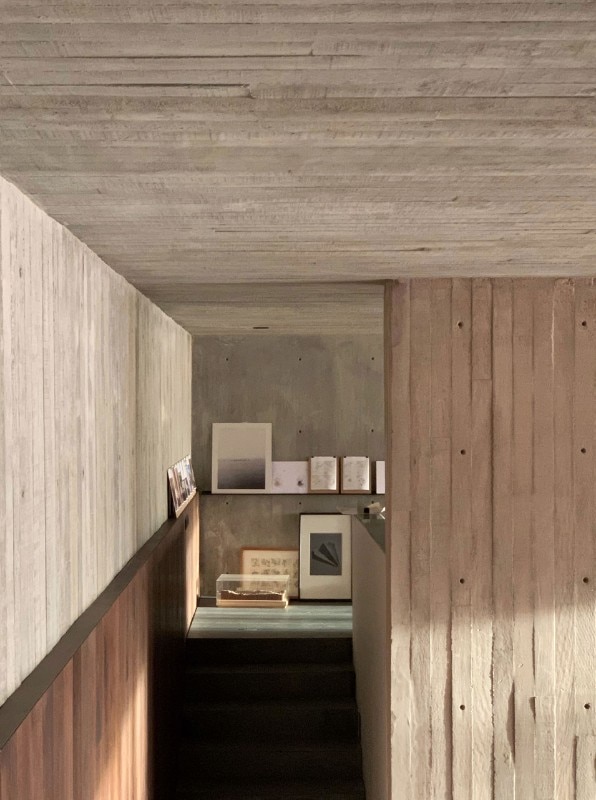
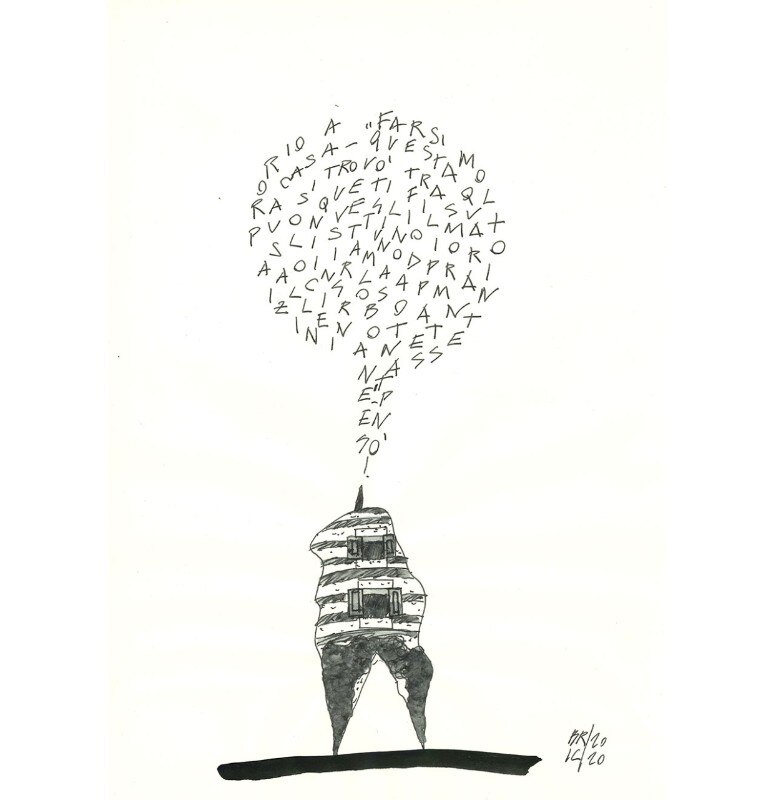
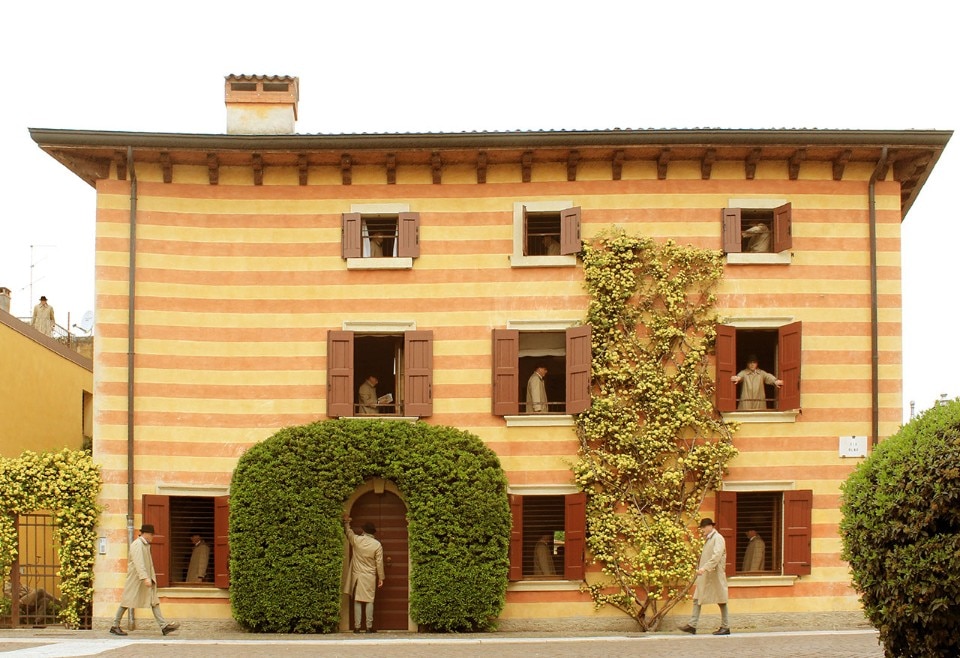
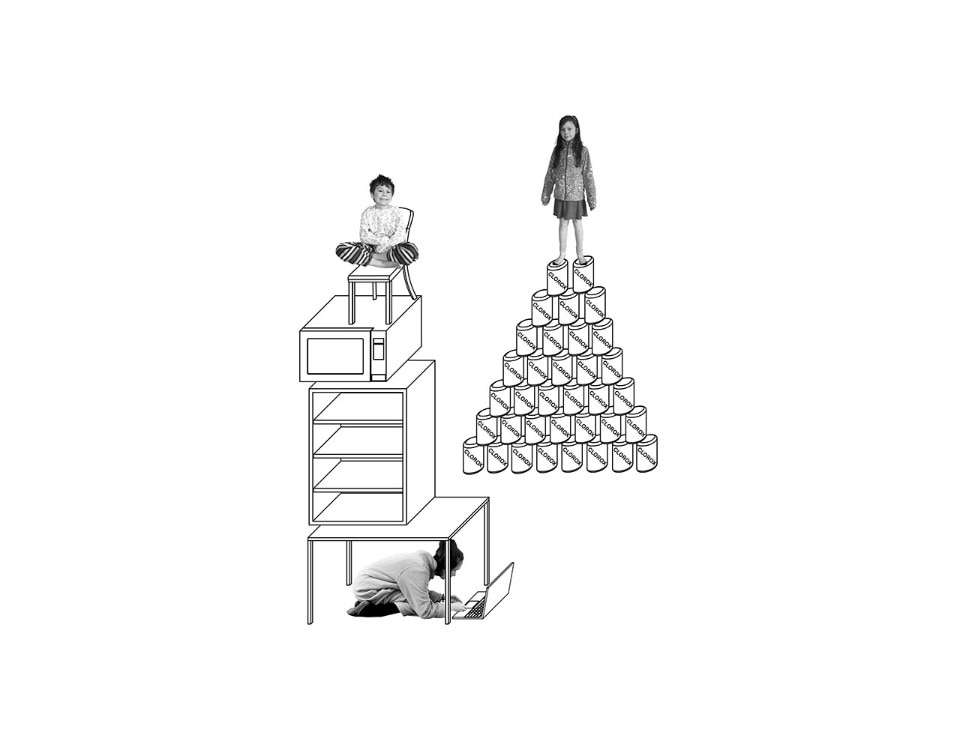
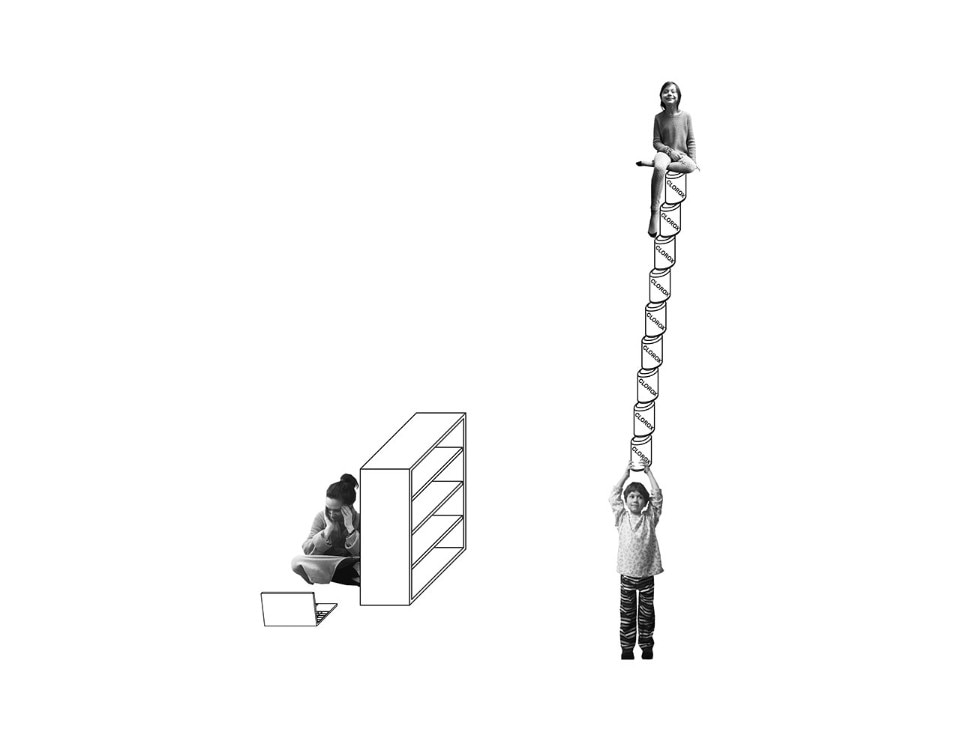
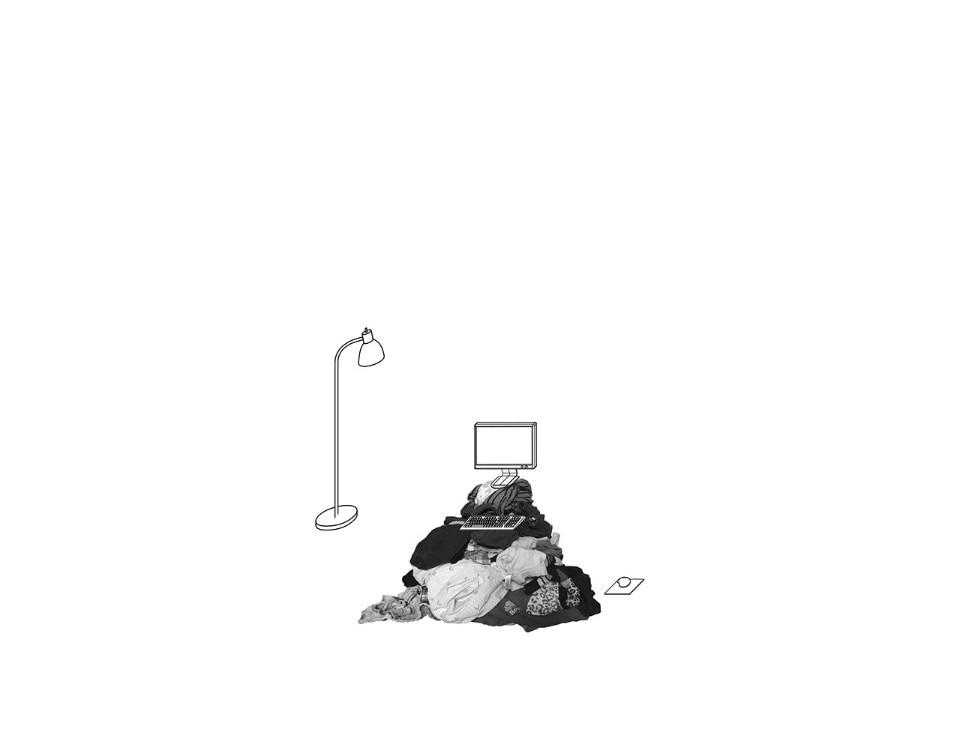
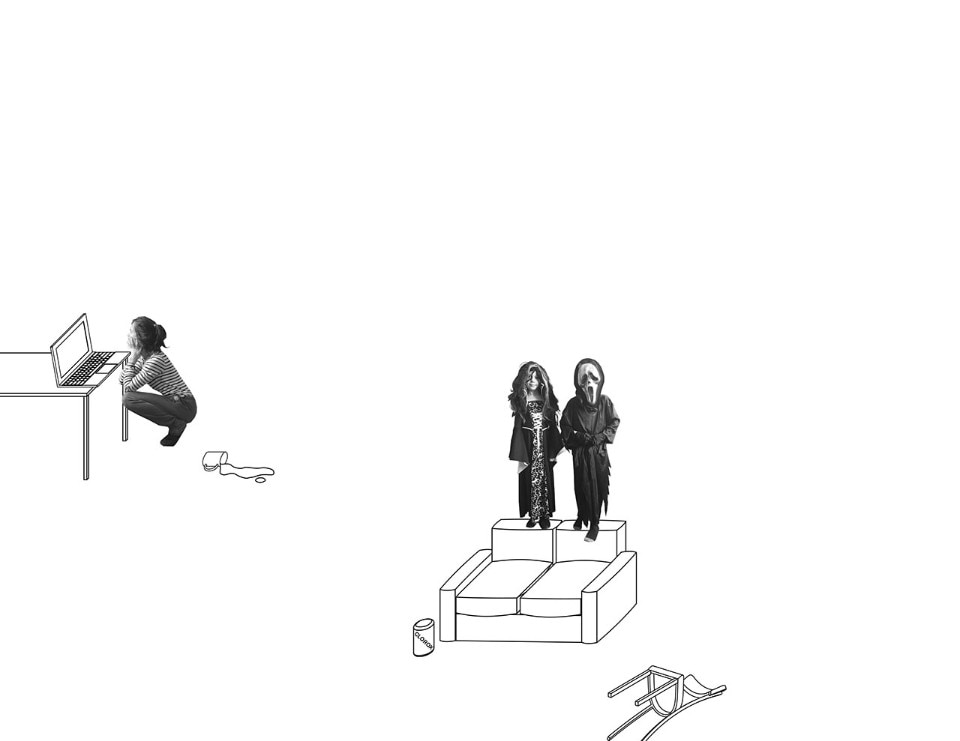
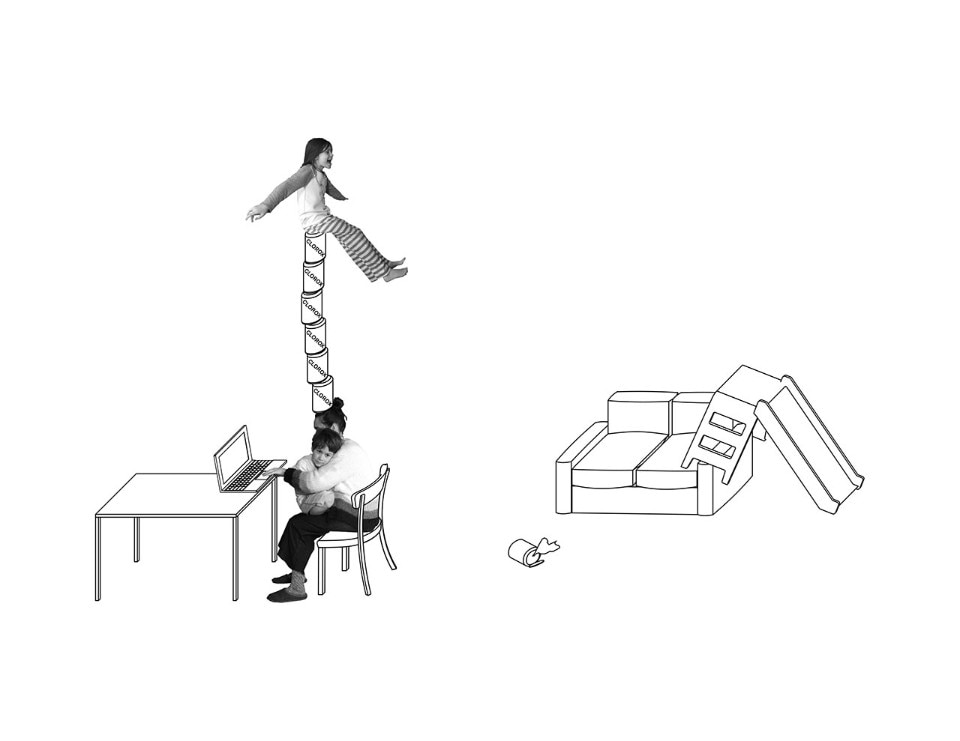
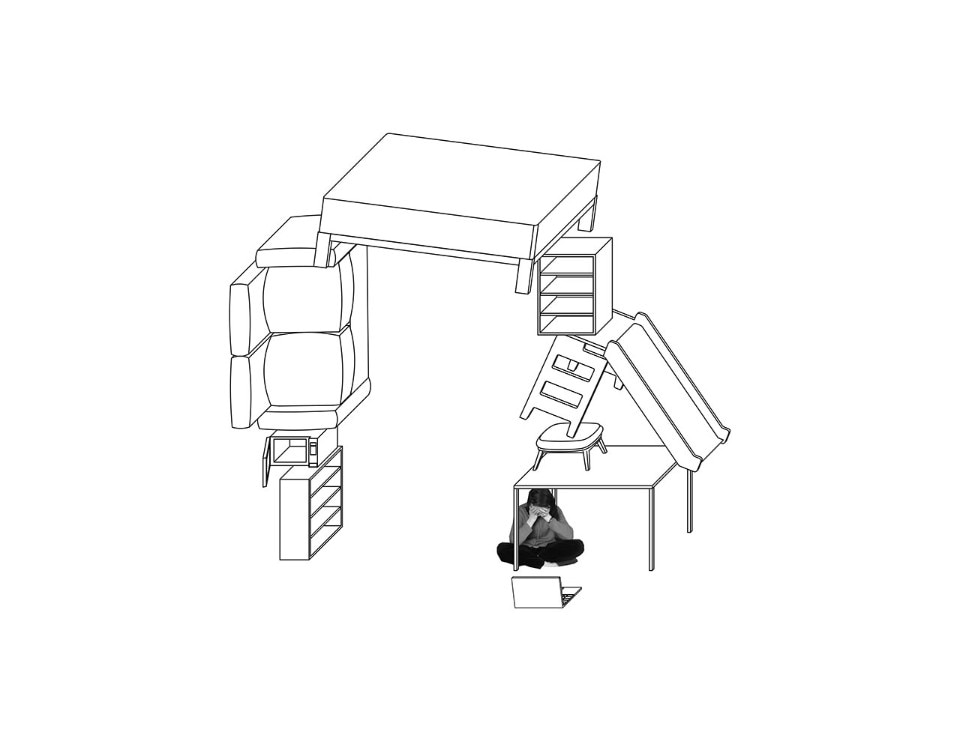
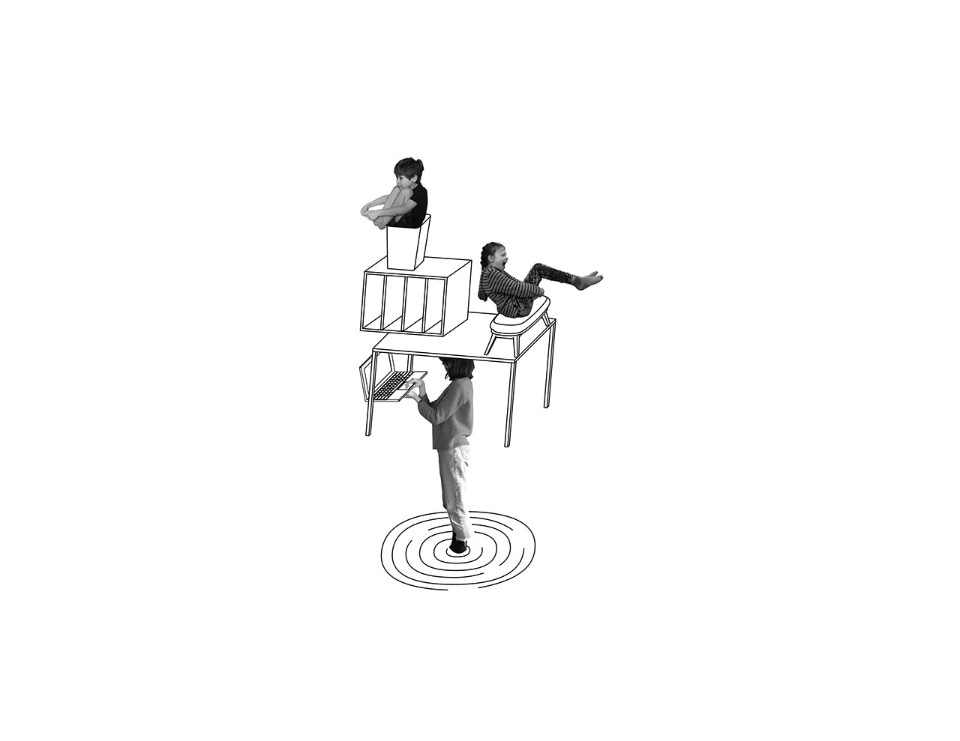
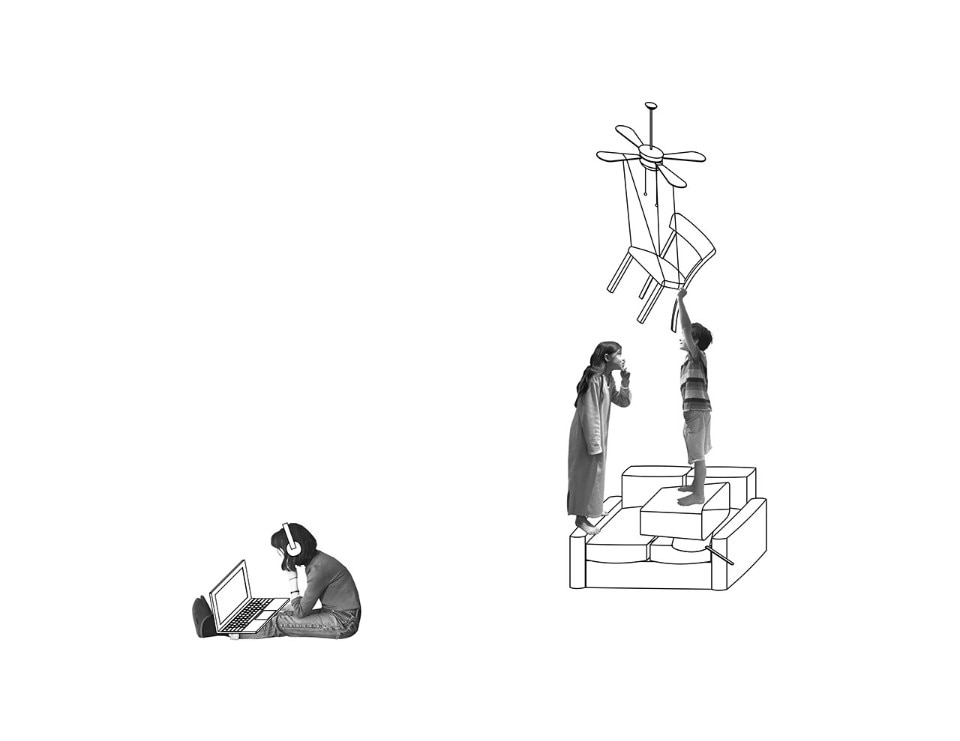
.jpg.foto.rmedium.png)
.jpg.foto.rmedium.png)
.jpg.foto.rmedium.png)
.jpg.foto.rmedium.png)
.jpg.foto.rmedium.png)
.jpg.foto.rmedium.png)
.jpg.foto.rmedium.png)
